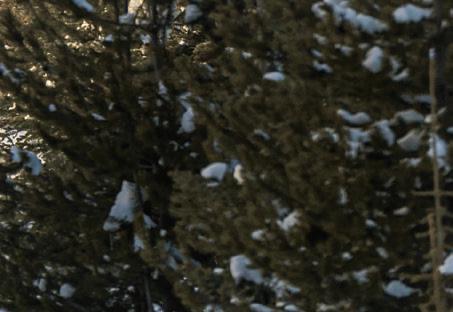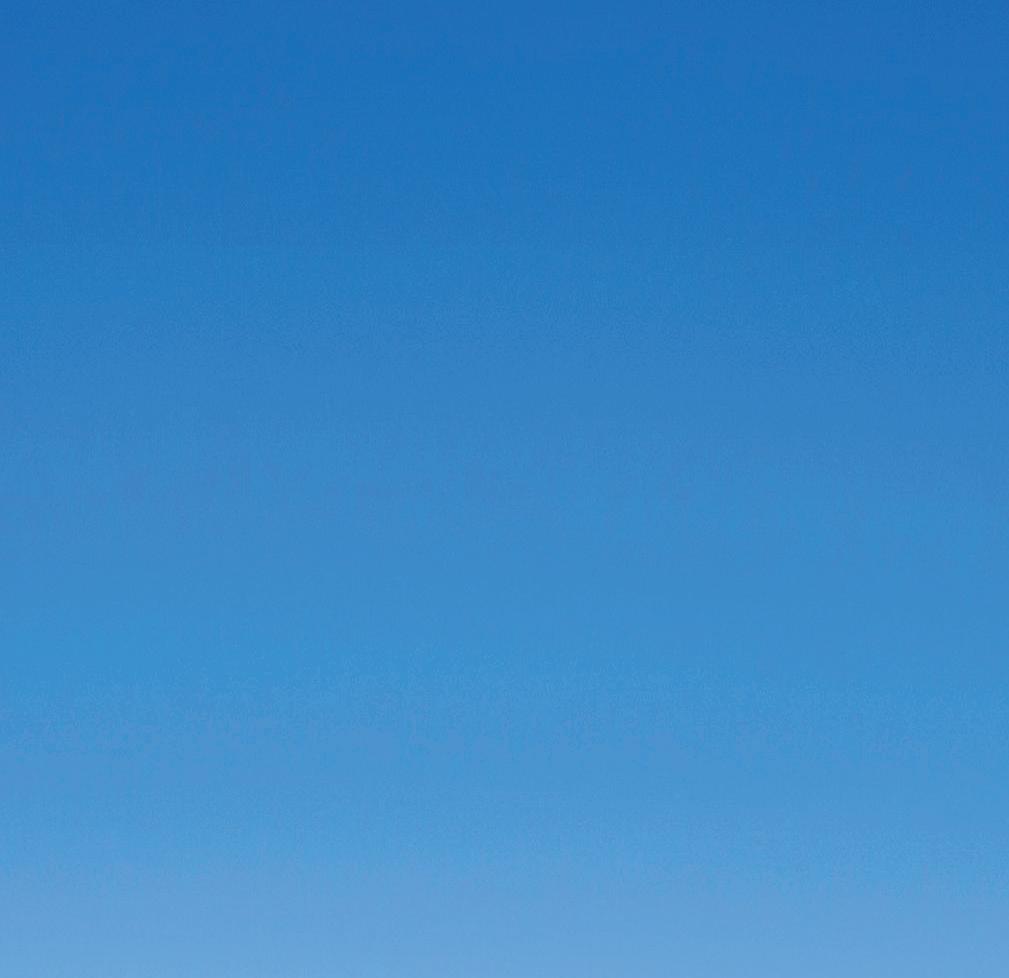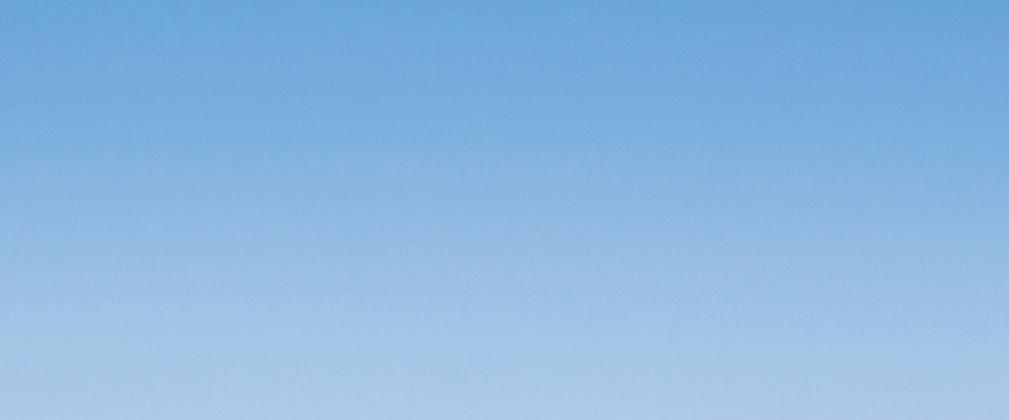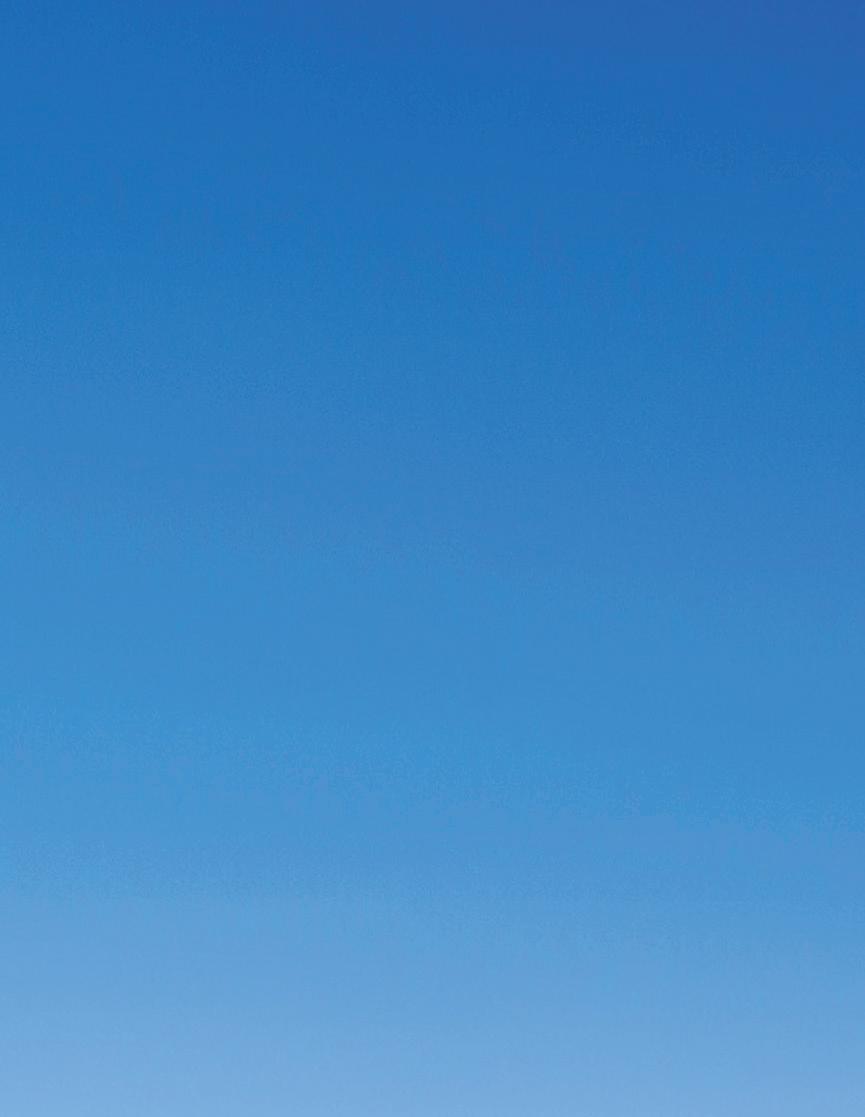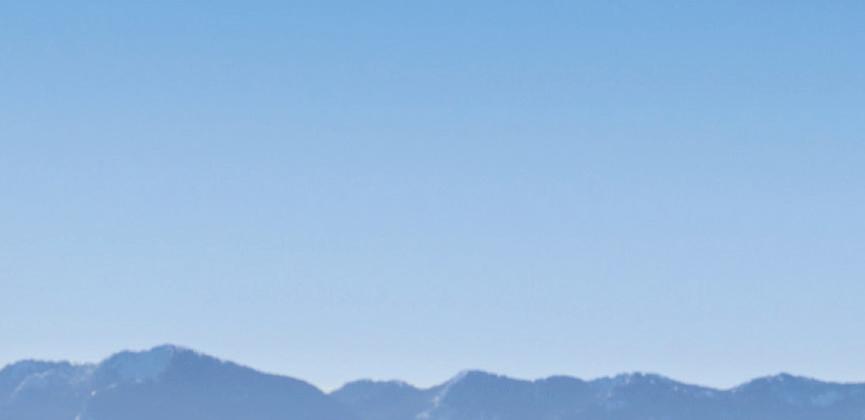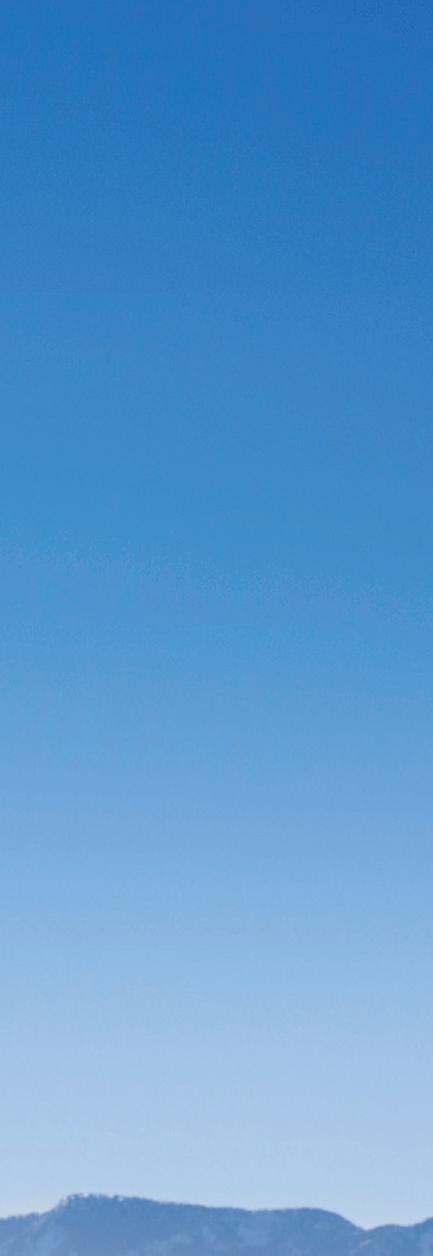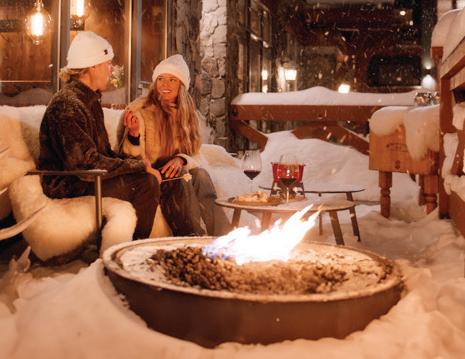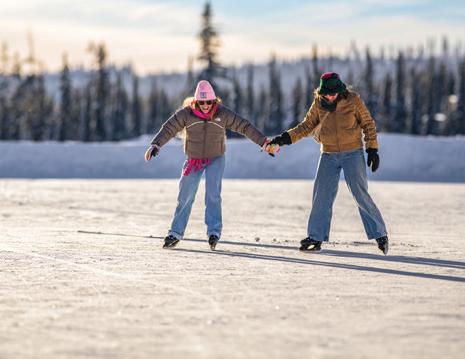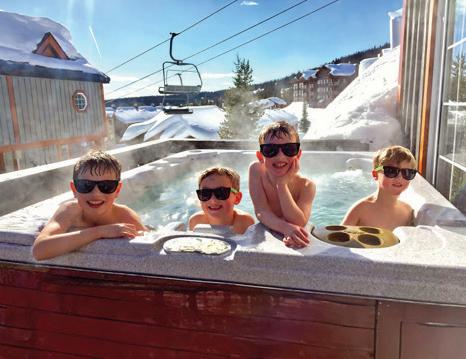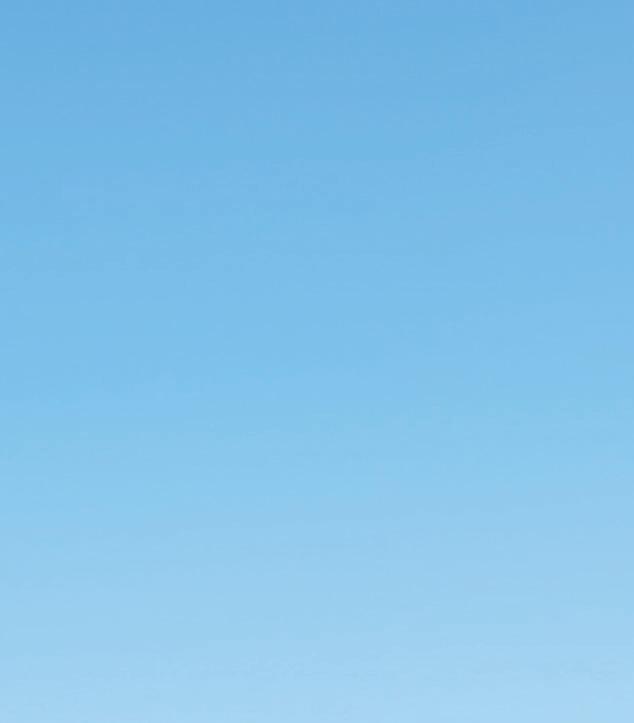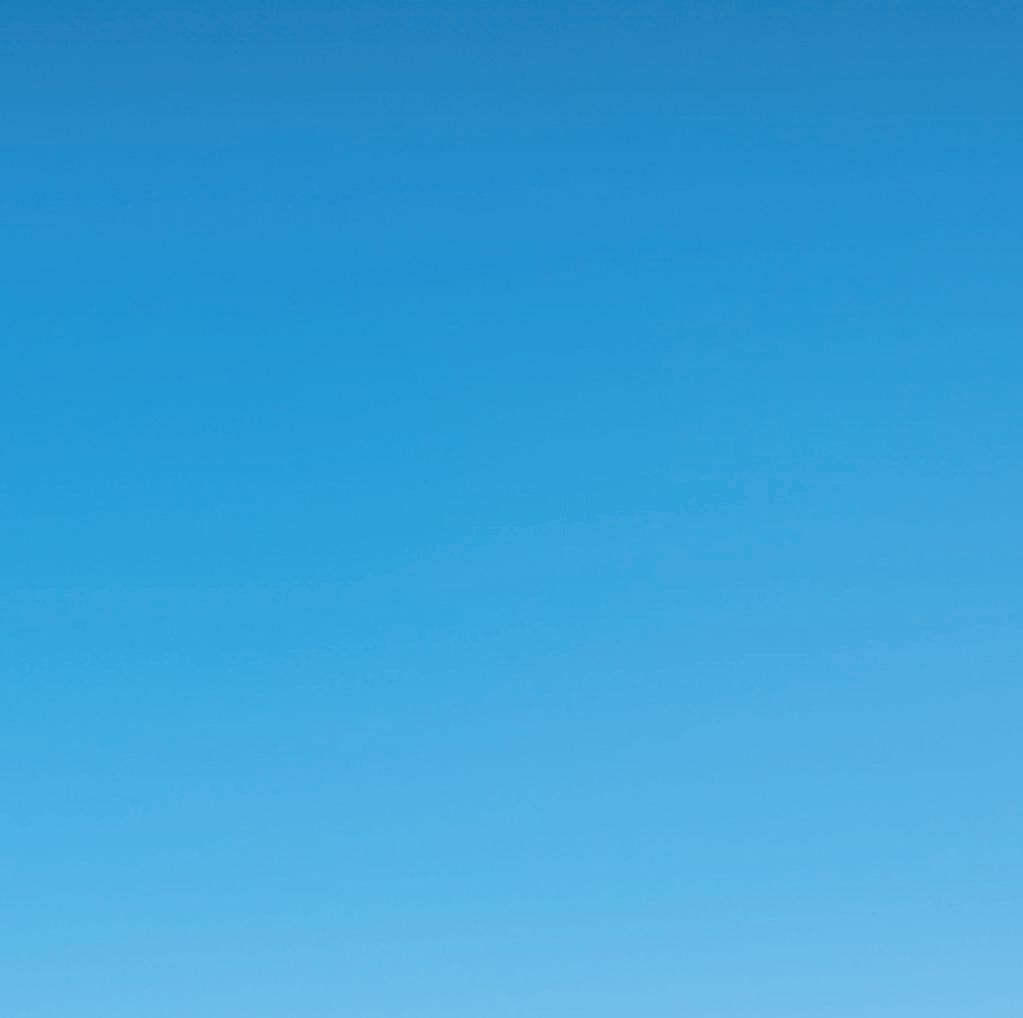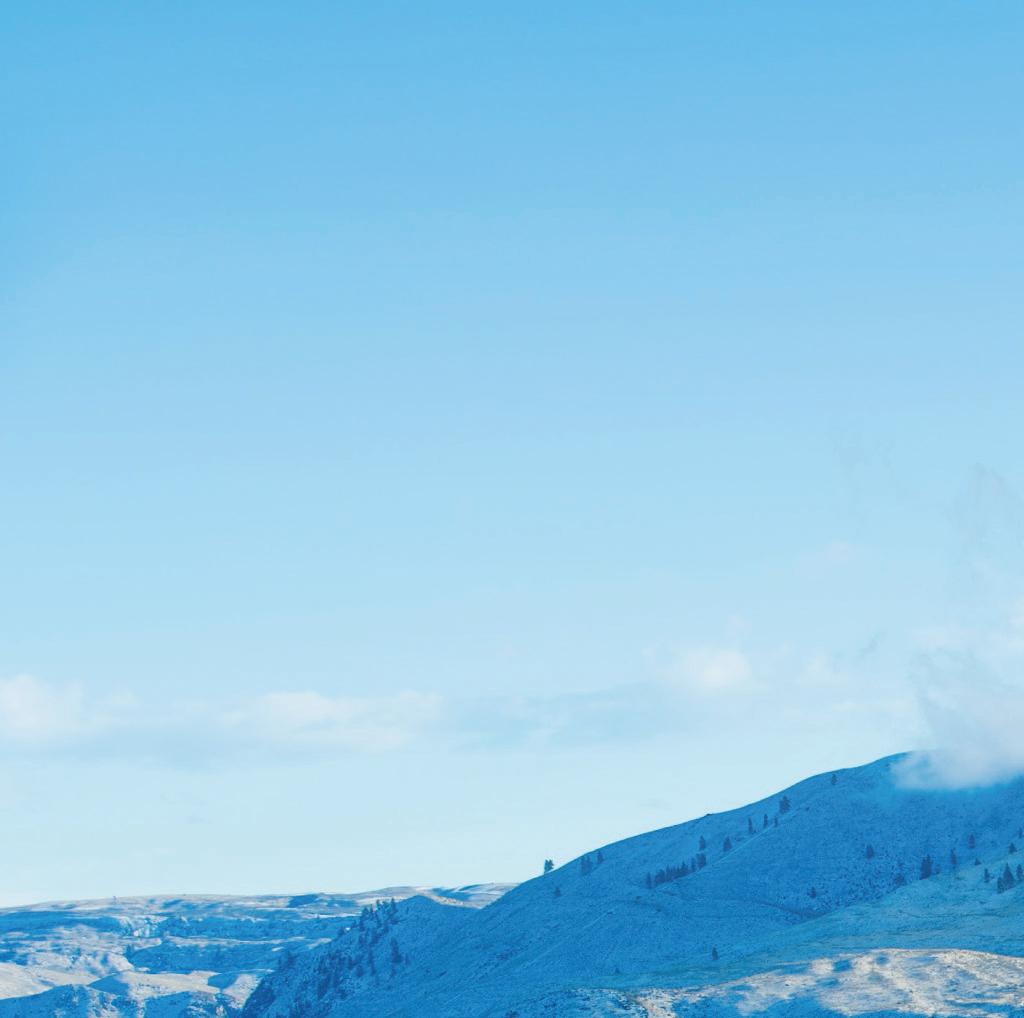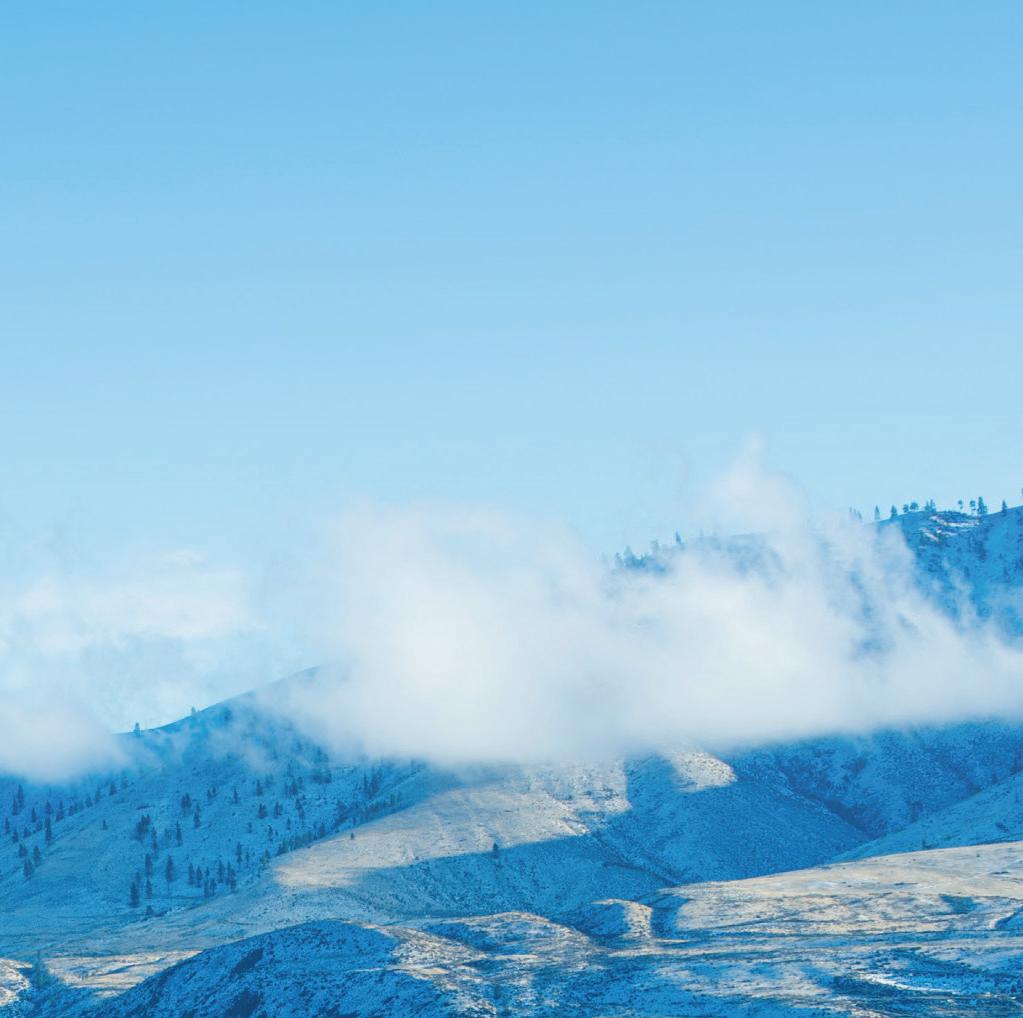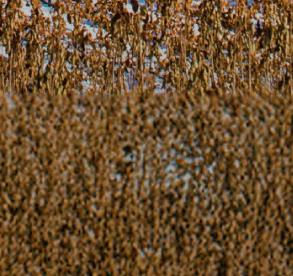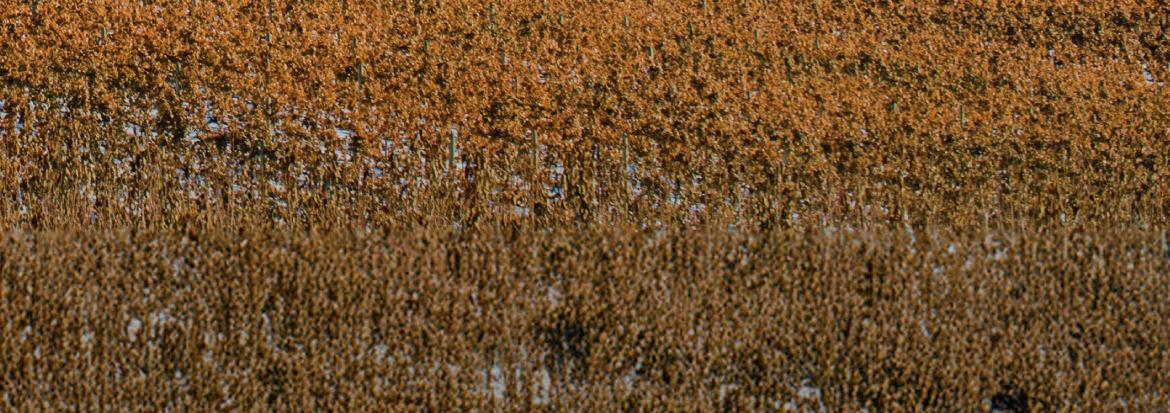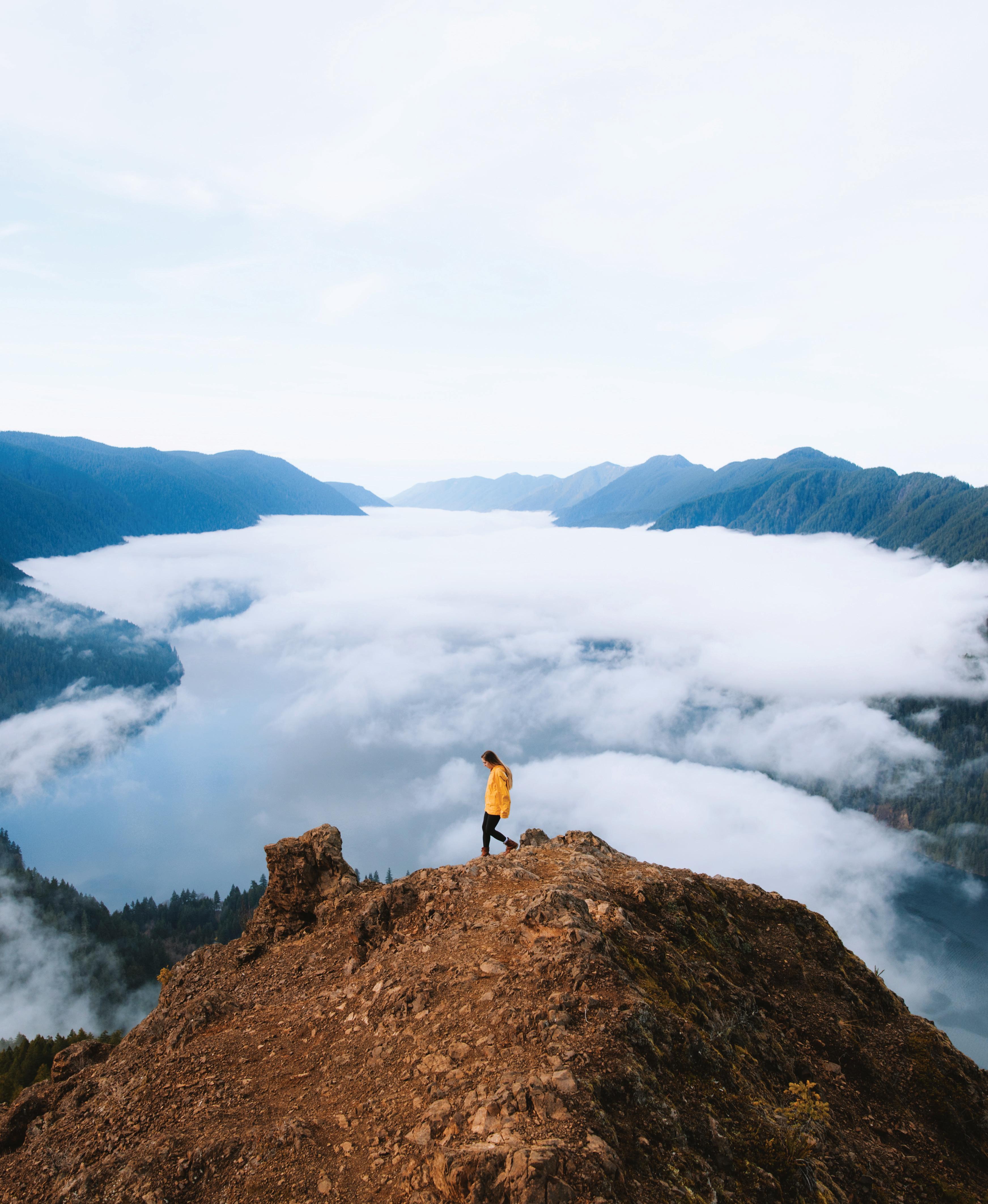
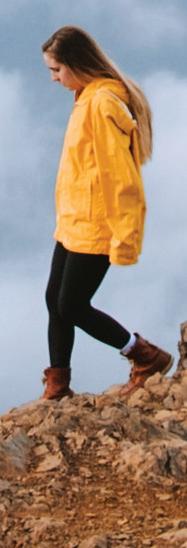


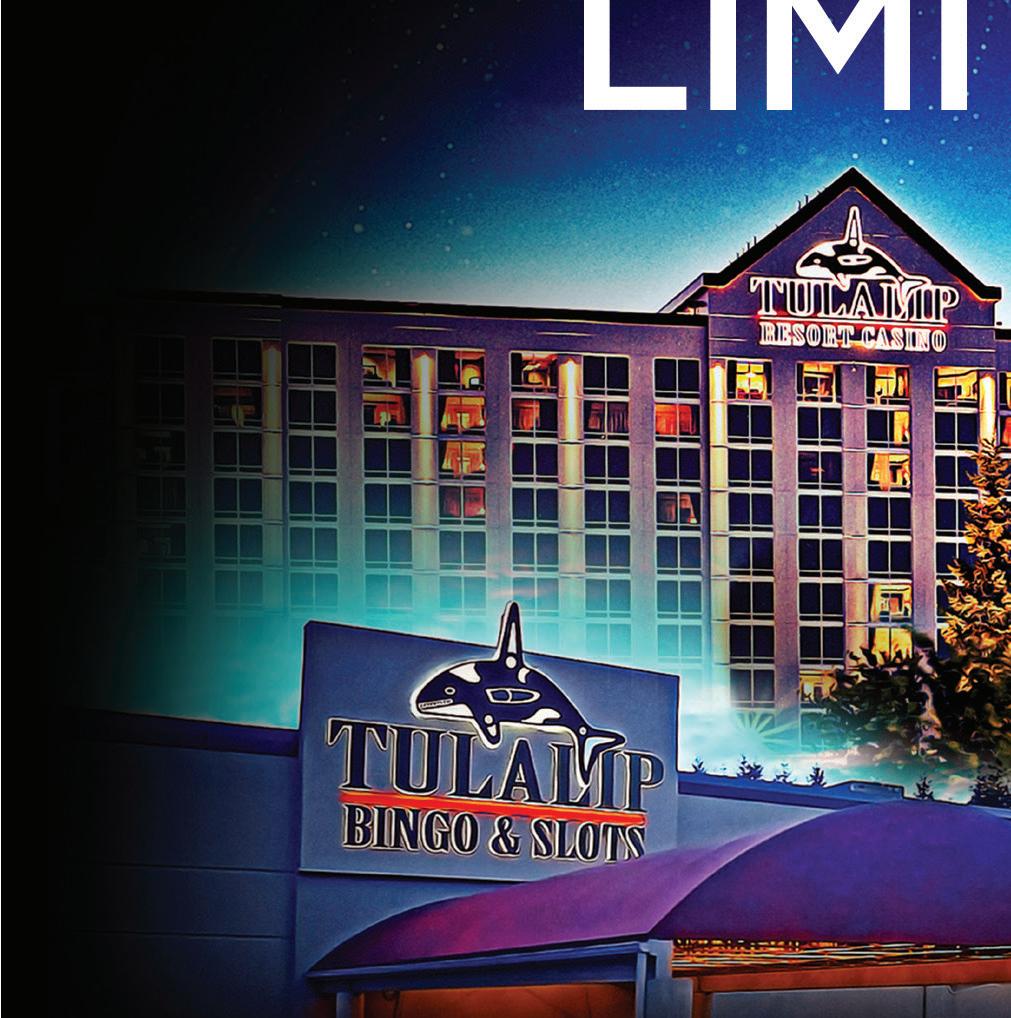
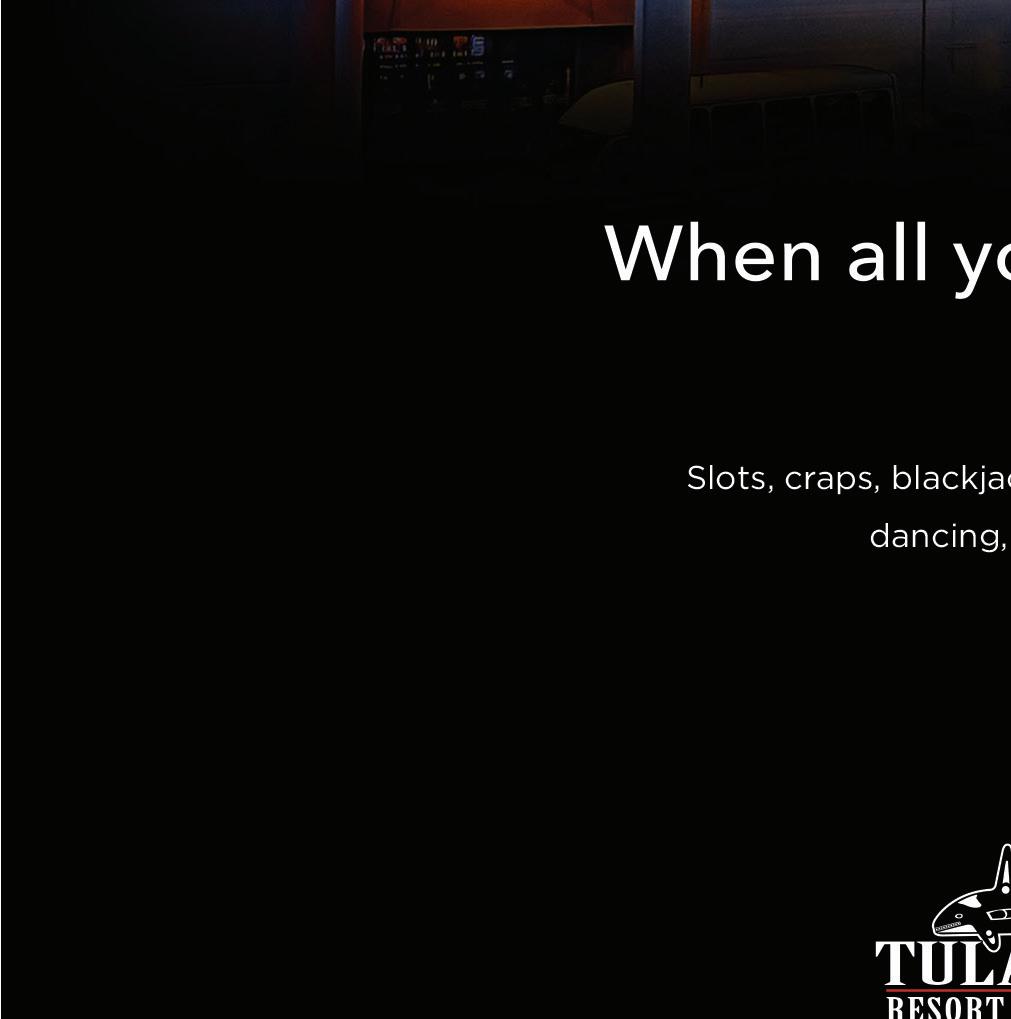


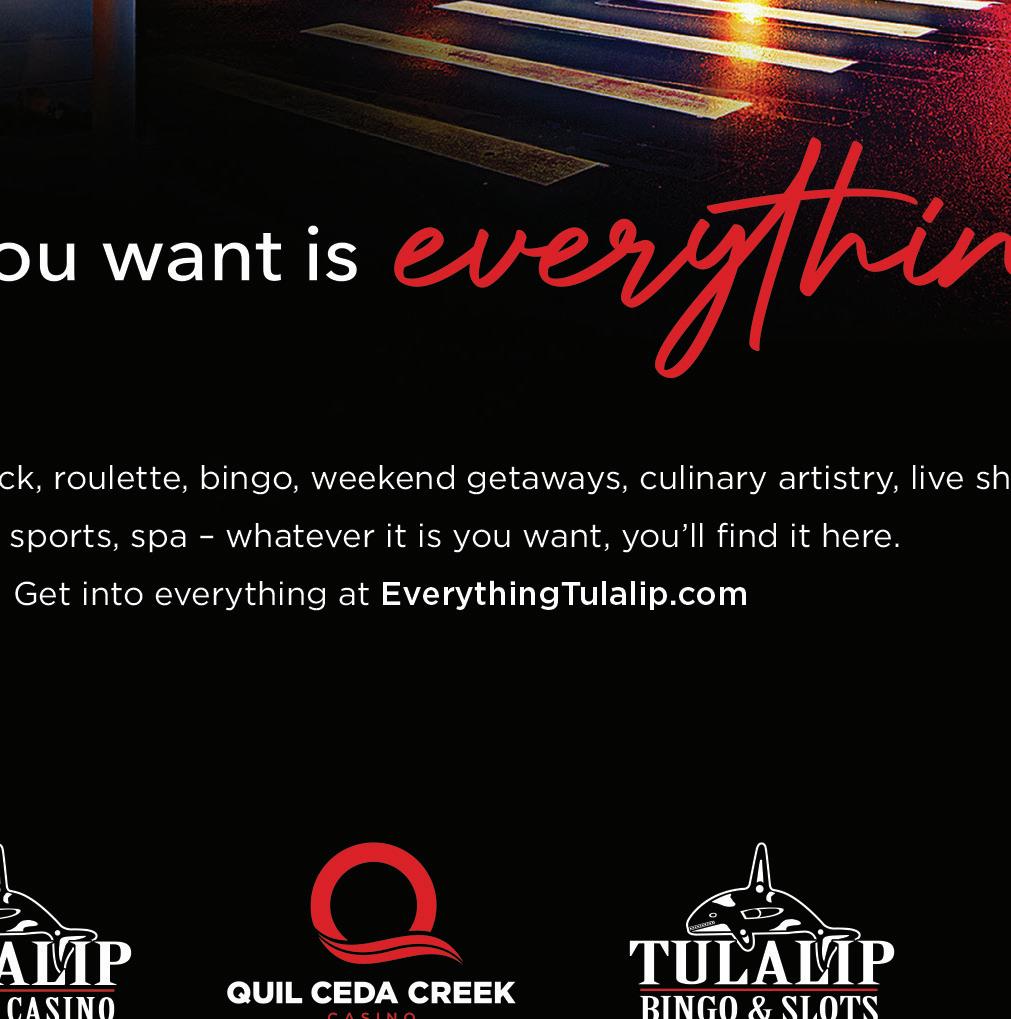


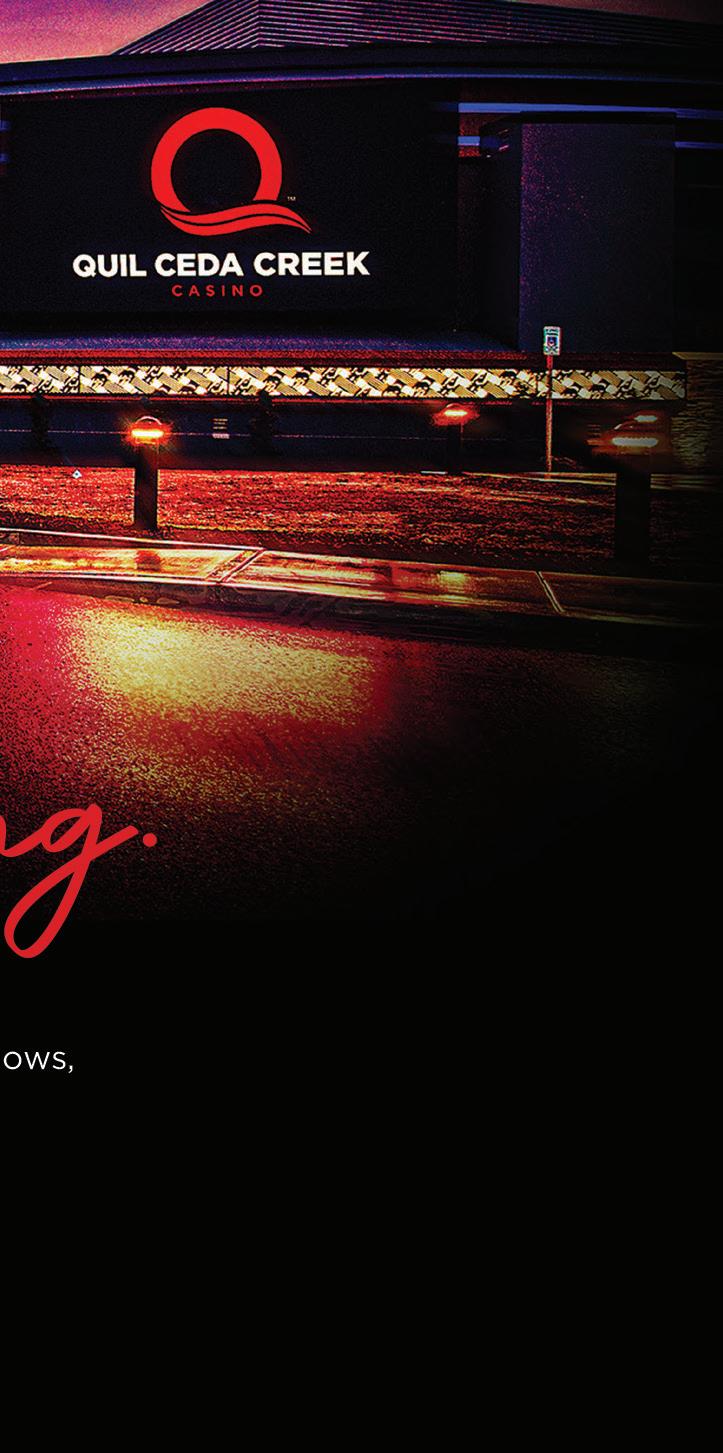

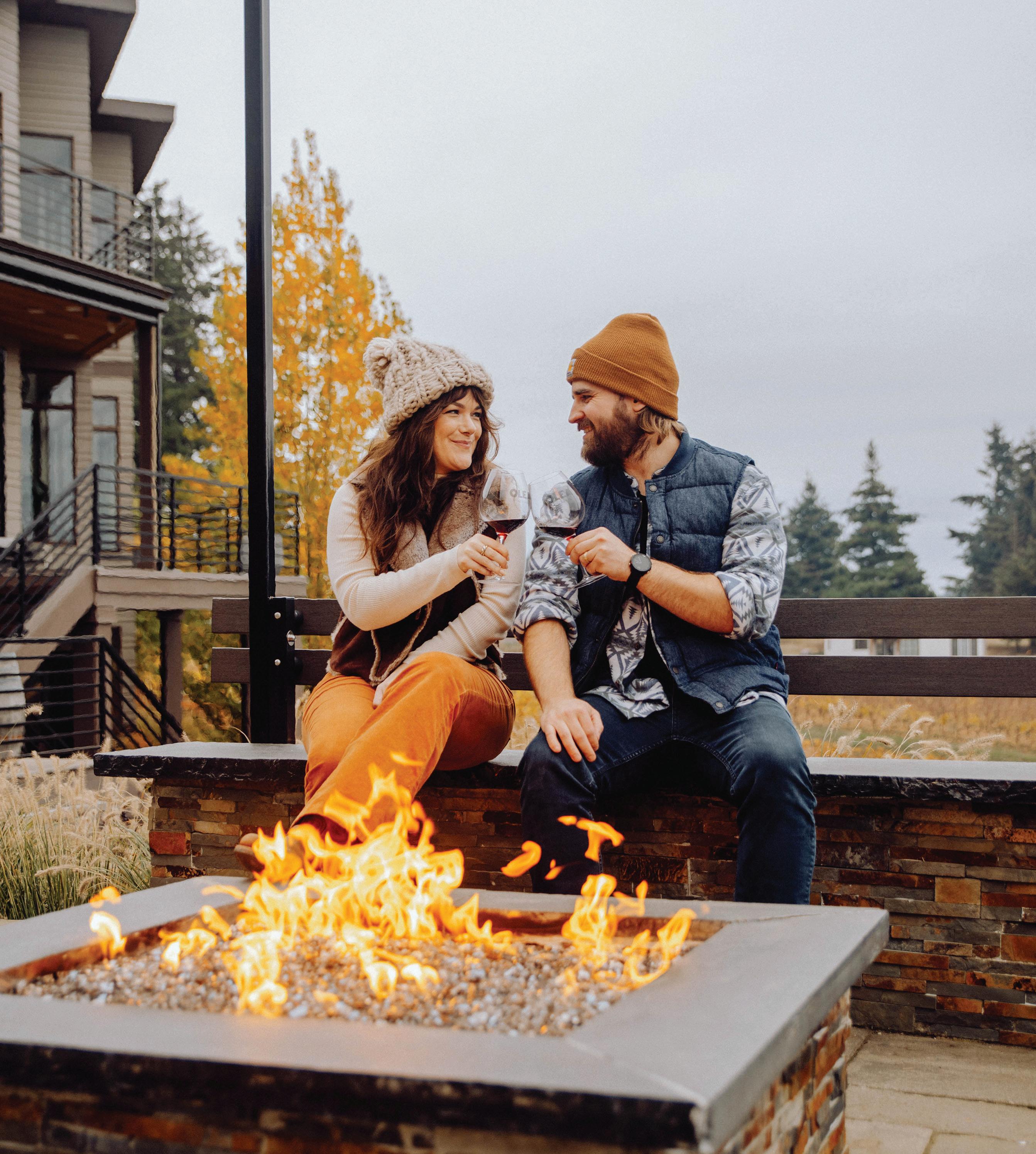
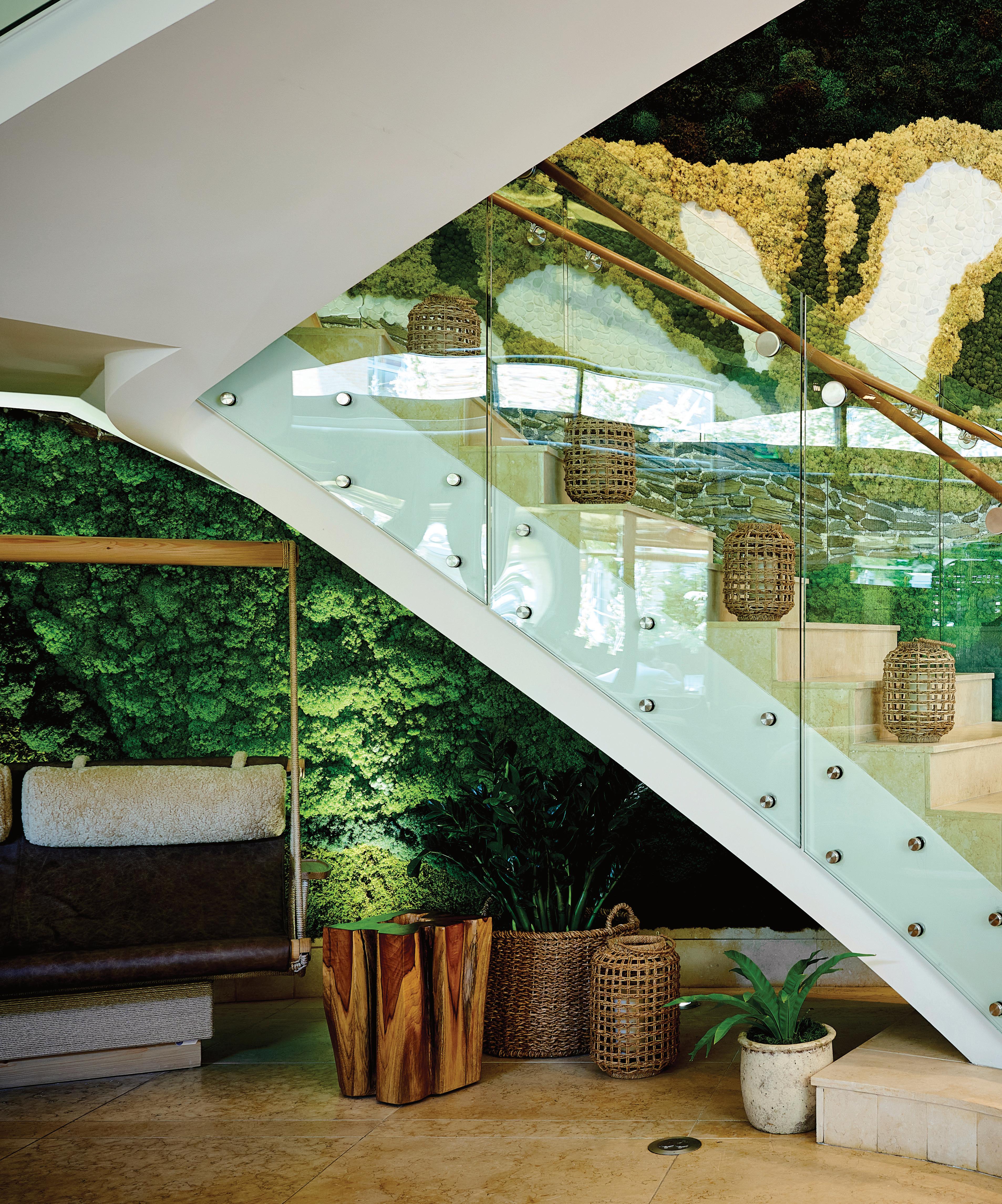
















photography by Bill Purcell
Rebecca Sheedy brings plants closer to people through living walls and moss installations. (pg. 58)
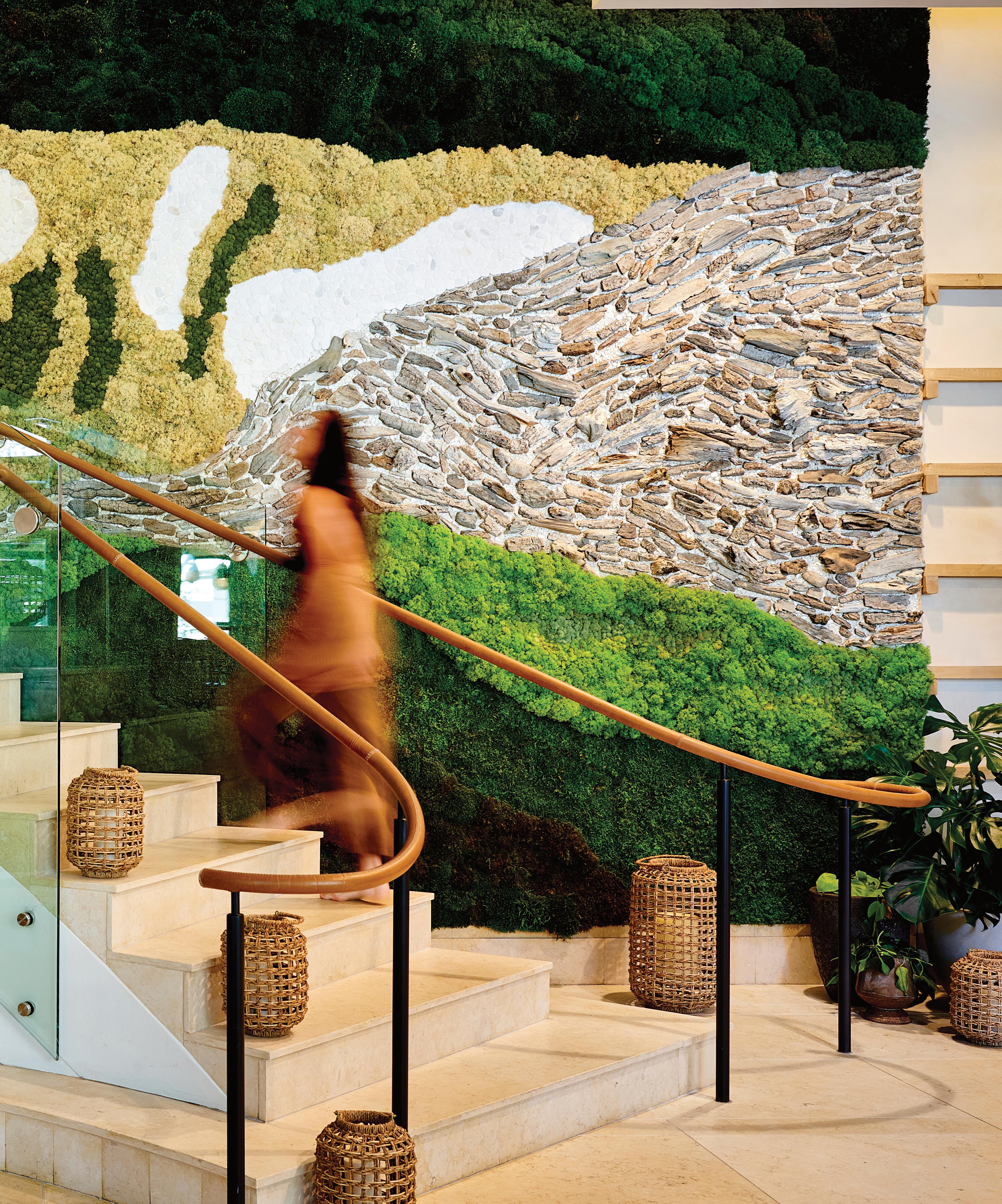

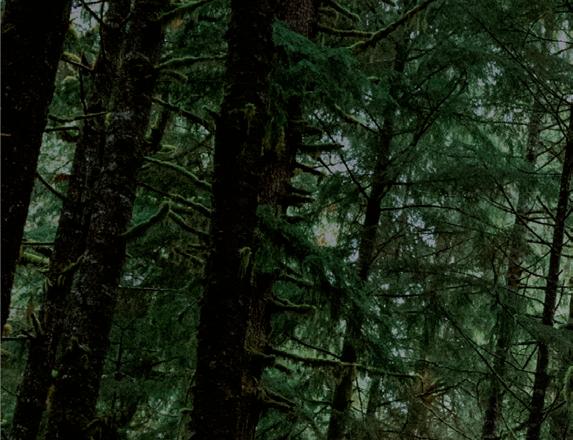

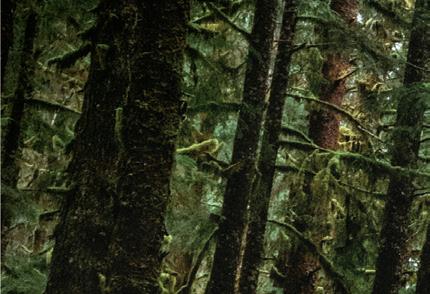

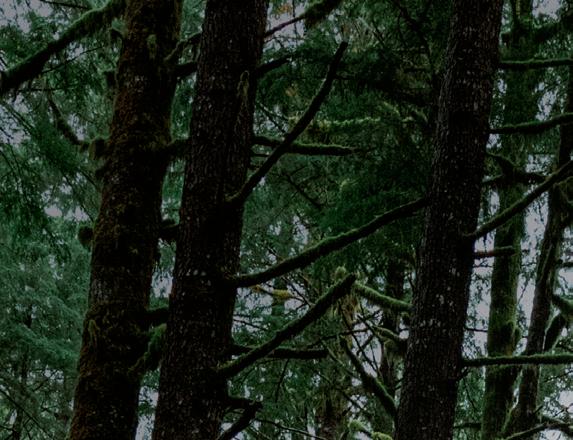
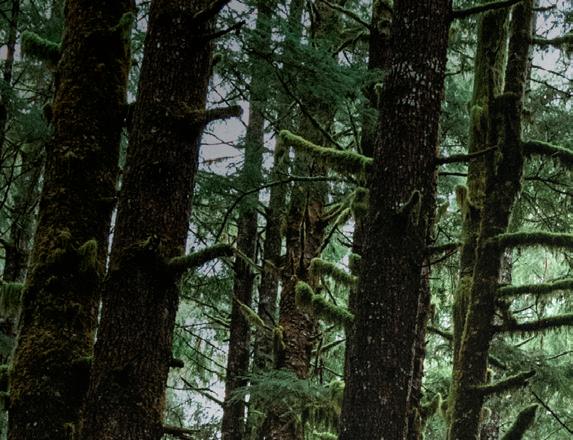

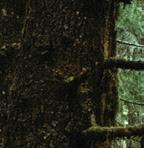
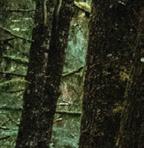


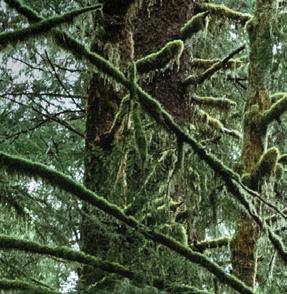

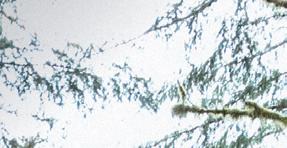

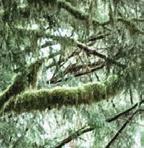


Whether on the islands, in Olympic National Park or east in the Yakima Valley, fall beauty and romance surround you in these places.
wri en by Ryn Pfeu er


52
Turning the Tide
Salmon are incredibly important to Washington and the PNW, yet we keep pu ing up roadblocks to their survival. These recovery e orts are making a di erence. wri en by Daniel O’Neil
58 Moss Art
The living, breathing phenomenon known as moss art is emerging from the shadows and having a moment.
wri en by Kerry Newberry








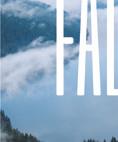
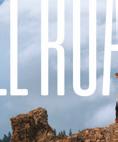
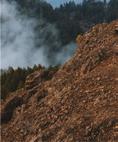








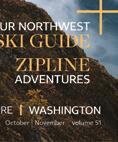

Editor’s Le er 1889 Online Map of Washington Until Next Time 10 11 86 88
photo by Berty and Emily Mandagie ( eMandagies.com)
Lake Crescent, Olympic National Park (see “Love in the Leaves,” pg. 44)
14 SAY WA?
Dungeness Crab Festival in Port Angeles; Oktoberfest in Leavenworth; Coral Grief’s new album.
18 FOOD + DRINK
Human People Beer Café; Somalian food.
22 FARM TO TABLE
The PNW (less) sweet potato.
28 HOME + DESIGN
Kickin’ it suburban in Kenmore.
36 MIND + BODY
Alma Kimura, 71, powerli er.
40 MY WORKSPACE
Grae Drake’s BARN.
42 GAME CHANGER
Kwiáht conservation biology lab, San Juans.
70 TRAVEL SPOTLIGHT Green Blu .
72 ADVENTURE
Ziplining at Skamania Lodge.
74 LODGING
Pebble Cove Farm.
76 TRIP PLANNER
Langley on Whidbey Island.
82 NW DESTINATION
Oregon’s Tualatin Valley.

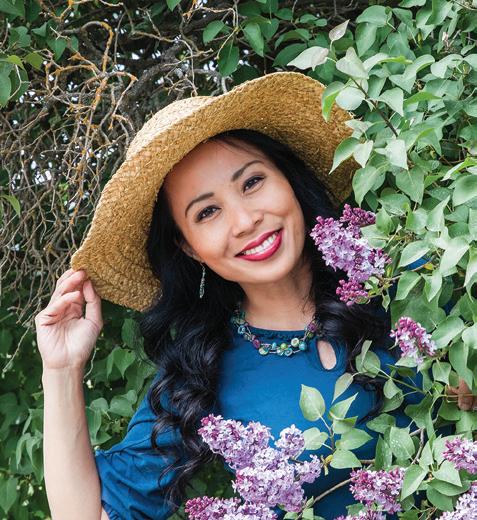
ARI NORDHAGEN
Photographer
Farm to Table
“It’s always fun to photograph subjects that need very minimal additional props. Sweet potatoes are especially photogenic because of the dramatic visual difference between their vibrant interior and their muted exterior. All you need to do is style a peeled sweet potato next to unpeeled ones, and you’ve got a striking image.” (pg. 22)
Ari Nordhagen is an awardwinning portrait, wedding and food photographer based in Spokane. She is the author and photographer of The Spokane Cookbook, a collection of stories and recipes from the Lilac City’s culinary community. Her next book, The Spokane Drinks Book, about the Spokane beverage community, is coming this holiday season.
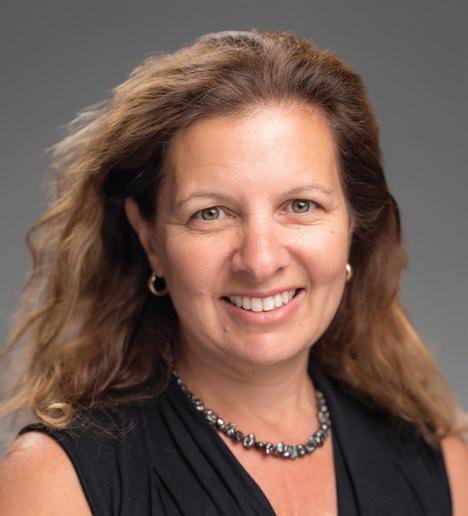
LAUREN KRAMER Writer
Mind + Body
“It was inspiring to interview
Alma Kimura, a powerlifter who teaches us how to age well. The Seattle lawyer began lifting at 59 and had no idea her strength was exceptional until she started winning gold medals at competitions. Now 71, Kimura is one of the strongest women in the world in her age category. Her sport keeps her healthier than ever, friends with folks half her age and able to cope with grief and loss.” (pg. 36)
Lauren Kramer is a Bellinghambased freelance writer who was born in Cape Town, South Africa. She relishes raising a family in the Pacific Northwest and writes about social issues, food, travel and fascinating people.
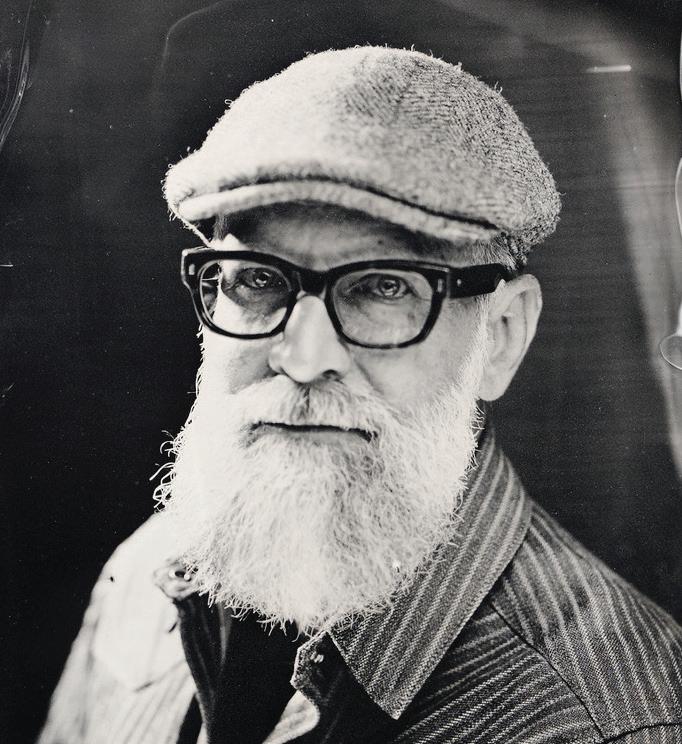
BILL PURCELL Photographer
Living Art
“The number of artists and makers in the PNW is truly astounding, and I’m always excited when 1889 asks me to highlight one of these local talents. Rebecca Sheedy’s creations are not only beautiful, but they also transport you outdoors. It was evident when speaking with Rebecca that everything—from the large-scale pieces using local driftwood, rocks and even oyster shells, to the delicate mosses hanging from the rafters—was meant to remind you of the Northwest’s beauty and to ground you in our local environment.” (pg. 58)
Bill Purcell is a freelance commercial and editorial photographer specializing in environmental portraits and architectural photography. He lives in Olympia and has a propensity for getting lost.
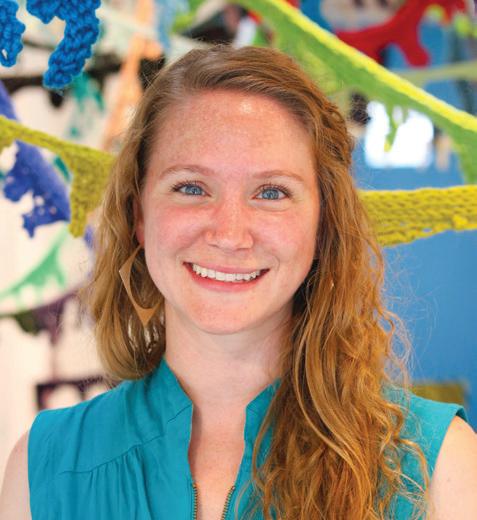
Home + Design DIY
“My colorful and energetic style is inspired by small joys and finding delight in the everyday. Through my work, I hope to encourage appreciation of the human experience, whether it be by celebrating the daily occurrences we sometimes take for granted or the natural beauty that surrounds us. For this illustration, I had fun imagining what my ideal book nook might look like.” (pg. 34)
Amy Wike is a freelance illustrator who has been creating custom artwork for individual and corporate clients since 2017. Based in Portland, Oregon, she enjoys offering watercolor classes to local audiences and participating in markets around the Pacific Northwest.
EDITOR Kevin Max
CREATIVE DIRECTOR Allison Bye
WEB MANAGER Aaron Opsahl
SOCIAL MEDIA MANAGER Joni Kabana
OFFICE MANAGER Cindy Miskowiec
DIRECTOR OF SALES Jenny Kamprath
BEERVANA COLUMNIST Jackie Dodd
C ONTRIBUTING WRITERS Cathy Carroll, Melissa Dalton, Joni Kabana, Lauren Kramer, Kerry Newberry, Daniel O’Neil, Ryn Pfeuffer, Ben Salmon, Corinne Whiting
CONTRIBUTING PHOTOGRAPHERS Jackie Dodd, Mac Holt, Berty and Emily Mandagie, Stephen Matera, Ari Nordhagen, Bill Purcell, Lisette Wolter-McKinley
CONTRIBUTING ARTISTS Amy Wike
Mail Headquarters
70 SW Century Dr. Suite 100-218 Bend, Oregon 97702
www.1889mag.com /subscribe @1889washington
592 N. Sisters Park Ct. Suite B Sisters, OR 97759
All rights reserved. No part of this publiCation may be reproduCed or transmitted in any form or by any means, eleCtroniCally or meChaniCally, inCluding photoCopy, reCording or any information storage and retrieval system, without the express written permission of Statehood Media. ArtiCles and photographs appearing in 1889 Washington’s Magazine may not be reproduCed in whole or in part without the express written Consent of the publisher. 1889 Washington’s Magazine and Statehood Media are not responsible for the return of unsoliCited materials. The views and opinions expressed in these artiCles are not neCessarily those of 1889 Washington’s Magazine, Statehood Media or its employees, staff or management.
I HAVE never heard such a simple, cogent argument for salmon recovery than when I read the words of Kadi Bizyayeva, Stillaguamish Tribe of Indians councilmember, fisheries director and Northwest Indian Fisheries commissioner.
“Inherently, salmon need everything that we as humans need, too,” she said. “They need clean water, and we need that. They need clean air and cooler temperatures, and we need that. They need flood mitigation, and so on. I think the more that we can invest in salmon recovery, the more that we’re also investing in ourselves and in the future of the Pacific Northwest.”
Save ourselves by saving salmon. Read the story about the efforts that are underway to do just that. Some are making progress, even after the current administration pulled federal funding for these programs (pg. 52).
Another Herculean effort comes in the form of a 71-year-old second act. Alma Kimura, a diminutive lawyer, took up powerlifting in her late 50s and is now one of the strongest women in the world in her age group. Apply just a few ounces of her will to your workouts, and you will notice things happening. (pg. 36)
Summer would feed directly into winter without pastoral fall drives throughout the state. We explore seven of our favorite autumn auto outings that put you in the middle of beauty and suffuse the air with romance. Turn to page 44 to find the right drive for you and your romantic partner.
Fall is also the season for crabbing, hop harvests, good beer and Oktoberfest. Port Angeles Dungeness Crab Festival (pg. 14) takes place October 10 through 12. Human People Beer Café in Seattle (pg. 18) makes a very drinkable pilsner. Of course, Leavenworth goes all in for Oktoberfest (pg. 14) the first three weekends in October. Finally, turn your attention to page 76, where we saunter through Langley, a cool town on Whidbey Island. So many things to consider seeing and doing, from whale watching to eating local oysters and perusing the many interesting shops, but one thing puts this little village on my must-visit list—the opportunity to sit on the deck of Prima Bistro overlooking the chilly waters of the Saratoga Passage with a brown-butter rye old fashioned to keep me warm and out of harm’s way for the evening. Cheers!
www.1889mag.com | #1889washington | @1889washington
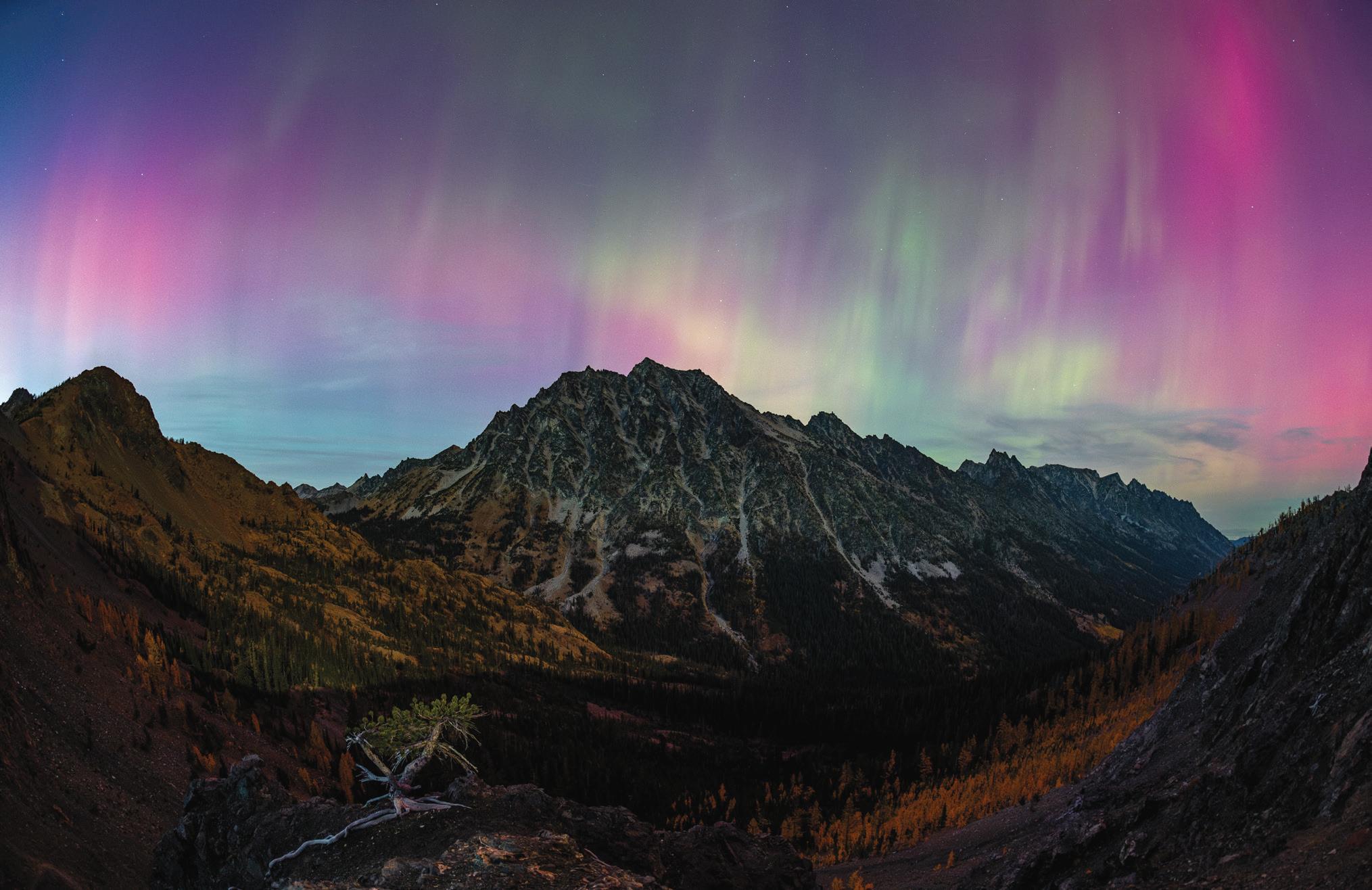






Stop by Local, our curated online shop of goods made by businesses in the Pacific Northwest. Find outdoor gear, specialty foods and more. Or show your state pride with 1889 T-shirts, hats and other apparel. Buy local. Feel good.

www.1889mag.com/shop
More Pacific Northwest, delivered to your inbox! Sign up for our Adventure Mail newsletter and get access to the latest Northwest getaways, giveaways and more.
www.1889mag.com/ 1889-newsle er
WASHINGTON: IN FOCUS
Have a photo that captures your Washington experience? Share it with us by filling out the Washington: In Focus form on our website. If chosen, you’ll be published here!
www.1889mag.com/ in-focus
photo by John Quach/ Cosmic Zen Photography
The northern lights dance above Washington’s Central Cascades and a moonlit Mount Stuart.





Read 1859 Oregon’s Magazine and 1889 Washington’s Magazine anywhere, on any device, with our digital edition. Follow us today on Issuu.com.
www.bit.ly/statehood mediadigital

SAY WA? 14
FOOD + DRINK 18
FARM TO TABLE 22
HOME + DESIGN 28

MIND + BODY 36

22































































































































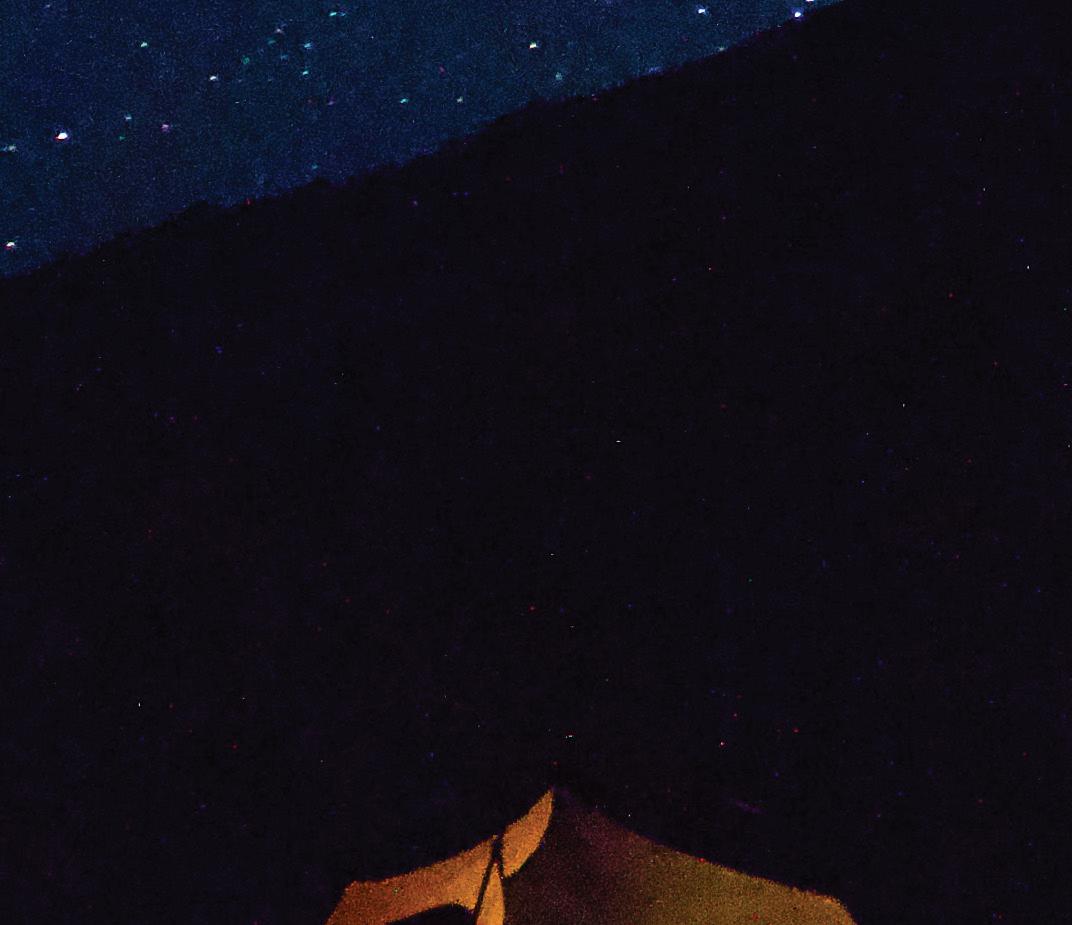

y e s hi b i ht
o city lights, where r the sta t rs r shine bright.









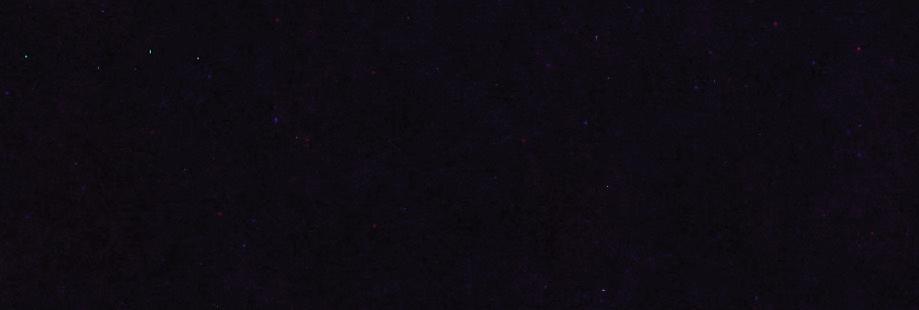

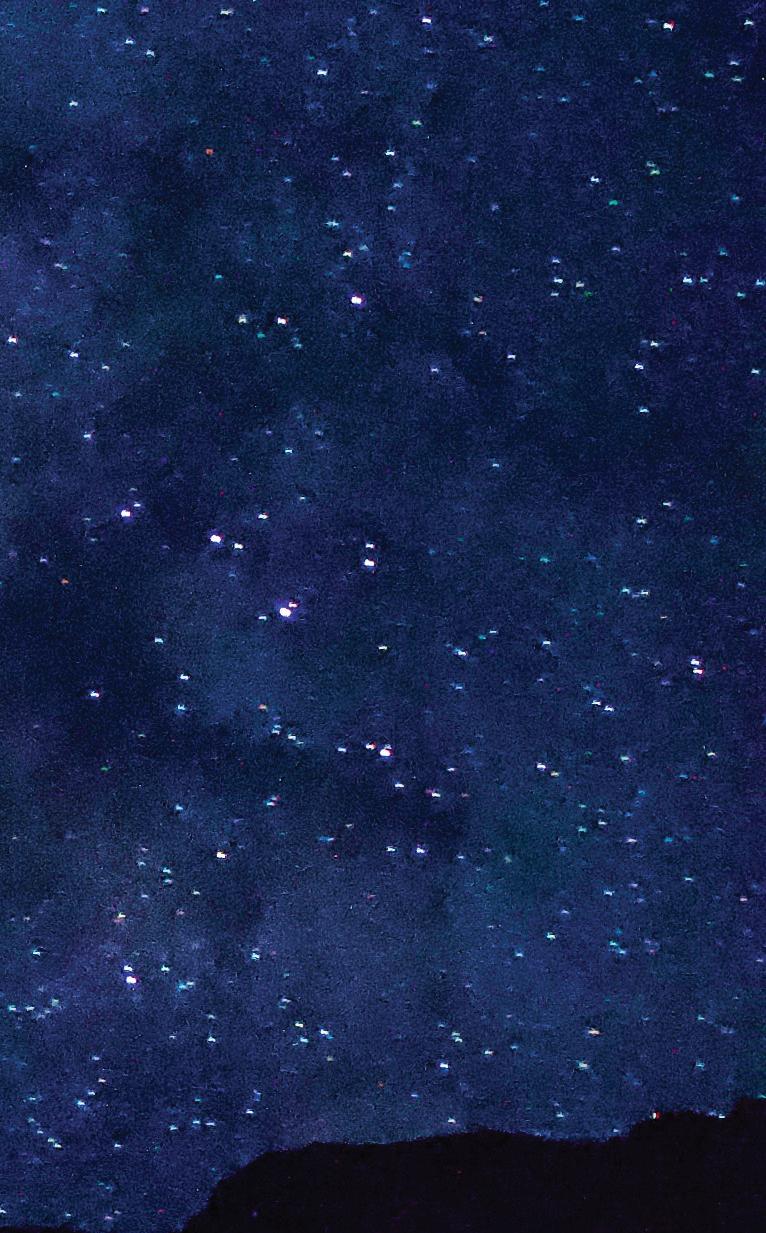











































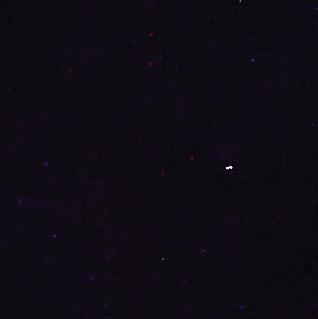



written by Lauren Kramer

A jigsaw puzzle is a great way to bring people together as the rain begins to pelt down, and it’s the kind of activity that will sit patiently on a table for weeks as the pieces gradually begin to align. Seattle’s Lantern Press has several 1,000-piece, Washington-themed puzzles depicting Mount Baker, Bigfoot, Roosevelt elk, black bears and more—fun brain-twisters that will get you off a screen for hours.
www.lanternpress.com
your

Port Angeles’ Dungeness Crab Festival occurs October 10 through 12, an annual celebration that spotlights the Olympic Peninsula’s seafood and shellfish, and maritime and cultural traditions. The event includes artisan crafts, art, kids activities, food, drinks and music. Entrance is free, and crab dinners cost $65. Purchasing your crab dinner in advance online is highly encouraged.
www.crabfestival.org

Oktoberfest in Leavenworth
Leavenworth’s Oktoberfest, held October 3 and 4, 10 and 11, and 17 and 18, features three stages of live entertainment, beer gardens and an expanded Kinderplatz for kids. Performers include S-Bahn, West Coast Prost, yodeler Michael Stoessl and Austria’s Die Jungen Weststeirer.
www.leavenworth.org/ oktoberfest
For an otherworldly experience of Seattle’s Lake Union, book a hot-cold plunge on Wild Haus, a two-level pontoon outfitted with a glass-enclosed, wood-heated sauna and an upper deck with comfy loungers and blankets. On a ninety-minute journey, the vessel trolls the lake slowly, allowing guests to build up a sweat in the sauna as they putter under bridges and past the houseboats, shipyards and marina. The cold plunge is an easy dip in the lake off the pontoon’s stepladder, or a jaunt on the deck, where a cool breeze brings your body temperature way down in minutes.
www.thewildhaus.com



SeaTac’s Highline Botanical Garden is a refuge where you can recuperate from the noise and bustle of the city or claim some downtime when your flight is delayed. This free, public garden, open daily dawn to dusk, spans 5 acres and has several distinct terrains showcasing irises, fuschias and roses. The jewel in this breathtakingly beautiful site is Elda Behm’s Paradise Garden, with a stream, a pond and an array of spectacular sun- and shade-loving mature perennials—especially in the spring and summer.
www.highlinegarden.org
Bellingham’s first stand-up comedy fest, Laughing Hamster Comedy Festival, runs October 13 through 18 with seven shows at various venues throughout the week 8-9:30 p.m. Head online for the comedian lineup and tickets.
www.laughinghamster.com

written by Ben Salmon

LENA FARRMORRISSEY and Sam Fason moved to Seattle late in 2019, intent on starting a band. ey weren’t exactly sure what that band would sound like, but they played a house show and made a plan to figure it out.
And then in March of 2020, they suddenly had a whole bunch of time to do exactly that.
“Obviously, I don’t think the pandemic was a good thing, but having that much time to focus on music and not be distracted by anything else really kick-started finding the sound we wanted to do,” Farr-Morrissey said.
“It’s hard to make space for creative pursuits in your life, so to have everything else go away and to be able to really hone in on this was great,” she continued. “We didn’t take it for granted. We were like, ‘OK, let’s focus and get to work and take things more seriously.’”
By the end of that summer, Farr-Morrissey and Fason had both settled on a name for the project—Coral Grief—and they’d written and recorded their self-titled debut EP. Across six tracks, it offers strong evidence of the duo’s pandemic productivity, as well as its considerable pop-rock promise.
“Starting our band that way, I feel like we’ve been able to keep it at the forefront of our minds moving forward,” Farr-Morrissey said. “We’re always going to make time for this, and other stuff is going to go to the backburner. And we’re OK with that.”
Fast-forward a few years and Coral Grief is back with its debut full-length, Air Between Us, which not only delivers on the band’s aforementioned promise, it’s one of the best albums of 2025 in any genre. e band’s sweet spot is catchy, spacious dream-pop
with heavy doses of hazy shoegaze and the driving pace of German rock from the ’70s—the latter courtesy Farr-Morrissey’s bouncy bass lines and drummer Cam Hancock’s propulsive rhythms.



“(Cam’s) role has increased exponentially since he first joined,” Farr-Morrissey said. “At first, I think he was just looking for more projects to drum in, and Sam and I were pretty content on being like, ‘Yeah, these are our songs. Can you help us bring them to life?’ But the more we’ve worked with him, the more creative input he’s had, which has been really fun.”
Generally speaking, Coral Grief’s sonic vibe is overcast but beautiful, buoyed by Farr-Morrissey’s chilly vocals and Fason’s psychedelic guitar touches. Imagine Alvvays stretching out into Stereolab territory—or maybe DIIV playing e Softies’ songs—and you’re heading toward the right horizon.
Farr-Morrissey grew up in Seattle, where she drew inspiration from the city’s DIY scene, the communal spirit among local bands like Rose Windows and Chastity Belt, and her own insatiable interest in pursuing new sounds.
“In college, I had my own radio show and was able to go digging for music. And then I worked at a record store when I moved back here, and my mind just exploded at all the music I didn’t know about that was just waiting to be discovered,” she said. “You can always find new music that influences you. It’s a constant journey.”

How bikes, politics and protest converged on Sea le’s uphill ride to the top
interview by Cathy Carroll
DESPITE SEATTLE’S rain, hills and a carfirst culture, the city is now celebrated as the nation’s top bike town. In Biking Uphill in the Rain: The Story of Sea le from Behind the Handlebars, finalist for a 2024 Washington State Book Award, independent journalist Tom Fucoloro uncovers how cycling became a force for culture, politics and protest—and what that means for its future.
How has the bicycle intersected with social change in Sea le?
Bicycling has meant wildly di erent things in Sea le society at di erent times. When the bicycle first arrived in 1879, it was the ho est hobby for well-to-do residents and politically powerful men. In 1907, UPS started in downtown Sea le as a bicycle messenger service.
In the 1960s and ’70s, biking was bipartisan in Washington. It was seen across party lines as patriotic to conserve gasoline for the good of the nation. Republicans and Democrats competed to improve bicycling conditions.
well as the group that pushed to build the Burke-Gilman Trail, which set federal policy precedents for others across the nation.
A er the 2009 election of bike-riding mayor Mike McGinn, the city experienced an intense “bikelash”—with folks accusing the city of waging a “war on cars” and organizing to stop bike lanes.


We had a Republican mayoral candidate campaigning at Bicycle Sunday on Lake Washington Boulevard, a Democratic mayor building the first bike lanes, a Republican King County executive and governor supporting the Burke-Gilman Trail and a Democratic U.S. Senator leading mass group bike rides through downtown Sea le.
In the 1990s, bicycles became tools for protest and creative expression through the leaderless Critical Mass rides and the Fremont Solstice painted bike ride. In the 2020s, folks have used bikes to support protests as a flexible traffic control and safety crew. Sea le keeps changing, but one constant is that people are always using their bikes to achieve something bigger.
What turning points in Sea le cycling continue to influence the city?
The first Bicycle Sunday in 1968 was a big moment. Some community members proposed closing part of Lake Washington Boulevard to cars for a few hours of biking. The city expected a few hundred people, but 5,000 to 10,000 people showed up. City agencies saw the interest, and riders organized to make biking easier and safer. The Cascade Bicycle Club formed as
But in 2011, three people died in separate crashes within a couple months. Those deaths so close together triggered something within Sea le’s heart. Their stories showed they weren’t waging a “war”—they were just trying to get home. Even some media outlets that were o en critical of the mayor were calling for safer streets. The city convened agencies and advocates, leading to a plan to eliminate traffic deaths and injuries (now called Vision Zero). People have fought bike lane projects since, and sometimes won, but the city has made extraordinary progress on building a connected and protected bike network since that terrible summer.
What are the biggest opportunities—and challenges—for biking in Sea le?
Sea le has a 20-year transportation plan, and voters in 2024 chose to fund it at an unprecedented level. The city has the means and support to improve safety, connect walking and biking routes, and make transit faster and more reliable. However, we still need our mayor and City Council to uphold these plans and keep them on schedule. They also need to push the Sea le Department of Transportation to tackle safety and mobility challenges without easy, low-cost solutions, such as Rainier Avenue South. It will not be easy to reach Vision Zero by 2030, the city’s goal, but I believe we can do it if leaders push hard.
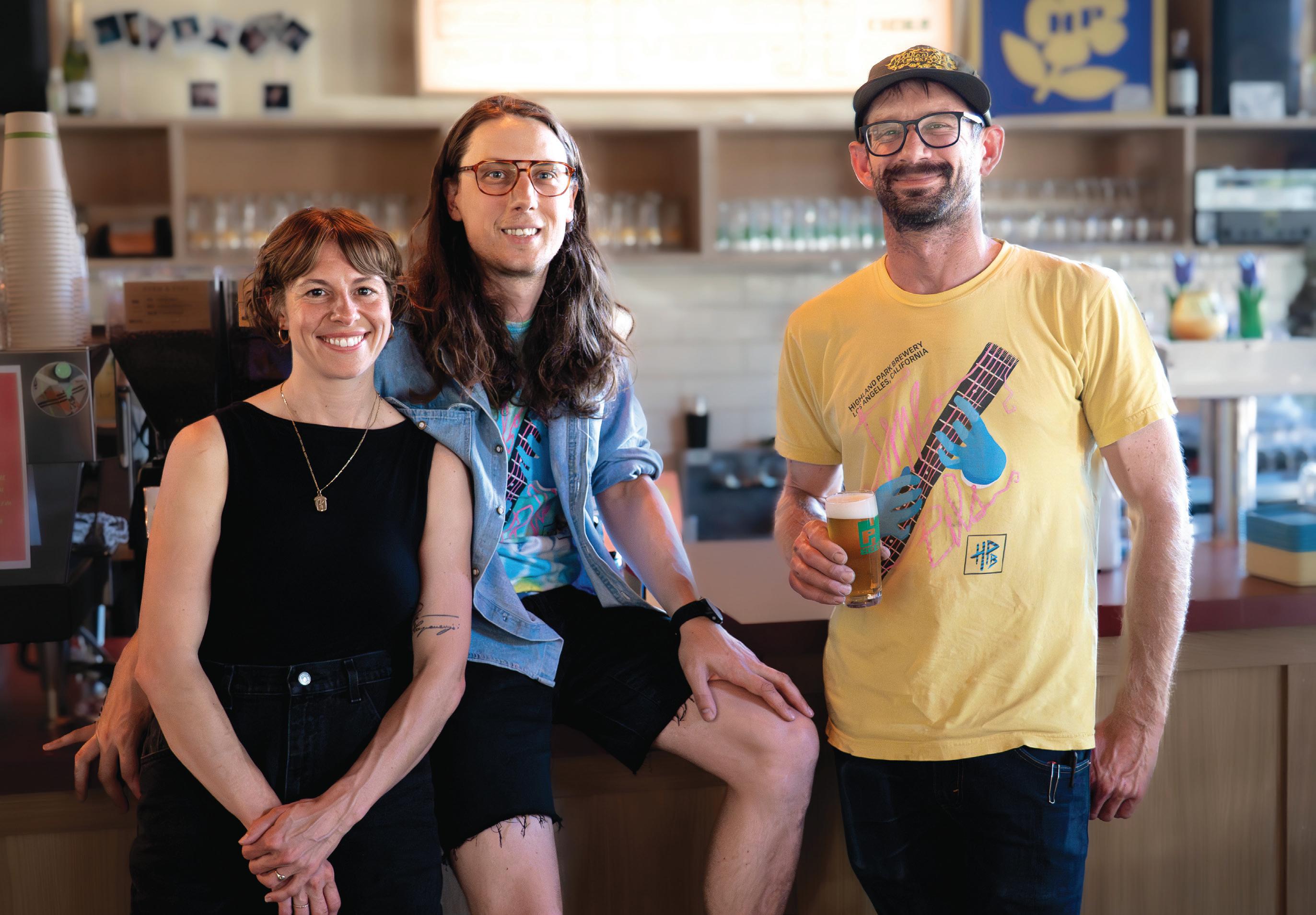
WHEN YOU ASK Human People Beer co-founder Andrew Schwartz where the name came from, the answer is a little ethereal. It’s quirky, much like the founders themselves—rooted in a love for people of all kinds. But the real meaning becomes obvious once you step inside.
HUMAN PEOPLE BEER CAFÉ
6105A ROOSEVELT WAY NE SEATTLE
Schwartz, along with Mallorie King and Tim Kamolz, brings decades of experience between the three of them spanning every corner of the beer world from raw materials to brewing, administration and distribution. Yet, more than résumés or credentials, it’s their love of the craft that comes through most clearly. “We are lucky enough to brew beer that fits our curiosity,” said Schwartz.
www.humanpeoplebeer.com
It’s a curiosity that avoids the trap some breweries fall into: experimentation for the sake of novelty. Instead of tap lists cluttered with undrinkable oddities, Human People’s curiosity leads to beautifully made beers inspired by styles and traditions from around the world, crafted with heritage ingredients and respect for the history of beer and brewing. It’s beer that tastes refined and thoughtful, delicate yet full of flavor.
Their pilsner has an old soul, perhaps picked up from the time King spent in Slovenia, where she fell in love with the beers over there. Their hazy IPA isn’t just another hazy—it’s creamy, smooth, complex and balanced. The picnic lager
Human People’s curiosity leads to beautifully made beers inspired by styles and traditions from around the world, crafted with heritage ingredients and respect for the history of beer and brewing.
is exactly what you hope for: incredibly drinkable, yet full of flavor.
They describe themselves as “small enough to be picky,” both in what they brew and how they grow. It’s a deliberate strategy—daunting in today’s skittish craft beer climate—but the trio approaches it with a quiet confidence. They’re determined to carve out a permanent place in Seattle’s beer scene, and it’s an endeavor they will undoubtably succeed at.
And Human People Beer is more than beer. Opening at 8 a.m., they serve coffee and breakfast sandwiches and provide a welcoming space for locals working on laptops. “It’s like a taproom in disguise,” Schwartz said, describing the blend of early-morning coffee regulars, afternoon beer lovers and afterwork happy hour crowds.
The small menu goes well beyond the typical taproom snacks reflecting the founders’ desire to make their space inviting for everyone, regardless of what’s in their glass. Thoughtfully curated wine and cider round out the beverage list, and King occasionally hosts wine tasting and pairing classes.
Spend a little time here and the name Human People clicks. It’s about them—their love for the people they’ve met in beer, in travel, in their own neighborhood, and those who walk through the door of their beer café. It’s a celebration of humanity and a love for the community they’re building. Its outstanding beer made by top-tier human people.
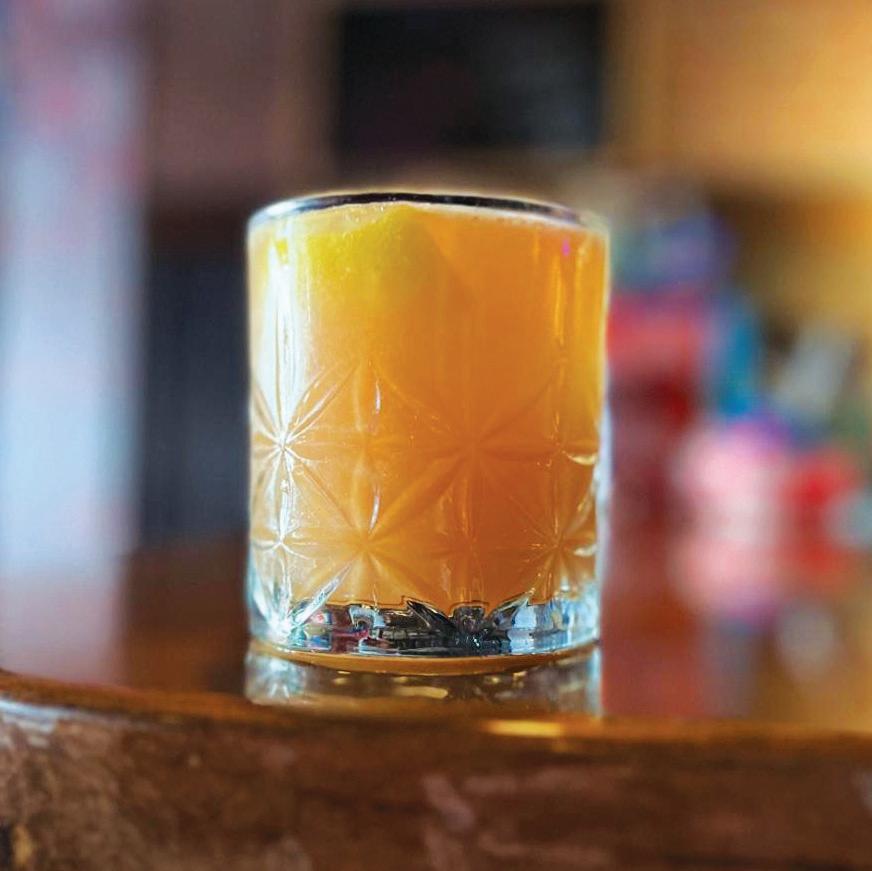
In a world increasingly inhuman, Human People Beer puts a stake in the ground with a Seattle taproom full of good beer and cheer.
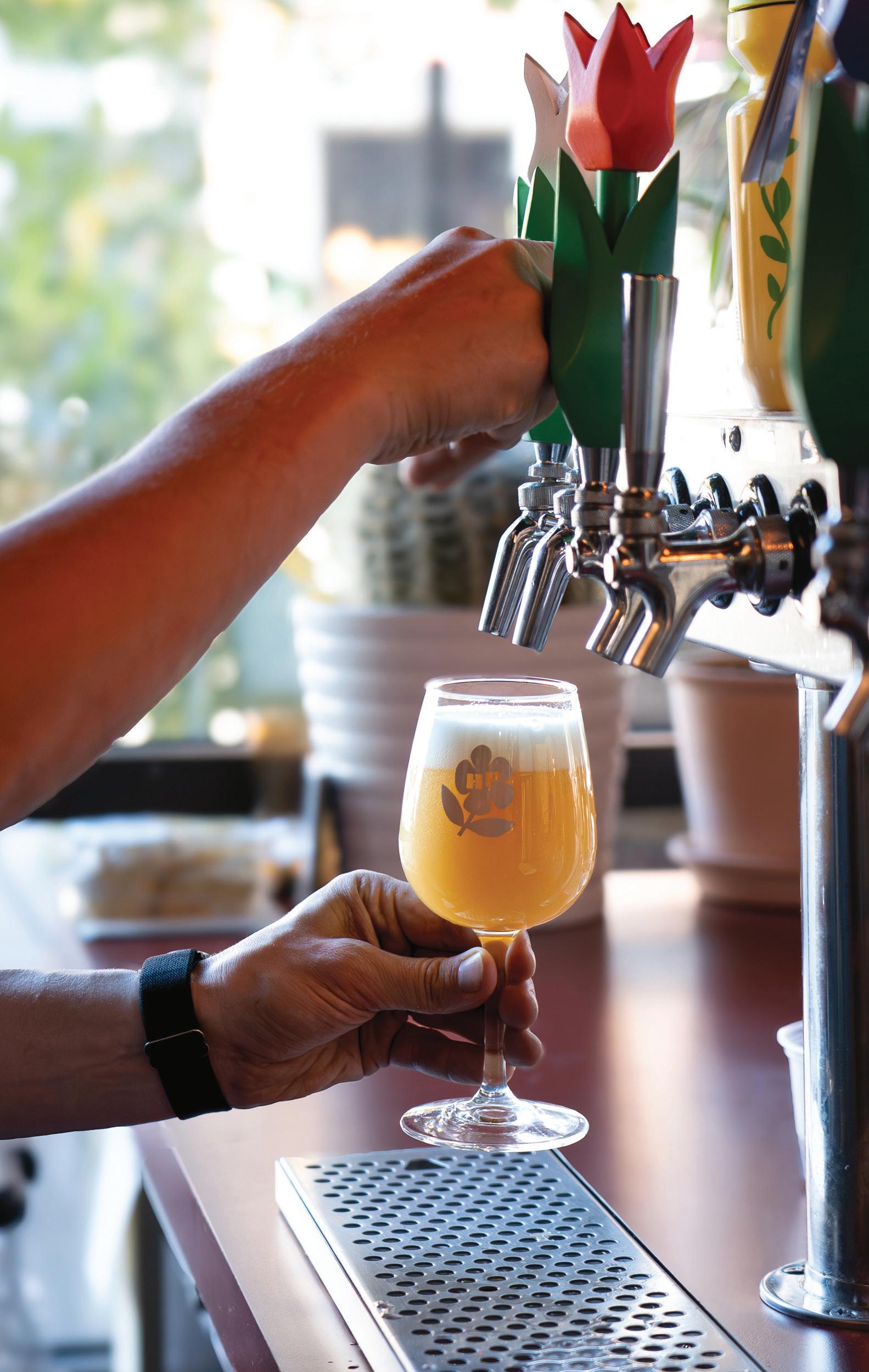
recipe courtesy of state fair-themed bar The Coaster (complete with a real roller coaster car booth!) / PUYALLUP • 2 ounces
• 1 ounce fresh
• 1 ounce orgeat
• 2 dashes orange bitters
• Fresh orange peel, for garnish
Shake together ingredients. Strain into your glass over a gentlemen’s cube. Garnish with fresh orange peel.

written by Lauren Kramer
IF SUSHI ROLLS have been your only experience with edible seaweed, you’ll want to get your hands on Salish Sea Greens’ seasonings.
The Bainbridge Island-based company uses Washington-grown, dehydrated sugar kelp for its four seasonings, which are small-batch, handmade products that add a rich umami flavor with a broad variety of culinary uses.
“In the Puget Sound, sugar kelp is the choice species for food products thanks to its sweet, snappy flavor,” said Stephen Schreck, an aquatics and fisheries science researcher who founded the company five years ago. “Kelp is a superfood that’s rich in iodine, zinc, minerals and micronutrients that are hard to get from a terrestrial diet,” he added. “It has numerous health benefits, and it’s best in small amounts, making it a perfect ingredient for seasonings, where its subtle flavor adds a great, earthy element.”
The four seasonings—available in original, curry, smoked alderwood and smoked applewood—are vegan and gluten-free and pair easily with most dishes, from salads to grilled vegetables and proteins. Salish Sea Greens can be purchased online at www.salishseagreens.com and at select boutique stores in Kitsap County.
We’ve all seen ice cream scooped, but few of us know rolled ice cream. Cryo Rolls, which began in Thailand, is as much a performance art as it is a decadent dessert. At Cryo Rolls in Bellingham, liquid ice cream is poured on a freezing surface, mixed with an array of additions like graham crackers and berries, and then flattened and rolled into perfect coils as you watch. Classes are available for those who want to learn to roll ice cream.
1207 GRANARY AVE., SUITE 150 BELLINGHAM www.cryorolls.com
Nothing says fall like the taste of pumpkin, and at Orchard Restaurant in Cle Elum, it’s featured in dessert. The pumpkin bread pudding, served with a spiced bourbon praline glaze and buttermilk ice cream, has been a fall menu staple for years, persisting even after a change in ownership. Diners love the rich pumpkin purée paired with cinnamon, nutmeg and allspice.
212 E. 1ST ST. CLE ELUM www.orchard-restaurant.com
For a culinary experience that’s not just delicious but culturally fascinating, head to Zain Restaurant & Bakery Café in SeaTac. This Somalian restaurant and grocery store offers delicious meals where generous quantities meet inexpensive prices and interesting ingredients. Try the crêpe-like malawah, and the anjero, a pancakelike Somalian bread. The menu features goat meat as well as standard proteins like chicken kebabs, beef, salmon and tilapia.
15035 MILITARY ROAD S. SEATAC www.zain-restaurant-bakery-cafe.menu-world.com
Seattle’s Many Bennies offers New Zealand-style ice cream mixed with fresh fruit. This fun treat, offered in just a few flavor and fruit choices, is delivered in a swirl and adorned with candy “eyes.” Who says ice cream can’t have personality?
3535 INTERLAKE AVE N.
SEATTLE www.manybenniesicecream.com
The Gifted Kitchen in Longview offers seasonal, year-round cooking classes for kids, teens and adults from a downtown studio, where it blends hands-on culinary education with community spirit. The small classes in the studio’s commercial kitchen focus on everything from sweet treats to full meals, in an environment that’s fun, social and inclusive.
711 VANDERCOOK WAY LONGVIEW
www.thegiftedkitchen.com
Yakima’s Healthy Eats Cooking Classes offers up to four classes a month, giving participants a chance to explore global flavors like Thai, Greek and African cuisine. The two-hour classes include a full meal and accommodate up to twenty-two participants, with fees ranging between $35 and $65 depending on the menu.
1101 W. YAKIMA AVE., SUITE 115 YAKIMA
www.healthyeatsnutrition.com
Newly opened in Vancouver this past August, Social Kitchen offers unique, prix fixe menus where participants learn to cook in a downtown kitchen. Classes cover a range of subjects, including baking, nutrition, outdoor cooking and quick meal prep, and the learning experience encompasses a two-and-a-half-hour multicourse meal at $145 per person.
1000 MAIN ST. VANCOUVER
www.social.kitchen
Bellingham’s Community Food Co-op offers regular cooking classes for kids and adults, focused on culinary skill-building and specific themes. Instructors include local chefs, and classes, typically two-to-three hours each, are priced under $100.
1220 N. FOREST ST. BELLINGHAM
www.communityfood.coop/cooking-classes

written by Lauren Kramer


IF BELLINGHAM had a fine dining scene, Estelle would be at the top of the list. This Fairhaven, dinner-only eatery sets a new tone for high-end dining in the city—but without any stuffy pretentiousness. Dress up or dress down, you get the same service. But walk inside, and you know immediately this is a special place.
The decor feels upscale yet retro, with gorgeous leather banquette seating, a handsome marble bar and blue ceilings that accent well with the blue glassware and servingware. The menu, created by executive chef Sammy Orrey, contains nothing here you’ve eaten elsewhere or would ever consider making at home. Frites, for example, are fried in duck fat and served with Provençal aioli. Even the prime cheeseburger comes with sauce chien and bone marrow butter. The combinations are so creatively paired that it’s challenging to choose just one dish.
We tried the hamachi crudo ($18), a light, summery dish with a decorative pink hue of radish and a wonderful horseradish flavor. The roasted carrots were otherworldly, their soft, chewy texture and natural richness accentuated by a sweet coconut date sauce. Their topping, crispy shallots and fried carrot tops, is just one of the ways the restaurant addresses its zero-waste policy.
The menu is small, with six appetizers, three medium plates and five entrées, but it covers all the staples—vegans, carnivores and pescatarians will all find something irresistible. We loved the slow-cooked black cod ($32), served in a sauce of sunchoke, sumac and lemon thyme. The lamb loin, on a charred eggplant purée with pickled rhubarb, is another dish testifying to Orrey’s culinary creativity.
Don’t miss out on the cocktail menu, where three equally creative bartenders get to spin out new cocktails with very cool names. Stolen honeymoon, lover’s folly and situationship are just three of them that add levity to the menu of a restaurant that’s all about cool flavor pairings and exceptional food.
1147 11TH ST. BELLINGHAM www.bistroestelle.com
THERE’S GOOD NEWS for sweet potato lovers. These tasty tuberous vegetables—native to the Americas where they’ve been cultivated by Indigenous peoples for thousands of years—can be grown in the Pacific Northwest, too. A highly beneficial addition to one’s diet, sweet potatoes prove an excellent source of beta carotene, vitamin C and potassium, among other vitamins and minerals.
Morgan Gerstenberger, urban farmer and co-founder of Sea le Kitchen Gardens, said the Pacific Northwest’s mild climate makes for a great place to grow almost all garden vegetable favorites. She should know; at Sea le Kitchen Gardens, they plant and maintain more than fi y regional vegetable gardens—in backyards, roo ops and parks for families, multifamily housing, charitable organizations and even a fine dining restaurant.
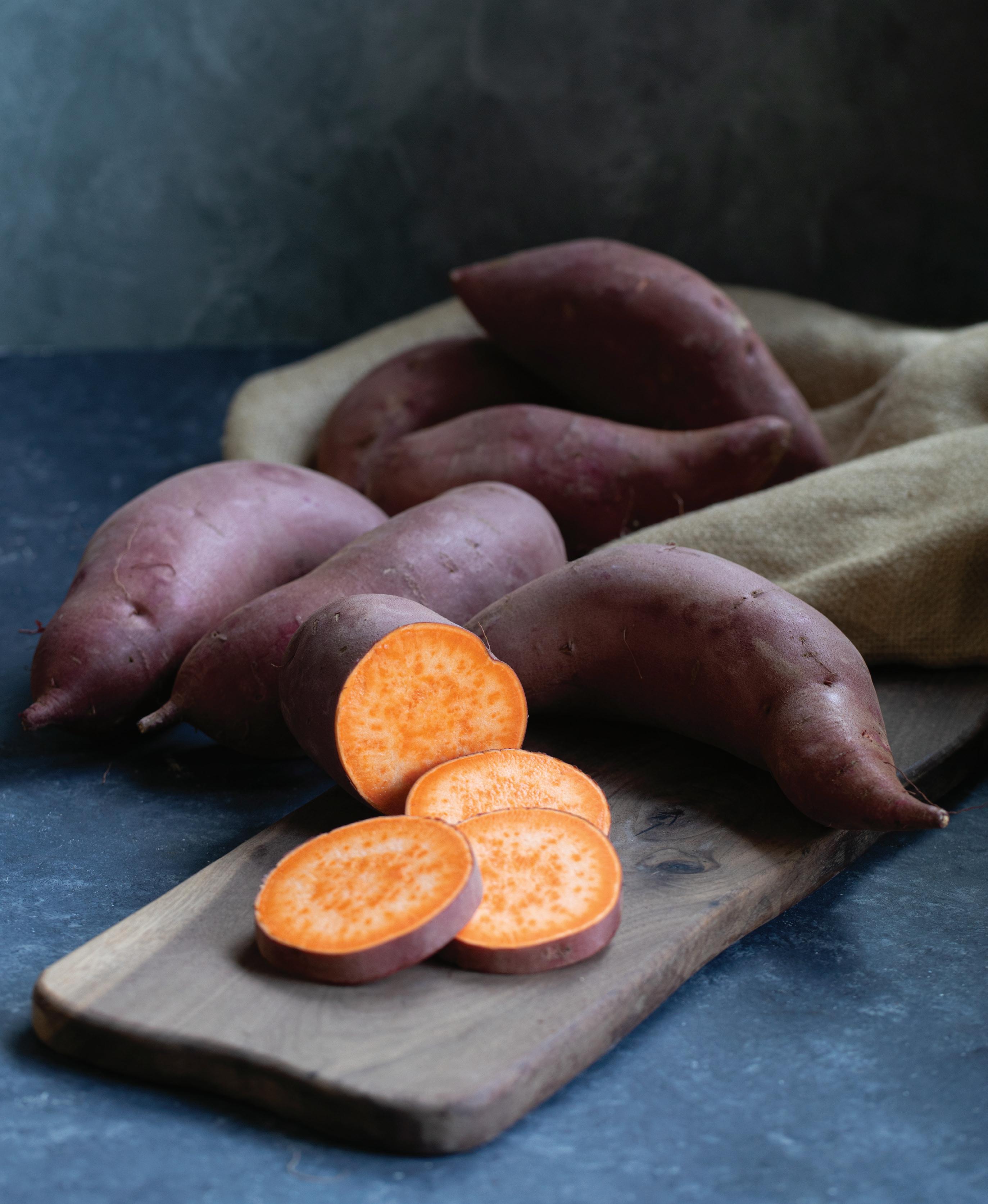
Farm to Table
Farmers and chefs share the scoop on locally grown sweet potatoes
written by Corinne Whiting
Gerstenberger has learned firsthand that the varieties more challenging to grow here include long-season, warm-weather crops. Long season means they take more than eighty to 100 days to mature, and warm weather means they thrive in temperatures above 70 degrees. And sweet potatoes? These root vegetables generally take ninety to 120 days to grow a harvest. “Since the Seattle area in particular doesn’t get much more than about three months of warm weather above 70 degrees, vegetables like sweet potatoes that require more time than that to grow in warm weather won’t do as well without season-extending tools such as greenhouses or cold frames,” she said.
Because of these factors, Gerstenberger finds it tricky to declare their prime harvest season. “The soil needs to be warm enough for planting,” she explained, “but if you plant too late in the season, the sweet potatoes won’t have time to grow.” Gerstenberger’s best bet: planting in late spring, and planting in a greenhouse or cold frame if possible.
Chefs in the region get to know the sweet potato well, working them into all types of tempting dishes. In Woodinville at Willows Lodge’s Barking Frog, Hawaii-born executive chef Lyle Kaku and team partner with a few vendors that source sweet potatoes for them from Skagit County.
“The long summer sunlight in Washington lets the sweet potato thrive here,” he explained. “I also heard there are specific techniques used to create the warm soil temperatures needed for the potato to grow.” Kaku finds that the Pacific Northwest flavor tends to be a little less sweet compared to sweet potatoes grown in the South. “This makes the varietal more suitable to savory dishes, and we can control the amount of sweetness in the overall dish,” he said.
Of note, this fall the Willows Lodge property fetes its twenty-fifth anniversary with a seasonlong celebration featuring events and special offers across its hotel, spa and restaurant outlets, Barking Frog and Fireside Lounge. “Everyone comes in with the same goal of creating memories for our guests,” he said. “This goes for the whole team, [front of house, back of house], stewards and everyone in Willows Lodge. It takes a village for what we do, and we couldn’t do it without the execution from everyone.”
Chef Kaku personally enjoys putting sweet potatoes into purées, and serving them as an accompaniment to proteins such as pork chops or venison. “For bonus points, the leaves and vines of the sweet potato are also edible,” he added. “Use the leaves, and turn them into a stir-fry or addition to fresh pastas.”
He suggests selecting potatoes free from blemishes and with no sprouts forming, and always storing them away in a cool, dry area. Try not to refrigerate sweet potatoes, as it could negatively affect their flavor.
Before a morning spent digging in the dirt, Gerstenberger loves using sweet potatoes in her breakfast hash to fuel the day right. “I sauté sweet potatoes in my cast iron with red onions and kale,” she said. “When the potatoes are almost cooked through, I stir in cooked breakfast sausage, then crack a few eggs on top and cover the pan until the egg whites aren’t


translucent anymore but the yolks are still runny. It’s one of my favorite breakfasts.”
Sometimes sweet potatoes can be swapped for other ingredients, too—like in Culinary Director Kelly Wilson’s scrumptious Yam Enmoladas served at Poquitos in Seattle. For enmoladas, a traditional preparation of corn tortillas stuffed, rolled and covered in mole sauce, pairing mole negro is a “special match” that accentuates the sweet, earthiness of the vegetable—further highlighted by the notes of spices, chilies, nuts and other ingredients found in mole. (In a pinch, mole poblano will provide similar results.)
Although mole paste can be found online, at local markets or made from scratch, the Poquitos kitchen directly sources mole negro paste from a distributor in Oaxaca, Mexico, who prepares the sauce in small batches with thirty-two-plus ingredients. Add yams or local sweet potatoes into the mix, and you’ve landed on a flavorful feast not soon to be forgotten.
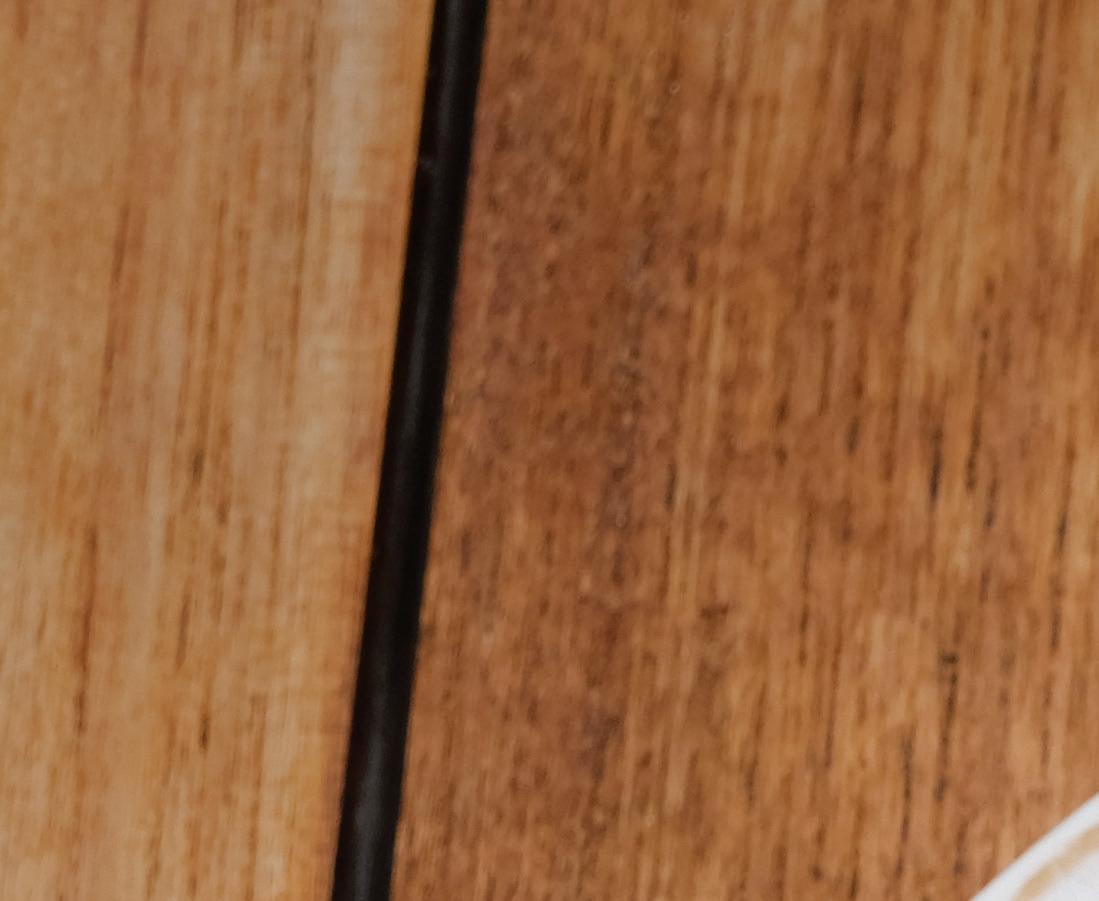


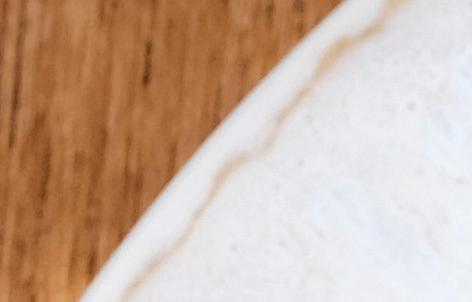

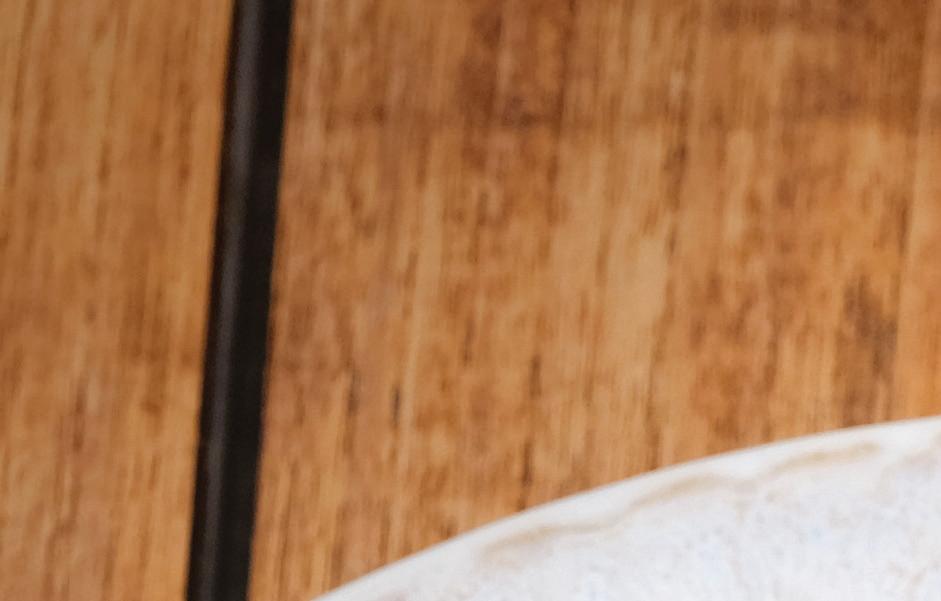
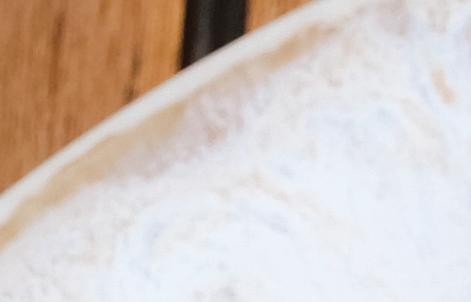







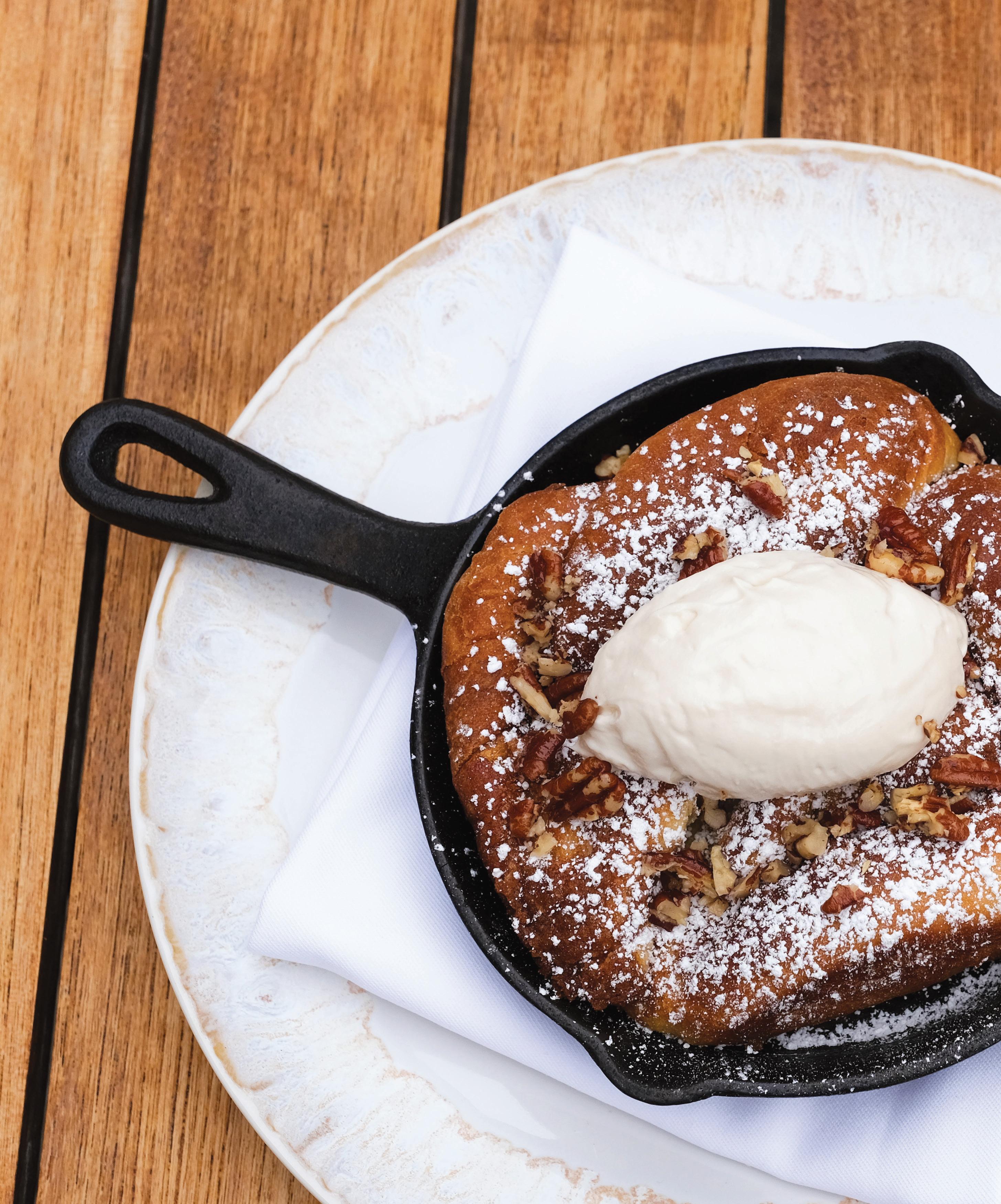

Sweet Potato Cinnamon Rolls
Barking Frog at Willows Lodge / WOODINVILLE
Lyle Kaku
MAKES 10-12 ROLLS
FOR THE ROLLS
• 1 cup roasted sweet potato, peeled, mashed and cooled
• ¾ cup warm water
• 3½ teaspoons active dry yeast
• ½ cup granulated sugar
• 3½ cups all-purpose flour (plus more for dusting hands and work surface)
• ½ teaspoon salt
• ¾ cup bu er, room temperature
• ¼ cup milk
• 1 large egg
FOR THE FILLING
• ½ cup bu er, melted
• ¾ cup brown sugar, packed
• ¼ cup granulated sugar
• 1 tablespoon ground cinnamon
FOR THE TOPPING
• 3 cups cream cheese, so ened
• 6 tablespoons maple syrup
• ¾ teaspoon salt
FOR THE ROLLS
Roast the sweet potatoes at 350 degrees until tender. Peel away the skin, mash until fairly smooth and cool.
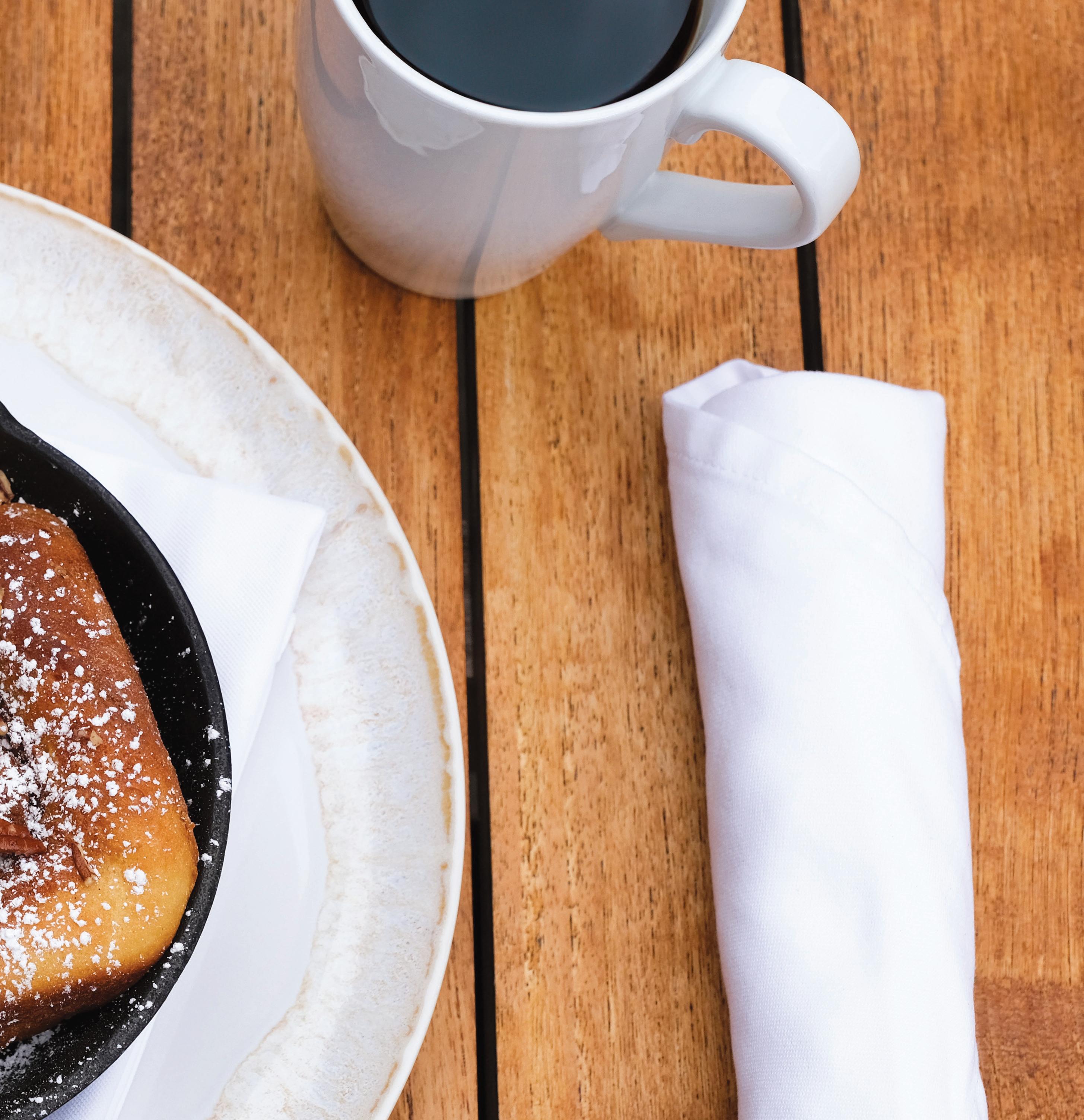
will scrape away from the edges of the bowl as it’s ready.
Spray or grease the inside of a separate large bowl, and transfer the dough ball to it. Wrap with plastic wrap or cover with a clean towel, and set it back in your warm kitchen spot. Allow the dough to rise until double in size, about one hour.
Once your dough is rising, it’s time to make the filling. Melt the bu er gently so it doesn’t burn. Combine both sugars and the cinnamon in a bowl, and pour the melted bu er over the top. Mix fully until it resembles wet sand. Place this in your warm spot until needed.

Combine cream cheese, maple syrup and salt in a stand mixer or medium bowl if using a hand mixer or whisk. Start slowly and increase your speed until cream cheese gets flu y and syrup is mixed in.
Cover and place in the fridge so it can set up. This will allow you to get a smooth dollop of the cream cheese. If you would rather spread the cream cheese over the top, pull it from the fridge about 30 minutes before frosting the rolls for it to so en back up.

Line the bo om of a 9-inch square or round baking pan with parchment paper, and grease the inside.
A er your dough has doubled in size, clean a workspace on your counter, and flour it to prevent sticking. Roll the dough out of the bowl onto the counter, and dust sparingly with flour. Using a rolling pin, roll the dough out into the best rectangle you can to about ¼-inch thickness.


While cooling, start your dough. Combine the water, yeast and sugar in a small bowl or container, and place it in a warm spot in your kitchen. Since your oven area will be warm, the surrounding counter space should be perfect. The mixture will begin to thicken and bubble slightly over the next 10 minutes or so. If the air or water is too cold, it may take longer for your yeast to wake up. If the water is too hot, it may kill your yeast, in which case you would need to start again. Measure flour into a stand mixer (or large bowl for hand kneading), and add the salt, cooled potato and so ened bu er. In another small bowl, mix the milk and egg together fully. Add the egg mixture and the yeast mixture to the large bowl, and mix until everything is incorporated together, being careful not to overmix. Overmixing will result in a starchy, gummy dough. The dough ball
Grab your filling that you set aside, and smear it across the entire top of the dough.
Starting at one of the short sides, roll up the dough into a spiral. Using a serrated knife or plain dental floss, cut the “log” into 9 pieces.
Gently place the rolls into the pan so the spirals face upward. Let the rolls rise again for another 30-45 minutes.
Bake the rolls at 325 degrees until the tops are golden, the filling is oozing and the rolls hold their shape, about 20-25 minutes. Allow to rest at least 10 minutes to finish cooking. Top the rolls with cream cheese, and serve.



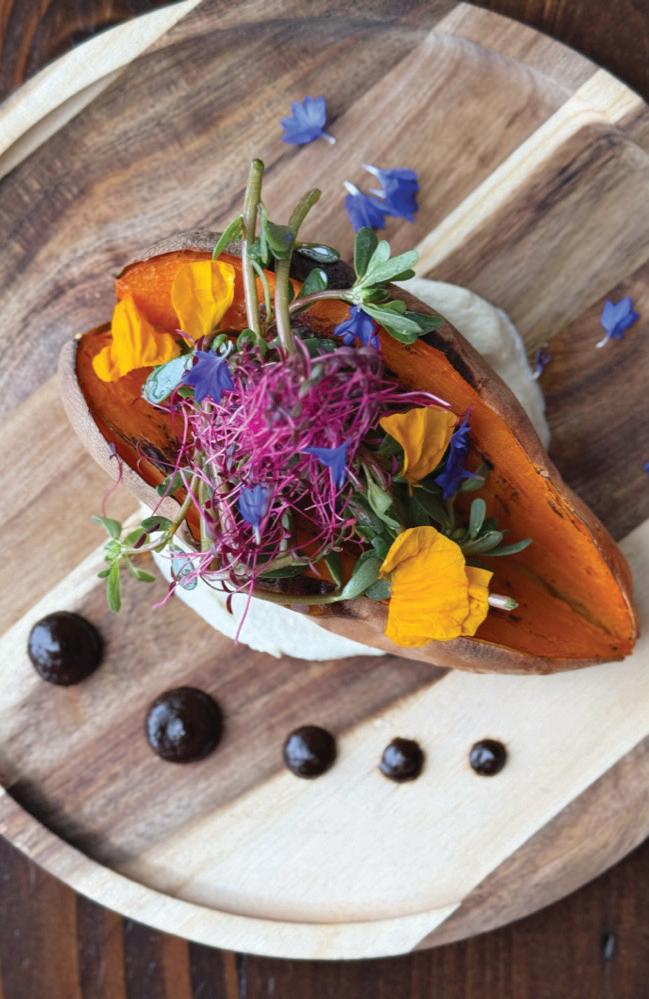
Japanese Sweet Potato
The Oystercatcher / COUPEVILLE
Ben Jones
SERVES 4-6
FOR THE SWEET POTATO
• 4 Japanese sweet potatoes, scrubbed clean
• 1 tablespoon extra-virgin olive oil
• Salt, to taste
FOR THE ALMOND HUMMUS
• 1 medium shallot
• 1 clove garlic, smashed
• 2 lemons, zested and juiced
• 3 limes, zested and juiced
• ½ cup apple cider vinegar
• 2 tablespoons water
• 2 tablespoons honey or agave
• 1 cup almond flour
• 1/4 cup olive oil
• 2 tablespoons salt
FOR THE BLACK GARLIC PURÉE
• ½ cup black garlic cloves, peeled
(Note: Find this item at a market, Whole Foods or other health food stores)
• 1/4 cup water
• 1 teaspoon apple cider vinegar
FOR GARNISH
• Purslane
• Olive oil
• Salt
• Lemon juice
• Amaranth
• Optional: Pomegranate seeds
FOR THE SWEET POTATO
Place cleaned sweet potatoes in a steamer, and steam for 30-45 minutes, or until tender. Remove from heat, and cut in half, leaving each potato connected in the middle.
Turn oven to broil setting, drizzle sweet potatoes with olive oil and place them on a sheet tray or baking dish with salt underneath. Cook until browned (about 8-12 minutes).
FOR THE ALMOND
In a blender, add shallot, garlic, lemon and lime juice, apple cider vinegar, water and honey. Blend until smooth.
Next, add ½ cup of the almond flour, and blend until smooth, slowly incorporating the rest of the almond flour. Once smooth, blend in olive oil and salt (adding more water if needed).
Put into a mixing bowl, and fold in the citrus zest.
Place all ingredients in blender, and blend until smooth.
Put hummus on the bottom of each plate, and place a sweet potato on top. Top the potatoes with black garlic purée, or drizzle it onto each plate.
In a separate bowl, mix purslane, olive oil, salt and a touch of lemon juice. Put the mixture on top of each sweet potato, and top with amaranth. (You can also add pomegranate seeds for an extra burst of flavor.)
Chef’s note: Purslane grows all around Whidbey Island and Washington and is often mistaken for a weed. With its nutty citrus crunch, it really helps balance the sweetness of the Japanese sweet potato and black garlic. The amaranth also adds an earthy tone to the dish to round it out.
Yam Enmoladas Poquitos / SEATTLE
Kelly Wilson
SERVES 6
FOR THE MOLE SPICE
• ½ teaspoon cocoa powder
• ½ teaspoon cinnamon, ground
• 1 teaspoon cumin seed, ground
• 1 teaspoon ancho chili, ground
• 1 teaspoon guajillo chili, ground
• ½ teaspoon black pepper, ground
• ½ teaspoon thyme, dried/ground
• 1 teaspoon anise seed, ground
FOR THE ROASTED YAMS
• 3 pounds yams or sweet potatoes, washed and roughly diced into ½-inch cubes
• 2 tablespoons olive oil
• ½ teaspoon kosher salt
• 2 tablespoons mole spice (see recipe), or chili powder
FOR THE MOLE NEGRO
• ½ cup white onion, diced
• 2 tablespoons olive oil
• 1 cup mole negro paste
• 4 cups stock (chicken or vegetable, preferably low sodium)
FOR THE PICKLED RED ONIONS
• 3 cups white distilled or apple cider vinegar
• 1 cup water
• 2 cups white sugar
• 1 teaspoon cinnamon, ground
• 1 star anise, whole
• 1/4 cup hibiscus flowers, dried
• 2 red onions, peeled and cut into 1/4-inch strips
FOR THE YAM ENMOLADAS
• 12-16 6-inch corn tortillas
• 1 cup canola oil
• 3 pounds roasted yams (see recipe)
• 4 cups mole (see recipe)
• 2 tablespoons sesame seeds, toasted
• 1/4 cup pickled red onions, drained (see recipe)
• 1/4 cup queso fresco, crumbled on top, or crema
FOR THE MOLE SPICE Thoroughly combine the spices, and set aside for use with the roasted yams.

Set oven to 450 degrees, and place sheet tray lined with parchment inside to preheat.
Toss diced yams in a bowl with olive oil and salt to thoroughly coat.
Carefully add the yams to the hot sheet tray, and roast in the oven for 15 minutes. Once the yams are fork-tender, use a spatula to gently stir the yams and evenly sprinkle the mole spice to season them. Return the pan to the oven for an additional 2 minutes to toast the spices. Remove from the oven and set aside
In a medium saucepan over high heat, cook the diced onions for several minutes until translucent.
Reduce the heat to medium, and add the mole paste, breaking up while stirring into the onions. Carefully stir to prevent sticking or burning while melting down the paste for 2 minutes.
Add the stock to the pan. Allow the mole to cook for 10 minutes at a gentle simmer while whisking to break up any remaining lumps of paste.
Remove pan from heat, and adjust mole to taste with additional salt, sugar or spice to your liking.
Combine vinegar, water, sugar, spices and hibiscus in a medium pot. Bring pot to a boil, and then remove from heat.
In a large bowl, break up the layers of the onions to prevent uneven pieces. Carefully pour the pickling liquid over the onions, using a fine mesh strainer or colander to catch and remove the star anise and hibiscus.
Allow onions to cool in liquid, and store in refrigerator until needed.
Preheat oven to 350 degrees.
In a large sauté pan, heat the canola oil for 5 minutes over high heat. Carefully fry the tortillas individually on both sides for about 30 seconds, stacking onto a paper towel-lined pan or cutting board. (This technique will help the tortillas become more pliable and allow them to better hold up to the mole without becoming soggy.)
Using a clean work surface or cutting board, fill the tortillas with ¼ cup of roasted yams, rolling to close and arranging into a baking dish with the side where the ends meet on the bottom. Continue to fill and roll the tortillas, placing them tightly next to each other to keep closed.
Carefully ladle mole on top of the rolled tortillas, ensuring even distribution.
Place baking dish into the oven, and bake for 15 minutes.
To finish, sprinkle with toasted sesame seeds, pickled red onions, queso fresco or crema. Serve with salad, rice and beans to complete the meal.
How one architect reinvented the standard suburban house, starting with his own in Kenmore
written by Melissa Dalton photography by Kyle Johnson
IN NEAL BARBER’S neighborhood in Kenmore, a plethora of modest ranch-style homes sit with the occasional ’70s-era split level and ’80s infill. Everything is sprinkled along “chains of cul-de-sacs,” said Barber, because “Kenmore is a prototypical suburb.”
Some people might think that’s a bad thing, but not Barber, an architect with his own firm called Studio Nocturne, or his wife, Inga Keller, who works at a construction company.
Both grew up in the suburbs—he in Edmonds and she in Santa Barbara, California. When it came time to remodel their house in Kenmore, they “didn’t want it to be the new thing in the neighborhood that stands out, that screams, ‘Look at me,’” said Barber. Instead, they wanted “to use typical suburban forms and materials” to “blend into the suburban context.”
They asked: “How do we compose the familiar, yet overlooked, into something new?”
Once known for its restaurants, roadhouses and dance halls along Bothell Highway, then as a lakeside destination thanks to its location on Lake Washington, Kenmore became a bedroom community in the 1950s, filled with postwar housing for those commuting back and forth to Seattle, 14 miles south. The couple’s existing ranch-style house was built in 1959, and everything about it was practical for the time: single level, garage forward, with an economical, L-shaped floorplan. “It was a really good example of that era of home,” said Barber. “I don’t think it was particularly precious when it was built. It was meant to be standard, cost-effective housing.”
Fast-forward to 2021, after the couple married, and they wanted to grow their family, so the 1,600-square-foot home needed to expand with the family. They sought an office for Barber’s practice, a primary suite and a bigger kitchen to accommodate Keller’s love of cooking and baking, particularly enough counter space to roll out dough or spread out larger projects. They planned for an addition, which eventually led to a rebuild after discovering leaks and a compromised roof.



For inspiration in the redesign, Barber looked to the photography of Robert Adams, Lewis Baltz and the New Topographics. In 1976, eight young photographers came together for an exhibit titled New Topographics: Photographs of a Man-Altered Landscape, and the result was hailed as a new take on American landscape photography, one described as recasting the “mundane structures of post-war America.” “They started photographing tract homes and big-box stores, and through their photography, they were reframing how one views the suburbs,” said Barber. “Oftentimes, people associate the suburbs with being banal. Their photography does a really great job of showing that, if you give something proper attention, you can find it interesting, even beautiful.”
Barber decided to keep the foundation to save money and reduce waste, but reorganized the room distribution on the main level, and added a second story with a primary suite and his office space. This preserved one of the family’s favorite parts of the house: the large backyard afforded by the corner lot, where they spend most of their time in the summer, drawing chalk pictures on the patio for their daughter, throwing Frisbees to the dogs or grilling.
On the exterior, the refresh plays with materials and form, juxtaposing the home’s long, linear wings, emphasized by horizontal Hardie plank siding, with a gabled second story, covered in traditional cedar shingles for contrast. At the back facade, hidden from the sidewalk so as to maintain the house’s low-key street presence, a surprise cantilevered glass pop-out shakes up the composition.
There, the floor-to-ceiling window acts as a “light well” into the house, capturing the changing sunlight and shadows throughout the day, and filtering it through the wood slats surrounding the staircase on the main floor. That play of light is now the focus amid the predominantly neutral interiors of red oak flooring and white walls. Such is how a redesign inspired by photography now conveys a daily appreciation for natural light.
The floor-to-ceiling window acts as a “light well” into the house, capturing the changing sunlight and shadows throughout the day, and filtering it through the wood slats surrounding the staircase on the main floor.
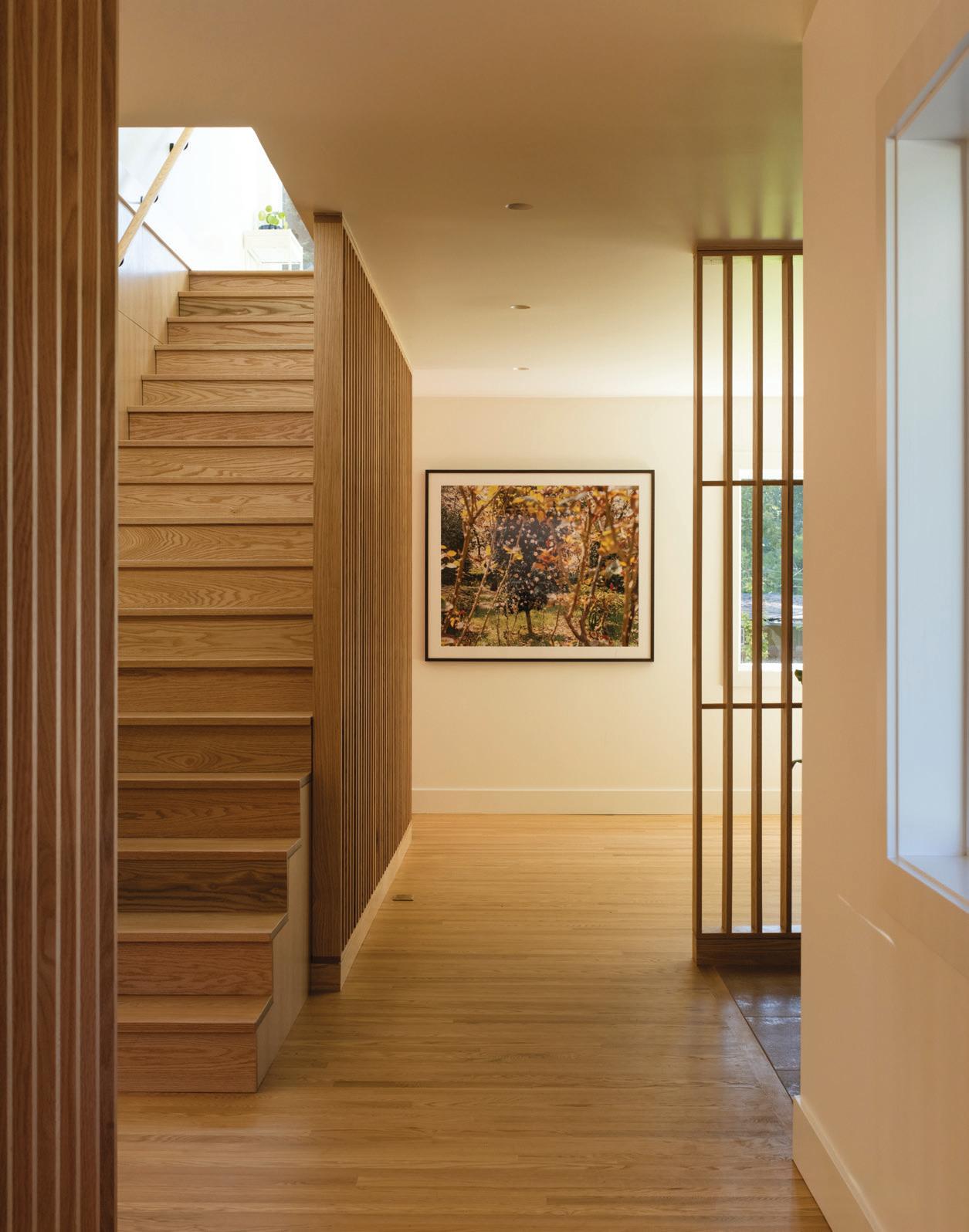
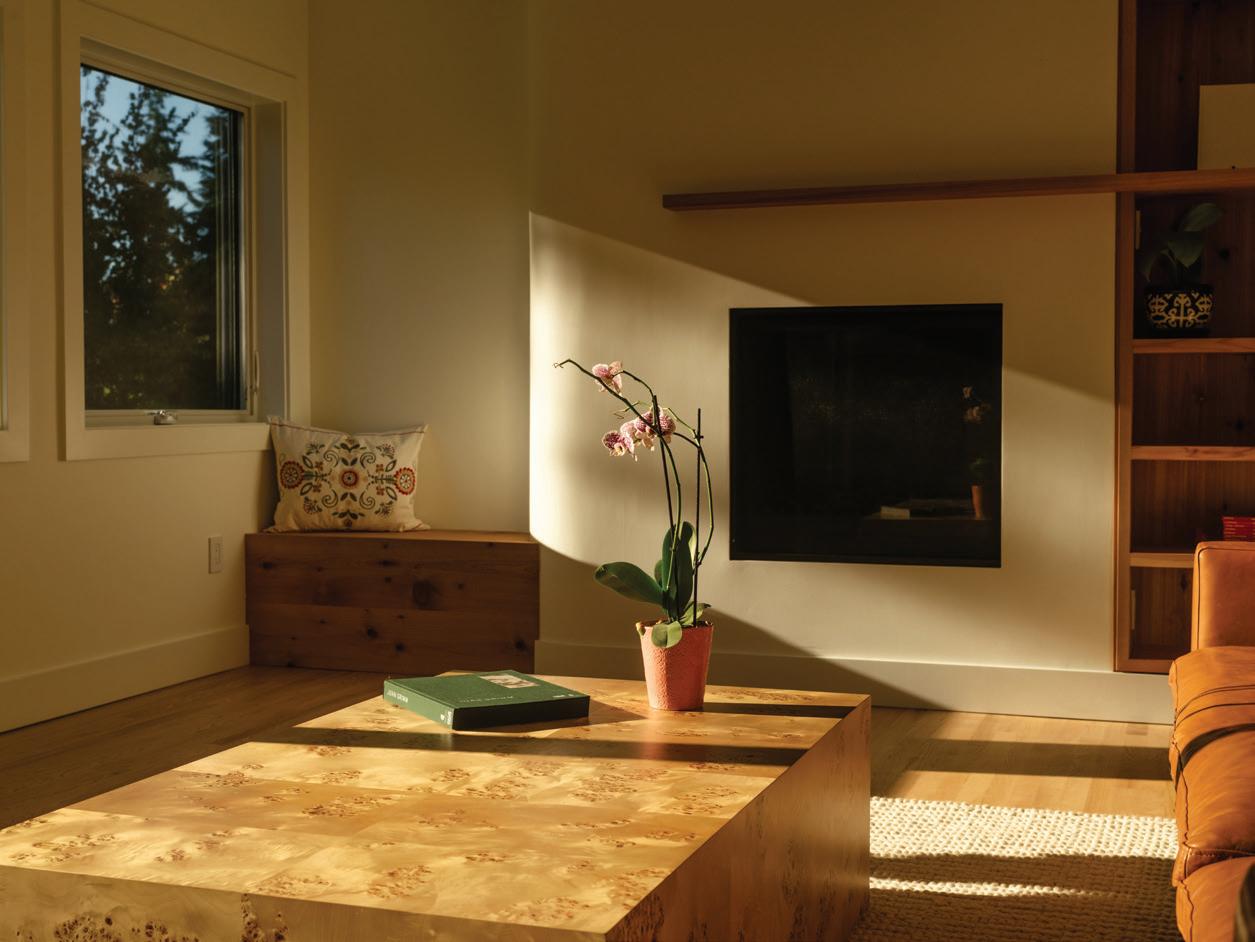

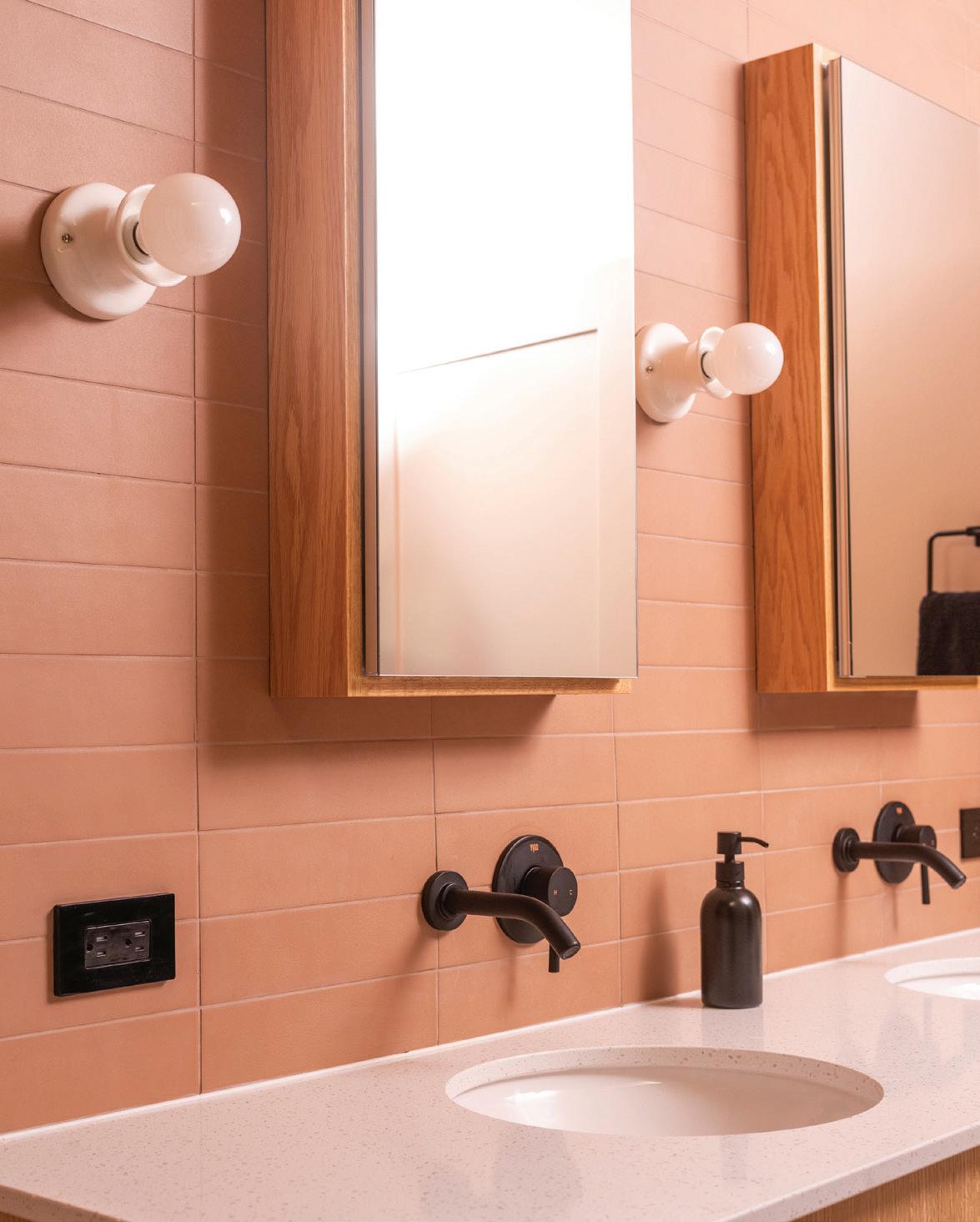


On the other side of the staircase, the kitchen has been expanded, outfitted with custom red oak cabinets, a durable quartz for the counters and backsplash, and a 13-foot-long island for Keller’s extensive cooking and baking endeavors. Glass doors connect the room to the backyard, and the dining room sits adjacent, making for easy entertaining year-round. The couple brought in select color via terra-cotta floor tiles in the kitchen, blush-colored bathrooms and an accent wall with floral wallpaper in the dining room.
While summers will see the family playing outside in the yard, and the spacious kitchen is a favorite spot for Keller, Barber often finds himself gravitating to the seating area at the top of the stairs in the glass pop-out. “The big window is really pleasant,” said Barber. “Plus, adding this big viewpoint up top really changed the vantage point on the neighborhood.”
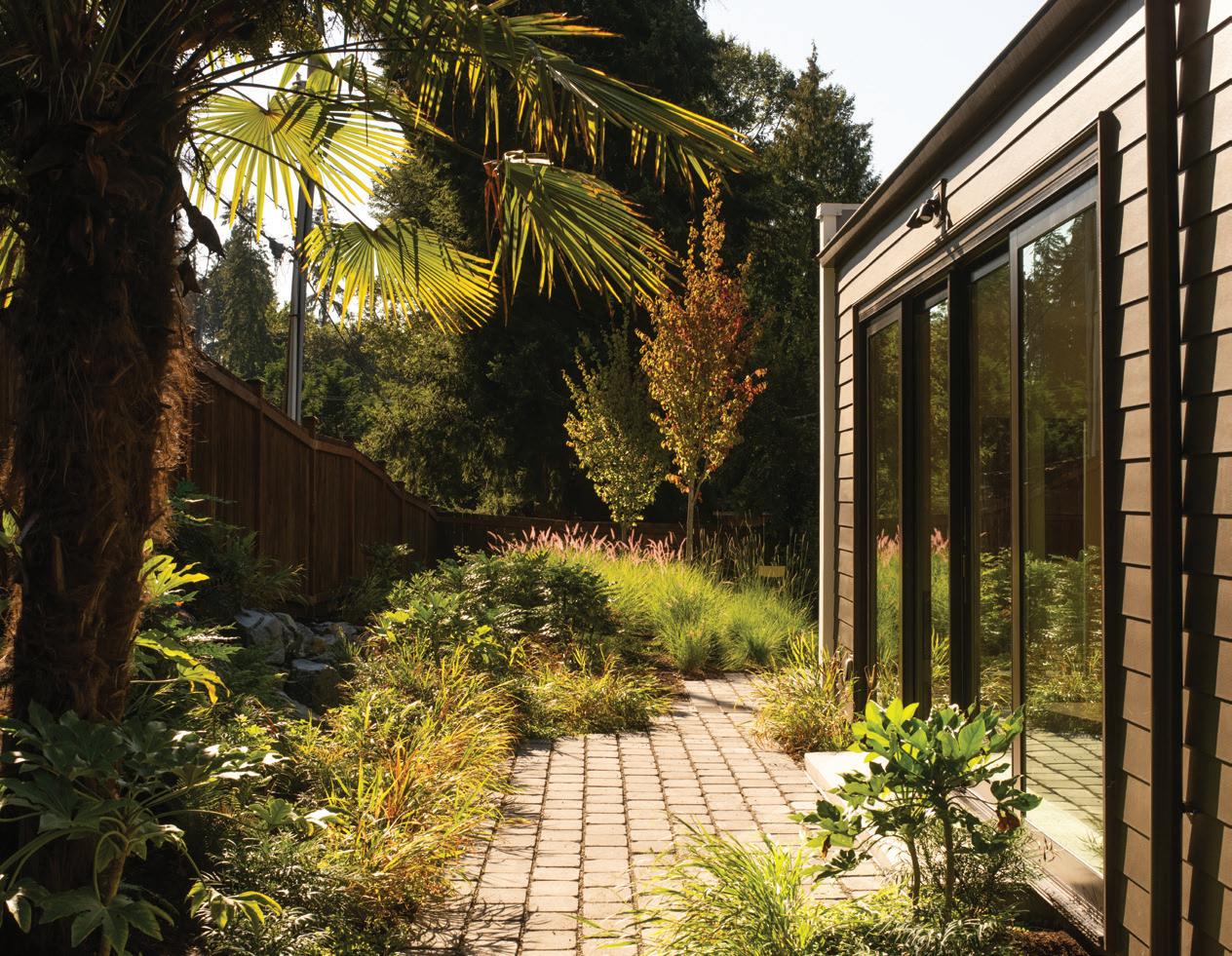
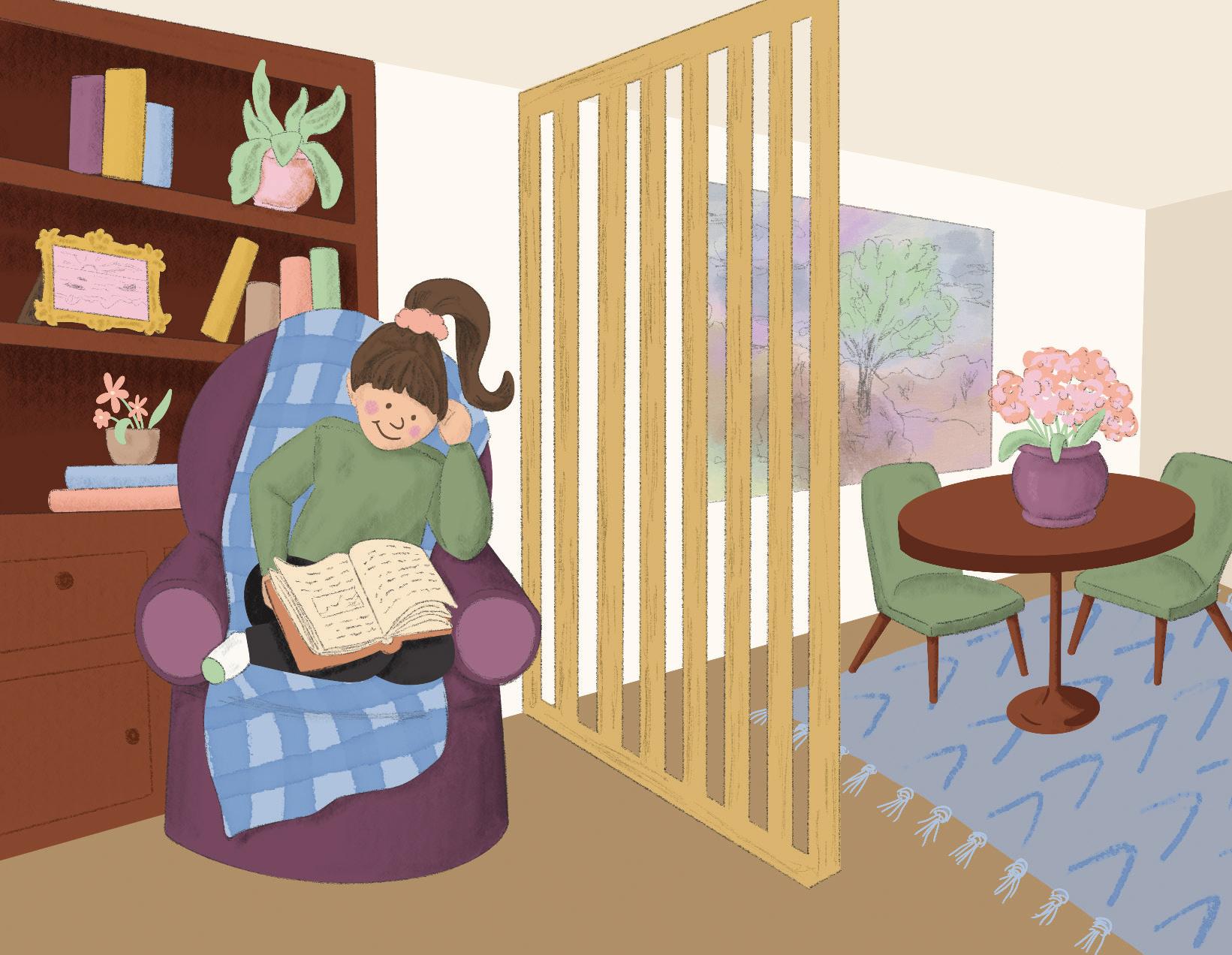
illustration by Amy Wike
USE A WOOD SLAT room divider to screen a reading nook or office, define the entry or layer a too-large living room. The wood slats separate space but allow light and views to pass through. Plus, it’s a surprisingly simple weekend DIY project, but with a big impact.
Take the height and width measurements for the room divider.
The project requires several vertical 2x4s for the “screen” (depending on how wide it is) and two 2x4 boards for the “frame” (that being the horizontal supports at the ceiling and floor).
For explanation purposes, we will use a size of 8 feet tall by 6 feet wide as an example. The vertical boards will be placed about every 6 inches, or equidistant from one
another. This design could be tweaked to your taste, using di erent boards, spacing or finishes.
Note: This method depends on finished dimensions—make sure it will fit through a door if being transported a er construction!
Cut the wood to size: To ascertain the correct height of the vertical slats, take the full-height measure-
ment of the wall, and subtract the thickness of the top and bo om frame piece, plus some extra allowance to maneuver the slats into place. So, if our full-height wall is 8 feet, or 96 inches tall, subtract 3 inches for the top and bo om 2x4s, as well as a ⅛-inch allowance. The final height for each vertical slat in this example would be 92⅞ inches.
The floor and ceiling supports will be cut to 6 feet. Mark a line with a pencil at every 6 inches on each board.
Construct the frame: Lay the 6-foot bo om frame piece on edge, line up the first slat so that it is flush with the end, and a ach using 2-inch screws through the bo om, making sure to predrill any holes first. Continue with all of the slats, and then finish with the top board, always making sure the vertical boards line up with the pencil marks and frame edges.
Finish: Fill any holes, sand the wood and finish to the desired look, using paint or stain.
Install: Slide the wall into place, and a ach it to the floor and ceiling using the appropriate hardware for your wall and floor construction.
Note: This method allows each vertical slat to be cut to size, which is ideal for older homes that aren’t square.
Construct the frame: Start by building the outer edges of the frame, beginning with the floor board, then the wall board (attached to studs preferably), then the ceiling board, and outer edge board. Cut the vertical slats to size, and a ach using pocket screws at top and bo om.
Finish: Fill any holes, sand and finish to the desired look, using paint or stain.
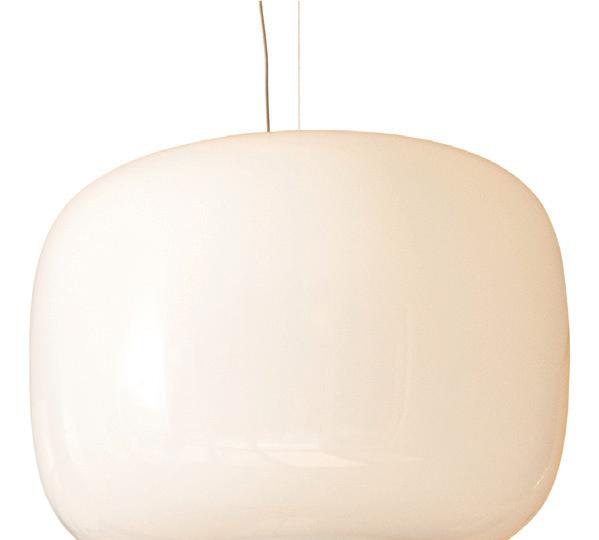

e Chouchin collection from Foscarini, an Italian lighting design company, is a contemporary take on classic Japanese paper and bamboo lanterns. Only the suspended globes are given a traditional Italian twist thanks to the use of colored blown glass.
www.foscarini.com/en
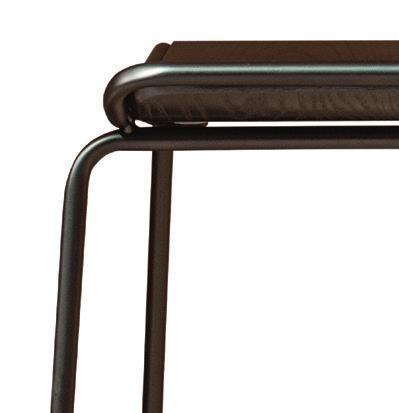
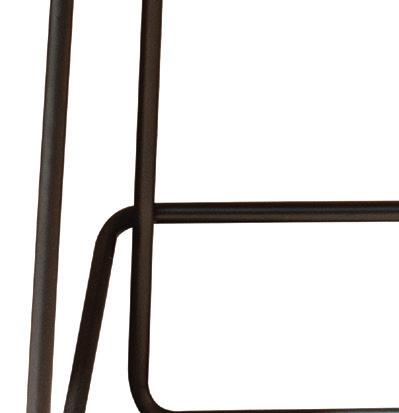

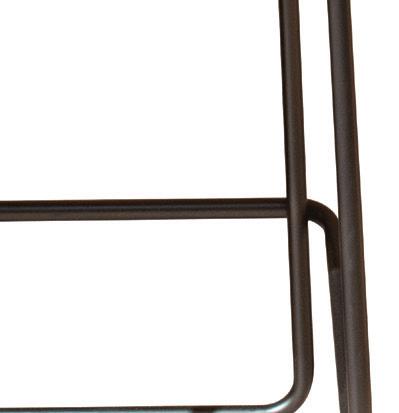


Pull up to an afternoon snack at the kitchen island with the Ready Stacking Stool from Blu Dot. e powder-coated steel legs and plywood seat combine for a low-profile, sleek silhouette—no visual clutter here—while the four available colors, from grey-green to navy, are perfect neutral shades.
www.bludot.com
e Hollyhocks Wallpaper from House of Hackney is a riot of color and florals that looks like an old-fashioned painting. Yet the paper itself has modern ecocred, being FSC-certified, printed with water-based inks, PVC-free and madeto-order so as to reduce waste.
www.us.houseofhackney.com
When the living room needs just the right lounge chair to make the corner look cooler, check out the wares at the Seattle-based workshop Madsen Modern. It’s run by two brothers who “obsessively search through mountains of old stuff ” to find and restore seriously stylish Danish Modern and Mid-century Modern pieces, from teak tables to vintage recliners. Available on Etsy.
www.madsenmodern.etsy.com





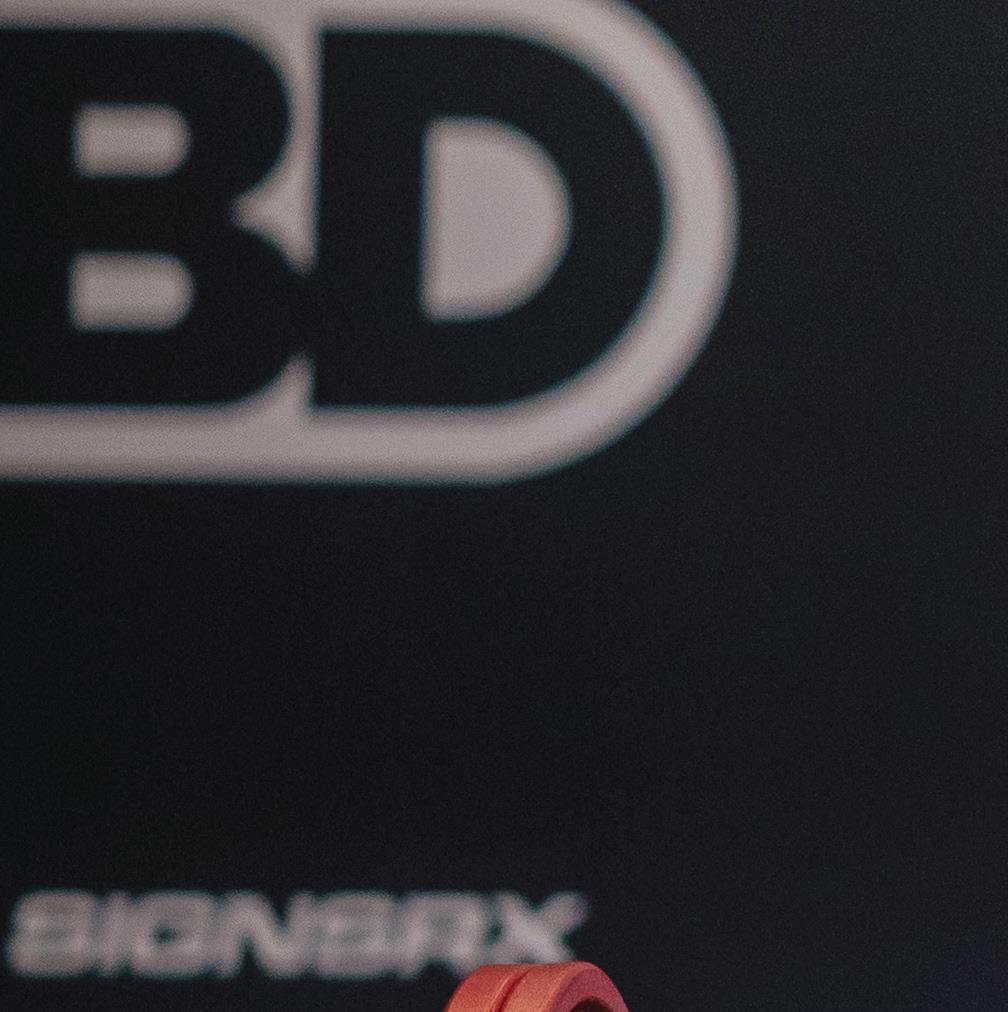

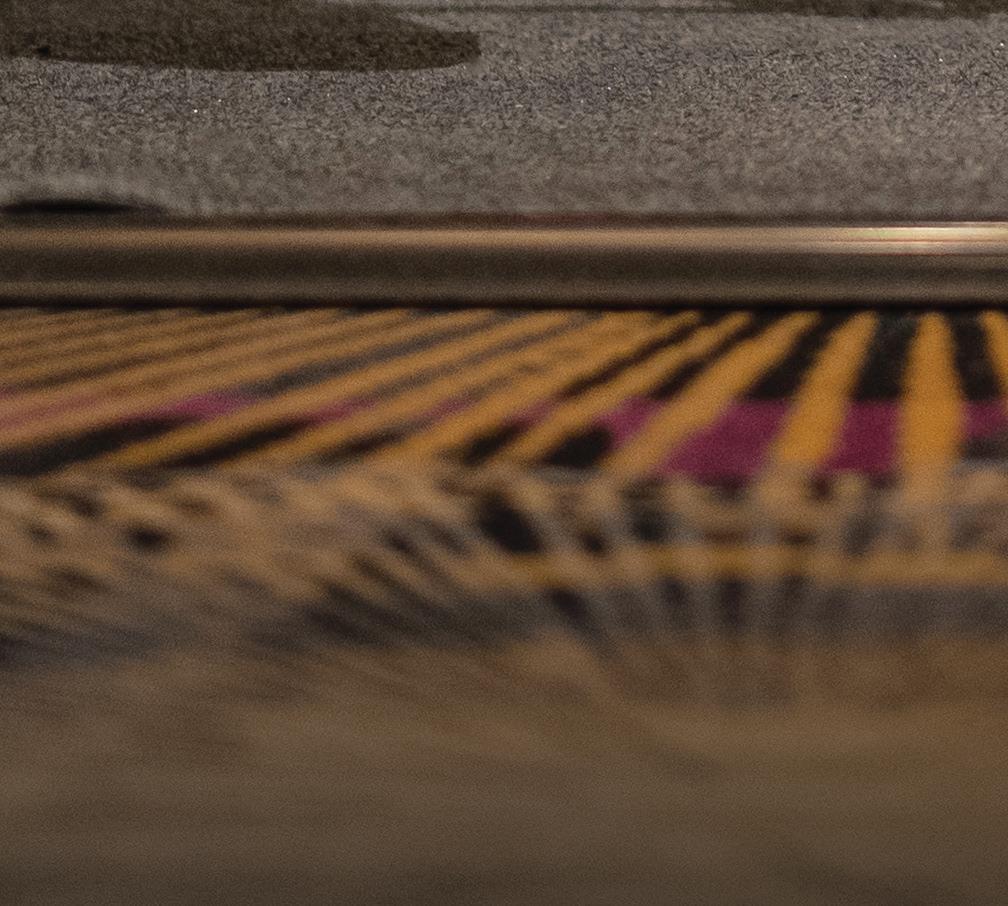

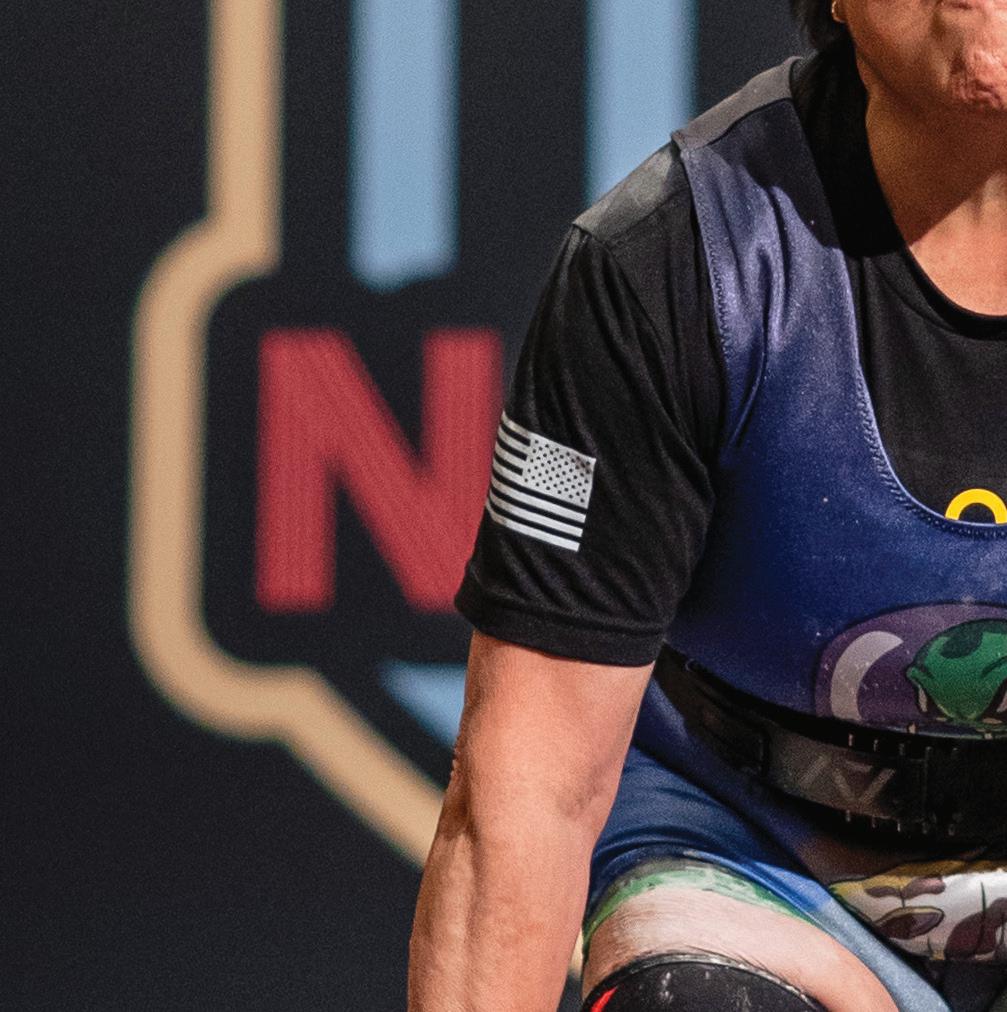
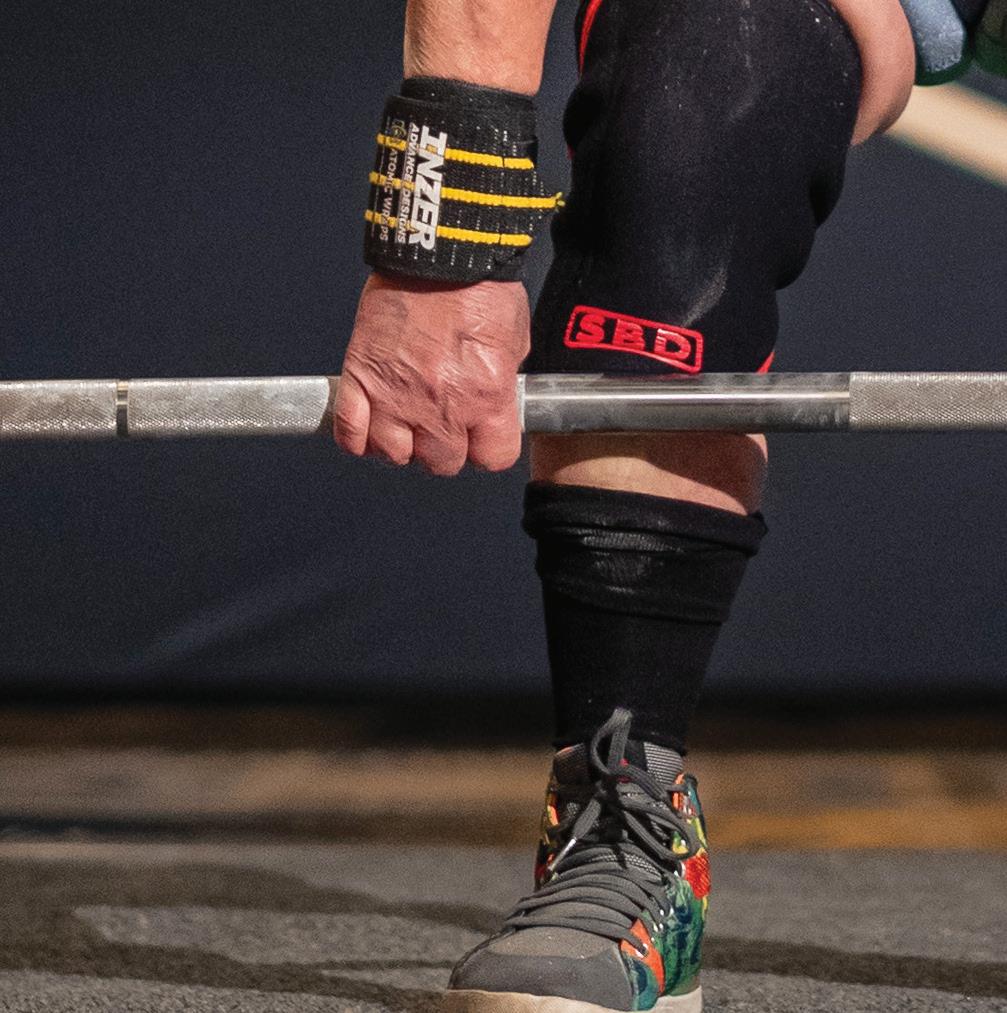



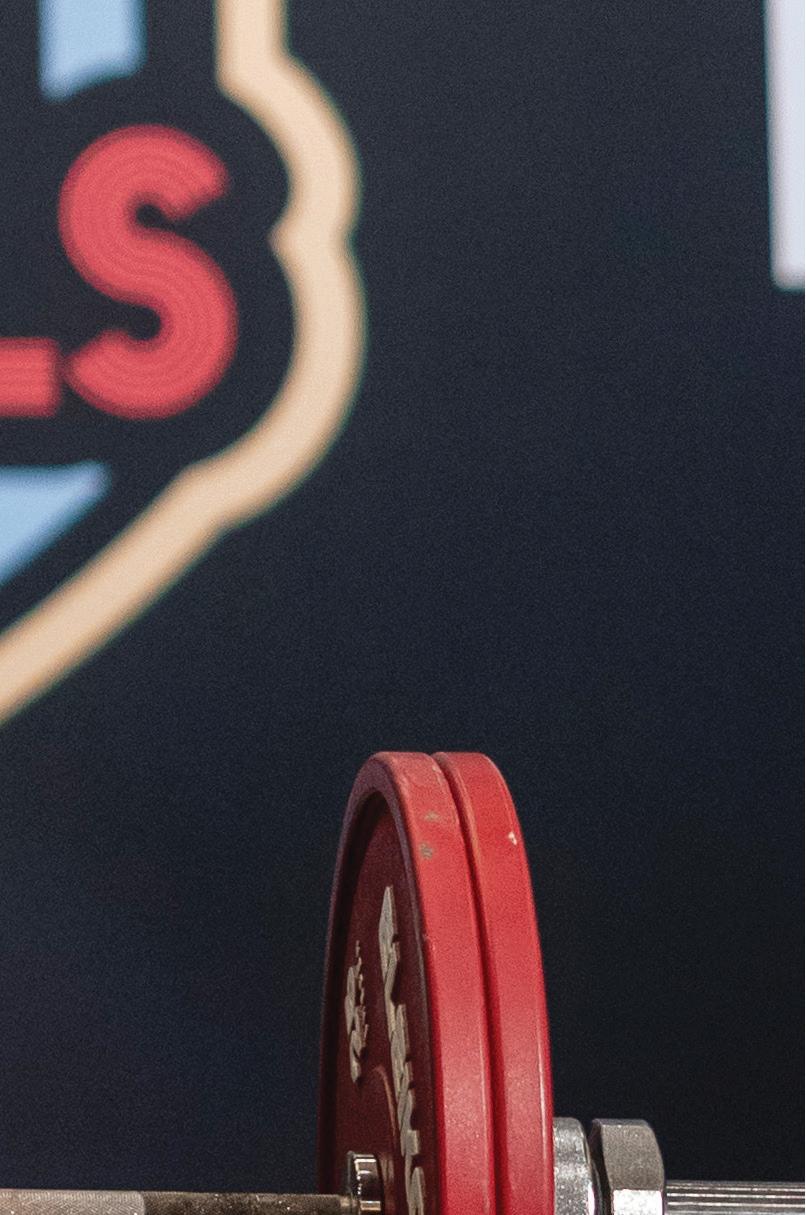
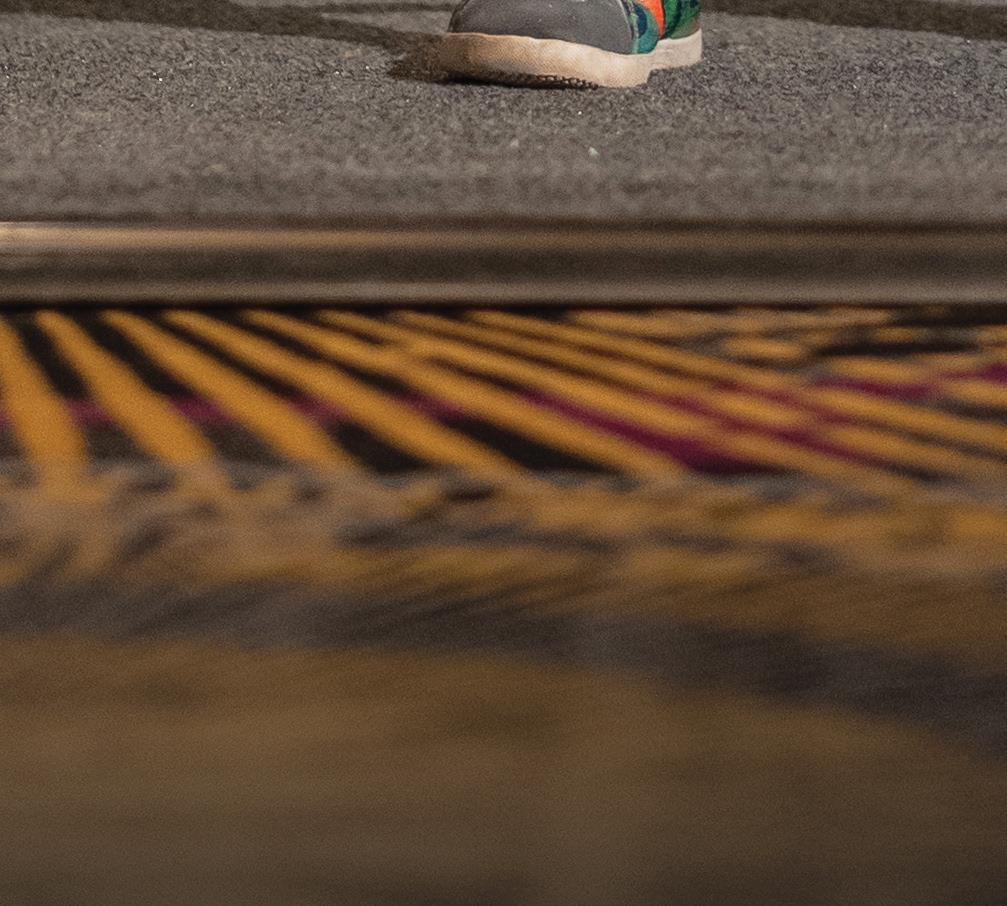
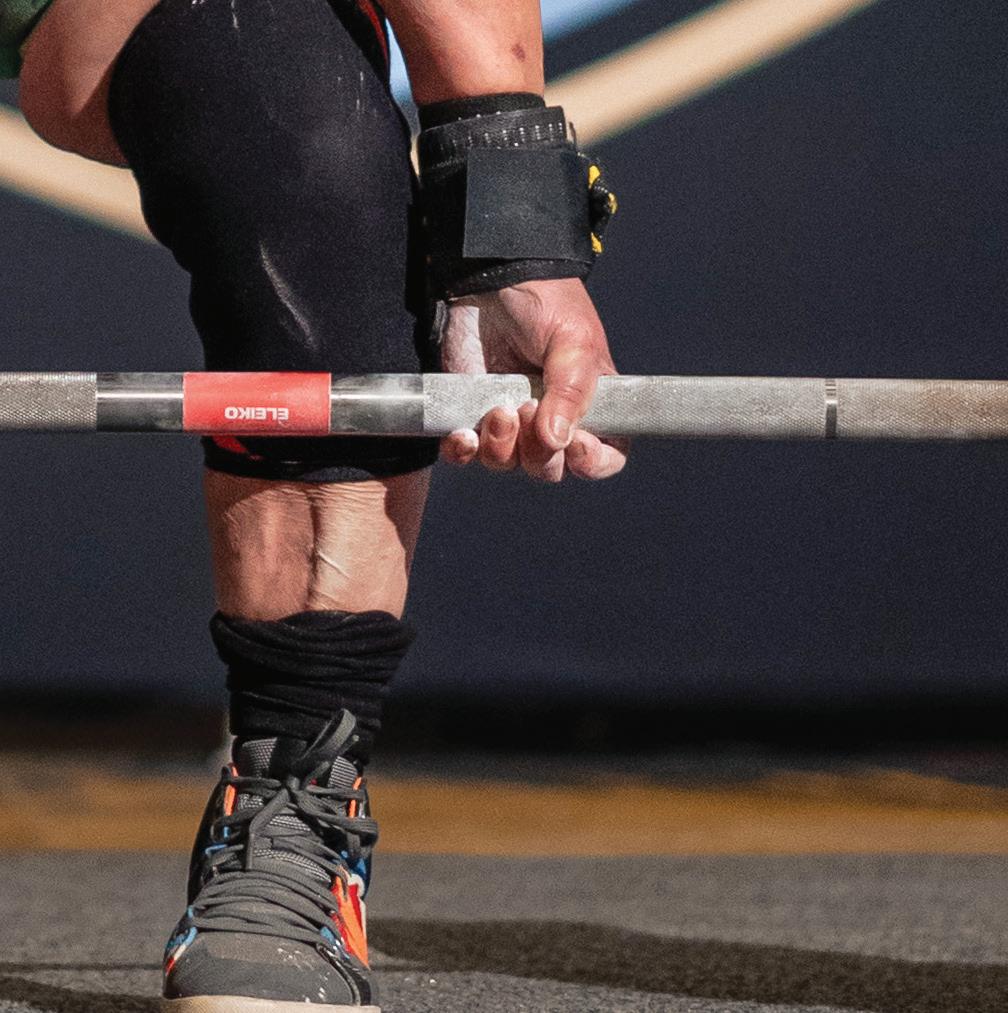
written by Lauren Kramer

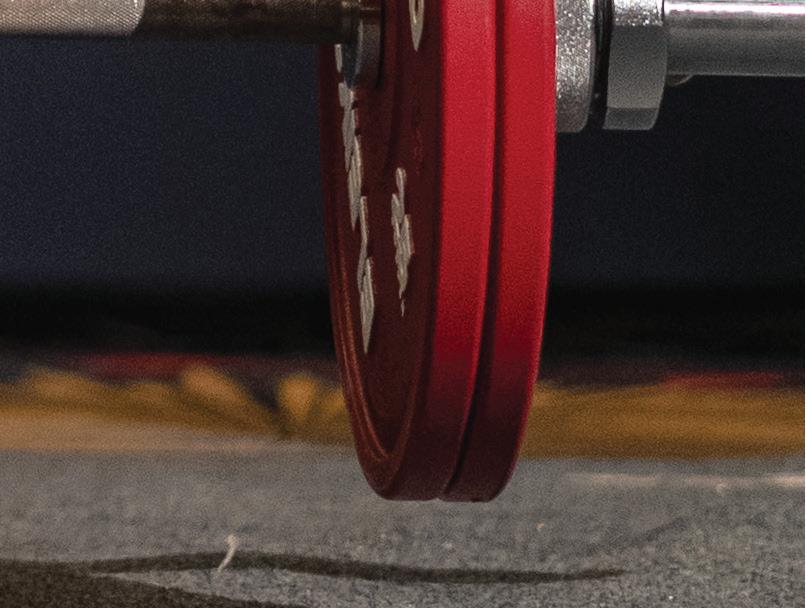
Alma Kimura powers through life with life-changing powerli ing

YOU DON’T want to pick a fight with Sea le lawyer Alma Kimura. The 71-year-old is considered one of the strongest women in the world, able to squat with a weight of 237 pounds and deadli 286 pounds. Last year she headed to South Africa for the International Powerli ing Federation’s Masters Powerli ing Championships, where she competed against other world-class female powerli ers between ages 70-79. It was her sixth world powerli ing competition, and she came home with another medal to supplement the four others she’s won over the past ten years.



“I thought my success in life would come from my profession and my brain, but apparently I’m better with my body,” said Kimura, who stands 4 feet 8 inches tall and weighs 137 pounds. Born in Hawaii, Kimura began powerlifting in 2013 at the encouragement of her friends and colleagues. One of them, Bebe Burns, introduced Kimura to her current trainer, Todd Christensen.
Within two years, Kimura was a world champion. In fall 2015, she won gold medals and set American records in the squat (253 pounds), deadlift (319 pounds) and total (694 pounds) for her age and weight category. e wins came as a complete surprise.
“I had no idea that the amount of weight I could lift was more than other women who were my age,” she confessed. “I never expected to compete in the sport, let alone compete at an international level. While I’ve competed in sports all my life, I was never a champion. With powerlifting I guess I have the right combination of genetics and determination to compete and win, and once I realized I was pretty good, I got more serious about training.”
Kimura attributes her success to her superb training, describing Christensen as “the best powerlifting coach in the country, if not the world. Todd knows precisely how much weight you should lift in a training cycle to maximize your potential, and he encourages lifters to
make subtle changes in technique to get just the right form and to lift increasingly more weight.”
“He’s still training my friend Bebe Burns, now 83, and there’s another guy in our gym who just turned 80 and has the highest numbers for weight lifting of any man his age.”
Kimura’s powerlifting has improved her overall health, significantly reducing the high blood pressure and high cholesterol that previously plagued her. It keeps the arthritis in her knees, hips and back in check, and she is hopeful that powerlifting will stave off the mental decline that often accompanies aging. “I’m hoping all this will keep me going for another ten-to-twenty years,” she said.
But it’s also been a social game changer, allowing her to develop friendships with younger men and women at the gym, who often ask for her input and advice. During her spouse’s illness in 2024 and eventual passing in 2025, the encouragement and camaraderie she experienced at the gym were especially important.
“I was my spouse’s primary caregiver, and going to the gym gave me a break, relieved my stress and surrounded me with support and unity,” she recalled. “Powerlifting provides a release for your stress and worries, and it allows you to focus on your strength. I don’t know that I could have made it through this loss as well as I have without it.”



Born: Hawaii Lives: Seattle Age: 71
“I go into the gym three times a week pretty religiously, and I am usually there for three hours each time.”
“I eat more protein and try to cut down on carbs and alcohol. In the weeks before a meet, I’m careful about limiting salt or fatty foods so that I will be able to make weight for the competitions.”
“My friend Bebe Burns is a competitive powerlifter, and she inspired me to get started with powerlifting. She said, ‘Alma, you have the perfect body for this sport!’ The fact that she was doing it at age 70 when I got started was remarkable to me.”


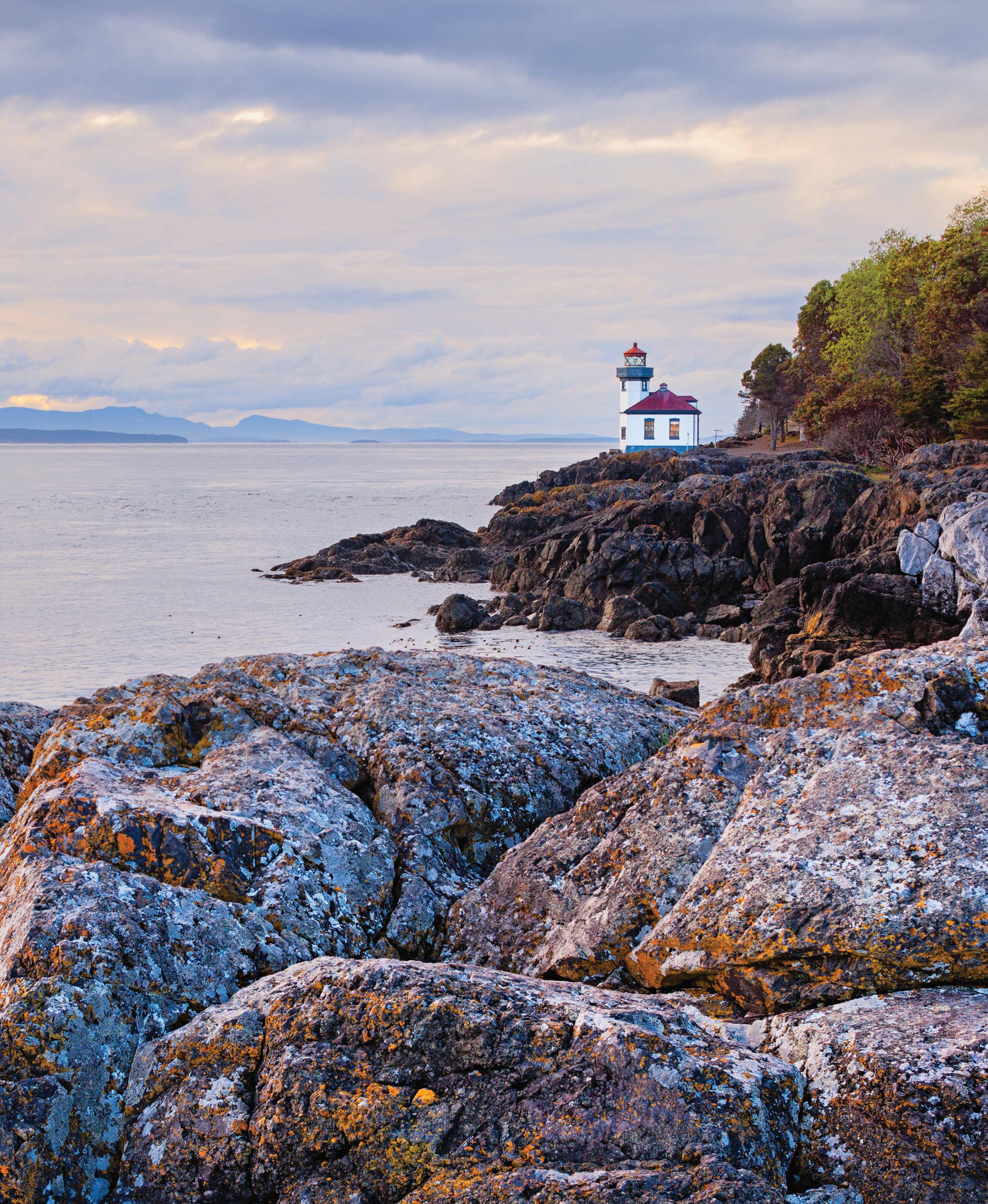






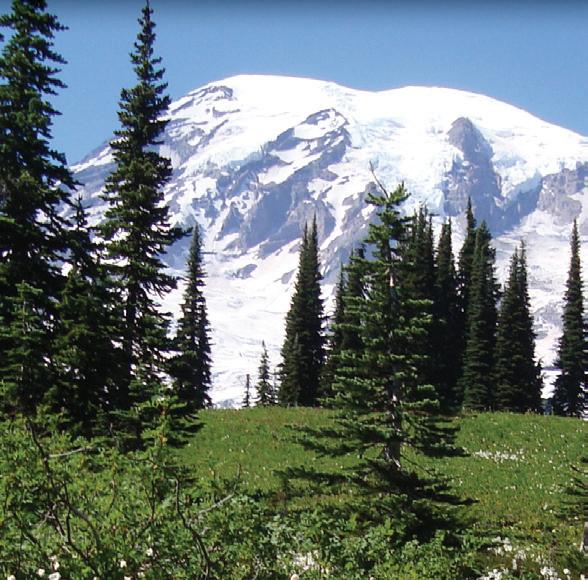












Mount Rainier National Park is a place of transformation, where snowmelt fuels powerful waterfalls, and hiking trails reveal their vibrant beauty. Discover iconic cascades like the 72-foot-high Myrtle Falls, the Narada Falls, and the Christine Falls, with their rushing waters framed by lush greenery and dramatic rock formations. Each trail offers a chance to get close to the action, with the sound of waterfalls creating a backdrop for an unforgettable adventure. As you hike, look for blooming avalanche lilies along the trails, their bright white petals adding to the breathtaking scenery. The trails are alive with fresh air, stunning views, and the promise of discovery around every corner. Whether you’re chasing waterfalls or enjoying a peaceful walk, join us for an adventure that will leave you inspired and connected to the beauty of Mount Rainier.





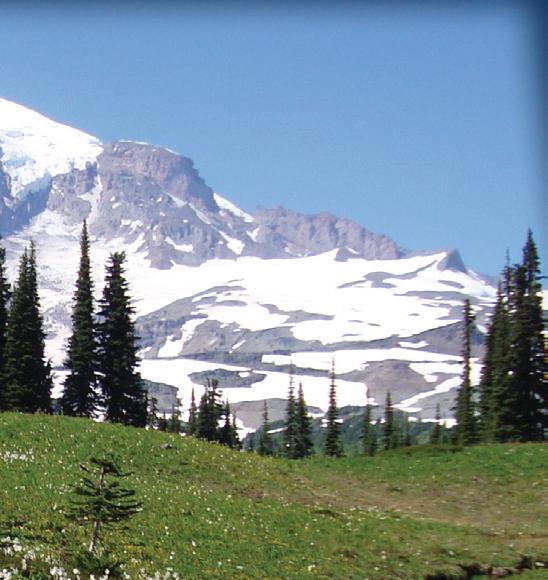











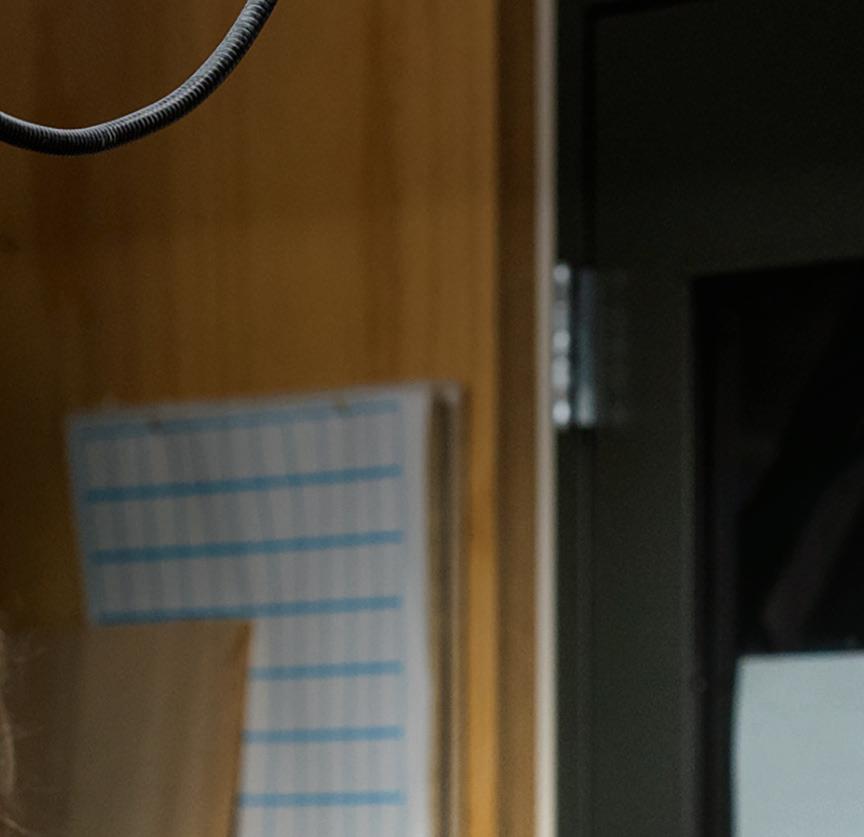
written by Joni Kabana
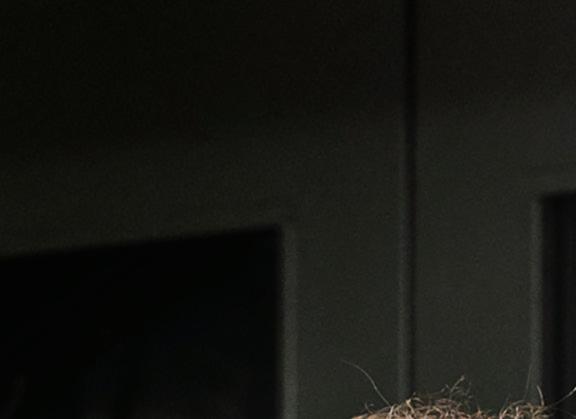










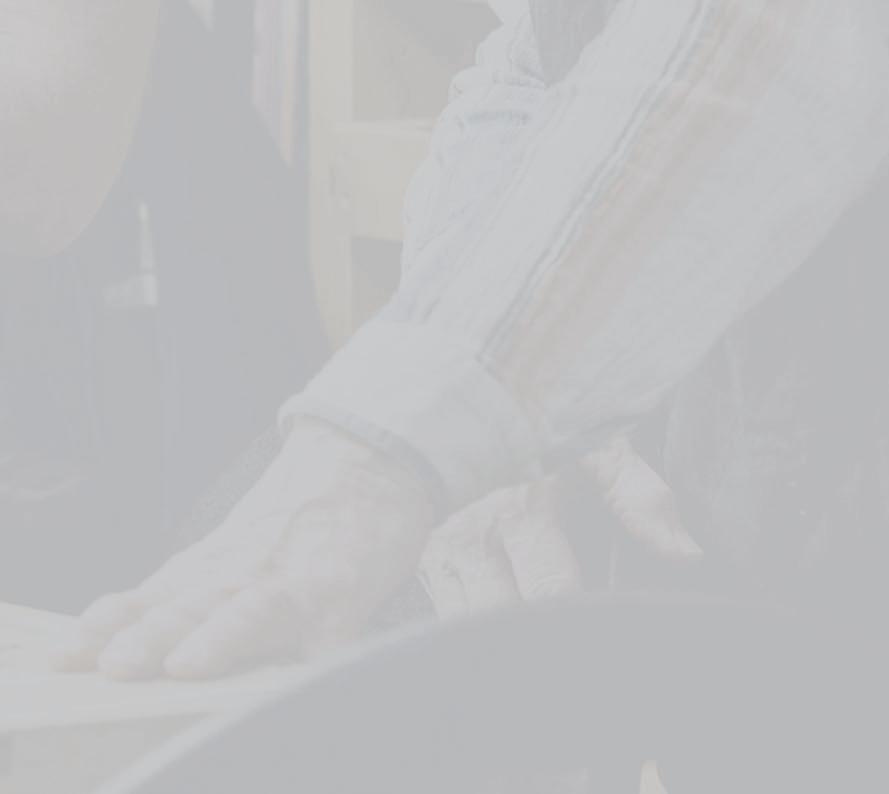
Have you ever wondered what it feels like to truly love your job, to the point of feeling completely immersed in and personally inspired by it? A er working for years in corporate law, Grae Drake took a leap of faith and jumped into something he could “pour all of himself into” because he loved it so much. Drake is the executive director of Bainbridge Artisan Resource Network (BARN), an organization whose mission is to “grow and inspire a creative community through cra , learning and service.”
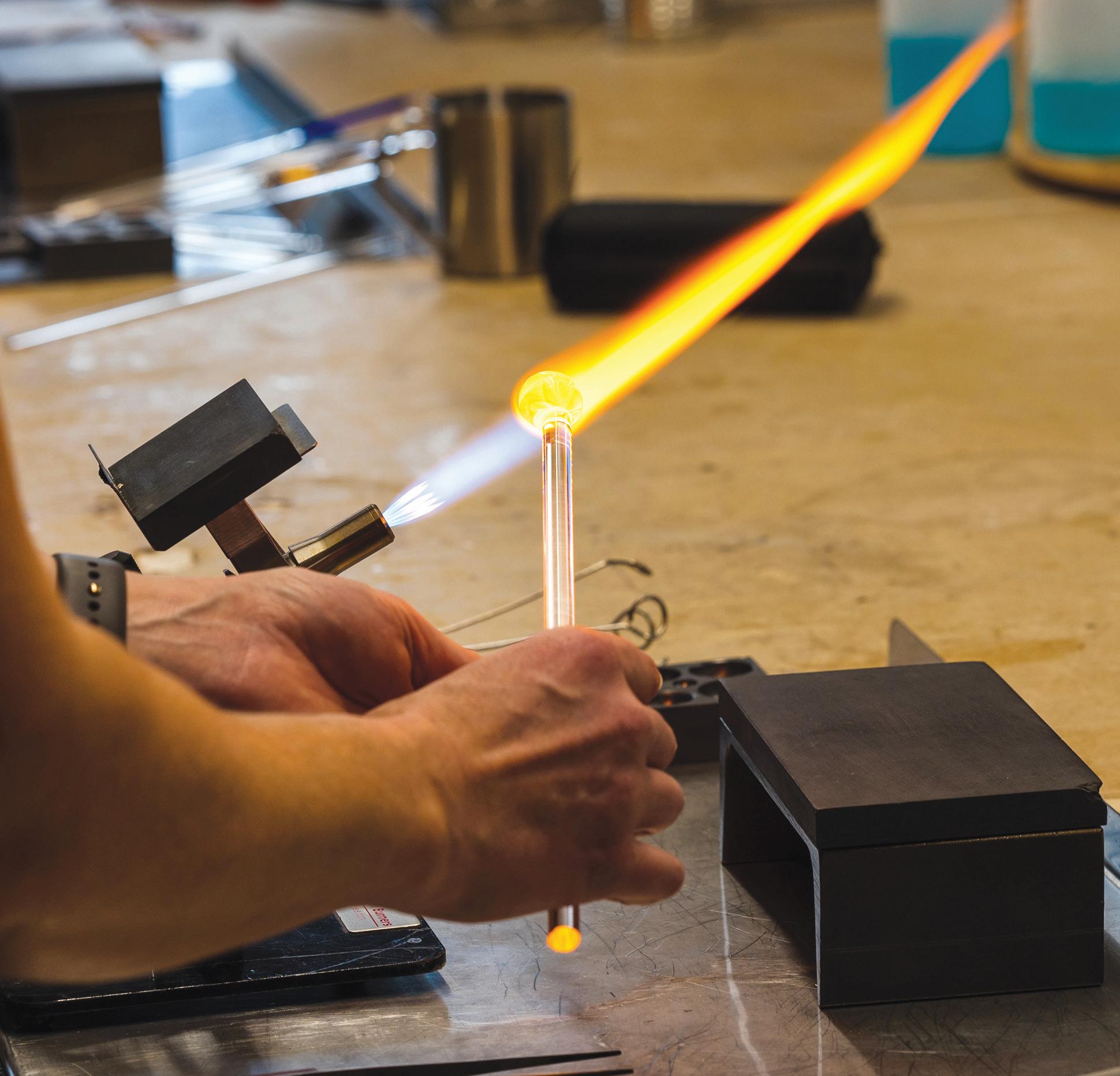
Drake, a glass artist himself, oversees the daily operations and strategizes how BARN can expand its services and also o er impact to other groups hoping to bring something similar to their communities. The projects he manages are many, but one particular project exemplifies his unique approach to art. Inspired by Eben Horton’s Glass Float project and various other grassroots marble hunting groups, Drake hides most of the marbles he makes, trying to tuck them into places that will be visible to children but hidden from an adult vantage point. “I love the catharsis of le ing go of a piece of work I’ve poured hours into and the thought that someone I’ll never meet will find this mysterious and unexpected treasure and imbue it with their own meaning and sentiment,” he said.
“Nonprofit leadership can be incredibly rewarding, but it takes just as much dedication as succeeding in business and o en with far fewer resources,” Drake said. “I encourage people to narrow down what it is you actually want. … Nonprofit organizations are only one kind of mission-driven organization. … Don’t tie yourself to a tax status—hitch yourself to a mission you love.”
When he’s not at BARN, Drake can be found working on his other startup. “Parenting is by far the most challenging thing I’ve done,” he said. “Legal training, startups, executive leadership and working with glass are hard, but none require the dedication that raising children does. It’s the greatest thing I’ve accomplished.”

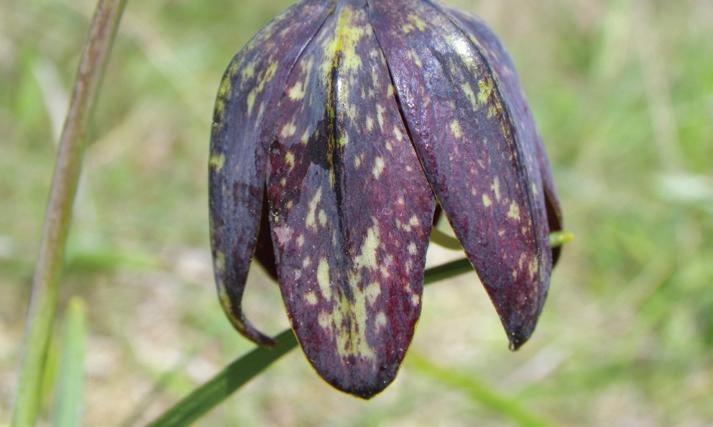

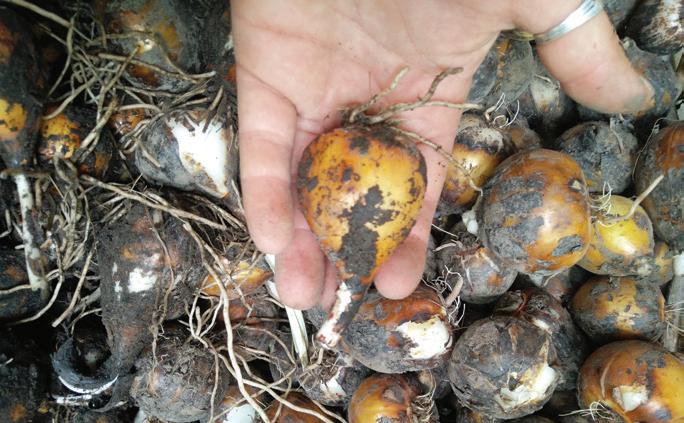

In the San Juan Islands, local nonprofit Kwiáht helps tend ecosystem balance
written by Daniel O’Neil
TO THE UNTRAINED eye, the San Juan Islands, so forested and grassy and relatively untouched, look pristine. Dig a bit into the history, though—by visiting a 150-year-old orchard, or the remnants of a camas garden even older than that—and it becomes clear that these islands are home to many layers of history, of culture, of flora and fauna.
Tending this living place of history is no easy task. So in 2006, the late Samish tribal leader and environmental activist Kenneth Hansen founded Kwiáht, a nonprofit conservation biology laboratory in and for the San Juan Islands. Hansen, whose Coast Salish family hailed from these islands, wanted to see all people, tribal and non-tribal, taking responsibility for the islands’ well-being.
The word Kwiáht comes from the language of the central Puget Sound and means “a place that has been kept physically clean and spiritually healthy.” The root of the word, however, signifies “struggle,” so, “a place you have to work really hard for.” As a center for the historical ecology of the Salish Sea, Kwiáht does just that.
By combining traditional Western scientific methodology with Indigenous traditional ecological knowledge and placebased values, Kwiáht conducts scientific research to best serve the islands’ cultural and biological resources. Rather than stop there, Kwiáht then shares its findings with the local community through education and by involving students and volunteer “citizen scientists” in the process. The results then help inform how to restore and preserve a natural San Juan Islands landscape and seascape for the benefit of local people, plants and wildlife.
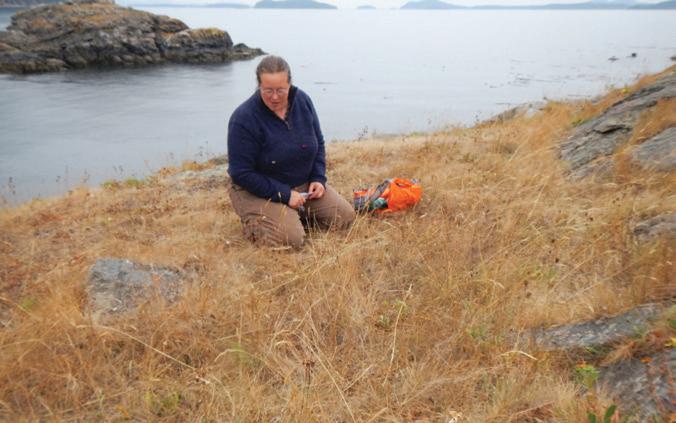
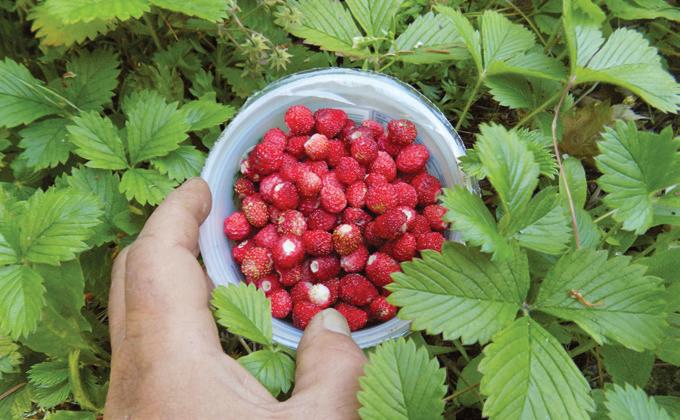
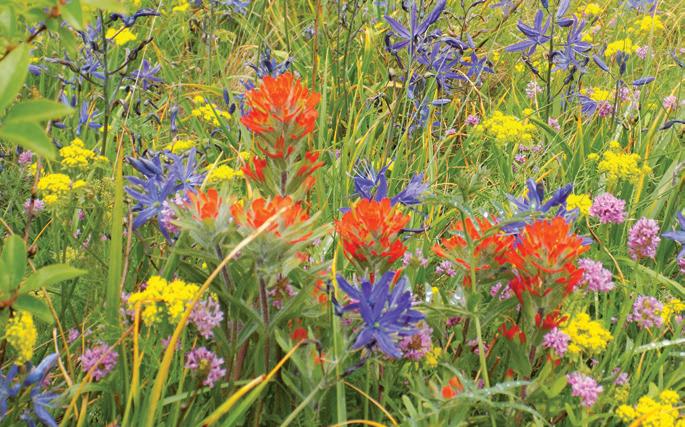
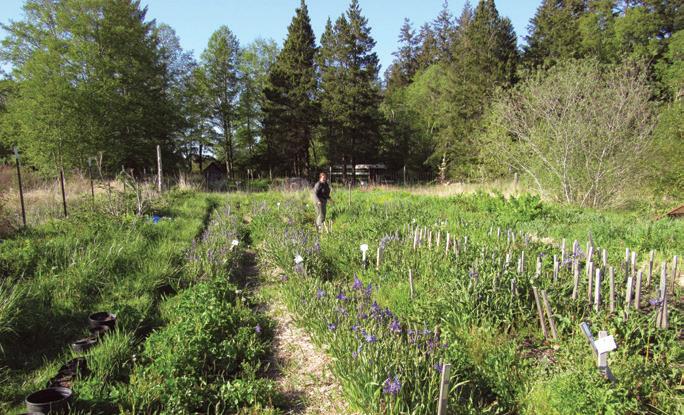
“I think this is incredibly cool that we can recreate the culture of gardening the landscape and taking care intensely, being invested in which plants you put in and where you put them, how you take care of them,” said Kwiáht’s director, Russel Barsh. “We see this as a garden landscape, which it was for thousands of years, and we tell people that it’s going to be a lot of hard work. You’re going to have to get on your hands and knees, and native plants will need to be put in one by one. There’s no simple solution.”
Kwiáht botanist Madrona Murphy is a lifelong islander who appreciates the many layers of habitancy and cultivation that form today’s San Juan Islands. “The landscape we’re trying to restore is in fact a cultural artifact,” she said. “It’s a landscape that developed with humans. And if you start putting more effort into it, you have to commit to keep doing that and keep working with it. That’s what creates the diversity.”
Kwiáht’s achievements range far and wide, including every nook and cranny of the San Juan Islands National Monument. “The volunteers and employees at Kwiáht have deep local knowledge that allows them to reach even the most remote sites, no small feat given the challenges of ferry schedules, boat charters, tides, weather and coordinating staff,” said San Juan Islands National Monument Manager Brie Chartier. “They bring critical scientific expertise, with staff trained to identify native and invasive plants within the monument. And just as importantly, they have the administrative skill to manage federal grants and assistance agreements, an often overlooked but essential part of making this work possible.”
In the eyes of Kwiáht, such attached involvement in the San Juan Islands benefits every living thing and every rocky shore that coalesces to create this extraordinary place. “We see people and plants and wildlife as all part of the same thing,” Barsh said. “And by helping nature, we’re helping people, whether they know it or not.”

















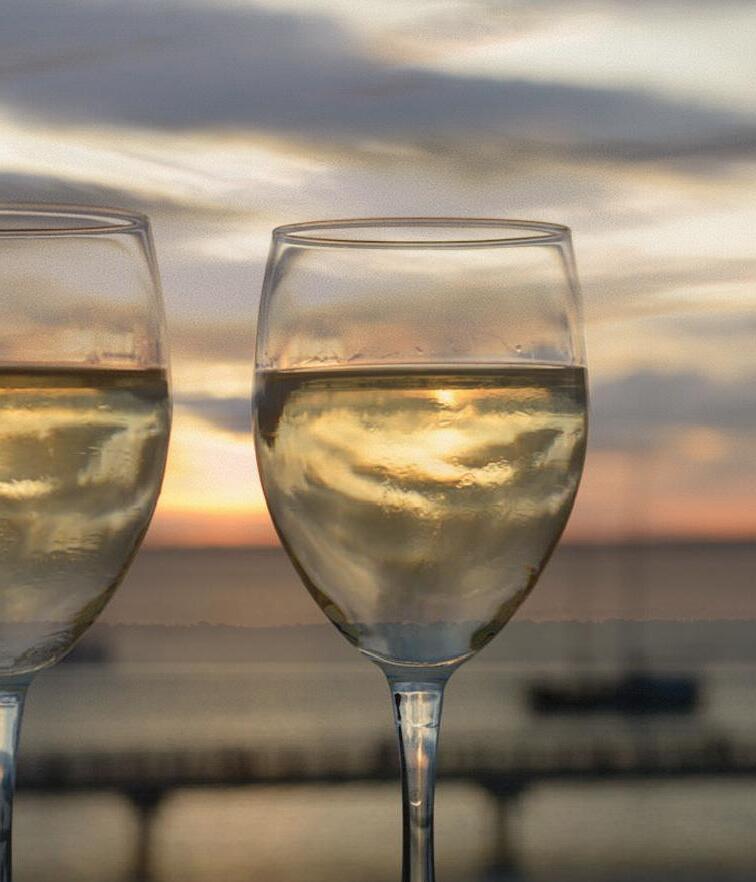
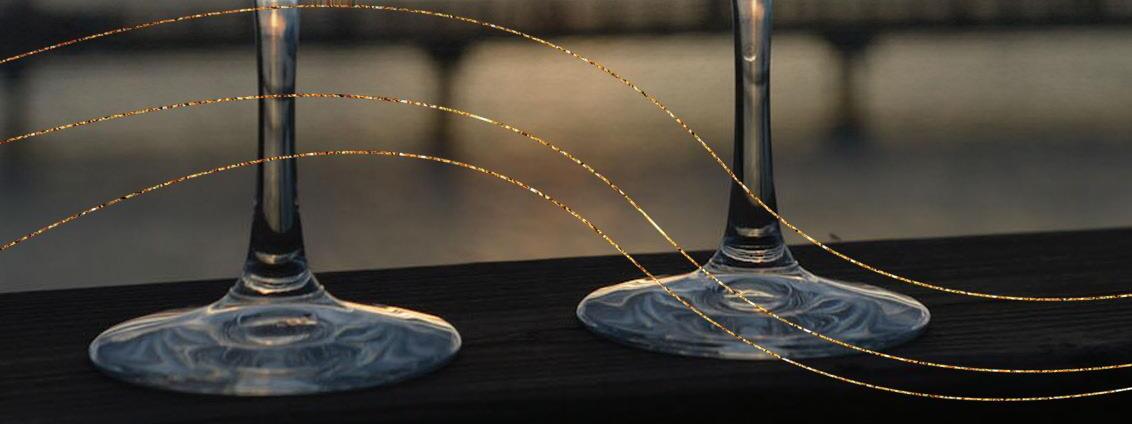


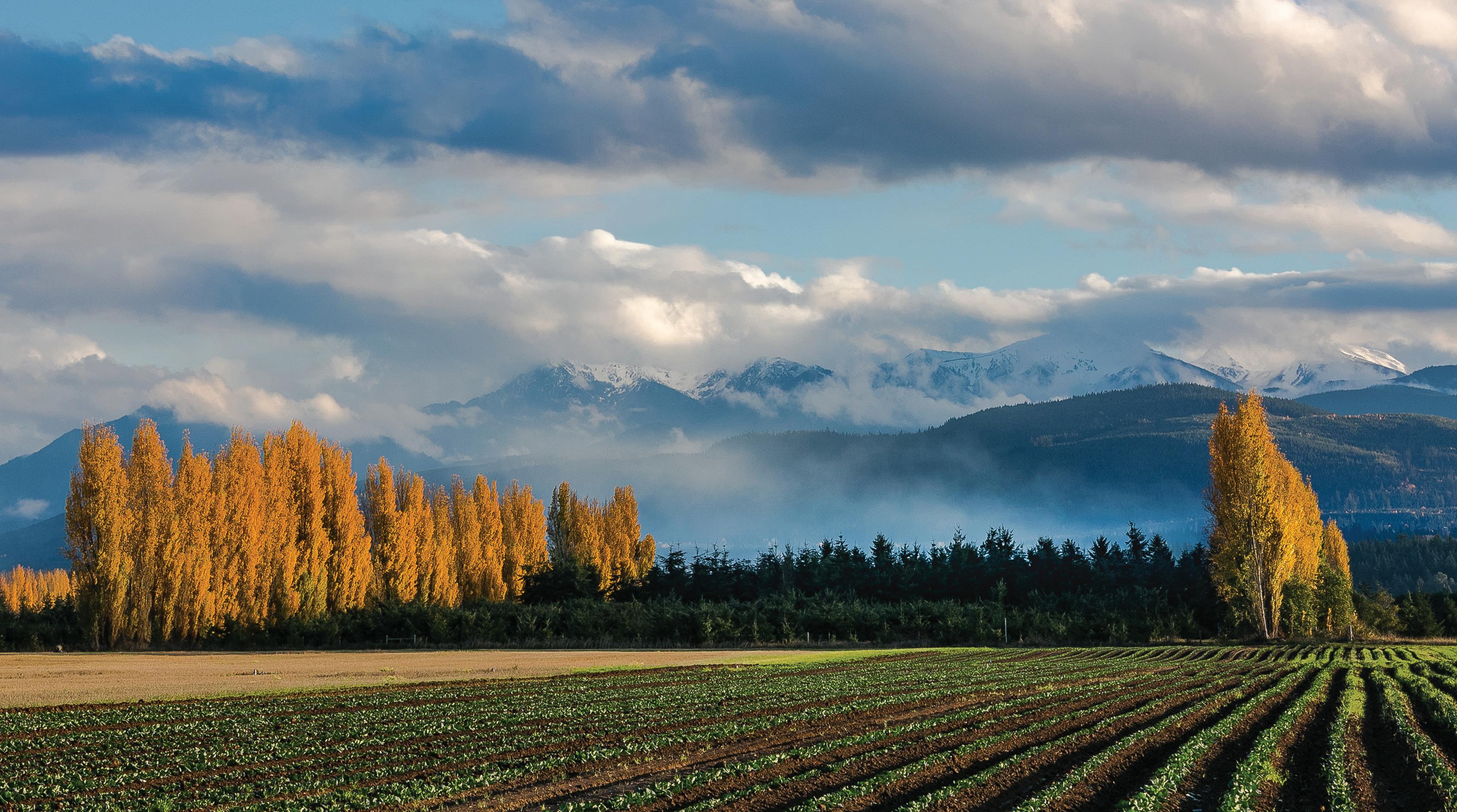


written by Ryn Pfeuffer





THERE’S SOMETHING about fall that makes even the simplest drive feel like a scene out of a rom-com. The air is crisp, the sun tilts low, and everywhere you look, leaves are blazing in shades of red, gold and orange. In Washington, couples don’t need to fly to Vermont or New England to get their autumn fix— the Evergreen State has miles of roads that seem designed for holding hands, stealing kisses and pressing pause on the real world.



From winding backcountry loops to coastal panoramas, each drive o ers its own flirtation with fall. Take the Thurston Bountiful Byway: a 60-mile circuit through quaint towns and colorful countryside where stopping for cider or a stroll feels completely natural. Or the Stevens Pass Greenway, where alpine meadows and mountain peaks invite you to roll the windows down and let the cool river air in. Even Lake Crescent on the Olympic Peninsula whispers romance, with misty water, old-growth forests and kayaks for two.
The secret to these drives? Timing, curiosity and a willingness to linger. Peek around every bend, pull over at roadside orchards, chase the golden light of sunset and savor the quiet moments between destinations. Because in Washington, fall isn’t just about the leaves. It’s about falling for each other, one scenic mile at a time.






Some fall drives feel like they’re made for romance—and Thurston Bountiful Byway is one of them. This 60-mile loop winds through Thurston County’s cities and countryside, delivering a kaleidoscope of color without the traffic jams. “It’s really not ever crowded,” said Emily Brooks, director of marketing for Experience Olympia & Beyond. “One of my favorite stretches is along 507 between Tenino and Yelm—plenty of space to take in the beauty.”
Plan for late September or early October, when maples, birch, sweetgum and oaks turn the hillsides into a painter’s palette of green, orange, red and gold. Pull over for a stroll at Tenino City Park or the Billy Frank Jr. Nisqually National Wildlife Refuge. And because no romantic drive is complete without snacks, swing by Lattin’s Country Cider Mill and Farm for fresh apple fritters and cider, and then stop at Johnson’s Smokehouse for jerky, cheese and other road-trip treats.
Brooks’ best advice? “Don’t be in a time crunch. The best leaf-peeping moments happen when you least expect them.”



Northern Clark County Scenic Drive is beautiful in any season but saves its best show for fall. “Once you get past summer, the whole route feels a bit undiscovered,” said Erica Lindemann, director of marketing at Visit Vancouver WA and a Vancouver native. “Moulton Falls Trail, past the iconic bridge, the Cedar Creek Grist Mill and the Ridgefield National Wildlife Refuge are all less crowded in the fall, but absolutely gorgeous.”
The loop strings together postcard-worthy stops: Battle Ground Lake State Park, the tasting room at Pomeroy Cellars, the North Clark Historical Museum, plus the chance to wander through fiery foliage on peaceful trails. You’ll pass maples and alders in yellow and red, framed by evergreens and the rush of river water.
Lindemann’s take? Slow down for the side roads, linger longer than you planned and let the quiet charm of the backcountry sneak up on you.
Slow down for the side roads, linger longer than you planned and let the quiet charm of the backcountry sneak up on you.


If you think everyone flocks to Mount Rainier’s Paradise area in fall, you’re missing the east-side magic. Fine art nature photographer Lars Gesing, based in West Seattle, recommends coming over Chinook Pass. “The area around Tipsoo Lake is pretty accessible, full of vibrant red underbrush that leads the eye to evergreens flanking the slopes of Tahoma, before the scene culminates with a clear view of the snow-covered top of Rainier,” he said.

But it’s more than a picture-perfect scene. “Walking through trails like the Naches Peak Loop feels like you are in an autumn wonderland,” Gesing added. Peak color usually hits in the last days of September, but timing is key. “Winter comes swiftly at Mount Rainier … so you may only have a few days to catch the most stunning fall display.” Go early on a weekday morning, and, as Gesing warned, “you’re less likely to share the experience with 1,000 of your closest friends,” giving you a private, almostsecret moment with autumn.





The stretch of the Stevens Pass Greenway from Snohomish to Leavenworth feels like it was designed with couples in mind.
Hugging the Skykomish River for most of its 90 miles, it’s a ribbon of road lined with vast river valleys, jagged mountain peaks and alpine meadows that, come fall, explode into a kaleidoscope of gold, red and orange.
Leavenworth makes a perfect bookend, especially during the Washington State Autumn Leaf Festival or Oktoberfest, when the Bavarian-themed streets hum with music, dancing and the scent of baked pretzels. On the western end, Snohomish delivers its own brand of autumn magic: spooky thrills at Stalker Farms, pumpkins and hay rides at Stocker Farms, a 15-acre corn maze at Craven Farm and crisp apple picking at Skipley Farm.
Between the two, small towns like Gold Bar, Sultan and Index invite detours—maybe for a craft cocktail at Bush House Grille or a lazy riverside stroll. It’s the kind of drive where you roll the windows down, let the cool mountain air in and realize the journey itself might just be the most romantic part.









In the fall, the Yakima Valley turns into a daydream: all gold cottonwoods, crimson vine maples and the deep shadows of basalt cliffs. The Yakima River Canyon is a total showstopper—the water glints in the low autumn sun, and every bend feels like a new view worth pulling over for. Highway 97 from Toppenish winds through orchards and vineyards heavy with harvest, while Chinook Pass offers alpine meadows and sweeping Mount Rainier views.
For couples, it’s the perfect excuse to slow down. Share a tasting flight at Treveri Cellars (yes, Washington sparkling wine is a thing), or share a smooch at the Roza Overlook as the sun slides behind the ridges. Pack a picnic for a quiet stop along Konnowac Pass, or wander White Pass for golden larch views and a few lingering huckleberries. End the day in Zillah, splitting a bottle from one of its boutique wineries, because nothing pairs with fall leaves quite like a little wine and a lot of romance.
In the fall, the Yakima Valley turns into a daydream: all gold cottonwoods, crimson vine maples and the deep shadows of basalt cliffs.




Exit Highway 16 at Olympic Drive, and suddenly you’re in a little slice of secret fall magic. Gig Harbor has that rare combo: golden leaves, salted air and spots that practically beg for a stolen kiss. First stop, Fox Island Bridge Overlook. Roll down the windows, crank up your favorite playlist and let the breeze do the rest.
Next, Kopachuck State Park. Trails lead to the beach, maples flare red and Puget Sound sparkles like it knows it’s being watched. Perfect for a picnic, or just a dramatic “look at us” selfie with the Olympics in the background. Roll on toward Olalla, and swing by Olalla Bay Market & Landing for cider, wine and water views, because romance requires snacks.
Back in Gig Harbor, the waterfront calls. Ascend the Finholm View Climb for a swoon-worthy Mount Rainier panorama, or snag a table at Netshed No. 9, where floor-to-ceiling windows set the mood. End the day at Skansie Brothers Park, golden-hour light rippling across the harbor, and realize: the best part of leaf-peeping? Seeing your partner in this golden light.





Leaf-peeping on the Olympic Peninsula is pure magic, and the stretch around Lake Crescent in Olympic National Park is fall at its most cinematic, with the lake’s glassy surface mirroring the surrounding mountains, fiery maples and alders.

Couples can linger at Lake Crescent Lodge, where the historic porch and lakeside views are perfect for a co ee, a glass of wine or just watching the morning mist roll over the water. For a touch of adventure, take the Marymere Falls Trail. This short hike through towering old-growth forest ends at a misty waterfall, ideal for a cozy pause or a photo you’ll want to frame. Rent a kayak at Log Cabin Resort, and glide across the mirrored lake together. Or, simply sit on the dock, and let the quiet intimacy of the water and forest sink in.
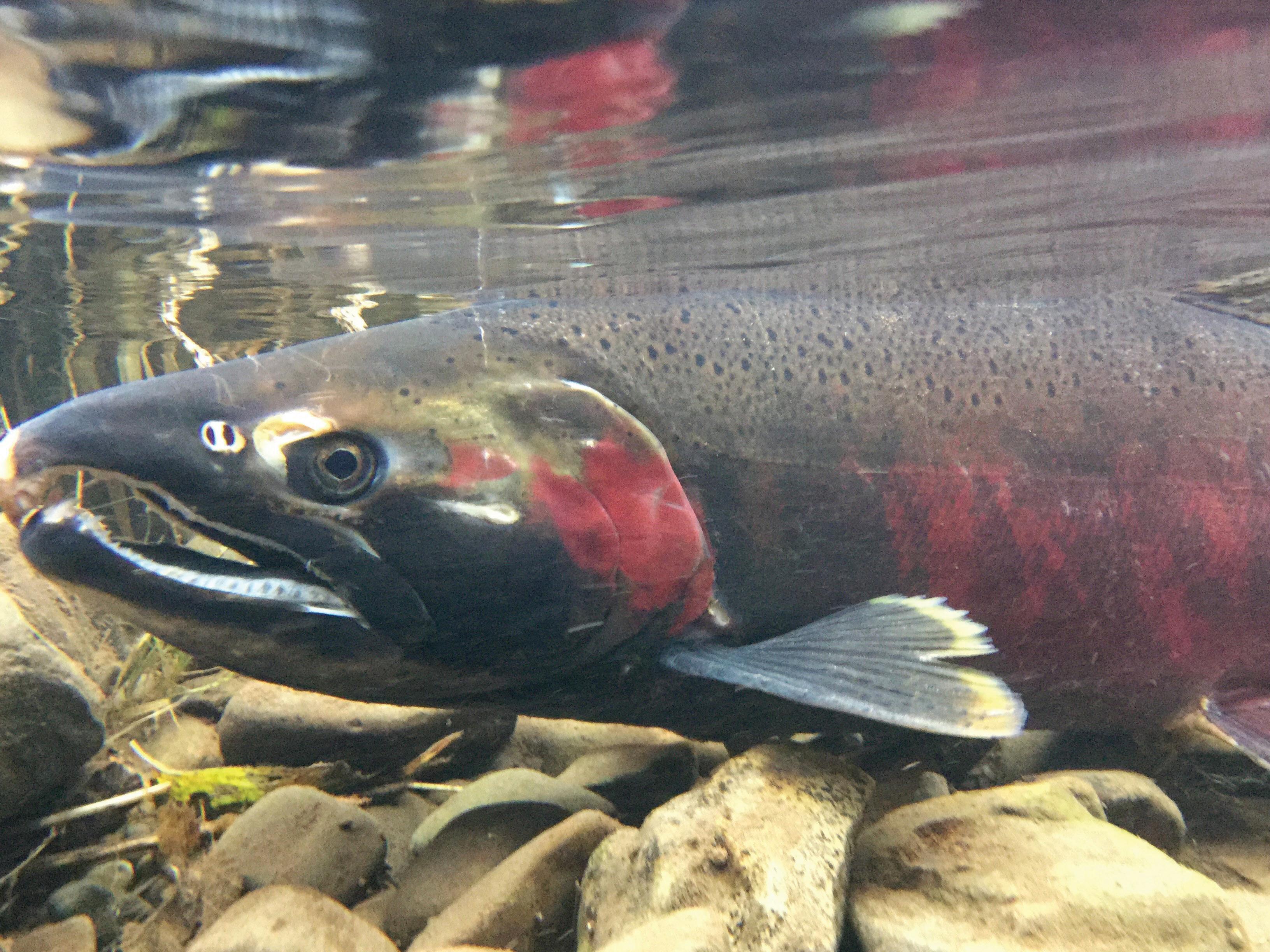
written by Daniel O’Neil
Since the end of the last ice age, about 14,000 years ago, the Stillaguamish River supported abundant life along its banks and in its clear, clean waters. Ancestors of today’s Stillaguamish Tribe of Indians relied on the river, its tributaries and bays for sustenance, much of which swam as Chinook salmon, a sacred staple of life here. Then, in the early nineteenth century, with colonization the landscape began to change as radically as when the Pleistocene ice finally melted.
Today, the Stillaguamish Tribe continues to live along the river that carries its name. Chinook salmon remain in that river system, too, but only as a vestige, a “threatened” population protected by the Endangered Species Act, and one that is kept alive primarily by means of a hatchery recovery program. Tribal members pull a few Chinook salmon from the Stillaguamish River each year for use in the tribe’s “First Salmon” ceremony, but other than that, and for the hatchery program, no harvest of these fish is allowed. While upward of 10,000 Chinook salmon once spawned in the Stillaguamish River system each year, only about 1,200 now return.
The story of Stillaguamish River Chinook salmon is not isolated. Nearly everywhere in Washington where waters flow to the Salish Sea, Columbia River or Pacific Ocean, salmon and steelhead trout once thrived. Now, however, fourteen species of these fish in Washington are at risk of extinction and therefore protected under the Endangered Species Act. The list of contributing factors is long: development, habitat degradation, predation, overharvest, hydropower and pollution, to name a few. But so too is the roster of nonprofits, government agencies, tribes and volunteers working year-round to help those fish overcome the last two centuries’ damage.
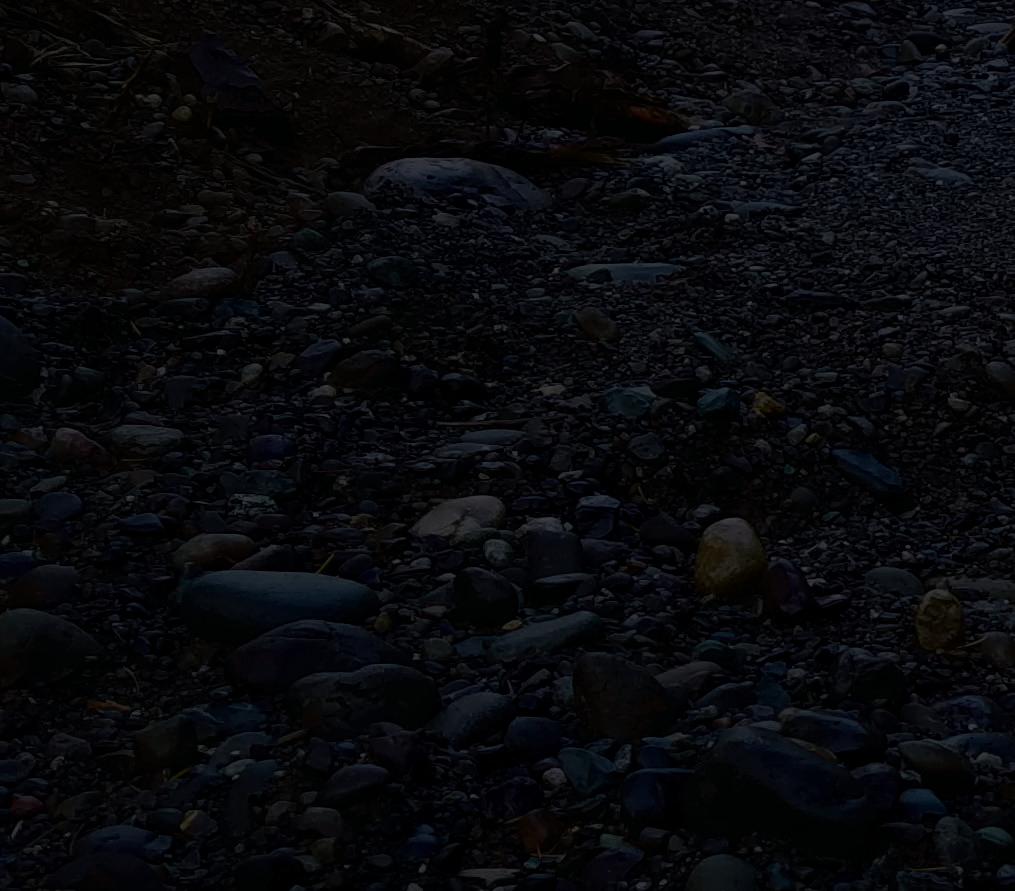
CLOCKWISE FROM LEFT Improving fish passage where roads cross streams is an e ective way to increase spawning and rearing habitat available to salmon. Yakama Nation tribal member Shane Pa erson demonstrates traditional dipnet fishing techniques at Lyle Falls on the Klickitat River. Fish hatchery specialists Joe Rothrock and Steve Smotherman place coho salmon eggs into incubation trays at WDFW’s Bingham Creek Hatchery near Elma. Restoration work by the Stillaguamish Tribe on the North Fork Stillaguamish River at the Tra on floodplain restoration site, which encompasses 230 acres of floodplain riparian habitat improvement, with instream improvement via engineered log jams, side channel reconnection and levee and armoring removal. (photos, clockwise from le : Washington Department of Fish and Wildlife, Michael-David Bushman/Yakama Nation Fisheries, Washington Department of Fish and Wildlife, Stillaguamish Tribe Natural Resources Department)


Following the federal ESA listings of various salmon and steelhead (hereafter referred to as salmon) in the 1990s, the Washington Legislature in 1998 passed the Salmon Recovery Act and established the Governor’s Salmon Recovery Office. One year later, the state created a recovery strategy, named “Extinction is Not an Option,” which it updated in 2021.
With rivers and creeks connecting to 3,026 miles of marine shoreline and 596 miles of Columbia River shoreline (until Chief Joseph Dam, which fish cannot pass), Washington packs more salmon habitat than any other state besides Alaska. It’s no coincidence that Washington has a recovery approach unlike any other in the country.
Together with local tribes, eight regional salmon recovery organizations wrote their own ESA recovery plans specific to their own watersheds. ese were then adopted by the federal government—not, as elsewhere, the other way around. “It’s really this bottom-up approach in Washington where you have organizations working very closely in the communities, putting projects on the ground,” said Erik Neatherlin, director of the Governor’s Salmon Recovery Office, which coordinates with state and federal agencies and with tribes to ensure work
remains consistent with statewide priorities. “We’re leading the nation in efforts to recover salmon.”
Salmon recovery in Washington seems to encompass every square mile of the state, every scientific discipline and every type of organization. While no single entity, not even the federal government, holds superiority, all involved look to the area’s longest continuous residents to lead the effort in practice and in spirit. Tribes across Washington bring personnel and expertise both scientific and technical: planning, implementation, monitoring, lobbying. is they do with Western science but also with their own cultural history and traditional ecological knowledge.
Kadi Bizyayeva embodies Washington’s diverse collective of salmon recovery partners. She is vice-chairwoman, fisheries director and an enrolled member of the Stillaguamish Tribe. She is also a Northwest Indian Fisheries commissioner and a governor-appointed member of Washington’s Salmon Recovery Funding Board.
“Salmon are inherently part of our cultural identity and our spiritual identity,” Bizyayeva said. “Our ancestors knew to protect these species, and they knew how to live in harmony with the environment. So we want to continue that legacy and make


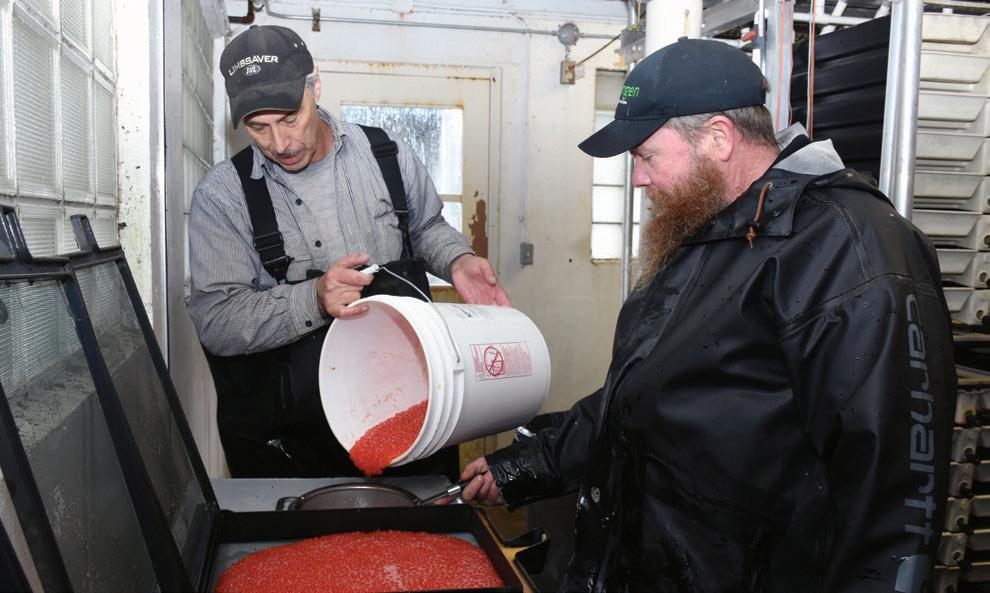
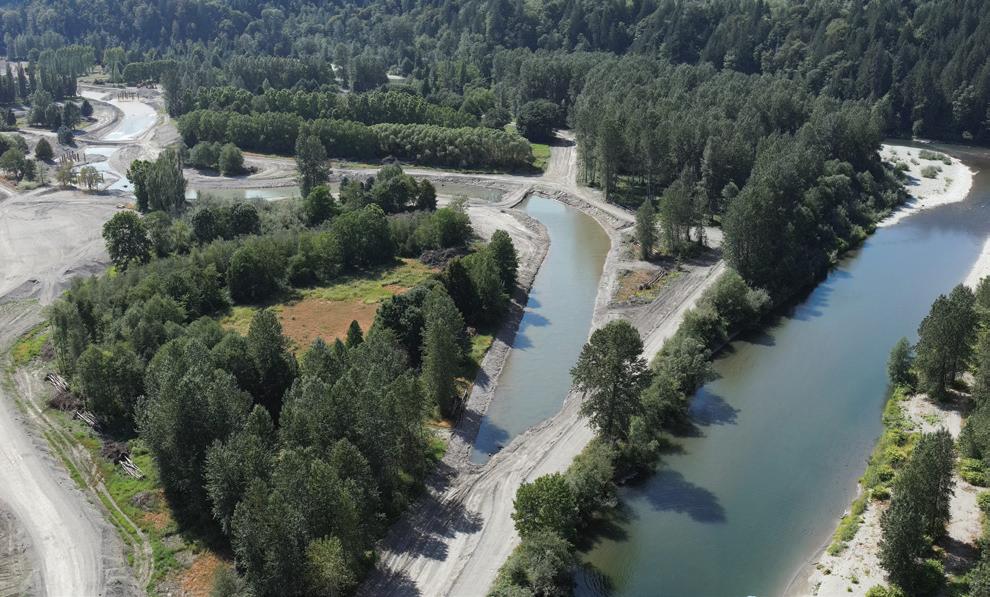
sure that we’re still taking care of our relatives, both tribal and non-tribal, human and non-human.”
As sovereign nations with treaty rights dating back to 1855— which guarantee access to fishing and, therefore, the existence of salmon to catch—tribes in Washington are intricately involved in salmon recovery. In 1975, another precedent, the Boldt Decision, gave tribes a legal mandate to co-manage the state’s fisheries. Today, more than twenty tribes work in official co-management with federal and state agencies to regulate all commercial, recreational and tribal fishing throughout Washington’s waters.
allows for harvest of wild populations, less reliance on hatcheries and that would require a much more complete restoration of the ecosystems that these fish depend on.”
Tribes like the Yakama Nation extend their vision of recovery to encompass both the past and future. “The tribes are looking for levels of salmon that they can sustainably harvest to sustain their way of life,” said David Lindley, Yakama Nation Fisheries’ Southern Territories Habitat Coordinator. “One of the former leaders and elders said simply, ‘Make it like it was.’ That’s kind of our guiding light. Very difficult to do, but that’s striving for the landscape that naturally produced millions of salmon.”
With two centuries of accumulated damage, and more modern threats like climate change, the challenges to salmon—and to their habitat, both freshwater and oceanic—are as massive as the landscape itself. A magic bullet would have no single target.
In 2024, the Governor’s Salmon Recovery Office released a report outlining progress to-date: six of the ESA-listed species are either approaching their goals or making progress, but eight species remain in crisis or aren’t keeping pace with recovery. It also listed eight obstacles to recovery:
Habitat loss: Washington’s population has grown by 2 million since the ESA listings in the late 1990s, and development often claims the home waters of salmon. Other destructive practices, like industrial logging, also take their toll.
Climate change: Warmer bays, rivers and streams put pressure on these inherently cold-water species, while ocean warming presents its own panoply of stressors. Recently, however, the White House prohibited the mention of climate change in requests for funding proposals.
Water quality and quantity: Pollution kills fish directly and indirectly. Municipal and irrigation withdrawals can dry up spawning streams—for example, on Orcas Island, one of the last remaining salmon runs in the San Juan Islands cannot compete with the water rights of a nearby lodge, so only five or six adult coho salmon now return each year.
Recovery is a relative word. While National Oceanic and Atmospheric Administration Fisheries sets numerical values for ESA delisting, partners across Washington aim for a broader sense of recovery. “We often say something like ‘healthy and harvestable,’” said Jeremy Cram, Salmon Recovery Policy lead for the Washington Department of Fish and Wildlife. “We’re not just shooting for the minimum delisting criteria but are shooting more long-term for a higher minimum standard that
“Salmon are inherently part of our cultural identity and our spiritual identity. Our ancestors knew to protect these species, and they knew how to live in harmony with the environment. So we want to continue that legacy and make sure that we’re still taking care of our relatives, both tribal and non-tribal, human and non-human.”
—
Kadi Bizyayeva, Stillaguamish Tribe of Indians vice-chairwoman and fisheries director and Northwest Indian Fisheries commissioner
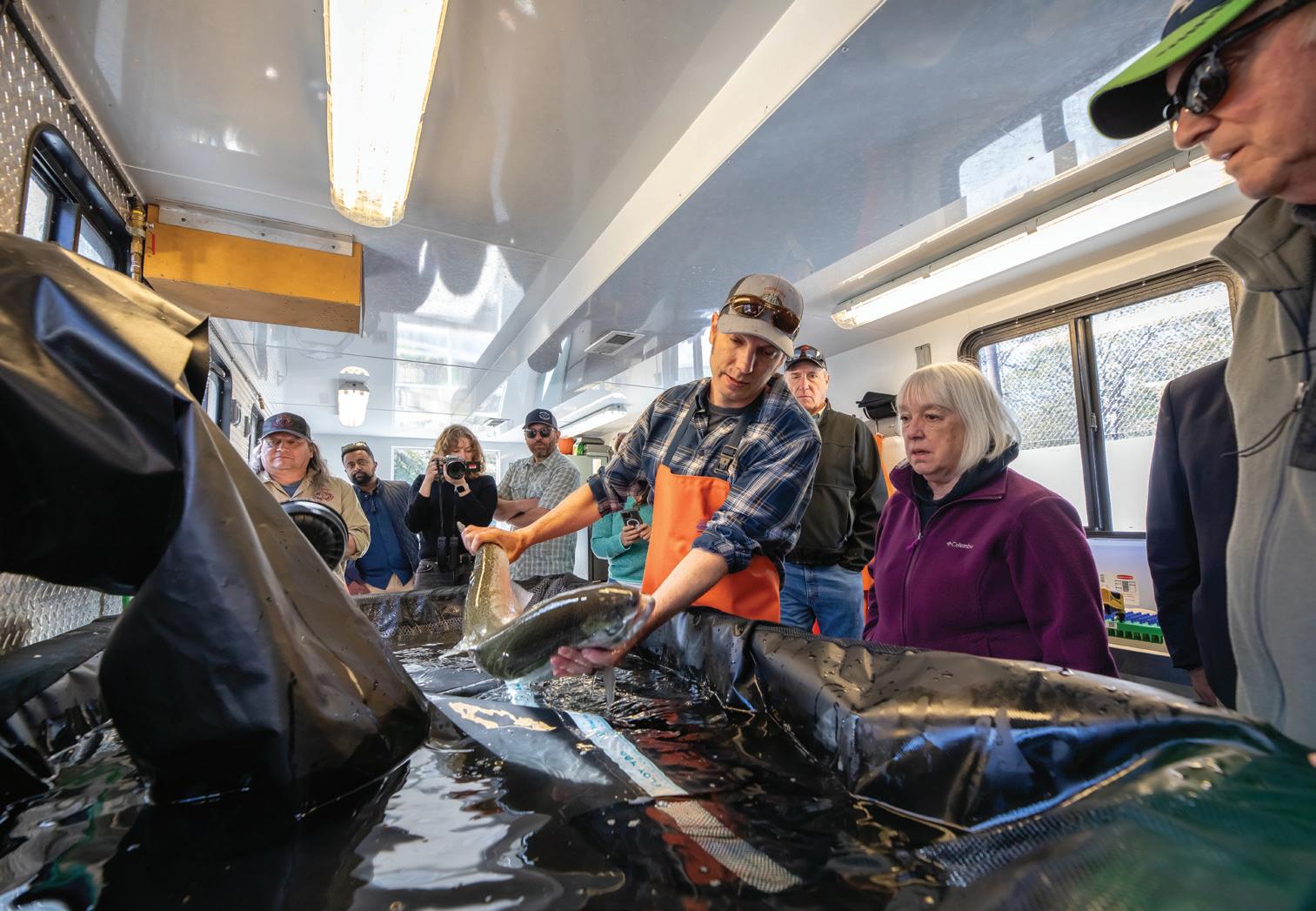
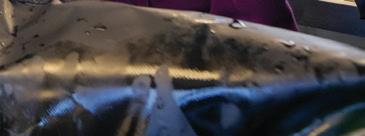
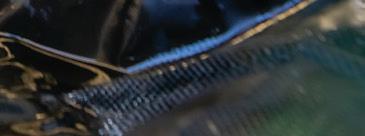

Fish passage barriers: From undersized culverts (pipes) beneath rural roads to municipal dams and the Columbia River hydropower system, a seemingly endless gauntlet of obstacles block or complicate salmon migration to and from the sea.
Predation: Seals and sea lions remain protected under the Marine Mammal Act but are inflicting severe carnage on ESAlisted salmon, while birds like cormorants eat an exorbitant share of out-migrating juveniles at dams and in estuaries. ESAlisted Southern Resident killer whales, however, could use more salmon to avoid starvation and extinction.
Harvest: While an unclipped adipose fin protects naturally spawning salmon from harvest in Washington waters, the Alaskan and British Columbian fisheries make no such concessions—scientists estimate that about 16 percent of the ESAlisted Stillaguamish River Chinook salmon are caught in British Columbia.
Hydropower: Dams act not only as barriers—their slackwater reservoirs also slow down crucial migration timing and create a simple feast for predators, while passage kills juvenile salmon by the millions. In 2023, the Biden administration signed a memorandum promising hundreds of millions of dollars to fund salmon recovery in the Columbia River Basin, as compensation for the widespread harm done by the hydropower system. Last June, the current presidential administration revoked this commitment, citing “radical environmentalism.”
Hatcheries: Until the above challenges are remedied, hatcheries will continue to provide 70 to 80 percent of the salmon catch in the Pacific Northwest, despite their adverse effects on naturally spawning salmon. Consider them life support for now.
e list actually goes on. Salmon recovery is as expensive as it is broad. For example, in the Stillaguamish River estuary, a multiphase project to acquire, design and restore 855 acres carries a combined price tag of over $41 million. Statewide, by 2019 the funding needed for habitat-related salmon recovery projects totaled $4.7 billion. Yet, so far, just over $2 billion has been invested.
e state’s current $15 billion budget shortfall does not make it easier to fund salmon recovery in Washington. But according to Neatherlin, Governor Bob Ferguson’s office did carry forward the previous budget for salmon recovery, and the state Legislature funded a large portion of this, including projects related to fish passage, improving wastewater and climate resiliency.
e far greater threat to funding, and staffing, has issued from Washington, D.C. e federal government provides critical funding for salmon recovery through programs like the Pacific Coastal Salmon Recovery Fund, initiated in 2000. From 2019 to 2023 alone, PCSRF delivered over half a billion dollars to salmon recovery programs and projects in Washington, more than to any other state. e latest presidential budget deleted PCSRF funding, but Congress has expressed interest in maintaining some of it. Still, not even NOAA Fisheries, which administers the grant money, can say how much, when or if this funding will return.
For recovery partners across the state, such uncertainty presents a threat of its own. Some EPA grants for Yakama Nation Fisheries projects recently vanished along with communication regarding their status. Other projects, such as in the Nooksack River watershed outside of Bellingham, had various federal grants recalled by the Department of Government Efficiency, preventing local organizations from carrying out planned work there this year. In response, partners are collaborating closer than ever to make full use of available funds, staff and resources.
Salmon recovery in Washington would not work without collaboration. For one thing, the sheer size of these projects demands a concerted effort. Tribes and government agencies, longtime antagonists in all things salmon, today strive to cooperate instead.
“Not only is it the right way forward where everybody hopefully gets a win off the same topic, but at the very least, the amount of money and time spent in a courtroom that could be spent on the landscape actually doing the work—it’s a phenomenally different thought process, and it’s a great way to approach these problems,” said Kyle Hanson, deputy assistant regional director for the U.S. Fish and Wildlife Service’s Fish and Aquatic Conservation Program.
“The blood, sweat and tears, and the battles that happened on the rivers and in these watersheds between tribes and nontribal people, wasn’t that long ago,” said Peggen Frank, executive director of Salmon Defense, a nonprofit that represents Western Washington tribal interests in salmon recovery. “Hopefully we’ll never experience what my father-in-law, Billy Frank, Jr., and many others who were at the front lines of turning the tide experienced. It took almost fifty years to get to this point of cooperation and being able to sit at the table, being able to come listen with open ears, with an open heart, and bring solutions together and then move them forward.”
Large-scale habitat restoration projects have already begun to pay off for salmon. Dam removals along the Elwha River have restored access to salmon spawning grounds for the first time in a century, and those fish are already responding positively.
In Hood Canal, after decades of overfishing and habitat loss, summer chum salmon were on the verge of extinction. By 1999, only six adult summer chum salmon returned to a small conservation hatchery there. Quickly, a group of partners including the Samish Indian Tribe, the Hood Canal Salmon Enhancement Group, WDFW, NOAA Fisheries, USFWS and salmon conservation nonprofits such as Long Live the Kings all responded.
The fishing season for other salmon in the Hood Canal area was delayed to help the summer chum salmon escape, habitat was improved and the conservation hatchery augmented the imperiled population’s numbers. Today, between 400 and 2,000 summer chum salmon return to that small Hood Canal creek each year, and this may become Washington’s first salmon species to be removed from the ESA list.
The Washington Coast offers some of the finest remaining salmon habitat in the state. The area does have one ESA-listed salmon species, Lake Ozette sockeye, which is not doing well, and several other species face potential listing. But recent fish habitat restoration investments on the coast are showing success, and the local tribal, governmental and nonprofit partners are working closer than ever to keep the coastal rivers hospitable for salmon.
The lessons of such prized habitat for salmon are not lost on local groups like Coast Salmon Partnership. The Aberdeenbased nonprofit helps orchestrate restoration efforts along the coastal rivers, aiming to prevent new ESA listings here. “Salmon are very adaptive—we’re learning that they go everywhere and that they can adapt, but they can only take so much,” said the group’s executive director, Dr. Jane Atha. “This isn’t a no-win situation. I think we can recover some of these populations if we just continue to better understand some of the management levers that we can pull.”
For Atha, recovering salmon populations carries greater ramifications than merely avoiding ESA listings or providing fish to catch. “Salmon are an indicator of how we are doing as a society,” she said. “They’ve evolved through geologic time with our coastline. And if we can’t manage them in today’s times, what does that say about us?”
Hundreds of millions of dollars, entire careers, cutting-edge science and numerous other resources work yearly toward correcting the historical and ongoing injuries done to salmon and their habitat. Still, additional effort is required. As a keystone species in the Pacific Northwest, both ecologically and culturally, salmon touch all those who live here. Whether someone has lived in Washington since the last ice age or since last week, there are ways to lend a hand.
“Just becoming aware of what’s happening in your own watershed is the greatest place to start,” Neatherlin said. All Washingtonians, whether they eat fish or not, can learn about salmon, can watch them at fish ladders or, ideally, spawning in the wild. Every inch of the state’s west side, and much of the east side, pertains to a regional fisheries enhancement group that puts donations and volunteer hours to precise use. Legislators from state to federal have mailboxes and inboxes to hear from constituents, and these lawmakers hold the coffers’ keys. At the least, not obstructing the salmon recovery effort is one way to help.
The late Billy Frank, Jr.—a Nisqually tribal member who led the fish wars that resulted in the Boldt Decision, in equal rights for tribal fishermen, in co-management of Washington’s fisheries and in his Presidential Medal of Freedom—taught that when the salmon are healthy, we’re healthy. Peggen Frank carries this essential message today. “Connecting people to their ecosystems, having people go to their watersheds, learn about their local watersheds, interact with them—I think that also brings health and wellness to citizens that they don’t really realize that they’re needing.”
“Inherently, salmon need everything that we as humans need, too,” Bizyayeva said. “They need clean water, and we need that. They need clean air and cooler temperatures, and we need that. They need flood mitigation, and so on. I think the more that we can invest in salmon recovery, the more that we’re also investing in ourselves and in the future of the Pacific Northwest.”
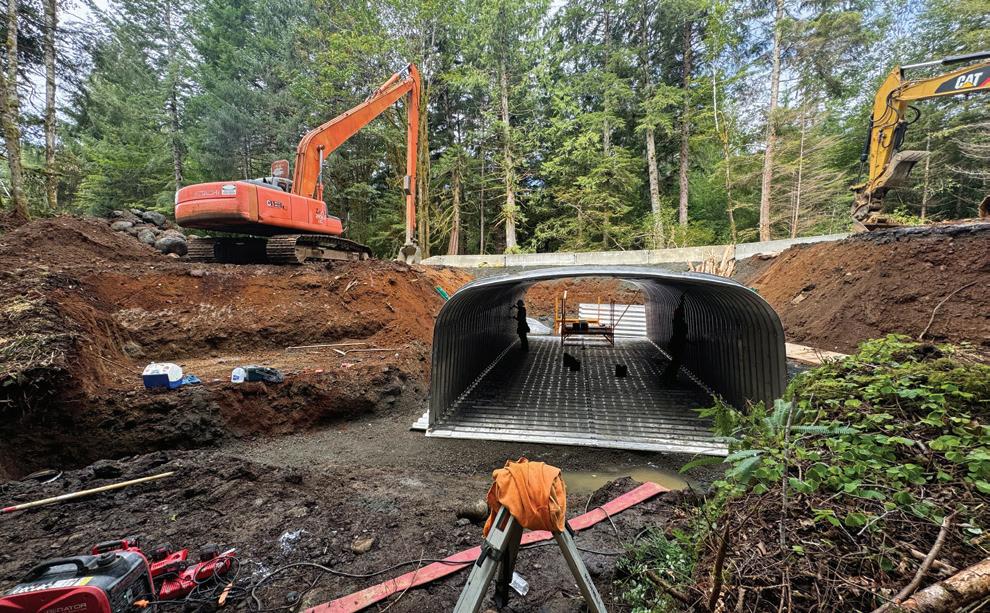
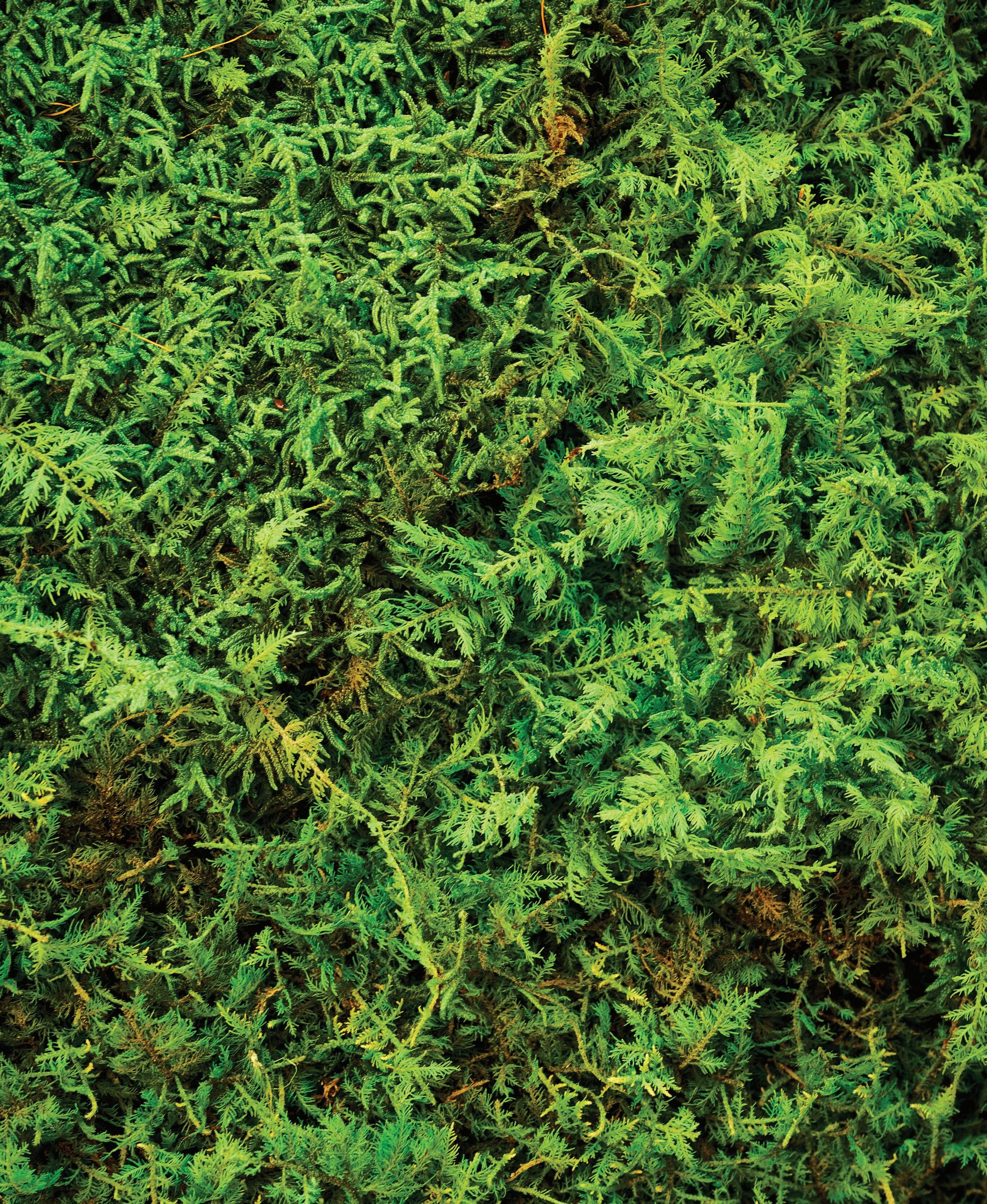

written by Kerry Newberry | photography by Bill Purcell


“MOSS ART came in like a shooting star, and it’s really having a moment,” said Rebecca Sheedy of Floraform Design. “Overall, people are wanting more and more plants in their life.” The botanist and artist should know. For sixteen years, she’s been working in biophilic design, exploring creative ways to bring nature into everyday life, from private homes to public spaces.




For Sheedy, living walls and moss installations are similar to meaningful pieces of art—just made with plants instead of paint or pastels. “I’ve felt a connection to plants for as long as I can remember, and that’s something I want to share,” said Sheedy. “I do this work because I want people to be aware that we have a much deeper relationship with plants than just aesthetics.”

She sees living walls as a prime solution for greening up urban areas where floor space is limited but wall space is all around. “It also has the power to change your perspective,” said Sheedy. Recently, while working on an outdoor vertical garden, she was barely done when she noticed a pair of birds had made a nest.
That was just the beginning. Hummingbirds, bu erflies and an array of buzzy insects followed. “All of this life moves in, and instead of a bare wall, you now have habitat,” she said. To learn more, visit www.floraformdesign.com.


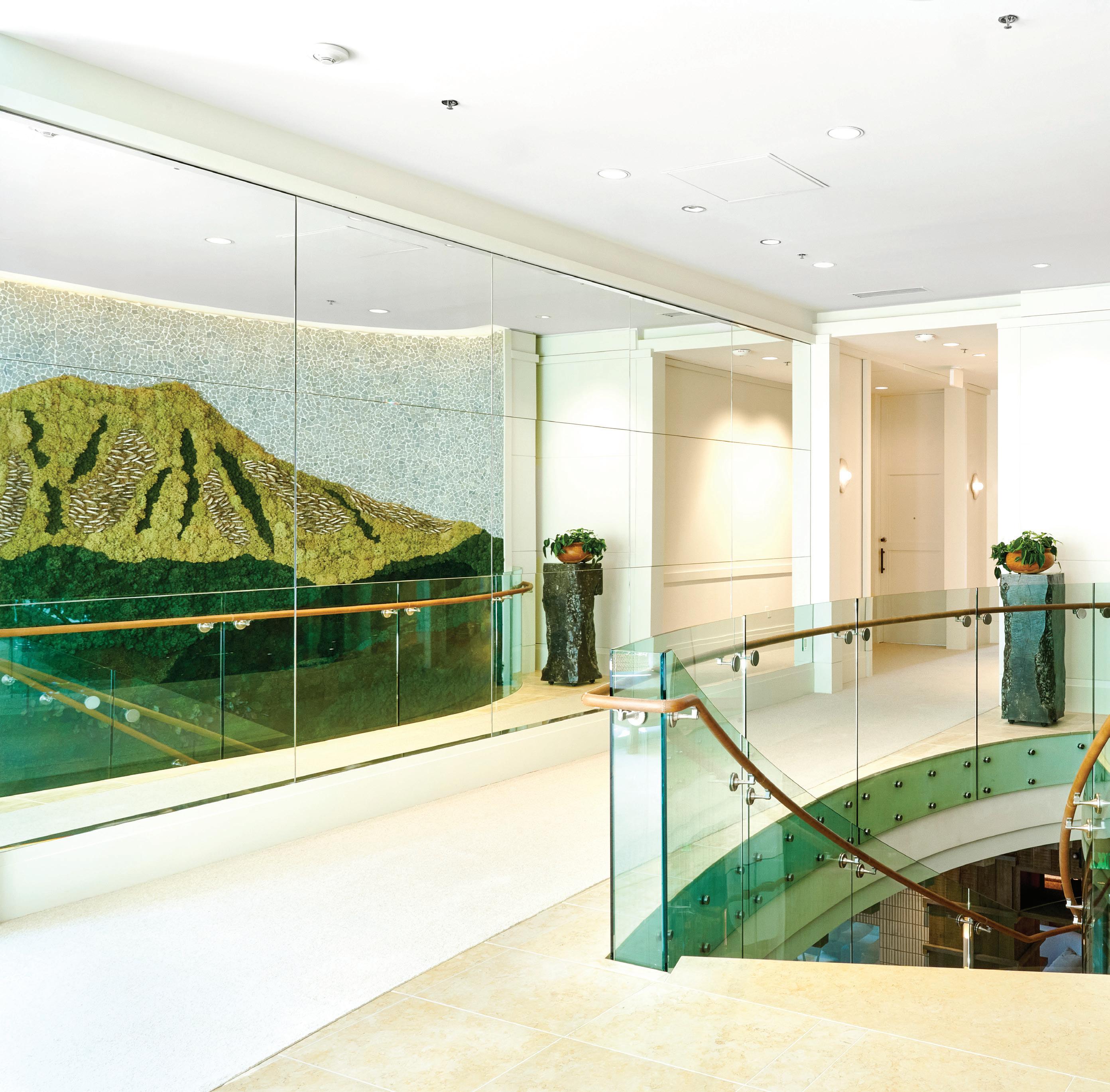
You can spot Sheedy’s botanical art throughout 1 Hotel Seattle, a new sustainable luxury hotel in the city’s South Lake Union neighborhood.
When working with moss and lichen, Sheedy composes the pieces either within a frame or free-form with a live edge. For the live edge, she carries the moss around the edges so that the sub structure disappears and it looks like you just have moss on the wall.
Sheedy makes semi-hydroponic living walls, which means she uses a little bit of soil along with a hydroponic system. This way, the plants are nourished by a soil microbiome along with a reservoir for water and nutrients. “Both of these help maintain the health of the plants,” she said.
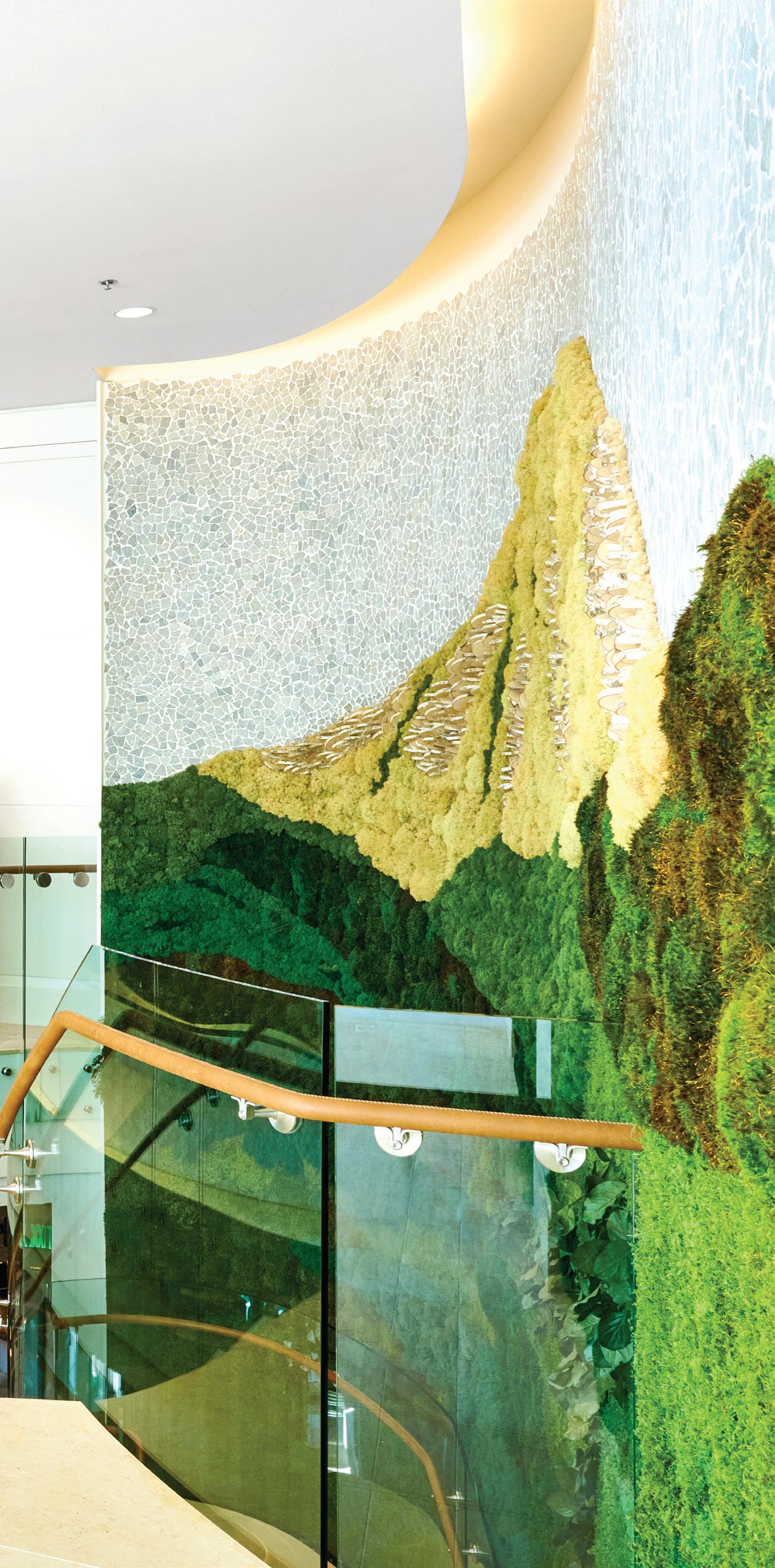



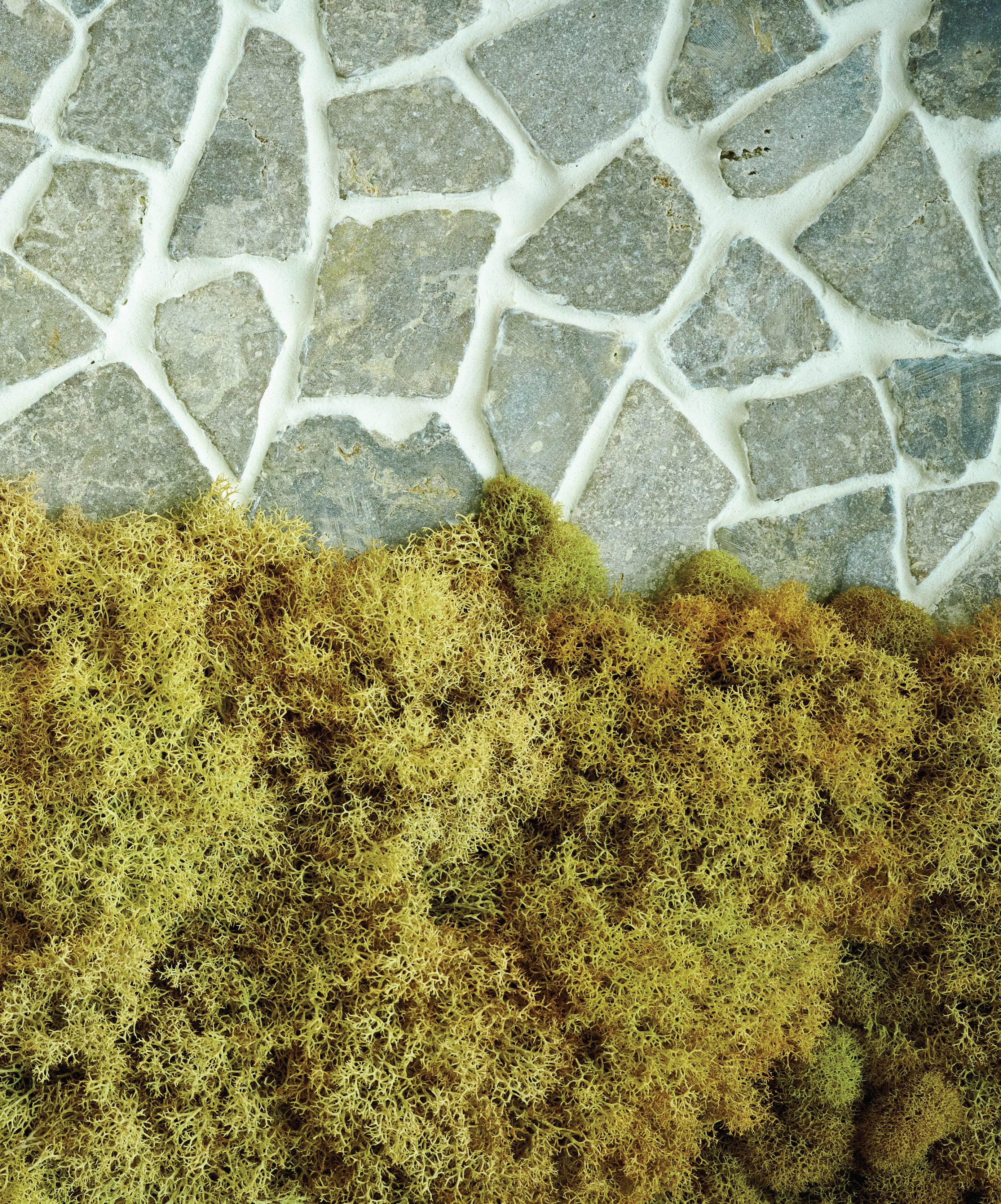

For her moss art, Sheedy uses foraged moss and lichen that are preserved with food-grade glycerin. The process drives water out of the plant cells and allows the plants to stay so and pliable indefinitely. The moss is then dyed with colors commonly found in nature and carefully applied with a special hot glue.
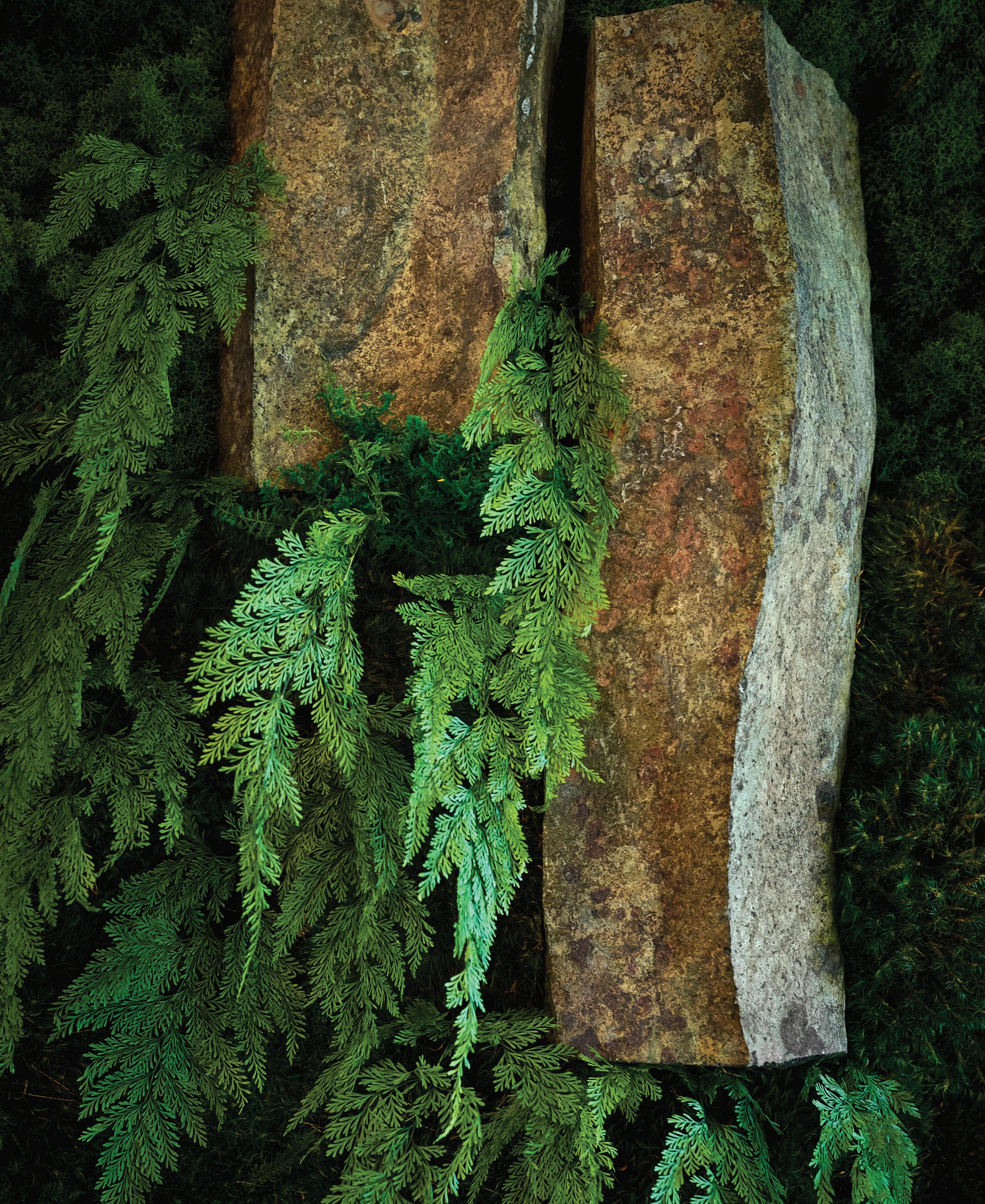
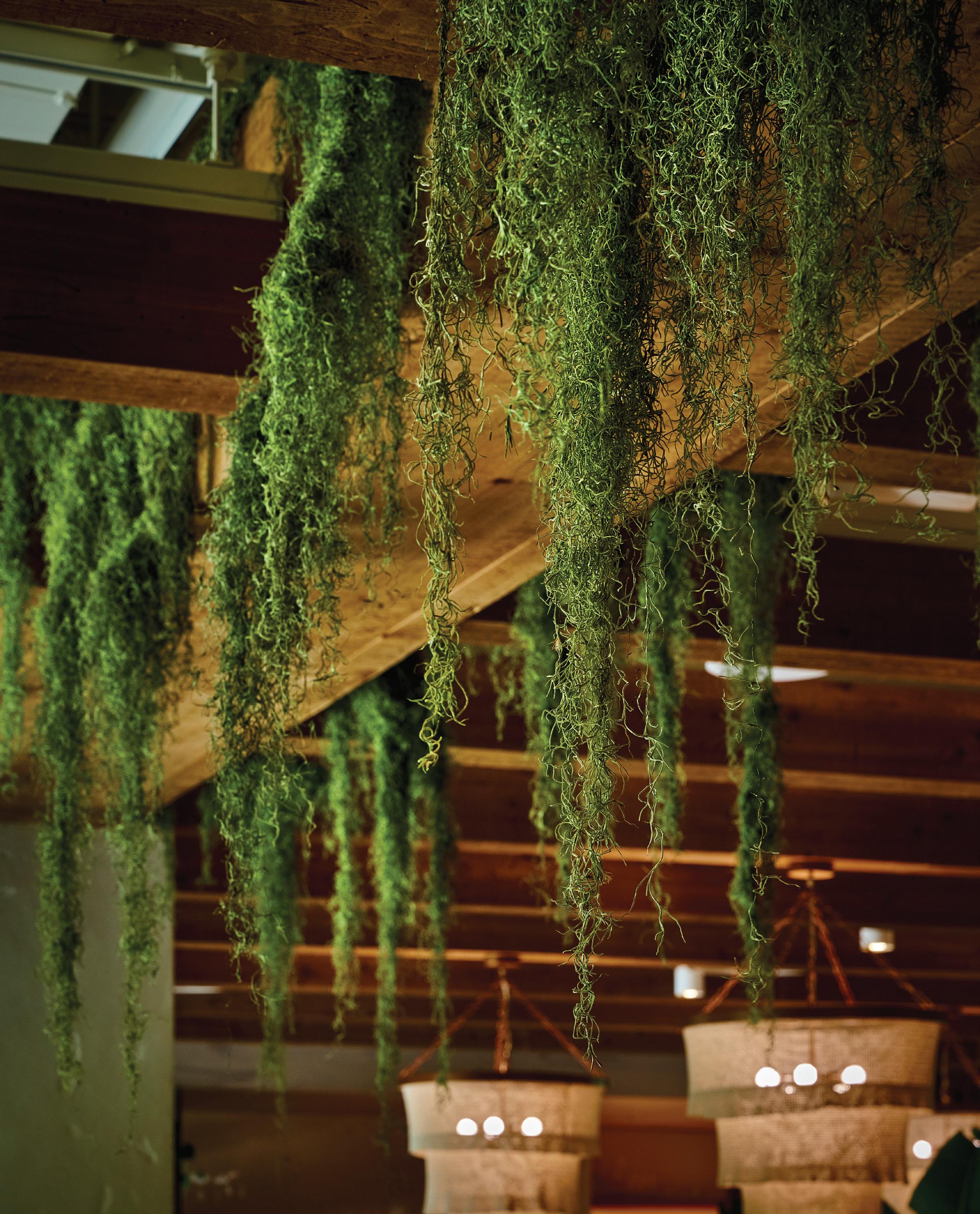
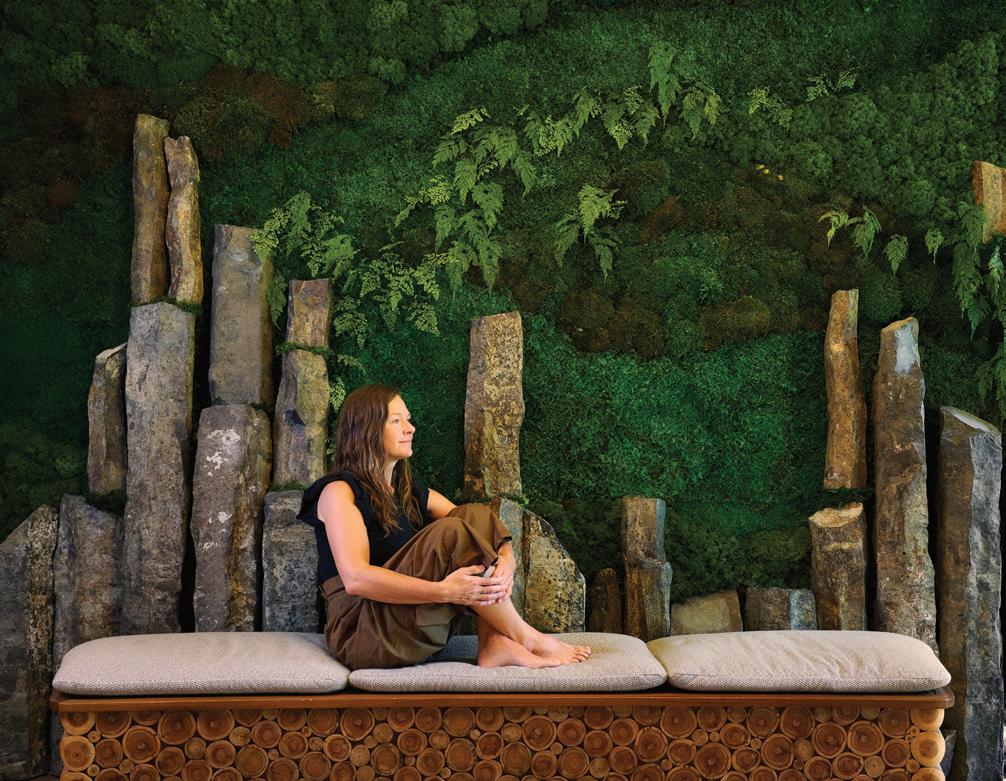

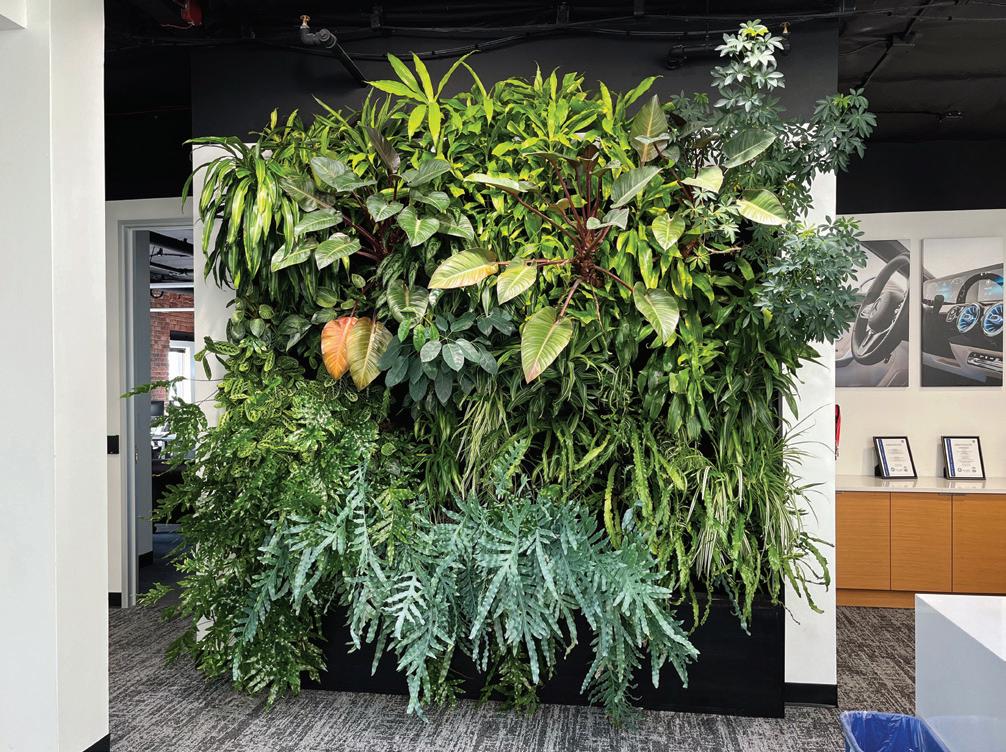
A large-scale moss piece created by Sheedy.
“Because I’m an avid hiker and walker, I forage for a lot of natural items that I use in moss art,” said Sheedy. She’s added everything from driftwood and tree bark to stones and shells. “I often leave sand or little barnacles on the driftwood because the natural world is not pristine, and that’s part of the beauty of it.”
When building vertical gardens, Sheedy uses living wall planters that are made in the USA of recycled materials. All plants are pollinator-safe, and only fertilizers certified for use in organic agriculture are used.
Framed moss art at 1 Hotel Seattle.

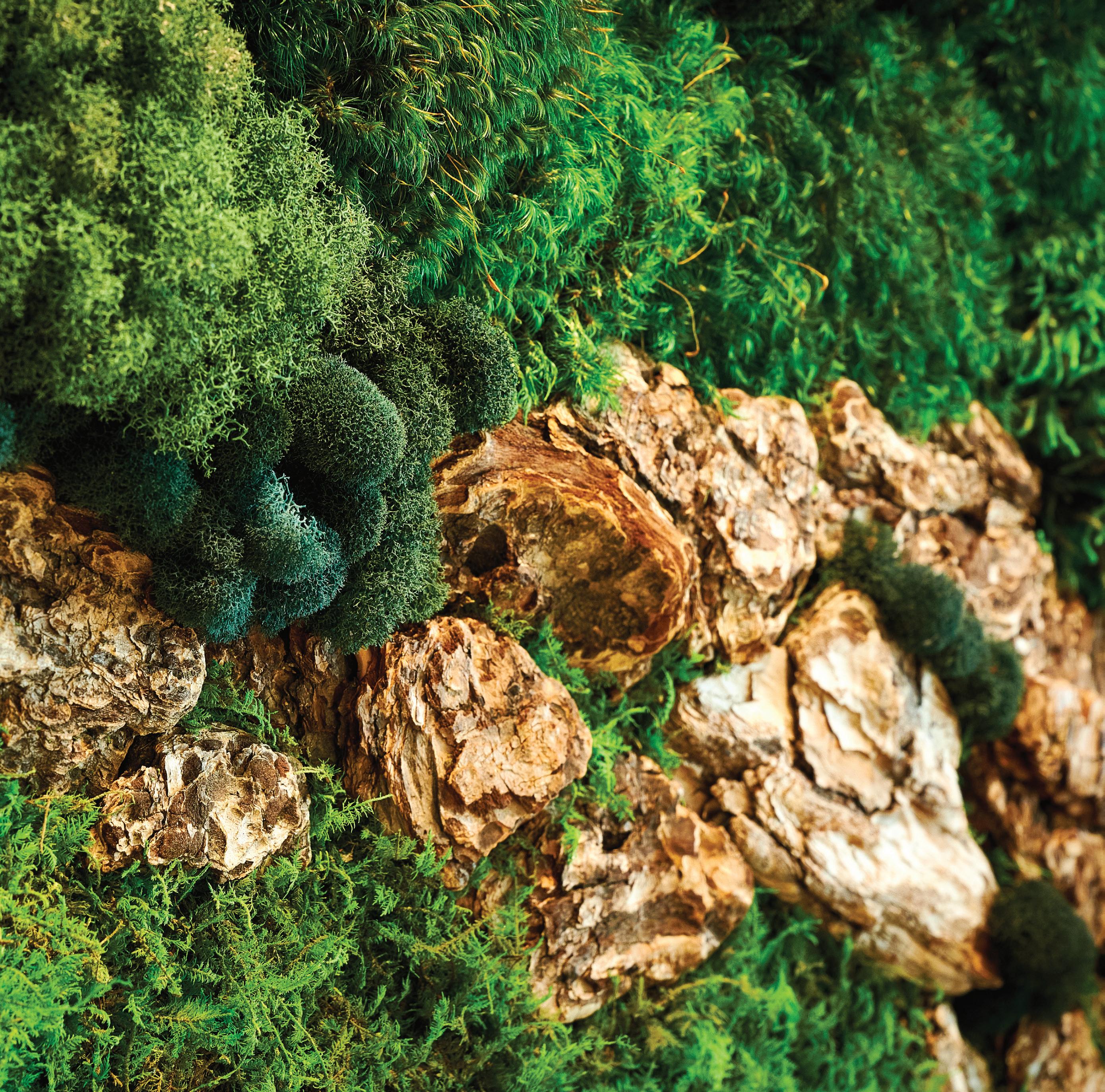

TRAVEL SPOTLIGHT 70
ADVENTURE 72
LODGING 74
TRIP PLANNER 76
NORTHWEST DESTINATION 82





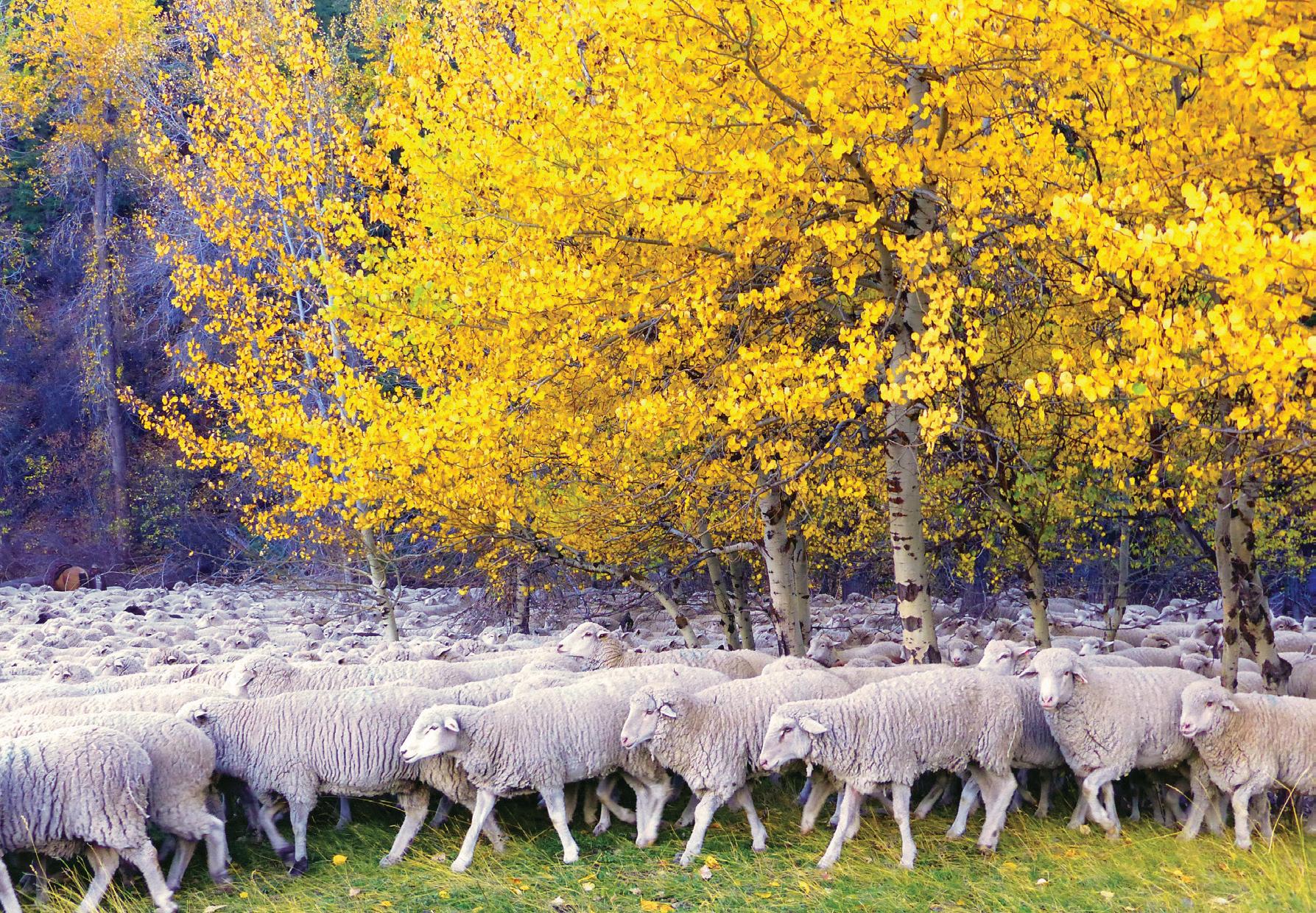



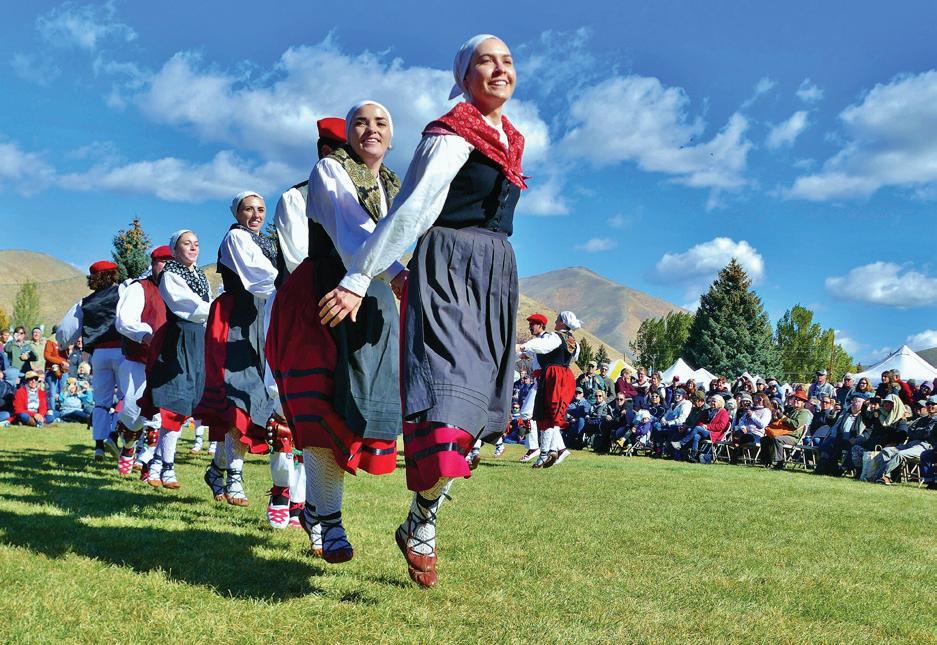
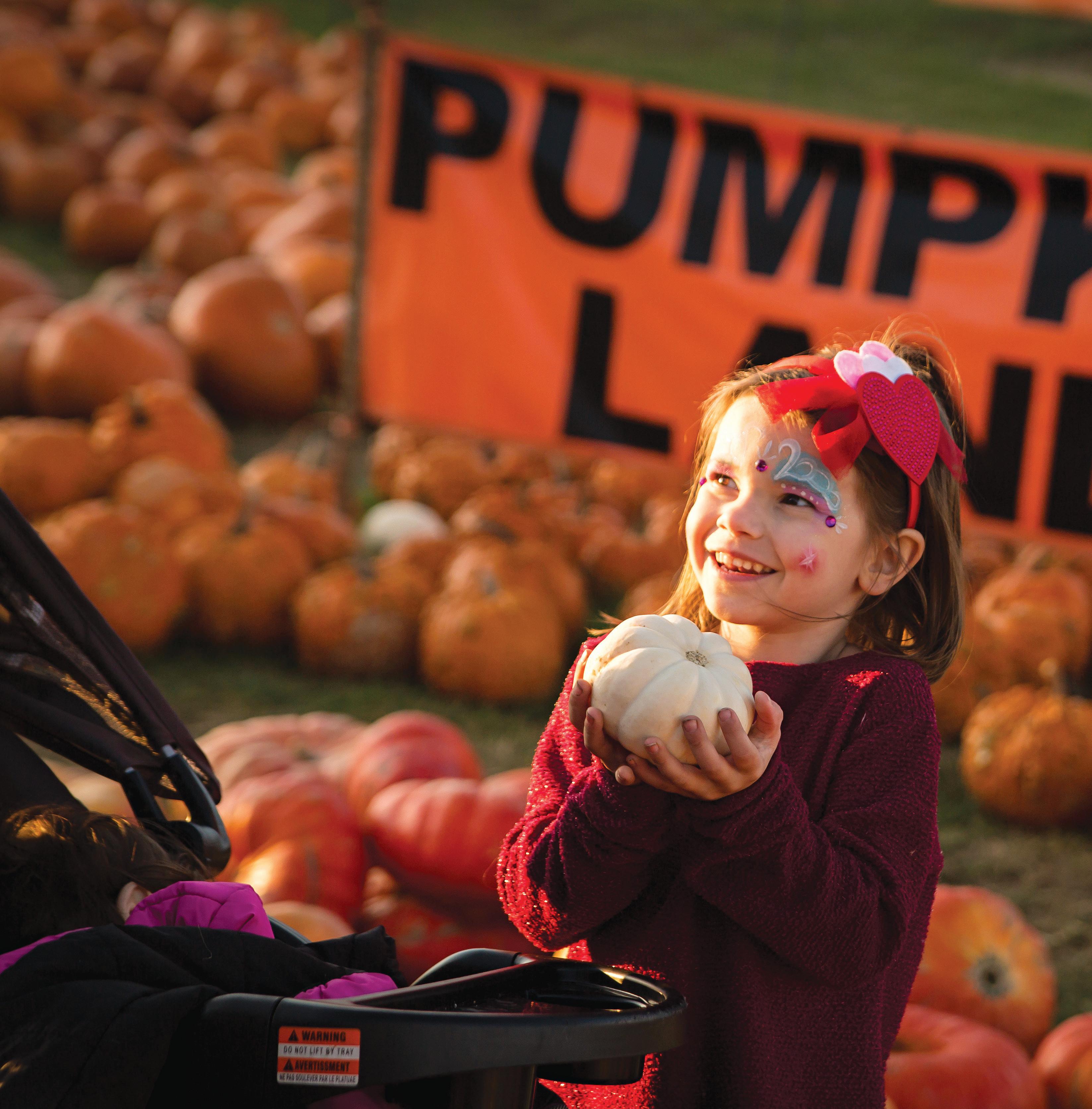

written by Joni Kabana
DRIVE JUST 15 miles north of Spokane to Green Blu , and you will find a stretch of road that is a paradise for those seeking farm-fresh goodies. Every month, through all seasons, crops are available to purchase—apples, cherries, mushrooms, eggs, flowers, Christmas trees and more.

We all love perusing the stalls at local farmers markets, but this li le mecca of fresh gems takes it all up a notch by le ing the consumer see where— and how—the products are grown. And best yet, the farming family is right there to answer questions and share their plan for ensuing seasons, as well as local must-see spots.
Visit www.greenblu growers.com to download a map of the region and see the names of growers and makers, such as Blackbird Pines Lavender Farm, Green Blu Candy Company and Twilight Cider Works. The site lists twenty-eight stops along this grower’s utopia.
The farms also trot out fun activities throughout the year. Hop on a horse-drawn sleigh to place yourself squarely in a winter wonderland Norman Rockwell painting, or allow yourself some Stephen King panic while ge ing lost in a massive corn maze.

Nearby Spokane o ers a large selection of places to stay if you want to make a weekend of it. And for those who love exploring gorgeous landscapes, the entire region is a wonderland in any season.


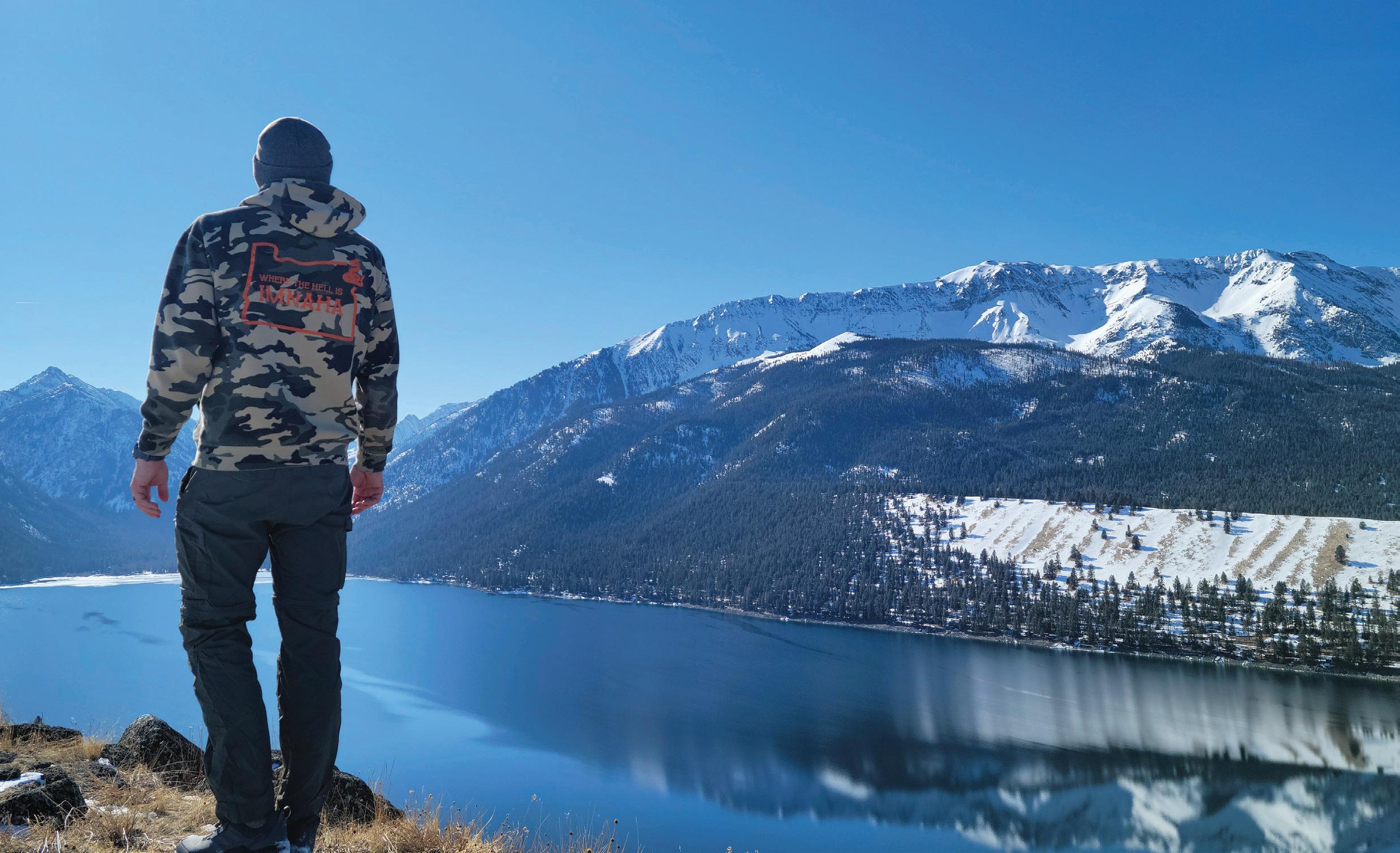

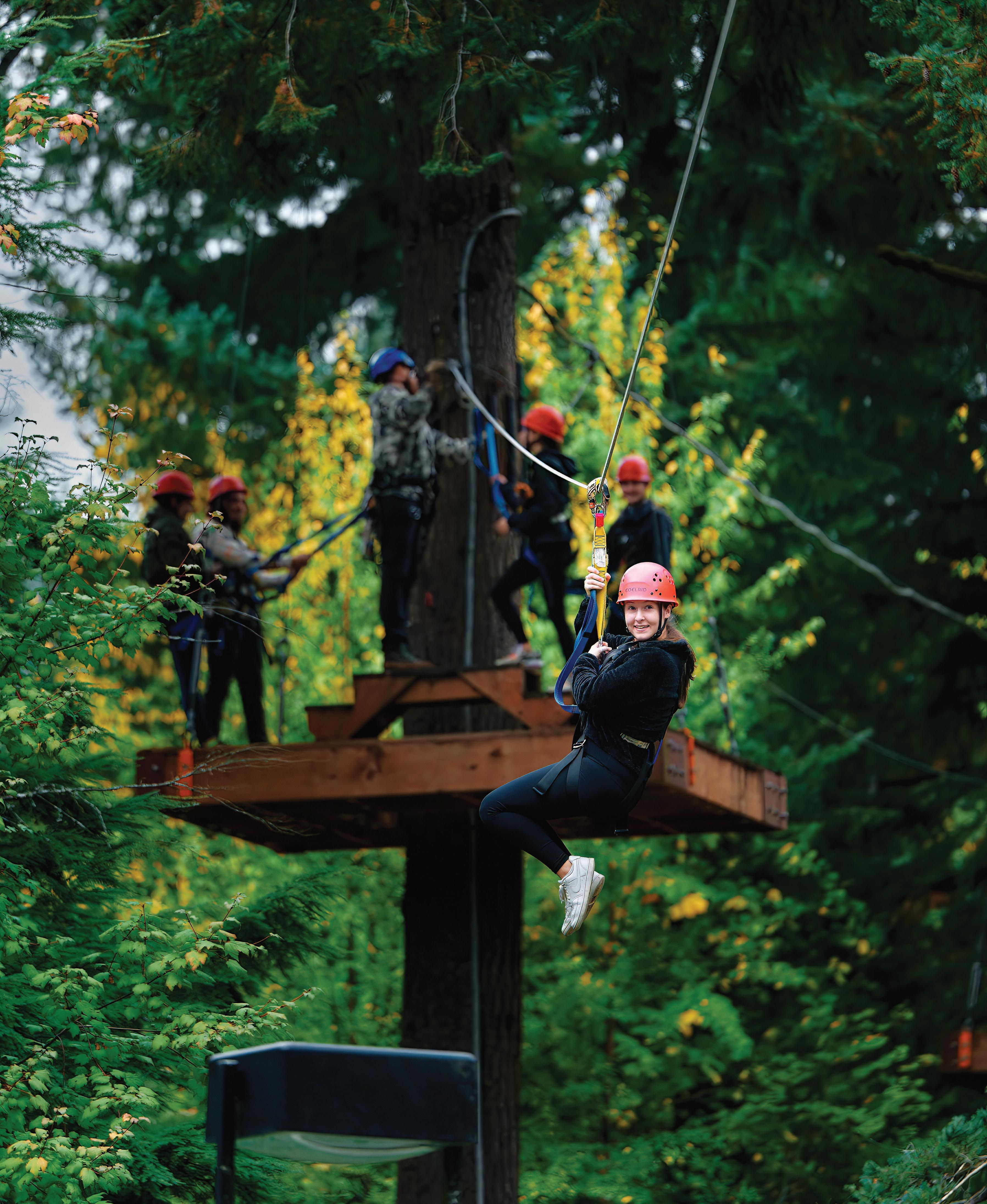

written by Cathy Carroll



Ziplining and luxe treetop lodging sets you above the everyday at Skamania Lodge
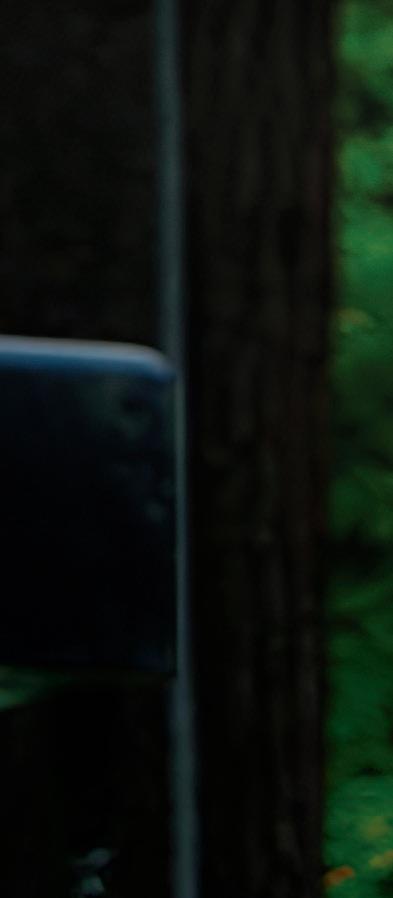
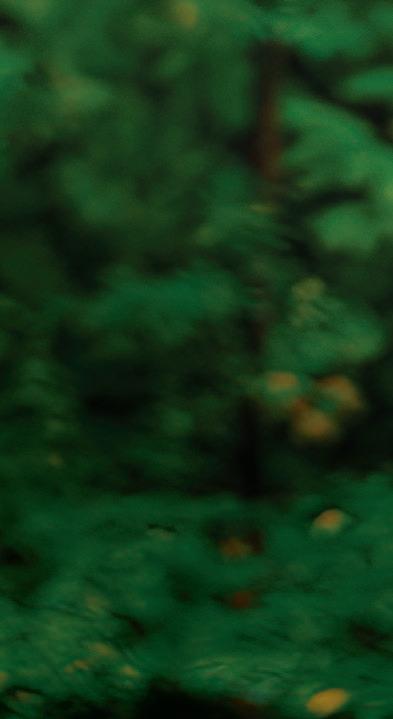
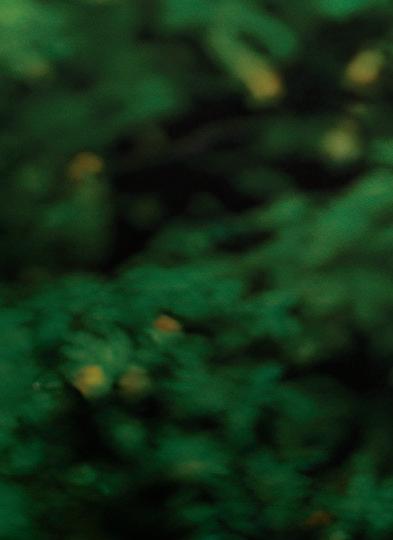
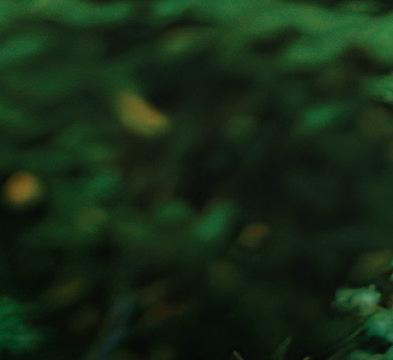
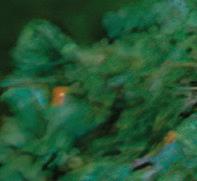
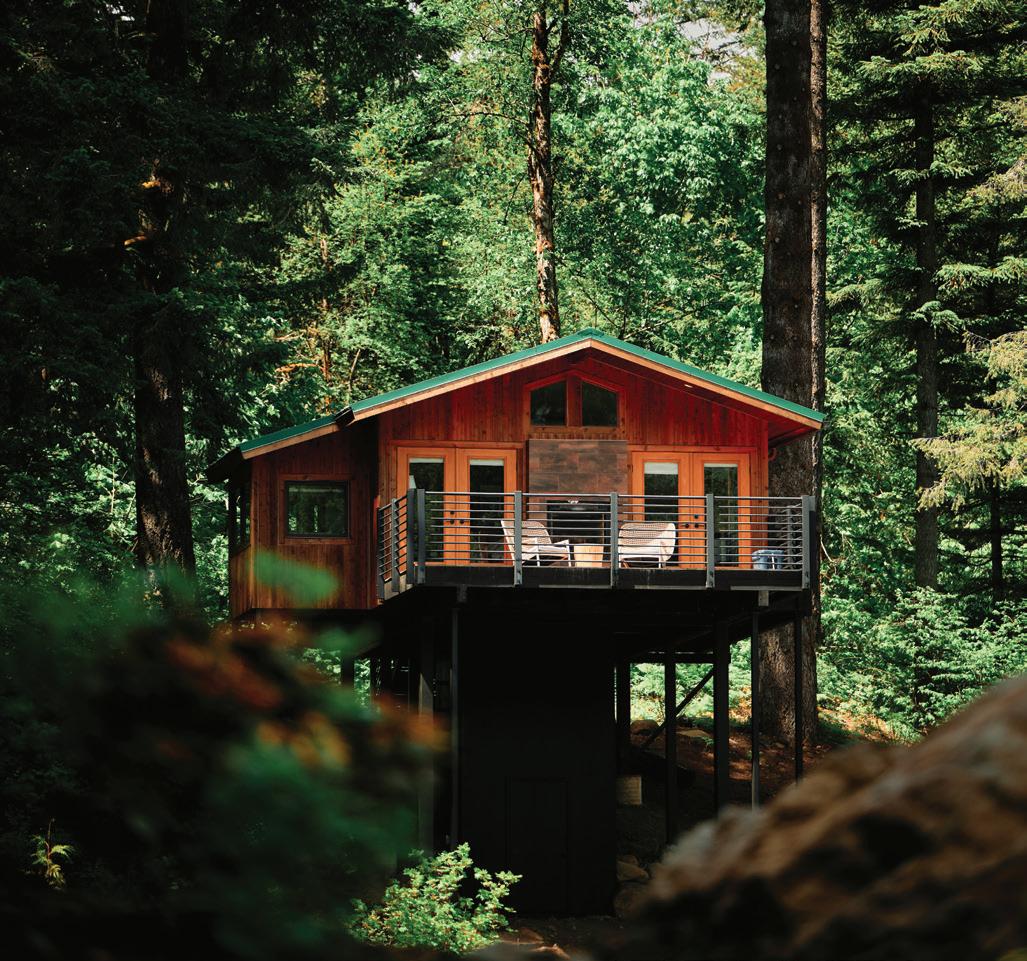
PERCHED ON a small wooden platform 75 feet up a Douglas fir—the forest’s version of a seventh-story ledge—you breathe deep, channel your inner spotted owl and take in the canopy. en you step off. Suddenly you’re flying, carried by a 900-foot steel cable and a harness that propels you at 35 miles per hour. e craggy bark of the landing tree rushes toward you. A bugon-the-windshield thought flashes, then vanishes as you brake and settle onto the platform. A warm, electrifying tingle floods your body, and you welcome the adrenaline, though it took some encouragement.
A manager at Skamania Lodge Adventures told visitors how his 92-year-old blind grandmother delighted in the zipline at the Stevenson resort, which sealed the deal. It’s easy to build up to grandma-level bravery on this two-and-a-half-hour tour, though. First, a series of short, controlled ziplines acclimates you, beginning with a 12-foot-high line that stretches 100 feet.
At all seven ziplines, a pair of guides offer the requisite encouragement. A simple “You got this” goes a long way. at was the case after the fifth zipline, when faced with stepping off the platform, but no outstretched cable in sight. is time it was an auto-belay, a cable 53 feet straight to the ground. e belay brake engages for a gentle touchdown, and your feet confirm you’re back on solid ground, but your nose adds more— the fragrant, mossy, pine-needle-laden earth you hadn’t fully appreciated until you left it. e group of eight zippers, including two families with children from age 8 to 18, walk past a 350-yearold Doug fir and through the forest to wooden stairs leading to the next zipline.
At this point, emboldened zippers can choose from two maneuvers for the final zipline. With the “slingshot,” you leg press off the tree trunk and launch yourself backward for extra momentum. For the “butterball,” guides twist your tether, and as you launch, it unfurls into a spinning ride.
Since building the ziplining course that opened in 2013, coowner Jonathan Johnson has watched its transformative power. He’s seen people start out with a white-knuckle grip on their harness tether to the cable. “By the time they’re at the last one, their hands are off, they’re spreading their wings, and they’re flapping along, flying down that last line,” he said. “It’s empowering. … I see that day in and day out.”
e treetop experience doesn’t end with ziplining, though. Retreating to one of Skamania Lodge’s treehouses makes for an elevated stay, perfect for post-adventure pampering amid the pines. e cabins, 40 feet atop stilt-like beams, let you indulge your inner child’s relish for hiding out in the woods, while wooing your adult sensibilities for style and comfort.
Revive yourself in the walk-in shower, where dark glossy tile meets a large frosted-glass window that lets you maintain a private tree canopy view. Crawl into the queen daybed nook enclosed with tent-like canvas drapes and curl up with a book or relax at its bay window.
Stroll a wooded path to the lodge for a view of the Columbia River Gorge so striking in its sweep it evokes the oil paintings of nineteenth-century itinerant artists and the tribal peoples who have lived on this landscape since time immemorial. You’ll want to linger here in an Adirondack chair before heading inside to watch the sun set and savor Northwest-inspired dishes. Back at your treehouse, roast s’mores around your private fire pit, watch the stars come out and then crawl into the king-size bed.
In the morning, wrap yourself in a fluff y robe, stroll out onto the spacious, covered deck, sip coffee and listen to the birds and breeze in the pines. Plan the day, starting with e-biking, axethrowing or maneuvering the treetops via swaying wood-plank bridges, steps and other challenges in the Aerial Park. en, reward yourself with a massage at the resort’s Waterleaf Spa.
If Skamania’s ziplining whets your appetite for a higher, faster challenge, ZiplineX in Amboy, near Vancouver, sends you soaring 280 feet above Canyon Creek. As you zip, watch for bungee jumpers diving from the bridge and soaring bald eagles. No experience is necessary—you start out on their training zipline that’s 24 feet high.
Ready to plan your treetop adventure? Head to www.skamania.com and www.ziplinex.com to learn more.
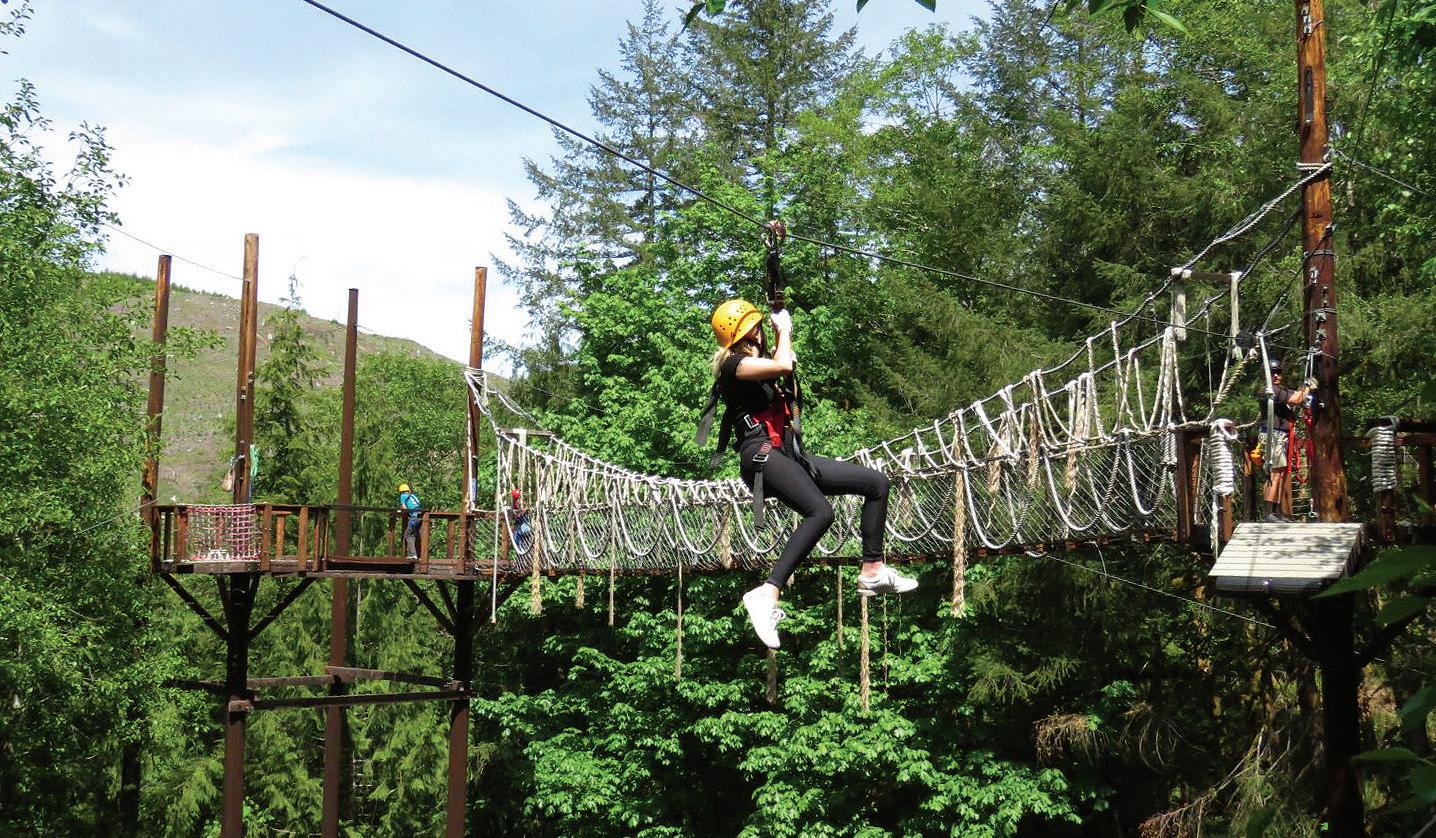



written by Lauren Kramer
I’M SEATED on an Adirondack chair in the sunshine of a grassy meadow, my only company a potbellied pig, four goats and a pony. e animals, heavily invested in snacking, don’t care a whit for our bewitchingly beautiful view of a quiet bay in the Salish Sea. e small, rocky embankment of Skull Island is directly before us, and in the distance, the forested heads of other San Juan islands are scattered on either side. When the sun begins to dip, I’ll harvest salad greens and herbs from the vegetable garden and orchard behind my cottage, using them to prepare a tasty, vegan meal.
If you’ve ever wanted to step straight into the most idyllic version of Pacific Northwest farm and island life, Pebble Cove Farm on Orcas Island is your answer. Here, guests get to mingle freely with the animals Lydia and John Miller have rescued over the years. At low tide, visitors can wade to the island to peer into tidal pools, or kayak through the stillas-glass water and explore the neighboring bays. And when hunger strikes, the Millers’ verdant vegetable garden and orchard offer in-season fruit, herbs and vegetables that can be picked at leisure. Add hammocks, a fire pit and a private beach, and you’d be forgiven for never wanting to leave.
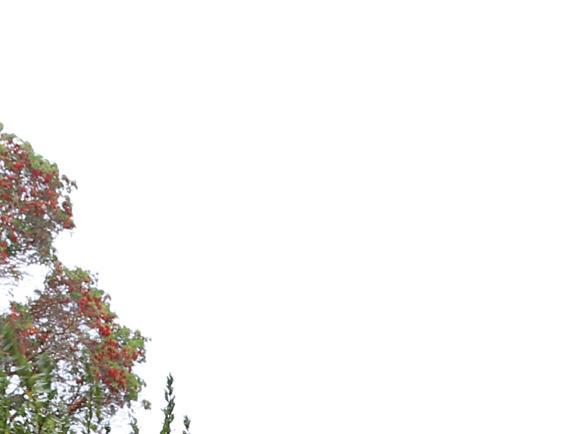
3341 DEER HARBOR ROAD EASTSOUND www.pebblecovefarm.com






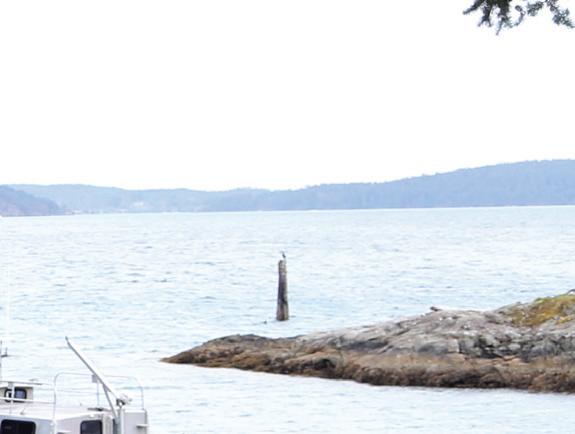
We stayed in the cottage, a cozy, comfortable loft-like apartment that sleeps four. It features a small, wellequipped kitchen, a woodburning fireplace, a TV and an outdoor deck with a gas barbecue. The kitchen is stocked with basic supplies, snacks, tea and coffee, homemade granola and almond milk. Pebble Cove also offers a garden cabin and two studio suites, all with kitchenettes.
Pebble Cove has a yoga studio, kayaks and paddleboards for rent, and a rowboat for exploring the inlets and coves. Guests can nap in the hammocks, explore the orchard and vegetable garden and interact with the animals. Kids will enjoy the private beach and play area on the grassy acreage. At sunset, the fire pit is a tempting venue to absorb the beauty and stillness of the island, while the hot tub is the perfect sedative for a good night’s sleep. The farm has a complimentary charging station for electric vehicles.





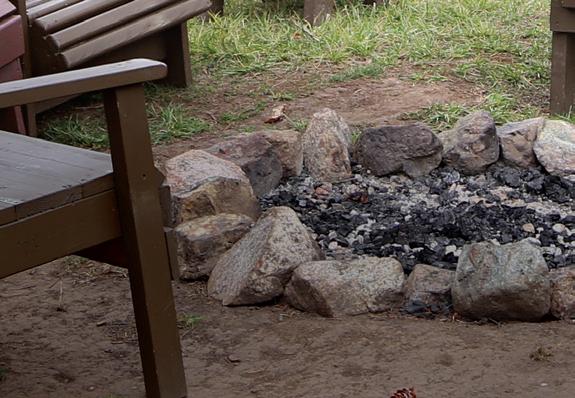

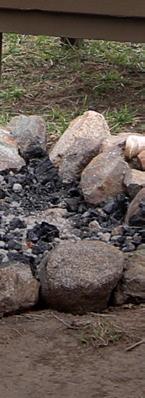


In 2004, the Millers bought a neglected acreage with a dream to transform it into a contemporary farmhouse for their family and give their future guests the opportunity to experience island life. They built a cottage, barn, hen house and corral, planted the orchard and vegetable garden, and began adopting the rescued animals that make up the farm family. Keenly aware of environmental responsibility, they offer exclusively vegan food and cruelty-free, all-natural toiletries, avoid pesticides and chemicals, and recycle and compost.


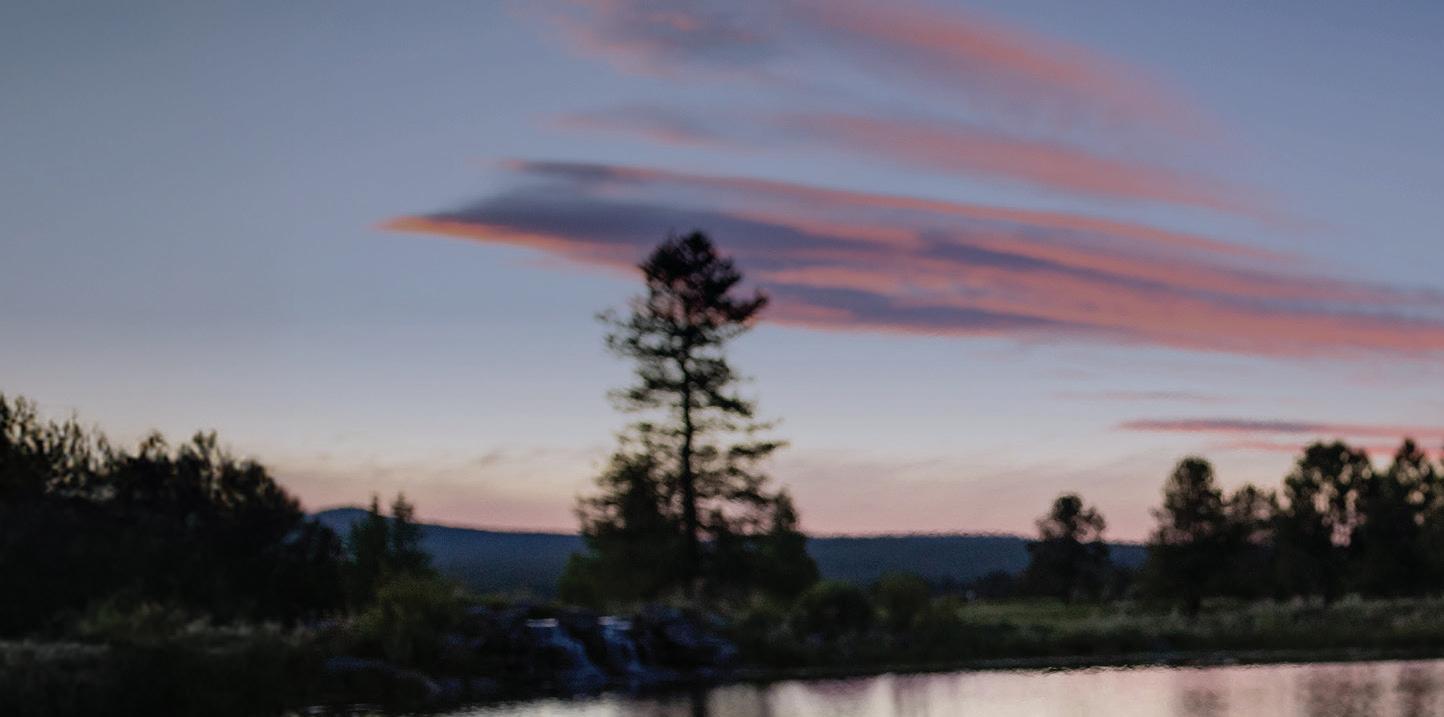
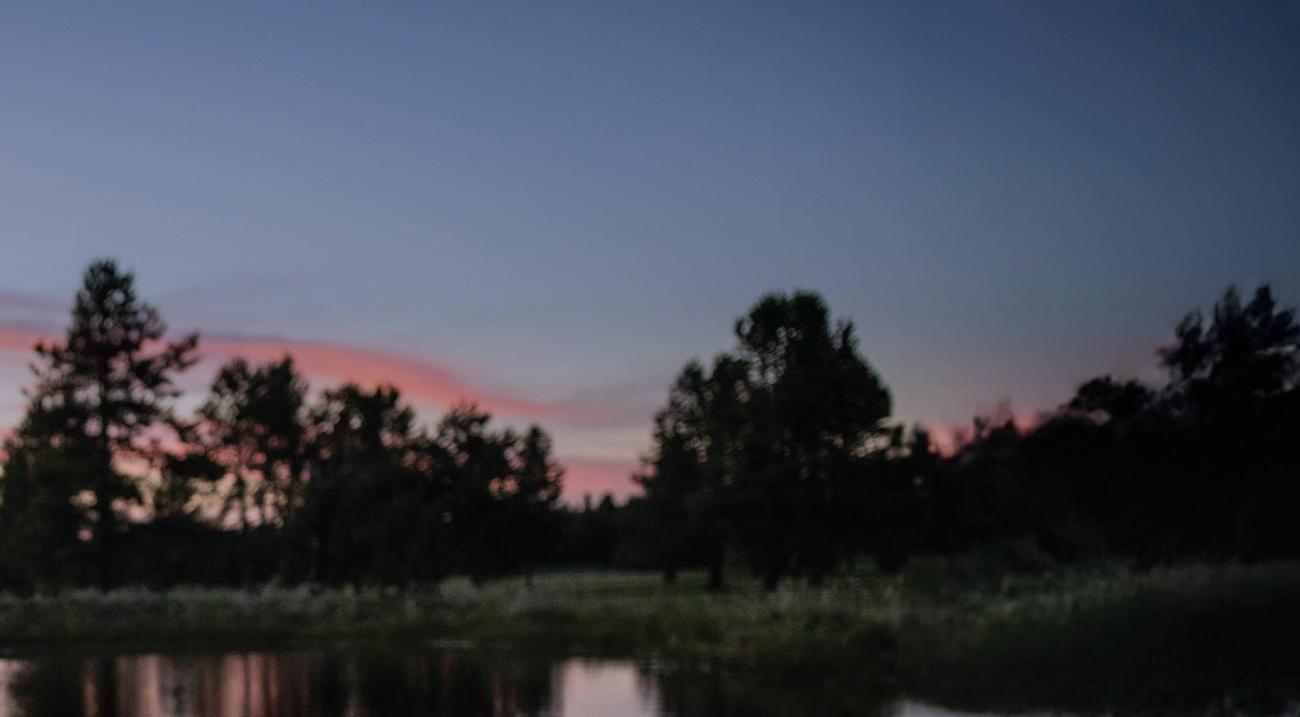
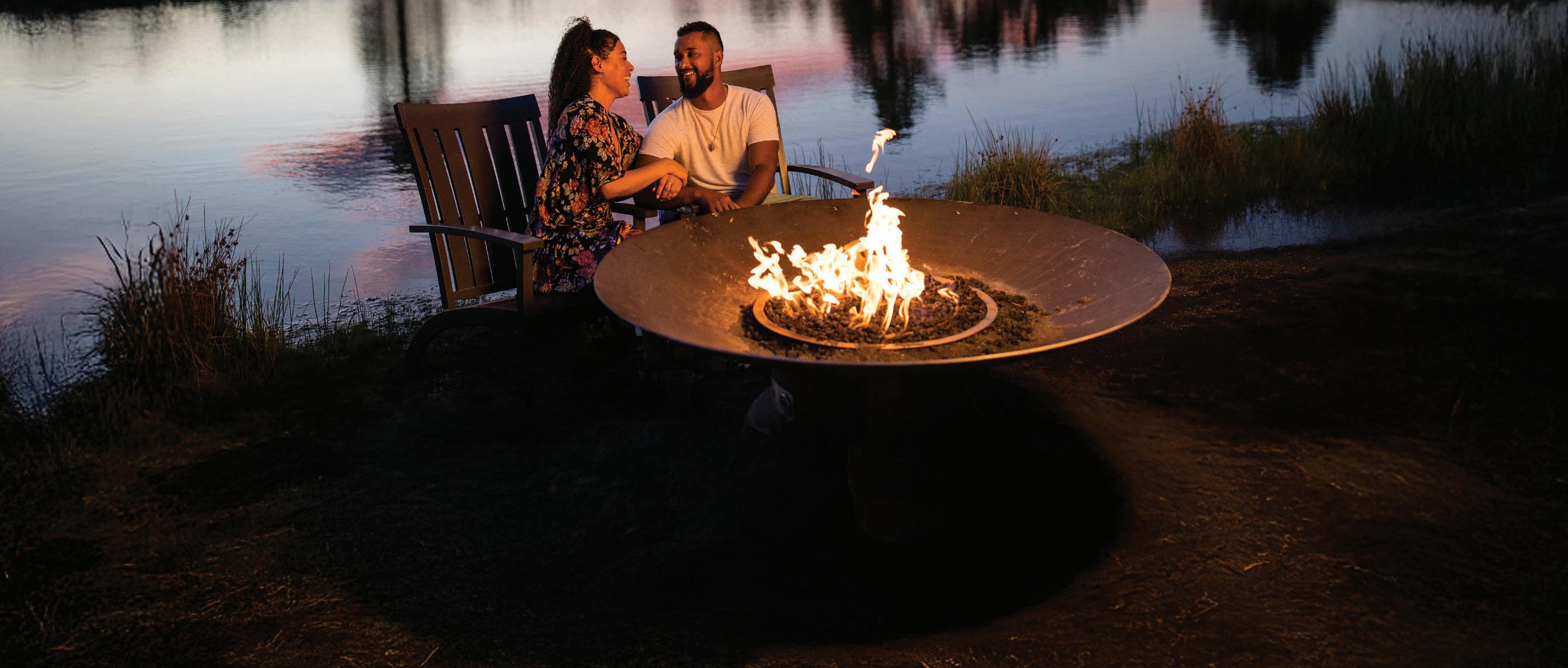
Wander peaceful trails, rejuvenate at our spa and wellness center, savor seasonal cuisine at our premier dining outlets, cozy up by the fire with your favorite drink or tee off on one of our award-winning golf courses. Whether you’re here for a spontaneous getaway or a well-earned reset, Sunriver Resort offers the perfect backdrop to fall into the rhythm of nature, unwind and reconnect. Your pace. Your space. Your season.


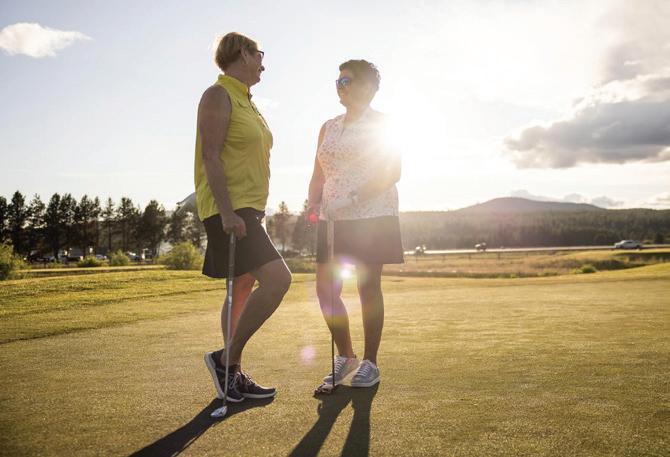
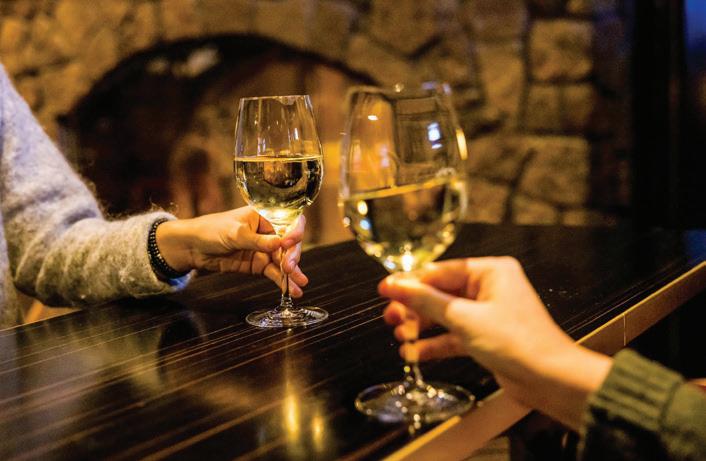


EVERY SEATTLEITE has their favorite escape. Some swear by the San Juans. Others chase cabins in the Cascades. Me? I point my car toward the Mukilteo ferry, and twenty minutes later, I’m on Whidbey Island. More specifically, Langley—a postcard-ready village with a sly sense of charm. It’s all artisan pies, quirky galleries and sunsets that make you forget that email exists.
Laid-back but full-on, Langley brings seafood, art and eternal views to the visitor
written by Ryn Pfeuffer
I fell for Whidbey the way you fall for someone who doesn’t realize they’re beautiful—quietly, completely and without any need for fanfare. It started with a lazy weekend ferry ride, a latte from a sun-dappled café and the saltwater breeze curling around me like a “just between us girls” secret. Then came the oysters, the bookstores, the way late-afternoon light turns Saratoga Passage into liquid gold. Before long, I stopped pretending it was just a fling. I packed up the city life, moved a few miles from Langley, and made a sweet little cottage my home.
The real magic of Langley is how it makes you slow down without even trying. In three days, you can taste your way through its best kitchens, wander forest trails, shop for treasures you’ll actually use and still have time to linger over a glass of wine with no agenda at all. Here’s how I’d show you my Langley—the way locals love it.







































If you’re coming from Seattle, catch a mid-morning ferry from Mukilteo to Clinton. The twenty-minute crossing is quick, but you’ll want to be topside for the wide, steel-blue stretch for the occasional orca or harbor seal sighting. From Clinton, it’s a fifteenminute drive to Langley, and the scenery—winding roads framed by evergreens, glimpses of Saratoga Passage—sets the tone.
For romance (and a serious splurge), book The Inn at Langley, where every room has a private balcony overlooking the water. The soaking tubs, plush robes and the fact you can hear waves at night? Worth it. On a tighter budget, the Langley Motel offers 1950s retro-chic comfort and an easy walk to downtown.
The perfect Langley day begins at Saltwater Fish House & Oyster Bar. Nab one of the coveted window seats, order a half-dozen oysters (the chalkboard in the back lists the day’s selection) and follow with their Dungeness crab cake. It’s the kind of meal that somehow tastes even better with a chilled glass of muscadet.
Perched at the top of a short incline, Whale Bell Park offers a sweeping view of Saratoga Passage and a bronze whale-tail sculpture reaching skyward. Tradition says you ring the bell if you spot a whale—and from March through May, you just might catch
one of the ten to twelve gray whales that feed in the waters of Saratoga Passage and Possession Sound. (Langley celebrates their arrival each April with the charming Welcome the Whales parade.) From here, wander down to Seawall Park, a narrow ribbon of waterfront perfect for beachcombing at low tide or watching ferries glide past.
Before dinner, pop into Callahan’s Firehouse Studio and Gallery. Watching molten glass spin into shimmering bowls is hypnotic. You can book a hands-on glassblowing session if you’re feeling adventurous. Then wander to Moonraker Bookstore, a cozy twostory shop where the creaky floors only add to the charm. Make a reservation at Prima Bistro. If it’s warm, the outdoor patio with its Saratoga Passage view is irresistible. If it’s cooler, the bar is the sweet spot. Order Christian’s brown-butter rye old fashioned (trust me), share the house-made pâtés and cheese plate, and, if the lamb burger is on the menu, do not hesitate.
If you’re still up for it, check what’s playing at The Clyde, the 1937 single-screen movie theater beloved by locals. Otherwise, take a moonlit stroll back along First Street; it’s practically cinematic.



The perfect Langley day begins at Saltwater Fish House & Oyster Bar. Nab one of the coveted window seats, order a half-dozen oysters (the chalkboard in the back lists the day’s selection) and follow with their Dungeness crab cake.
Start at Salty Sea Coffee, where the espresso is dialed in and the baked goods are dangerous. Sit outside with a latte, and watch the slow-motion morning unfold.
Post-caffeine, wander into Feather & Fox Print Co. for dreamy stationery, art supplies, stickers and screen-printed clothing you’ll want to frame. Here’s a Langley secret worth lingering over: Grayhorse Mercantile. It looks like a general store, but inside? Waxed canvas bags you’ll swear were made just for you, locally crafted soaps that smell like a dream, shelves packed with specialty treats you didn’t even know you were craving, and kitchen tools that suddenly feel essential. Trust me—you’ll leave with something you didn’t plan on, and love it anyway.
Drive ten minutes to Saratoga Woods for an easy hike under towering evergreens. The trails are well-marked, and if you take the Ridge Trail, you’ll be rewarded with peek-a-boo water views. It’s never too crowded, which makes it feel like your own secret forest.
Back in Langley, grab a table at Double Bluff Brewing Company. Its rotating tap list skews toward crisp pilsners and hazy IPAs, and you can bring in food from the on-site Polynesian food truck, Ikaika Bistro, or nearby Langley Kitchen (open 8 a.m. to 2 p.m. Tuesday through Saturday). My move: Order a roast beef sandwich from Langley Kitchen, and then enjoy it at the brewery with a pint.
Time for art … and maybe some pie. Stop at Rob Schouten Gallery & Sculpture Garden. The fine art inside spans painting, sculpture and glass, while the outdoor garden is a peaceful place to wander. Then head next door to Whidbey Pies, where the marionberry is the local legend.
If you’ve got kids in tow (or just a fondness for whimsy), Alma Kids is a magical, design-forward spot stocked with toys and clothing so stylishly
EAT
Double Bluff Brewing Company www.dblfbrewing.com
Flower House Café www.flowerhousecafe.com
Ikaika Bistro www.ikaika-bistro.ueniweb.com
Langley Kitchen www.langleykitchen.com
Ott & Hunter www.otthunter.com
Prima Bistro www.primabistro.com
Saltwater Fish House & Oyster Bar www.saltwaterlangley.com
Salty Sea Coffee www.saltyseacoffee.com
Village Pizzeria (360) 221-3363
Whidbey Pies www.whidbeypies.com
Inn at Langley www.innatlangley.com
Langley Motel www.langleymotel.com
PLAY
Alma Kids www.almalangley.com
Bayview Garden www.bayviewgarden.com
Callahan’s Firehouse www.callahansfirehouse.com
The Clyde (360) 221-5525
Feather & Fox Print Co. www.featherandfoxprintco.com
Grayhorse Mercantile www.grayhorsemercantile.com
Langley Whale Center www.facebook.com/LangleyWhaleCenter
Moonraker Bookstore www.facebook.com/MoonrakerBooks
Rob Schouten Gallery & Sculpture Garden www.robschoutengallery.com
Saratoga Woods www.wclt.org/projects/saratoga-woods
The Star Store www.facebook.com/starstorestyle
SugarPill Apothecary www.sugarpillseattle.com
Whale Bell Park www.visitlangley.com/places/ whale-bell-park
Whidbey Island Center for the Arts www.wicaonline.org



eco-conscious they’ll make even adults a little giddy. (Think of it as the kid-sister shop to Alma.) Or pop into SugarPill Apothecary for botanicals, tinctures and teas that could easily pass for a modern witch’s pantry. Tonight’s dinner is at Village Pizzeria, but first, pregame with a glass of wine at Ott & Hunter, just a few doors down. Both spots boast spectacular water views, and if you can, time it for sunset—the rooms glow gold. Then it’s pizza time: New York-style pies, absolutely legit. Foldable slices, perfect chew, zero regrets. If you leave Langley without devouring one, did you even go at all? And while you’re at it, snap a photo with the bronze Boy and Dog statue. Some things are just mandatory.
Day
Drive to Bayview Garden—part nursery, part art gallery, part café. You can wander through lush plant displays, shop for local
art and pick up garden décor you didn’t know you needed. At the Flower House Café, order the breakfast sandwich (fluffy eggs, cheddar and herby aioli on a warm biscuit), and eat surrounded by greenery. Circle back into town for a last round of shopping. The Star Store is your one-stop for gourmet groceries, clothing and home goods. It’s also where locals grab last-minute picnic supplies.
If you’ve got a little bit of time before your ferry, swing by the Langley Whale Center (check seasonal hours) to brush up on local marine life (and snag some seriously cool merch while you’re at it). The space is packed with fascinating info, and the volunteers are more than happy to chat. By the time you leave, you’ll feel way more connected to the water you’ve been staring at all weekend. Then, roll back toward Clinton for the ferry, letting the weekend linger a little longer in your mind. Watch the island shrink in your rearview mirror, knowing Langley has a way of pulling you back—whether for another quick escape, or in my case, something a bit more permanent.
















SEPTEMBER 27, 2025 — JANUARY 18, 2026
BEN D , ORE GO N
HIGHDESERTMUSEUM.ORG/FEDDERSEN
ORGANIZED BY THE NORTHWEST MUSEUM OF ARTS AND CULTURE. MAJOR SUPPORT FOR THE EXHIBITION PROVIDED BY
written by Ryn Pfeuffer
WHEN YOU’RE looking for a little magic close to Portland—but with more character than your average wine country getaway—
Tualatin Valley quietly delivers. It’s the kind of place where you can sip pinot among fifty-year-old vines, stumble upon a mastodon skeleton in the library and end your day watching a baseball game or tucking into Hawaiian comfort food. Quirky? Yes. Fabulous? Absolutely.
Start by checking into Sosta House, the Valley’s newest farmstay, run by a brother-sister duo from Oregon’s pioneering Ponzi wine family. Ease into your day with your breakfast basket served steps from vineyards planted in 1969; the vibe is timeless European farmhouse meets modern design. Don’t miss the barrel sauna and cold-plunge pool. You’ll feel like you just came back from a Scandinavian spa, only with better wine.

Tualatin itself is a delight. At the public library, you’ll find a mastodon skeleton (yes, a real one) that has been waiting 14,000 years for her big reveal. She’s flanked by Ice Age treasures and replica fossils, plus there’s a trail nearby where more ancient oddities await. Suddenly, your small-town library card feels like a ticket to a time machine.
Just across the street, pop into Artur Cafe. Run by siblings Christina and Clay George (and Clay’s wife, Nichole), it’s more “living room” than café. ink Cascadia Roasters coffee, local pastries, kids’ books and board games—all in a space designed for lingering. Order a latte, grab a donut from their local partners and let yourself feel like a regular.
For a shot of pure whimsy, head to e Garden Corner. It claims the title of “world’s largest hanging basket”—a 16-foottall, 10-foot-wide floral marvel weighing in at 3 tons. Replanted seasonally, it’s basically a mood ring for the Valley: lush in summer, sparkling for the holidays.
One of the joys of Tualatin Valley is how global it tastes. At Kama’aina in Forest Grove, it’s authentic Hawaiian comfort food

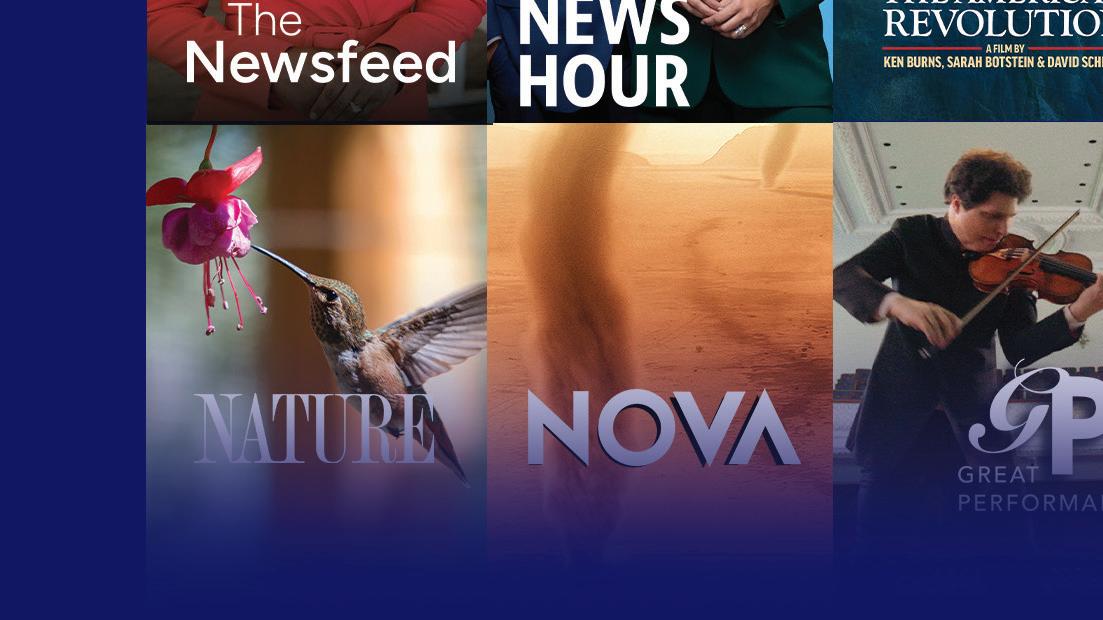

Artur Cafe www.arturcafe.com
Kama’aina (971) 371-2991
Yardy Rum Bar www.yardyrumbar.com
STAY
Sosta House www.sostahouse.com
PLAY
El Tigre Fest
www.tigard-or.gov/exploretigard/community-events/ el-tigre-fest
The Garden Corner www.thegardencorner.com
Hillsboro Hops www.milb.com/hillsboro
Tualatin Public Library www.tualatinoregon.gov/library
“Share the Love” Treasure Hunt www.tualatinoregon.gov/ recreation/share-love
West Coast Giant Pumpkin Regatta www.tualatinoregon.gov/ pumpkinregatta



—poke bowls, Spam musubi, kalua pig—that feels like an edible vacation.
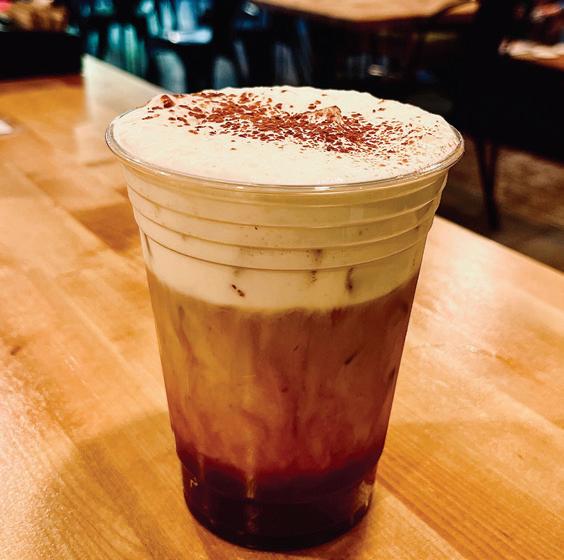
If you time it right, Tualatin Valley has events that feel lifted from a Wes Anderson script. In October, there’s the West Coast Giant Pumpkin Regatta, where people in costumes paddle 1,000-pound pumpkins like boats (yes, boats). It’s part race, part carnival and fully unforgettable. Prefer February? That’s when the “Share the Love” treasure hunt begins, scattering 500 hand-blown glass hearts across parks and trails. You’ll feel like a kid again—except this treasure looks much better on a windowsill than a muddy baseball card.
Speaking of baseball, summer is for Hillsboro Hops games. This minor league team is a farm club for the Arizona Diamondbacks,
which means you’re watching future MLB stars …while sipping craft beer under an Oregon sunset.
And if you happen to visit in October, don’t miss El Tigre Fest at Cook Park, a free, family-friendly celebration of Hispanic Heritage Month complete with dancing, food and live music. It’s community at its best—colorful, delicious and buzzing with energy.
Tualatin Valley is proof you don’t need to drive deep into wine country (or hop a plane) to have an adventure. Here, you can clink glasses in a vineyard planted half a century ago, marvel at Ice Age fossils, eat your way from Hawaii to the Caribbean and maybe even spot someone paddling a giant pumpkin.
It’s Oregon at its quirkiest, and trust me, you’ll want to be in on the secret.
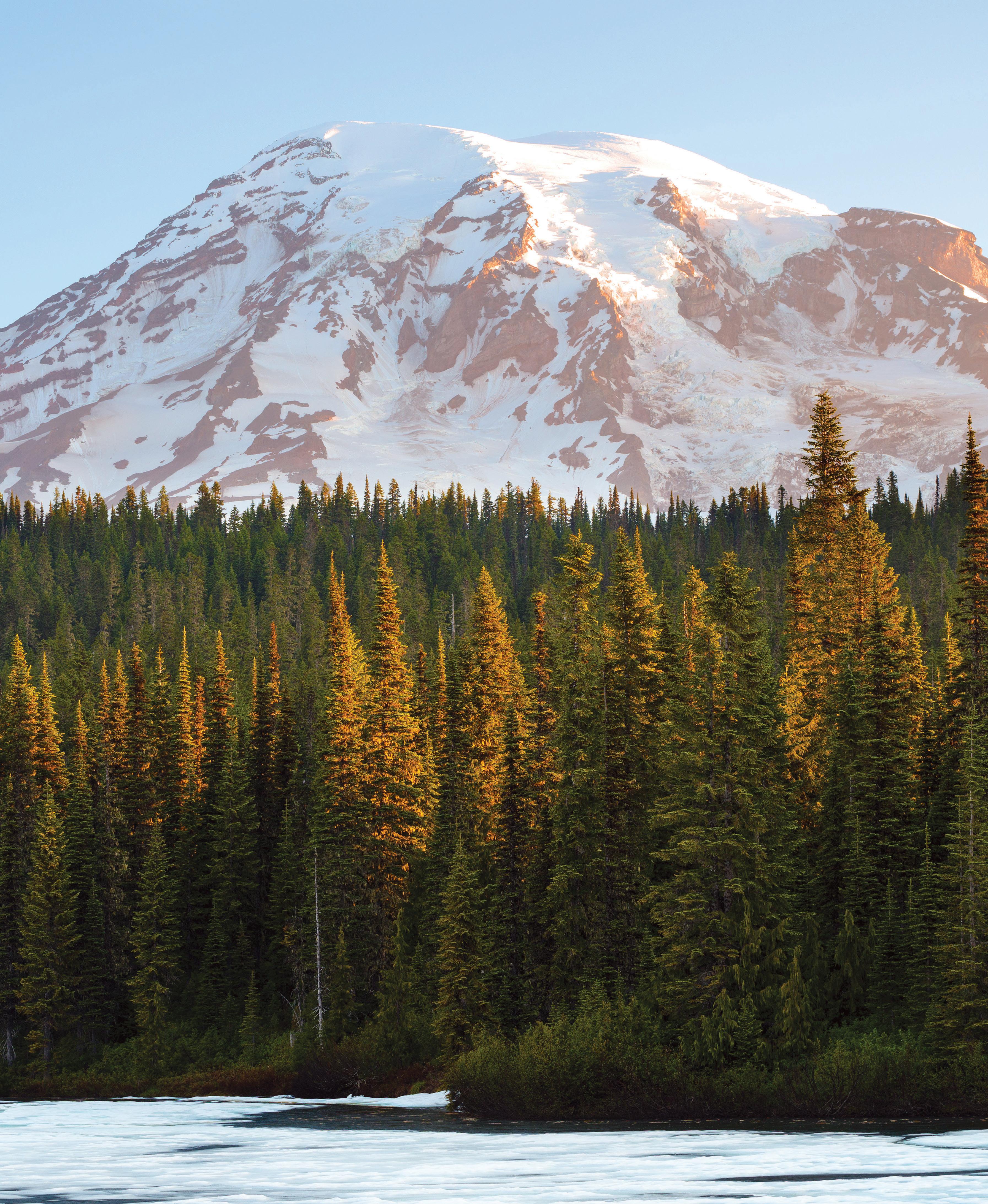

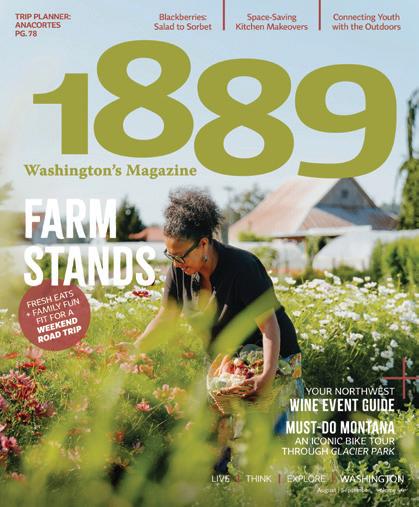

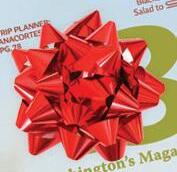
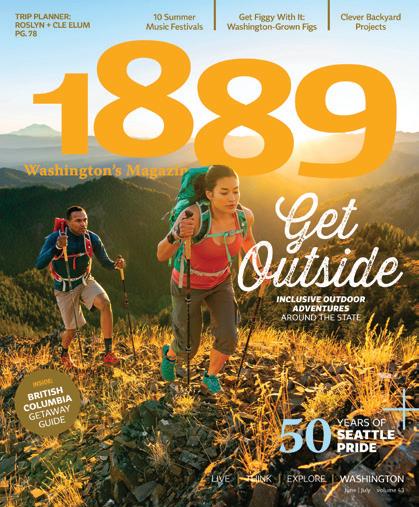
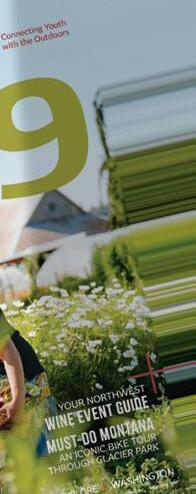
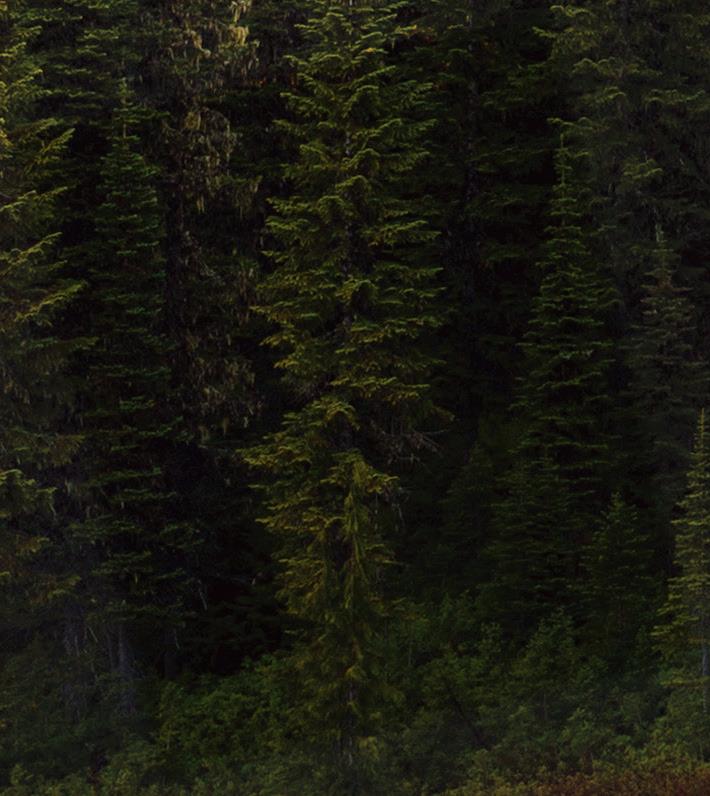
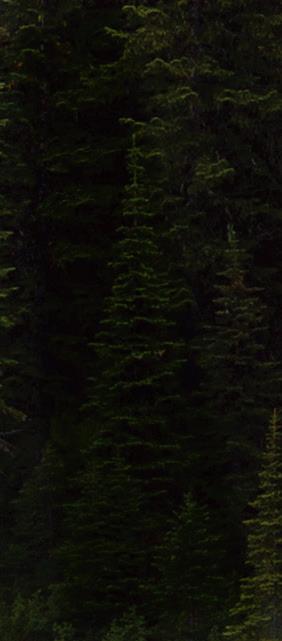
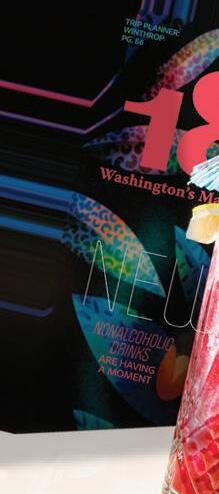

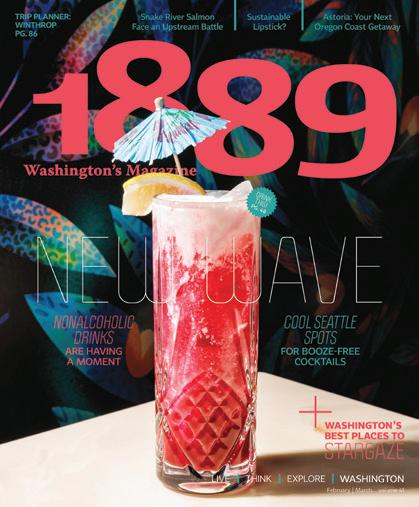

Discover the best of the Evergreen State with a subscription to 1889 Washington’s Magazine. Local getaways, destination dining, DIY projects and more!
Purchase a gift subscription and SAVE 50% off cover price
Subscribe today at www.1889mag.com/gift

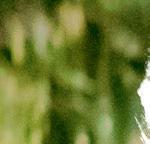



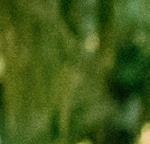






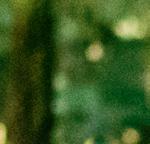
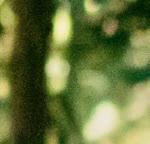




























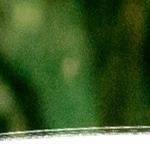



















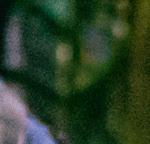




























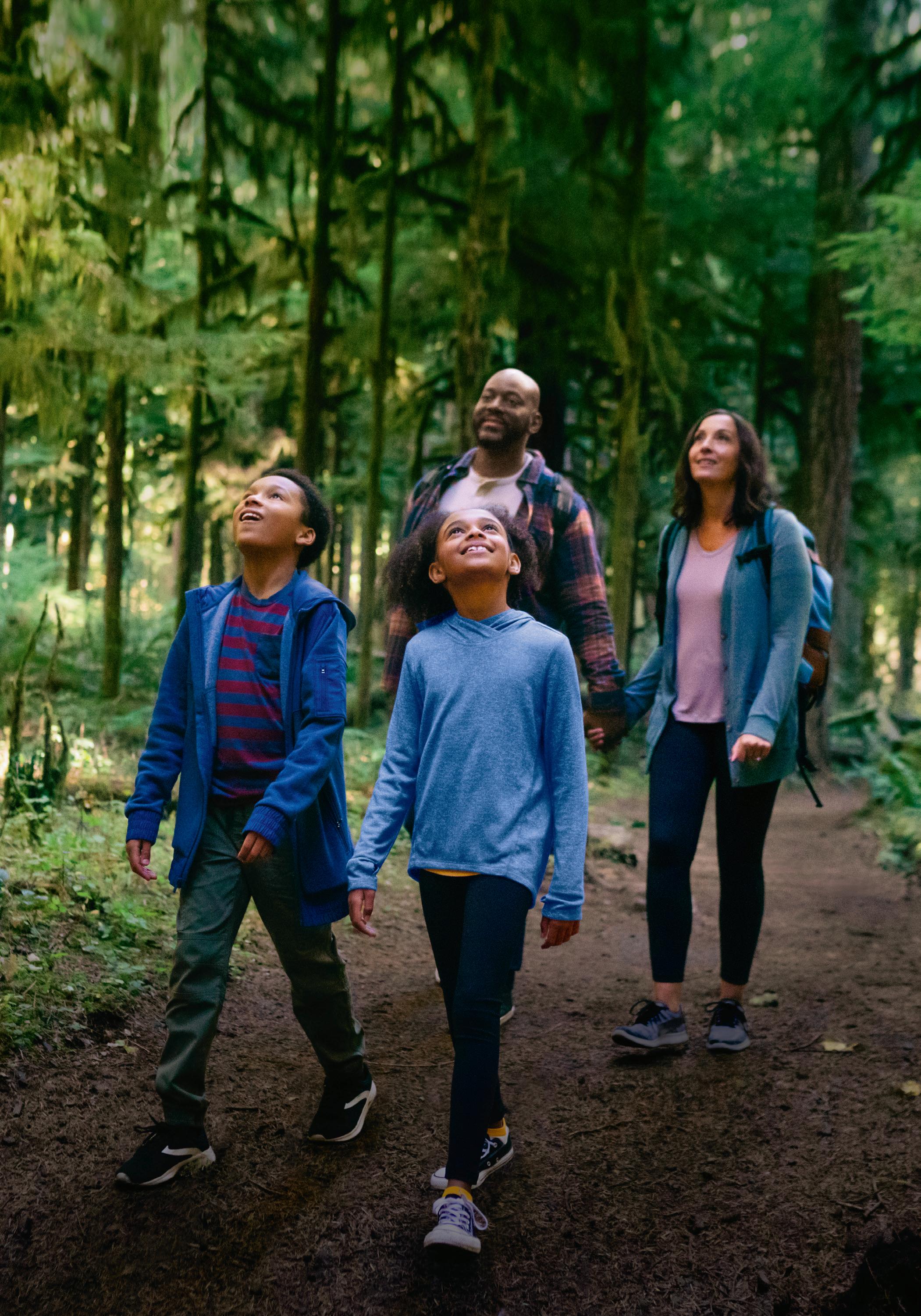
Remember the last time your family visited the forest? It’s a place of wonder and imagination for the whole family—where stories come to life. And it’s closer than you think. Sounds like it’s time to plan your next visit. Make the forest part of your story today at a local park near you or find one at DiscoverTheForest.org.




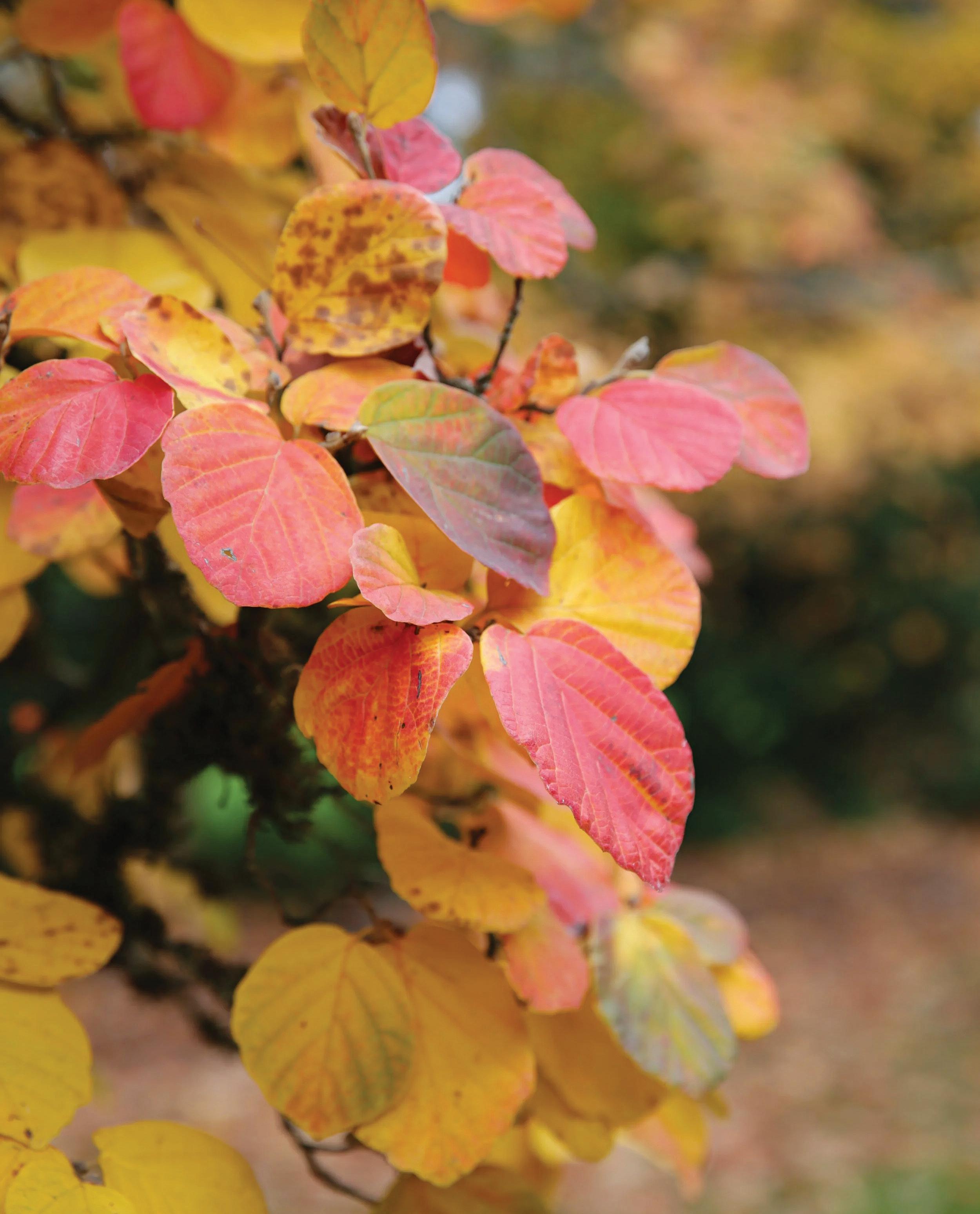
Fall colors are a showstopper at Seattle’s Washington Park Arboretum.
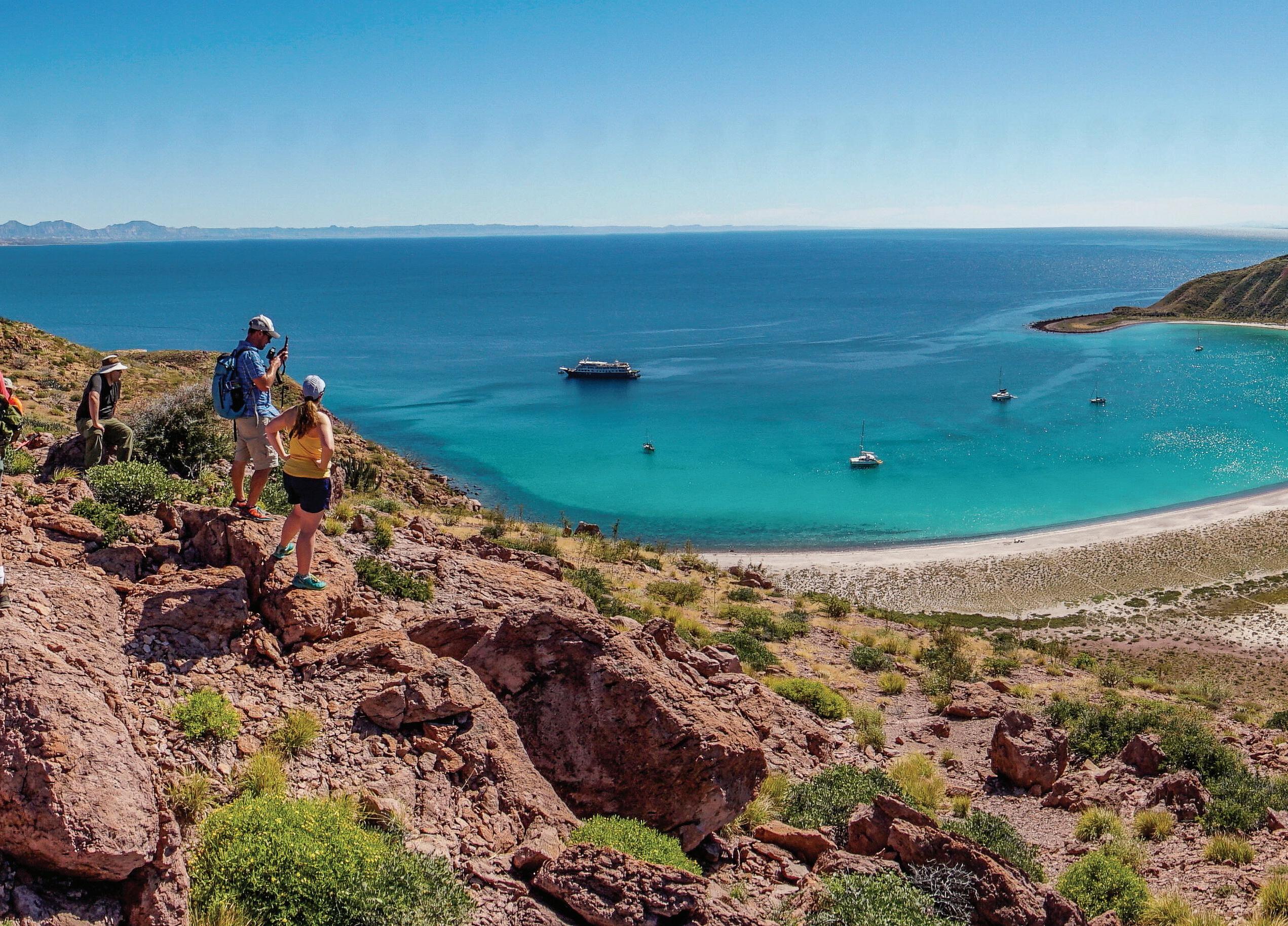
As an award-winning leader in small-ship cruising, UnCruise Adventures delivers unforgettable, all-inclusive voyages to the world’s most vibrant warm-weather destinations. Picture yourself aboard boutique vessels carrying just 22–86 guests: snorkeling in Baja’s crystalline Sea of Cortez, trekking through Costa Rica’s misty rainforests in search of scarlet macaws, tracking humpbacks
under Hawaiian sunsets, and even discovering Galápagos wildlife in timeless turquoise seas. Our all-inclusive fare wraps gourmet local dishes, handcrafted cocktails, expert-led excursions, and personalized service into every moment, making tropical exploration intimate, effortless and unforgettable.









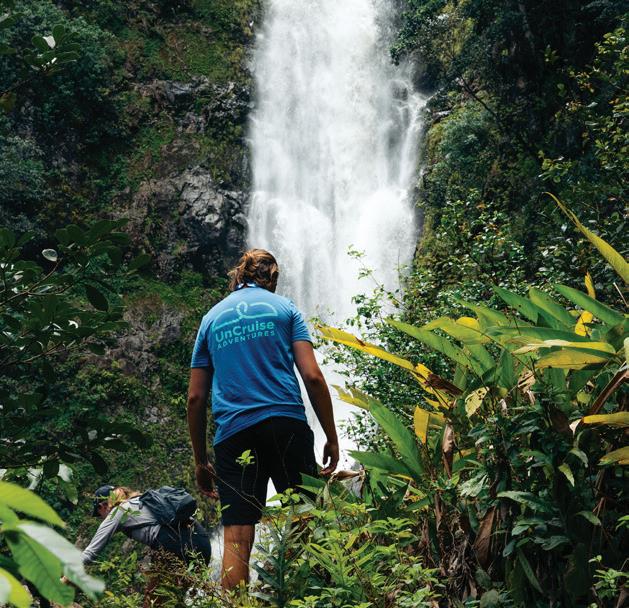
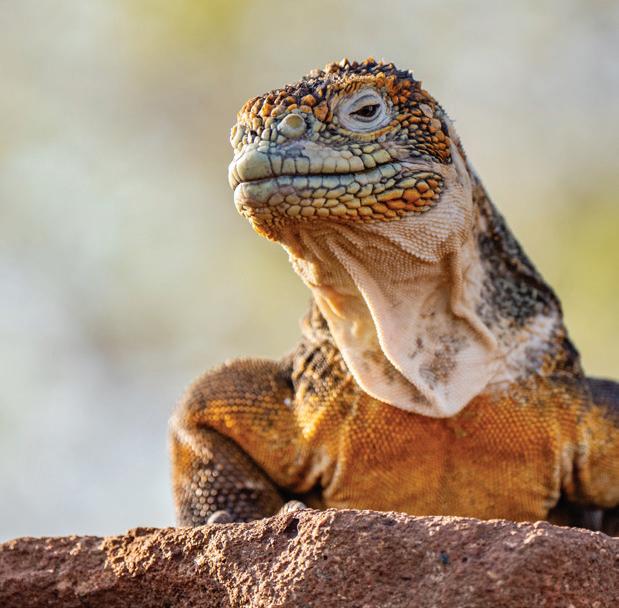

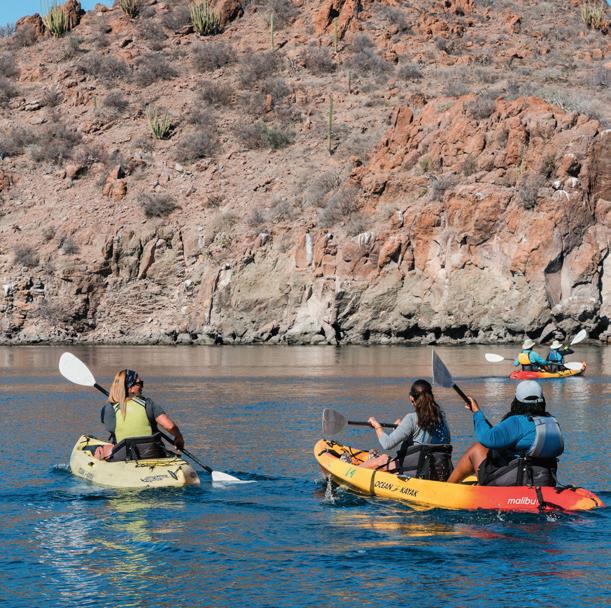
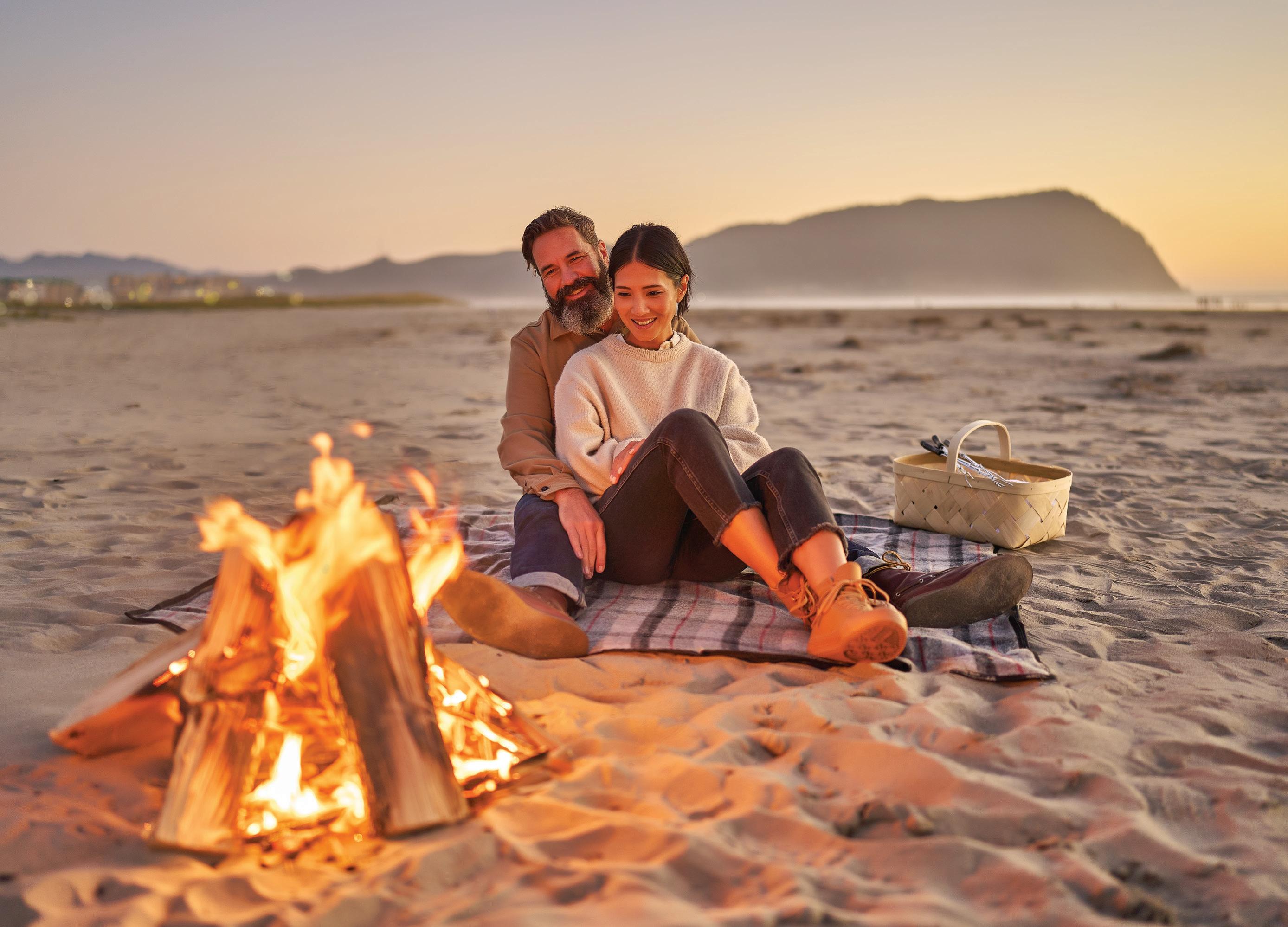






The Oregon Coast is one of the most romantic spots on the planet. Especially in fall, when the sunsets are golden and the summer crowds have gone back to school. So if you’re at that crucial fifth-date stage, or five or twenty-five years into something good, plan a surprise weekend with your special someone in Seaside. We’ll throw some antique shopping, locallycaught seafood, bike rides on the Prom and even bumper cars into the mix.




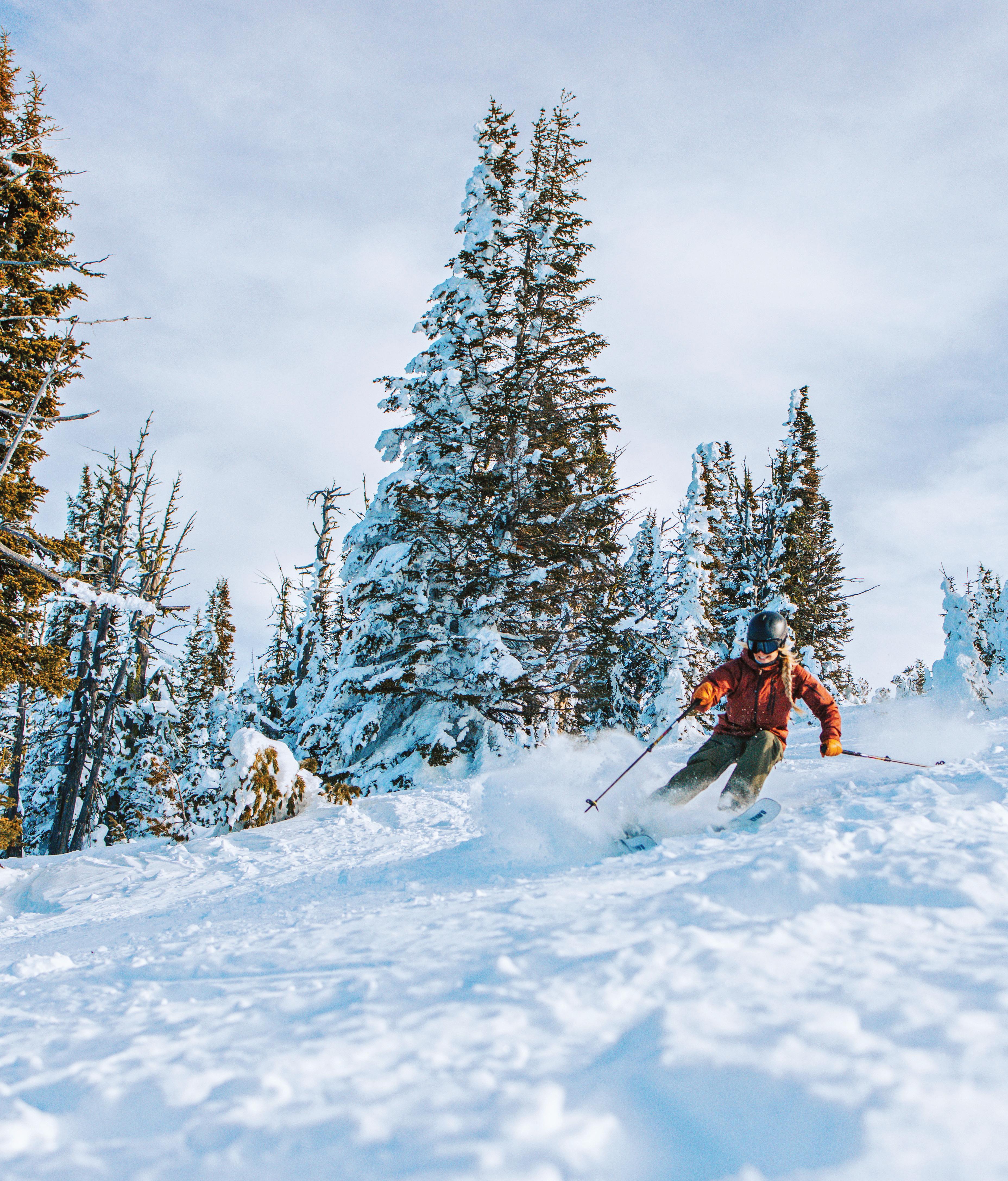
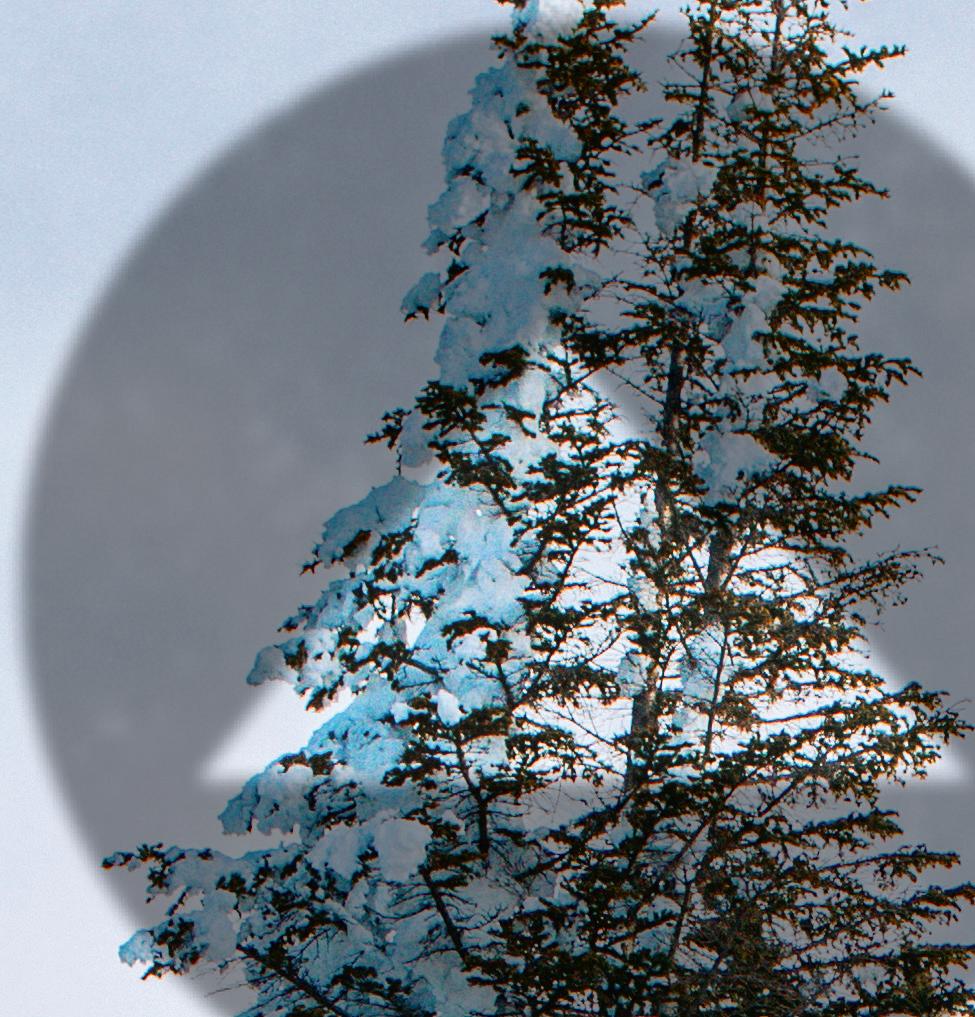
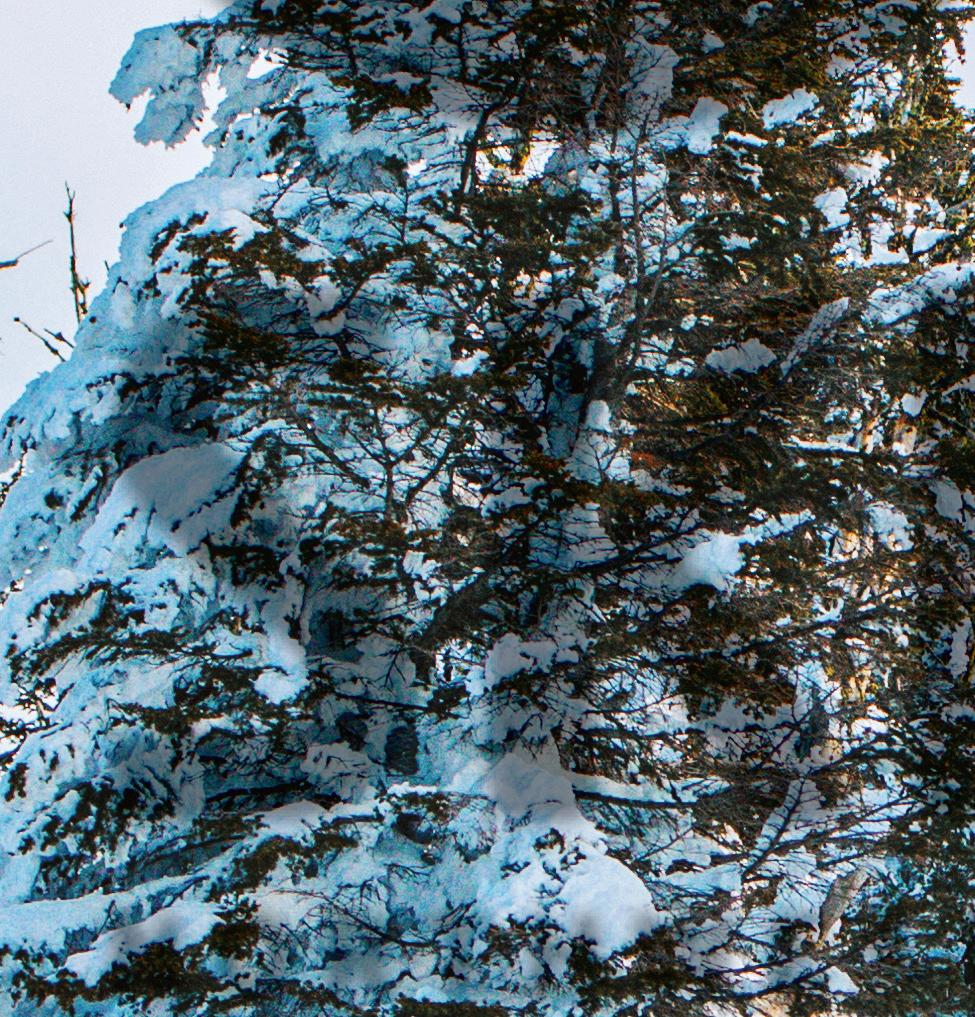
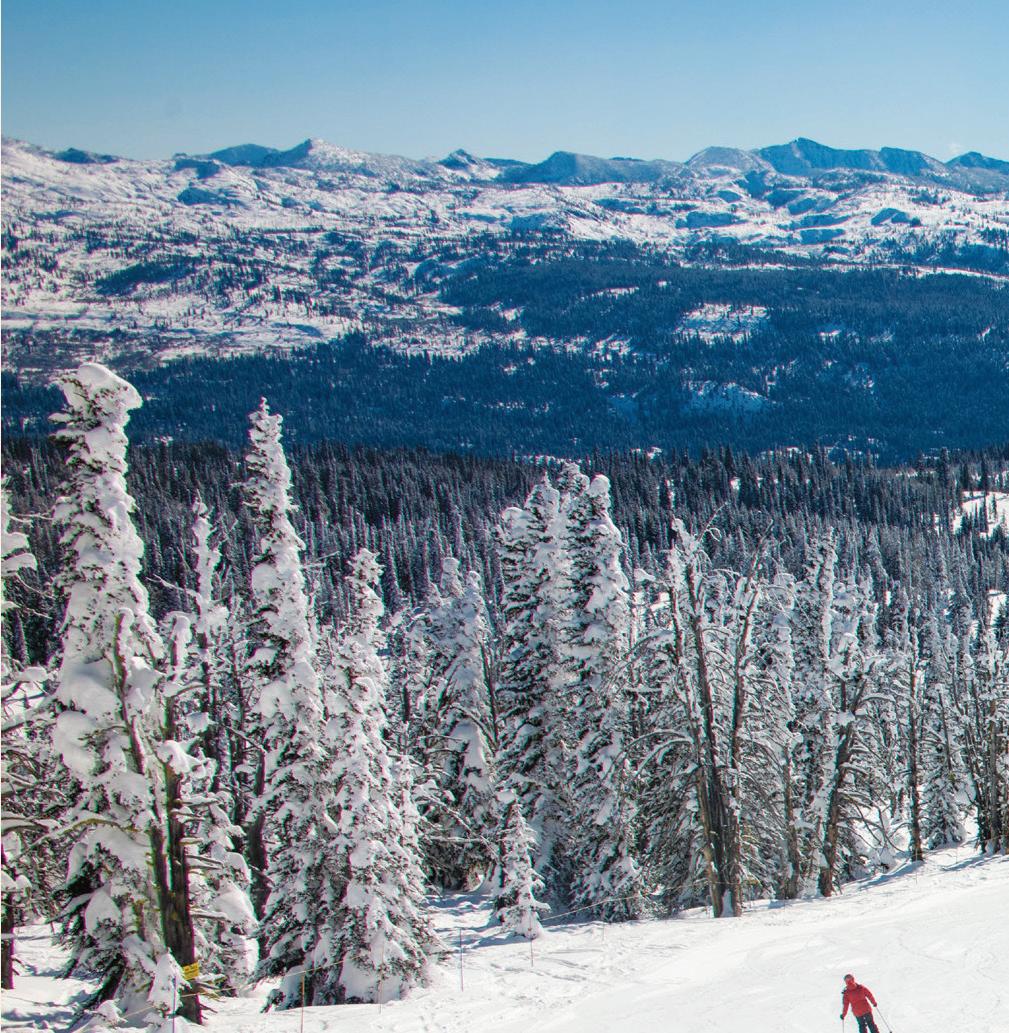


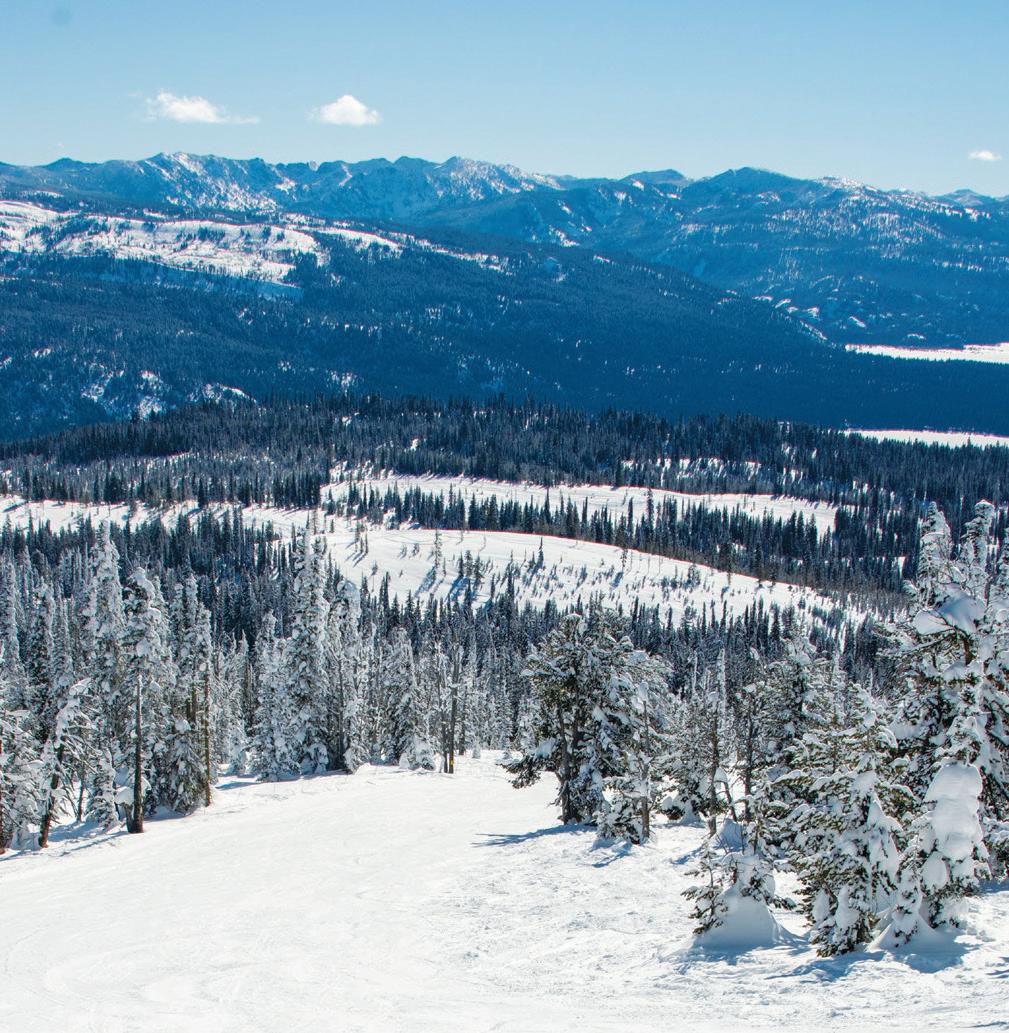









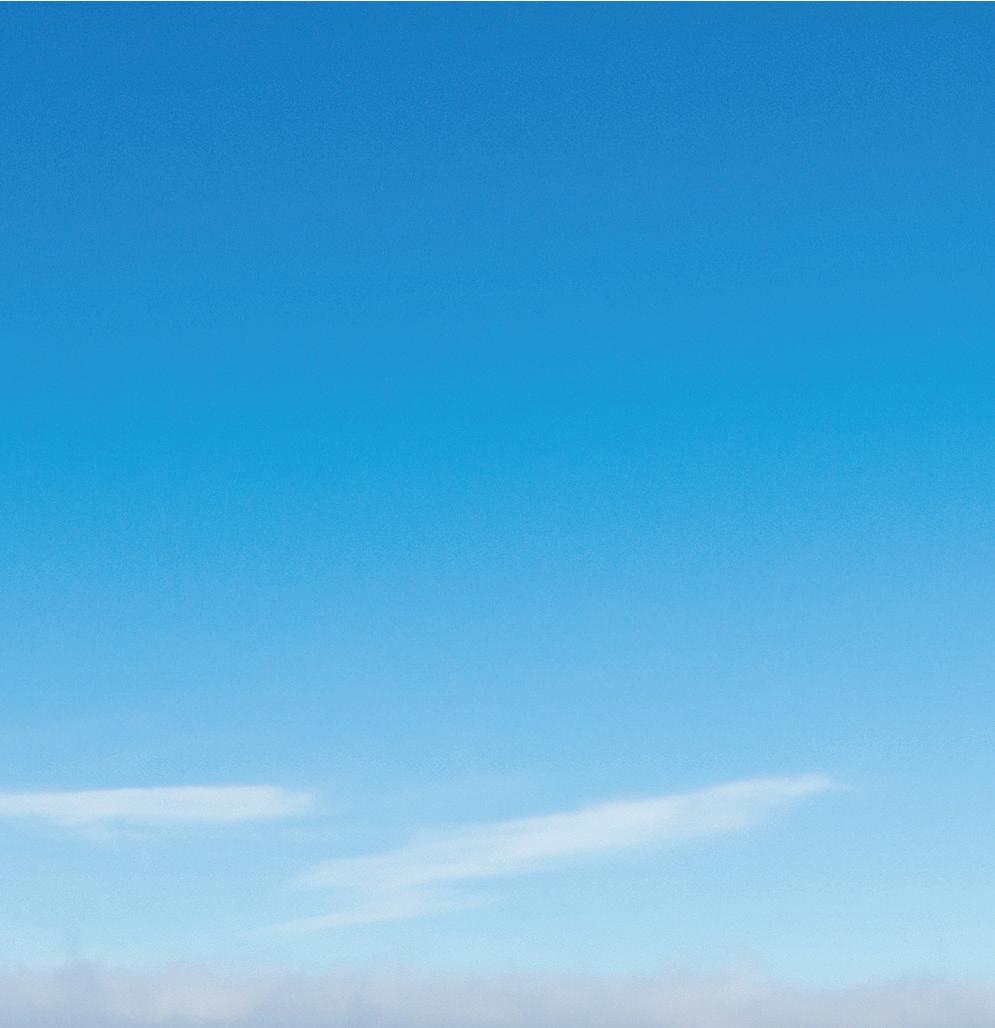
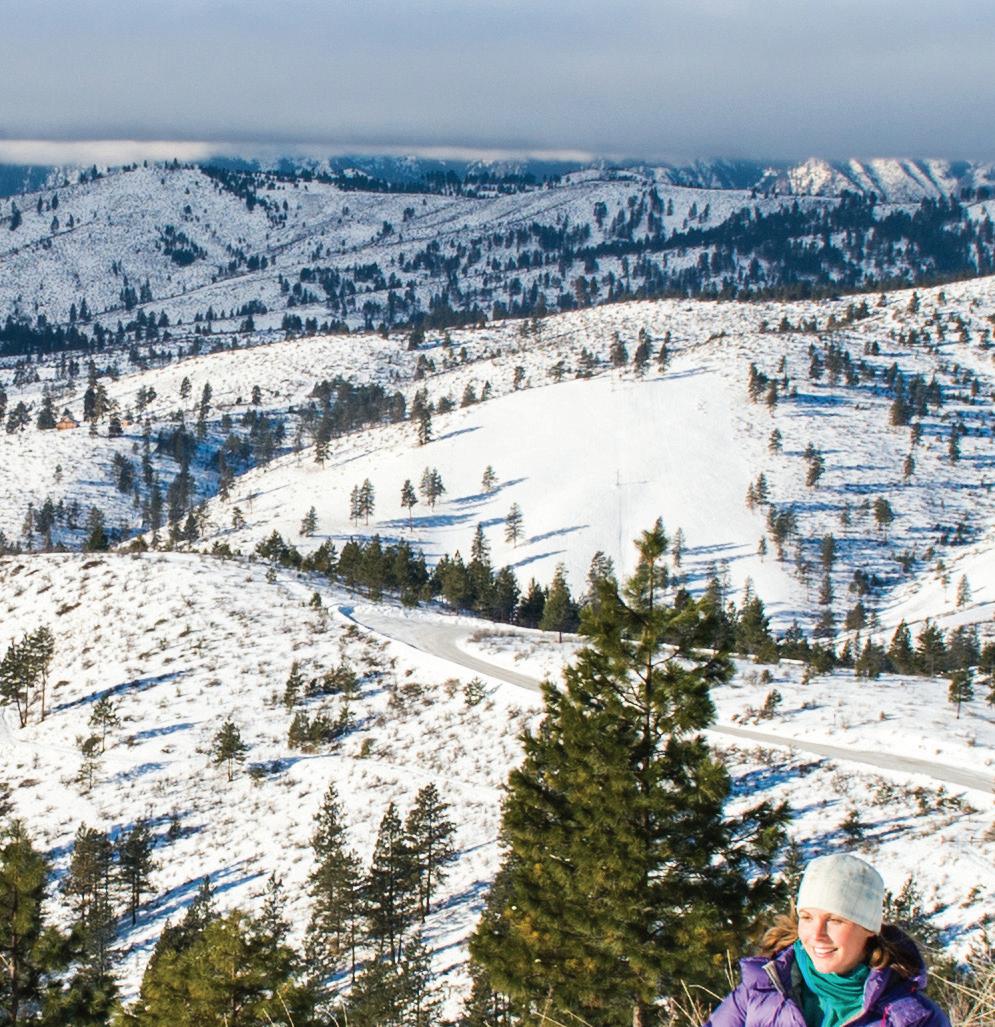
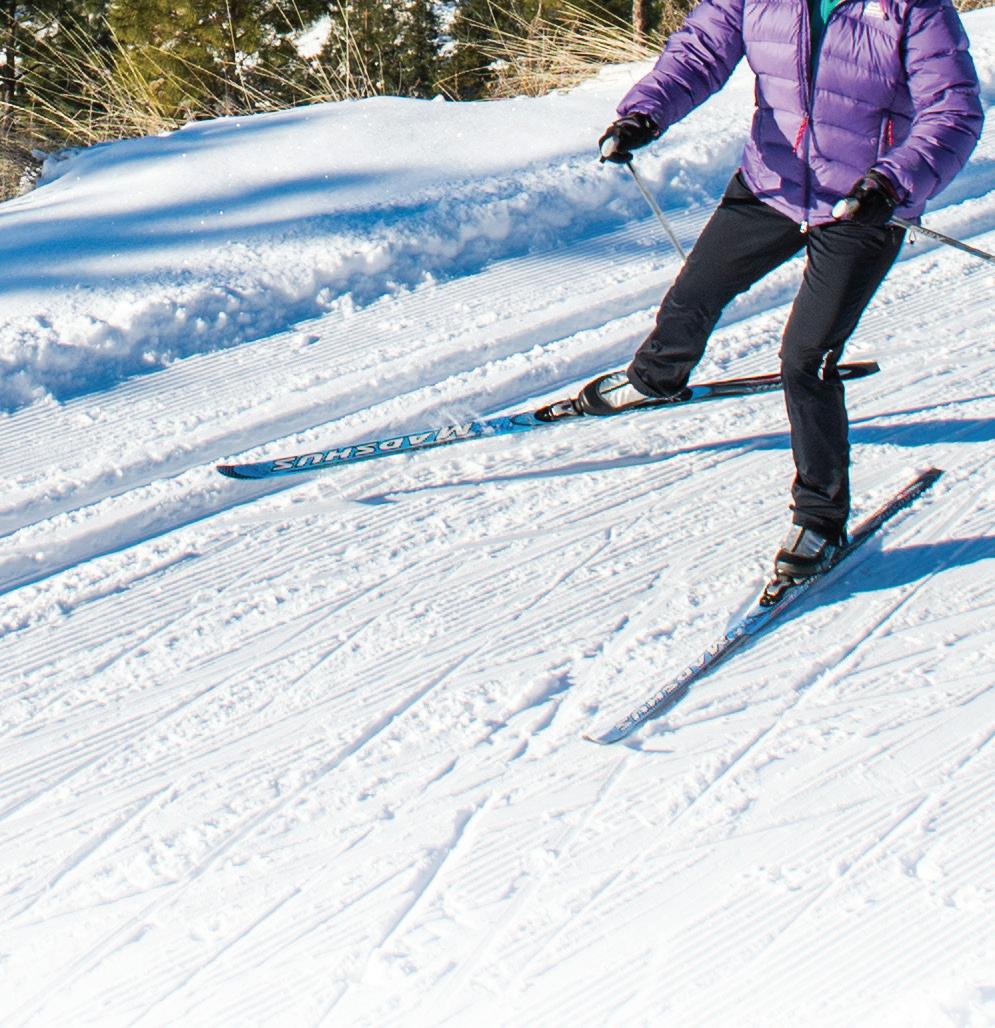

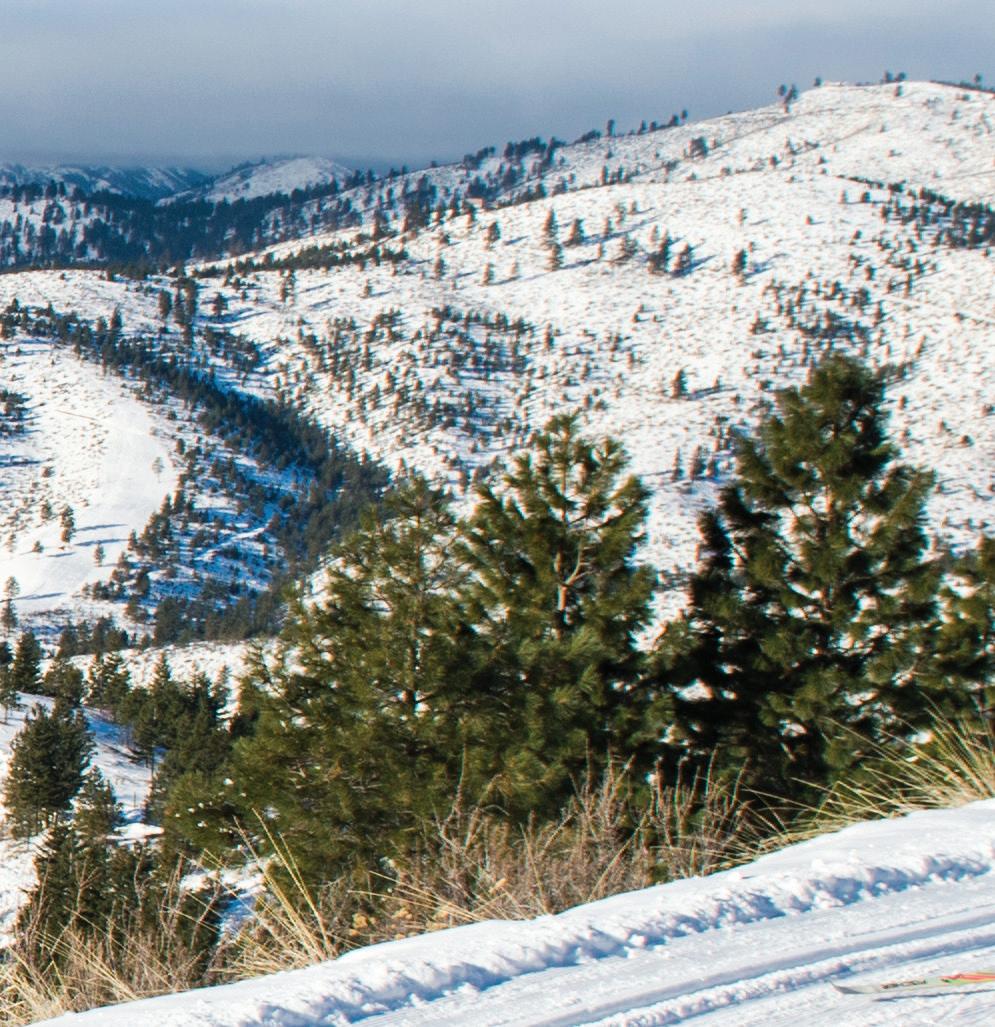



THE FEW remaining scientists at the National Oceanic and Atmospheric Administration give even odds to the first half of winter being a big one. That is, NOAA predicts a 50 percent chance that the Pacific Northwest will experience a La Niña early season, characterized by above average snowfall.
No matter what the conditions, families this year will be bargain hunting and looking for more ways to make family skiing a ordable. At the time of publication, with the exception of season passes, many ski areas did not have their season prices available for li passes, but you can o en find deals on non-holiday weekends and midweek days, too.
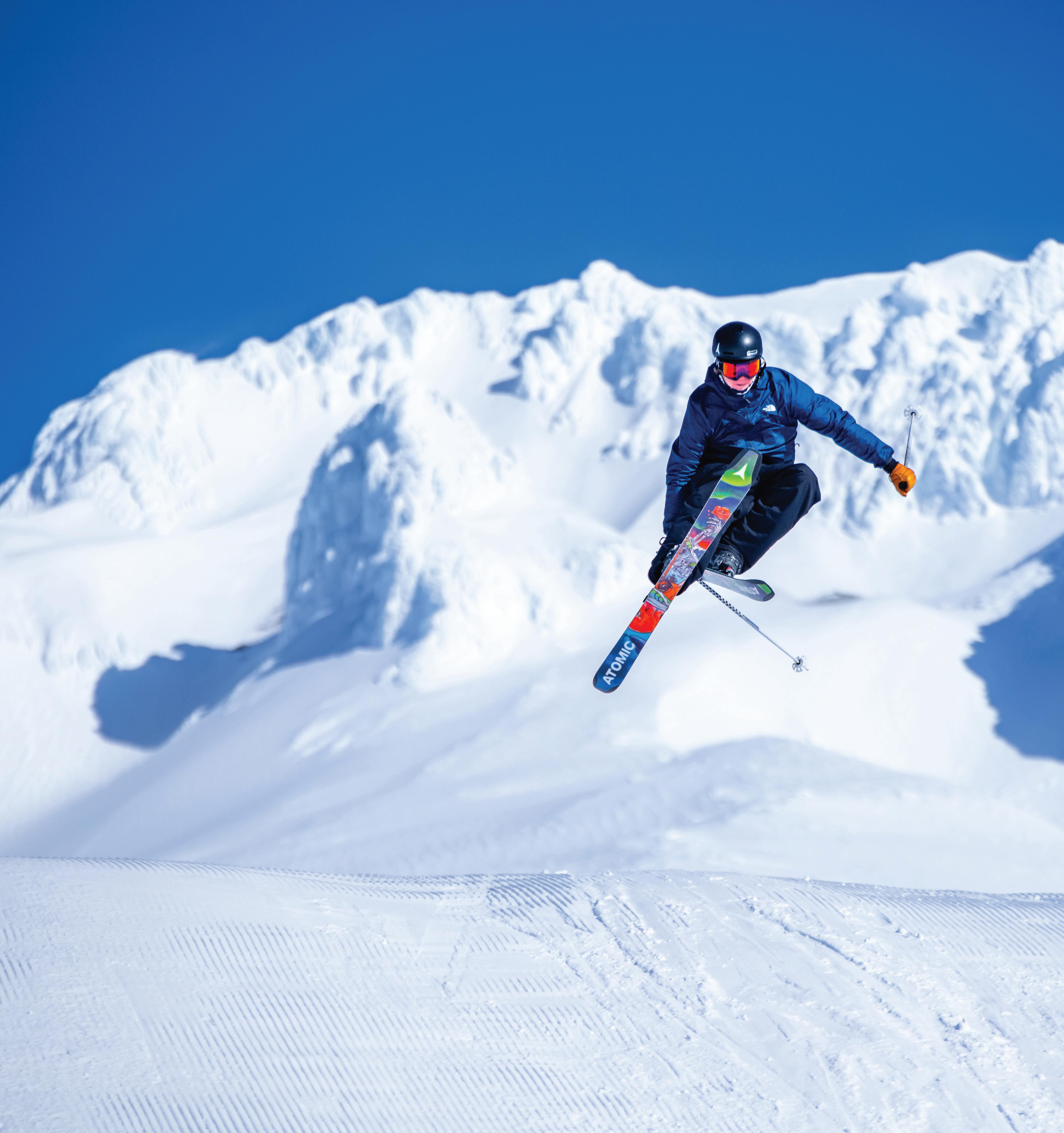
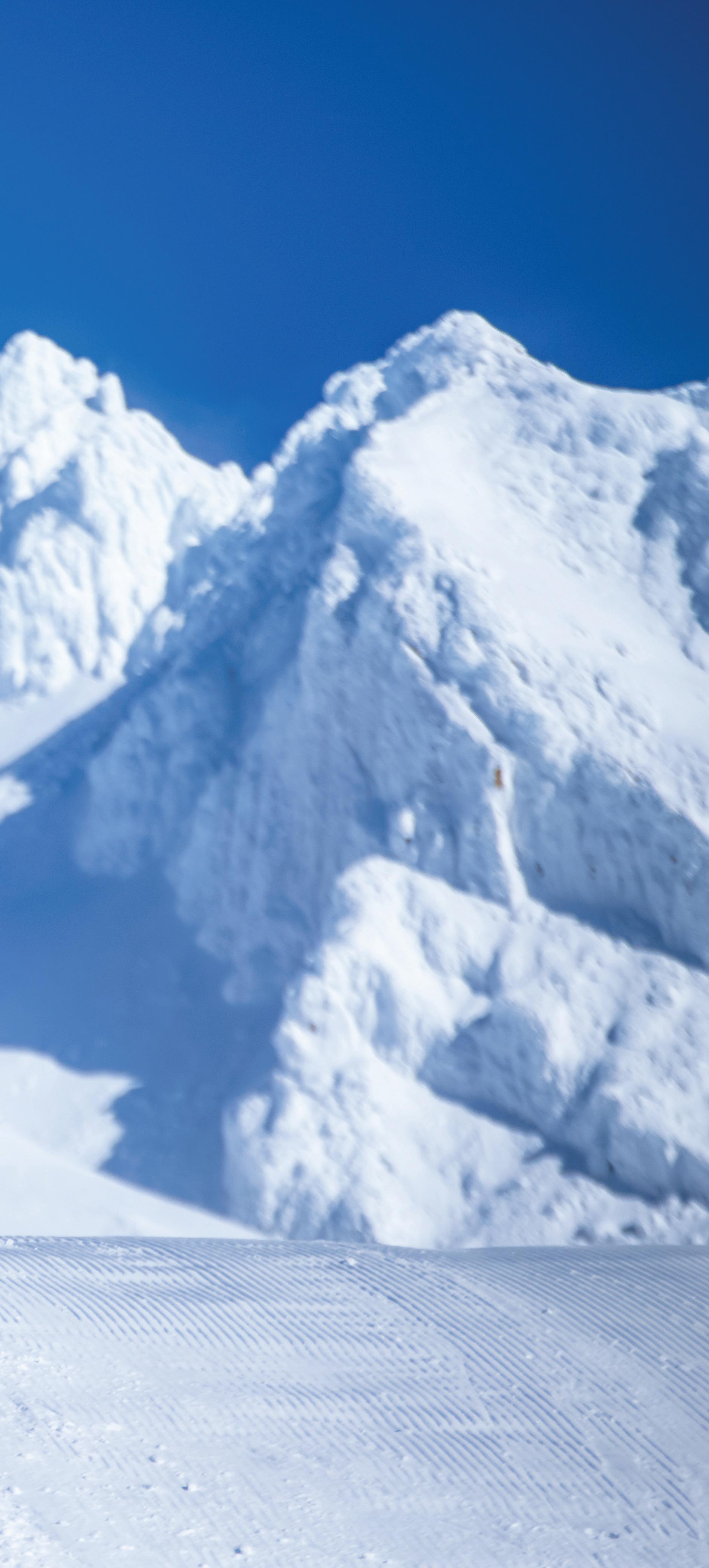
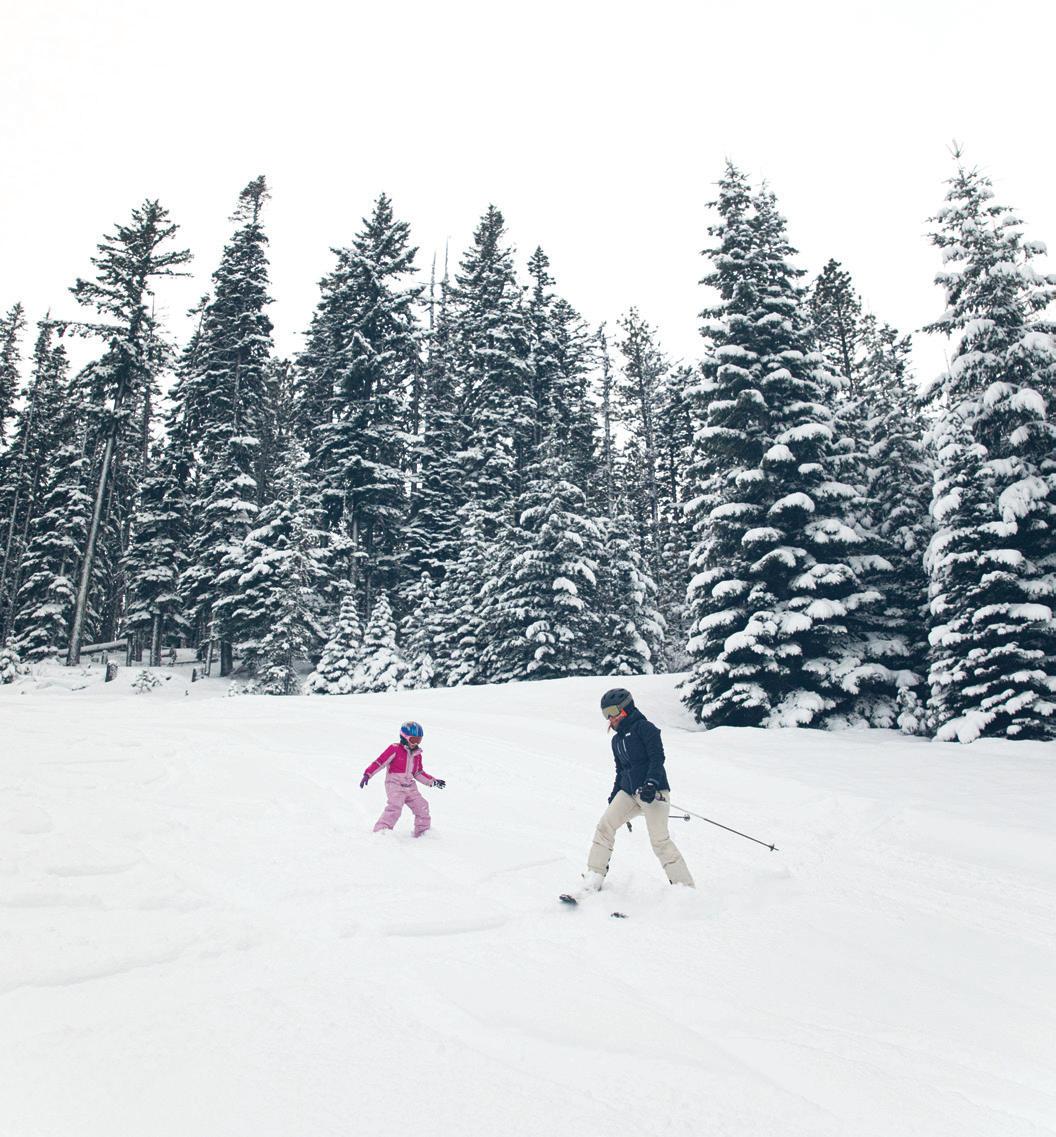
If you want to be on snow and have the most options at your disposal, you’re in Mt Hood Territory. Well tracked in both alpine and Nordic trails, this mecca for snow play is perfect for families. There’s Mt. Hood Skibowl, with ten lifts serving 1,500 feet of vertical and known for its night skiing. And Mt. Hood Meadows with eleven lifts and 2,777 vertical drop. Finally, Timberline with eight lifts and 4,540 vertical drop. Timberline Lodge, built in 1937 as part of FDR’s New Deal, reminds us of what we could accomplish as a country and what skiing was like three generations ago and how that all still resonates today.
Smart shoppers can find deals on lodging if you look a little farther afield. Instead of staying right on the mountain, try a little
farther down the mountain at Kah-Nee-Ta Hot Springs Resort or Mt. Hood Kiwanis Camp.
Mt. Hood Territory ski areas also have a mix of snowshoe and Nordic ski trails, which are budget-friendly ways of getting outdoors for family recreation in the snow.
On the eastern side of Mount Hood, Hood River also offers a great paradigm for winter play. On the scenic and windy Columbia Gorge, Hood River is known for watersports with sails. In the winter, though, Hood River is a gourmet bedroom community for winter sports. With Cooper Spur Ski Area just 32 miles up Highway 35 and Teacup Nordic just 10 miles beyond that, you’ll find two great venues to strap on skis without getting tied down in debt.
If you want to be on snow and have the most options at your disposal, you’re in Mt Hood Territory. Well tracked in both alpine and Nordic trails, this mecca for snow play is perfect for families.
Exploring Mt. Hood in winter doesn’t have to mean driving icy mountain roads or battling for parking at popular locations. Thanks to the Mt. Hood Express, a public transit service that runs daily along Highway 26, you can experience the mountain’s best adventures without the stress of bringing a car.
The Mt. Hood Express connects the city of Sandy with Government Camp and Timberline Lodge, offering convenient stops at ski areas, trailheads and local businesses. Riders can bring their skis, snowboards and gear on board, making it easy to plan a full day of recreation on Oregon’s most iconic peak.
Skiers and snowboarders can take advantage of Mt. Hood Skibowl, home to the most black diamond runs in the state and 34 fully lit runs — the largest night ski area in the U.S. Timberline Lodge & Ski Area offers another can’t-miss experience with the Pacific Northwest’s largest vertical terrain and the only ski-in, ski-out lodging in Oregon.
If you’re looking to slow down the pace, Mt. Hood Outfitters leads guided snowshoeing, Nordic skiing and snowmobiling tours through the snow-covered forest. After your adventure, stroll through Government Camp, where you’ll find hearty meals and warm drinks at local favorites like The Taco Shoppe, Mt. Hood Brewing Company or the Huckleberry Inn, famous for its huckleberry pancakes. Stay the night at one of the area’s hotels or vacation rentals, many offering cozy fireplaces and easy access to the snow.
By leaving your car behind, you’ll reduce your impact and enjoy Mt. Hood sustainably. So grab your gear, lace up your boots and let the Mt. Hood Express take you on a winter adventure — stress-free, car-free and full of mountain magic.


SCAN TO PLAN YOUR TRIP TODAY!


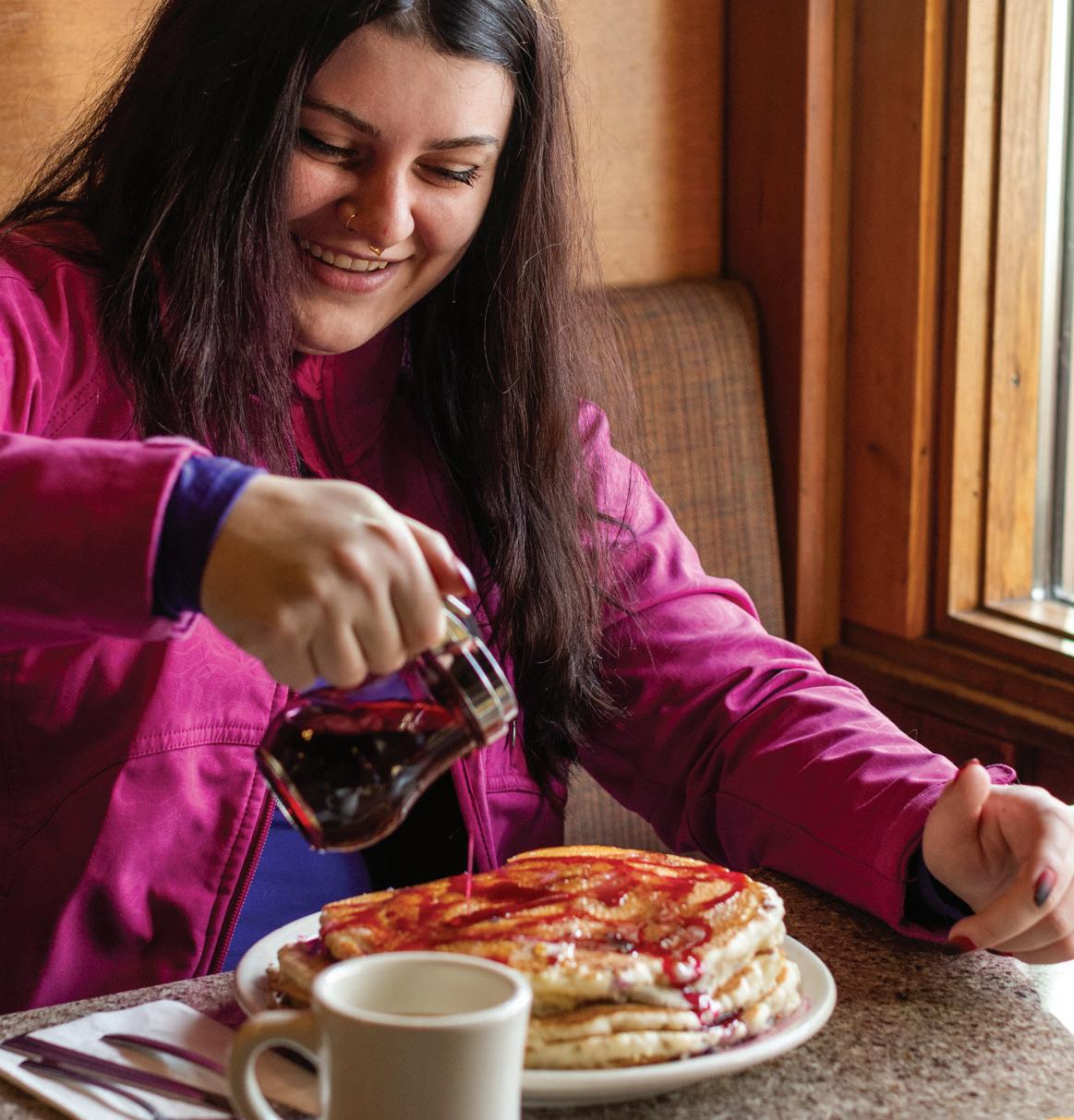







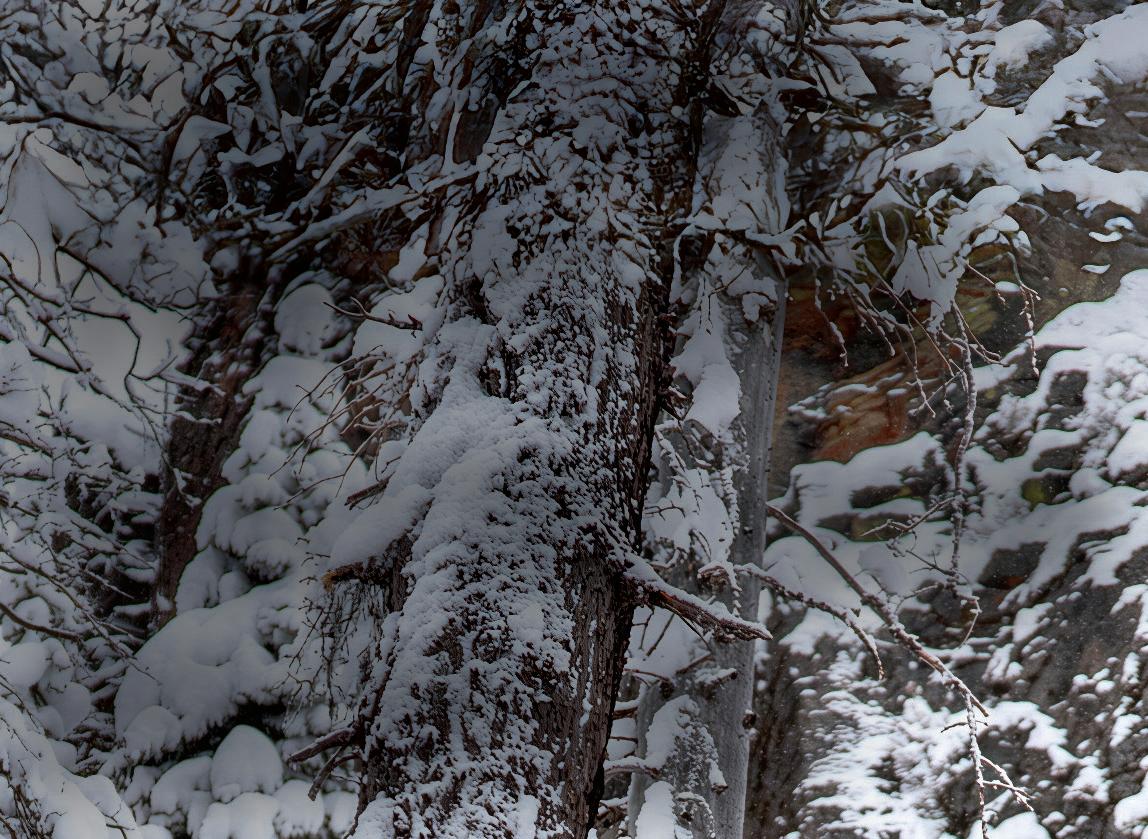

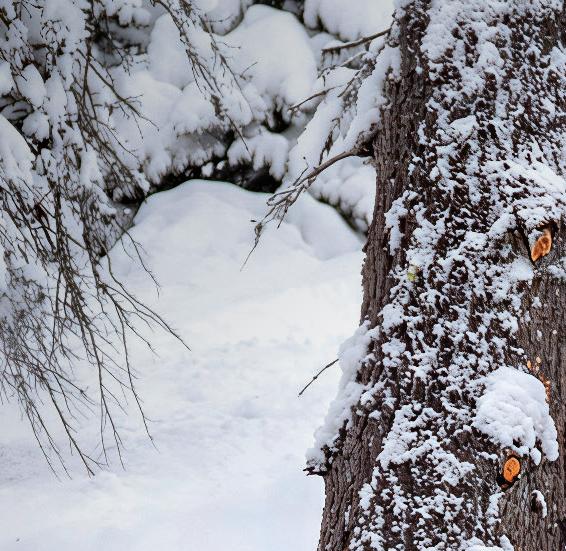




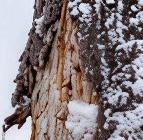
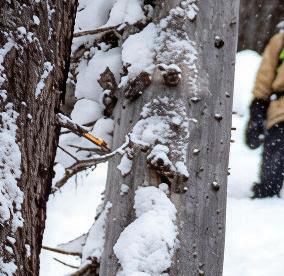
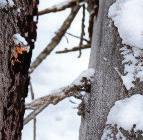


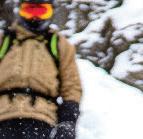

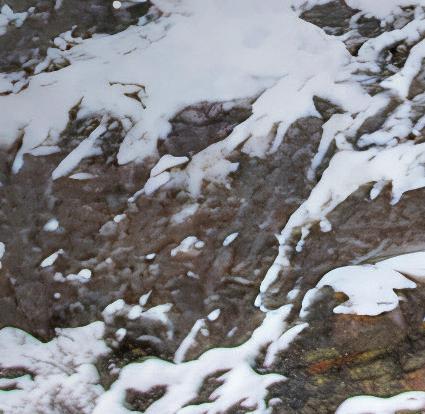


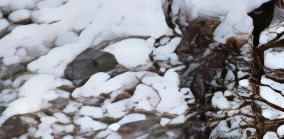







Anthony Lakes claims to have Oregon’s best powder. Just 20 miles west of North Powder, this ski area is at least powder-adjacent and feels like the best little rodeo in the West. Though it’s a hike out there, it’s well worth it. The prices are very reasonable, and the skiing is small-scale world class. A vertical drop of 900 feet, Anthony Lakes’
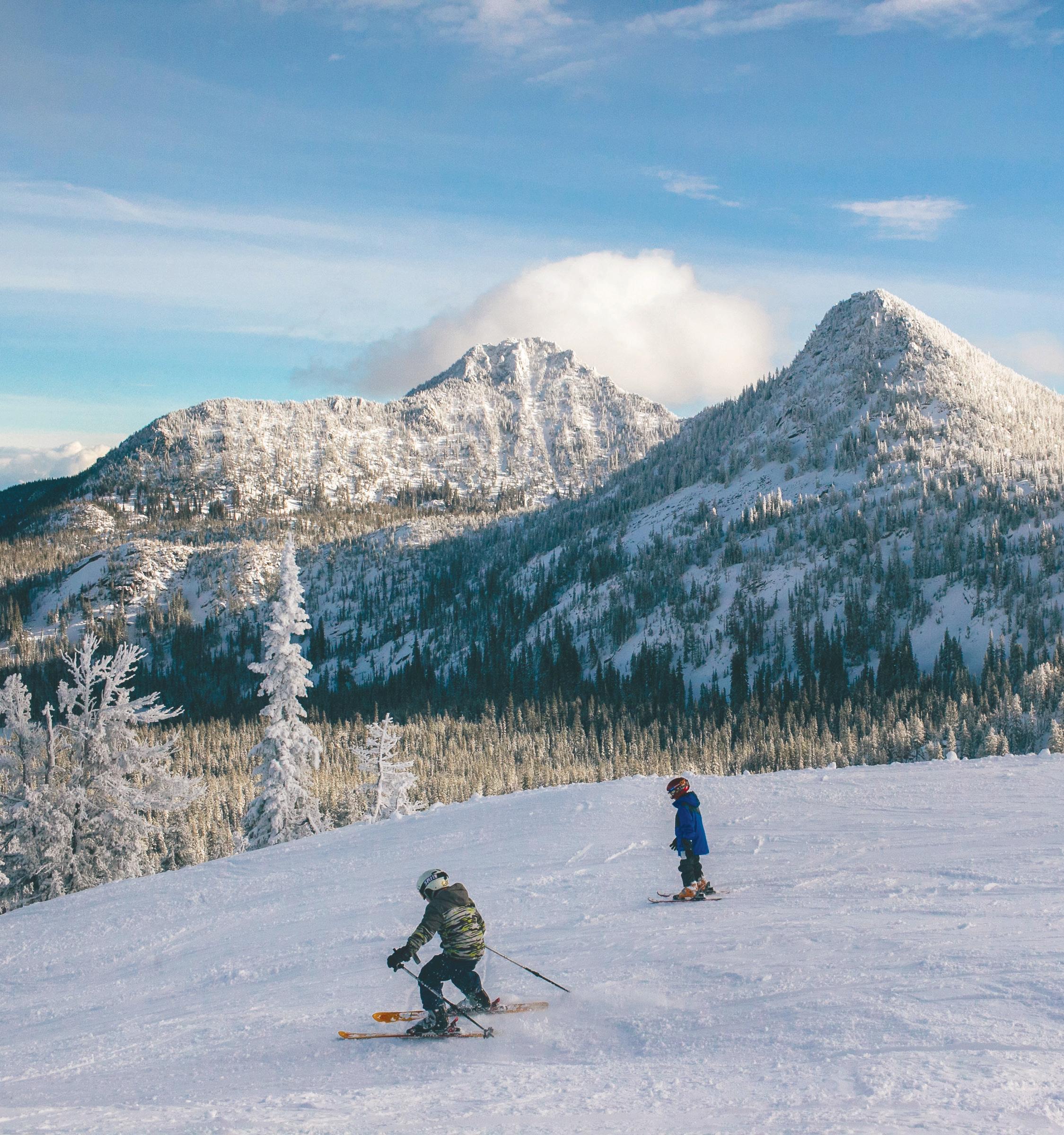
base sits at a snowy 7,100 feet. Anthony Lakes Nordic Center features 30 kilometers of nicely groomed trails in the shadow of the Elkhorn Range of the Blue Mountains. No mention of Anthony Lakes would be complete without its Cat skiing and the Starbottle Saloon where music and tall tales of the day mix and mingle into the night.

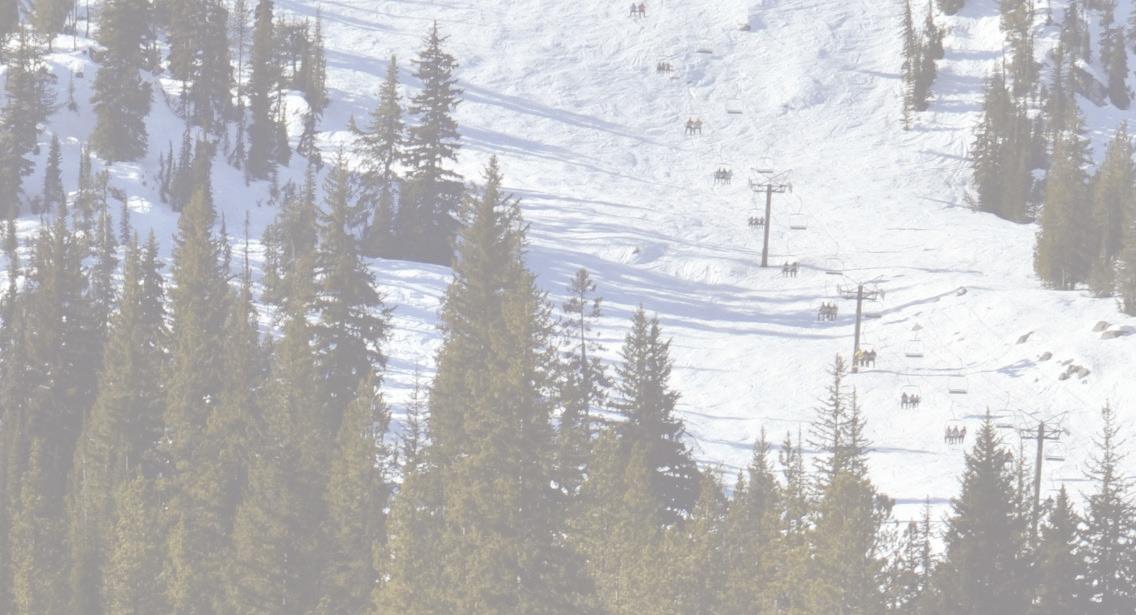

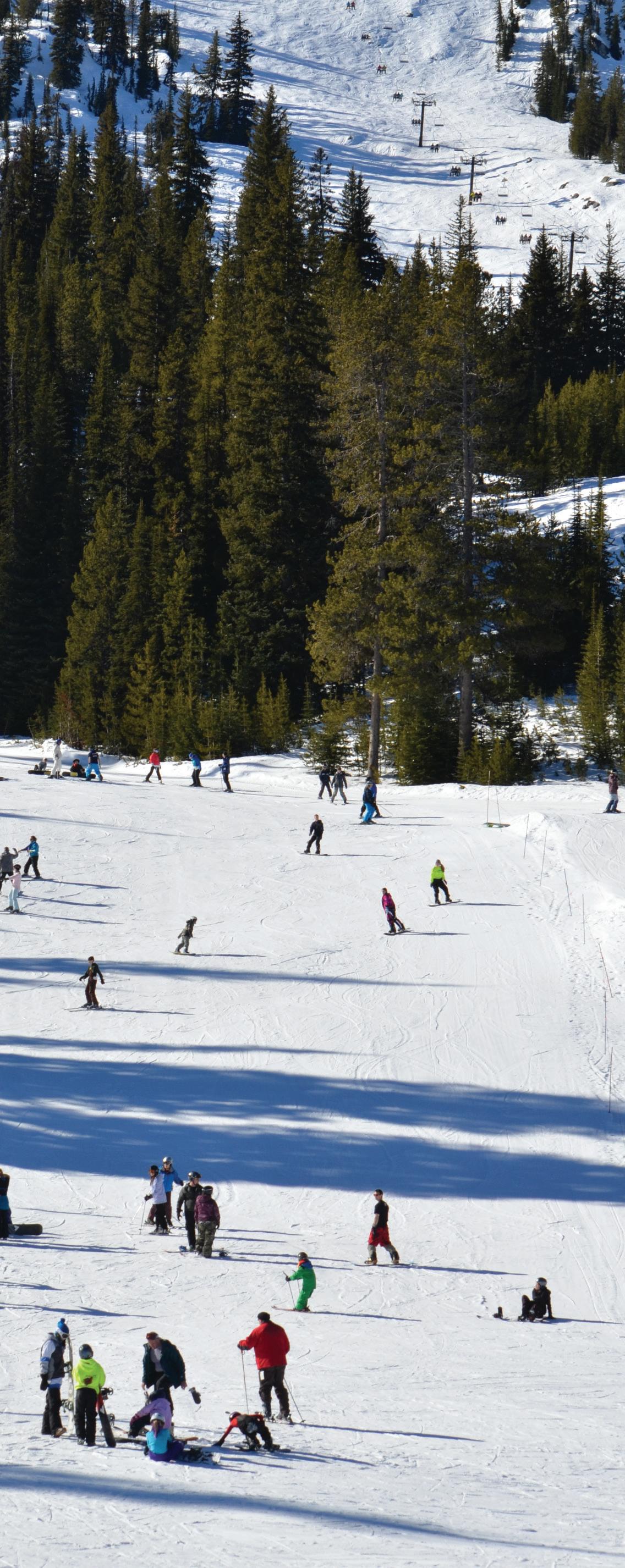

Head north to Washington, and you’ll find value on the east side of the state. Lake Chelan, known for its comely landscape, wineries and fruit, has a second season that is more about squeezing in runs than grapes. Echo Ridge has miles of groomed Nordic trails as well as a family-friendly old-school ski area for alpine and snowboarding as well as tubing. Your nostalgiameter should be going o . A little farther north and you reach what Nordic skiing always
A
wants to be—more than 120 miles of groomed cross-country trails. It’s no surprise that some of our nation’s top skiers call the Methow Valley home. There may be no other community in the States that comes together to create such an extraordinary experience like this. Ski from town to town and out to the Mazama Store for baked goods, deli sandwiches and soups. Though just inside our national borders, this area feels more like an old European ski town.

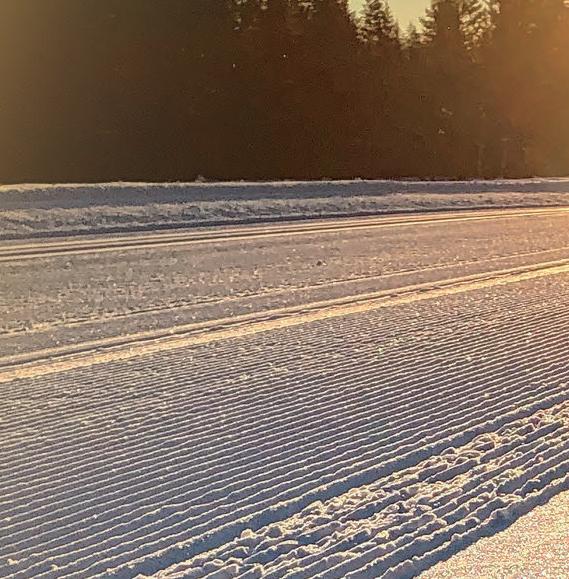






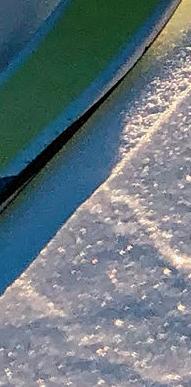

Nothing compares to the
when it comes to



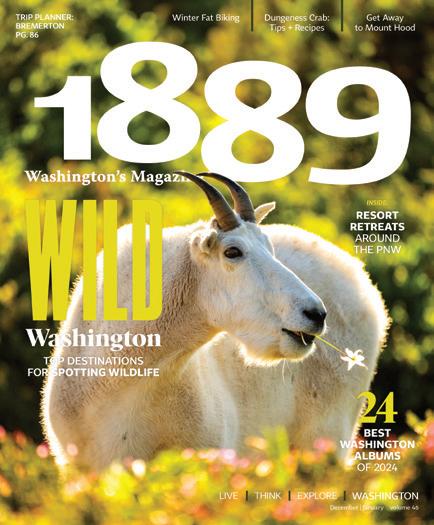
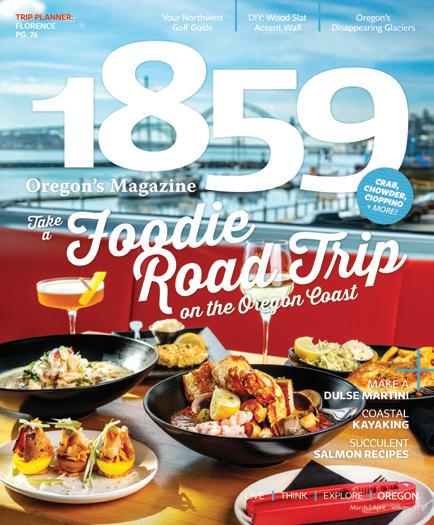

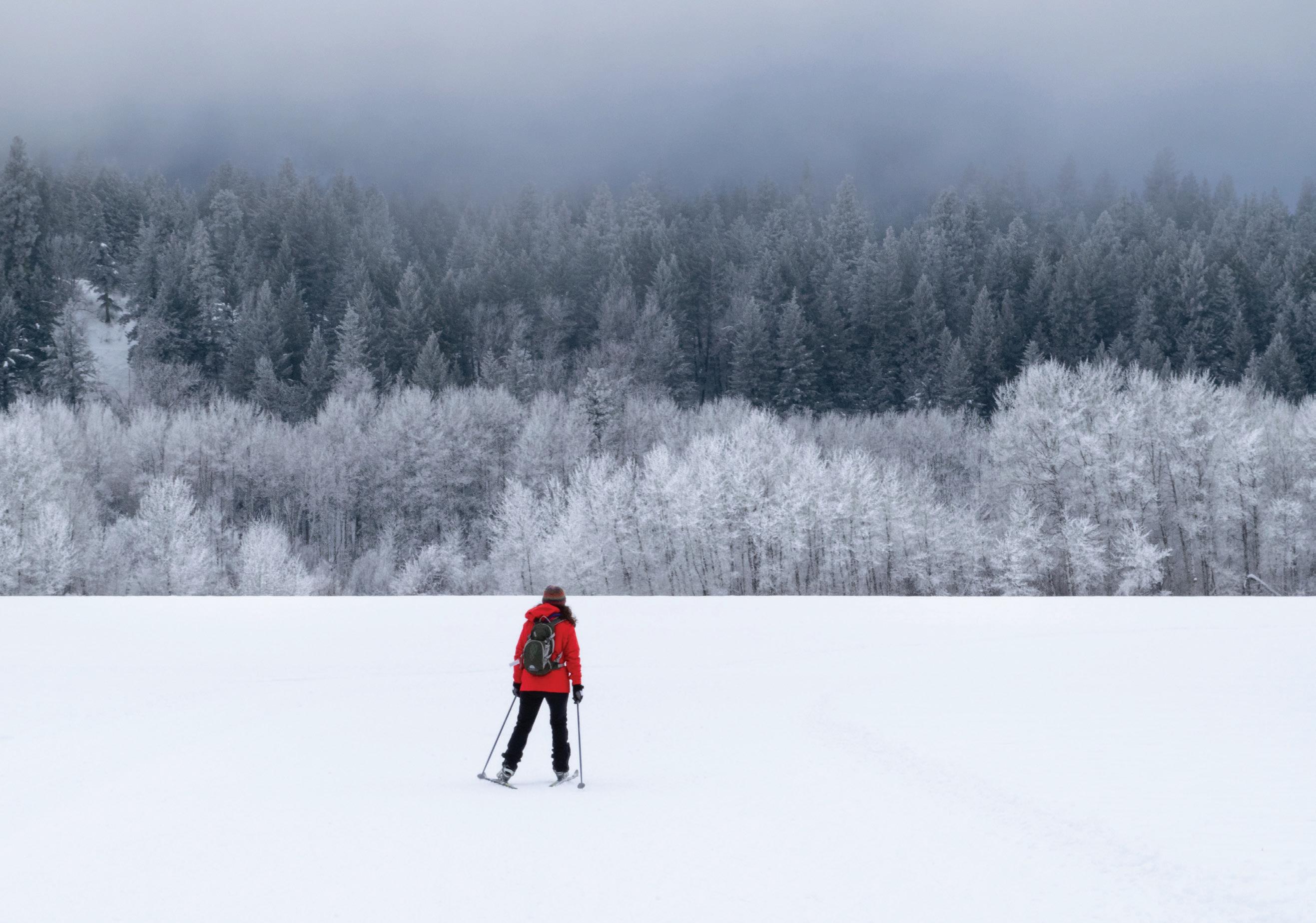

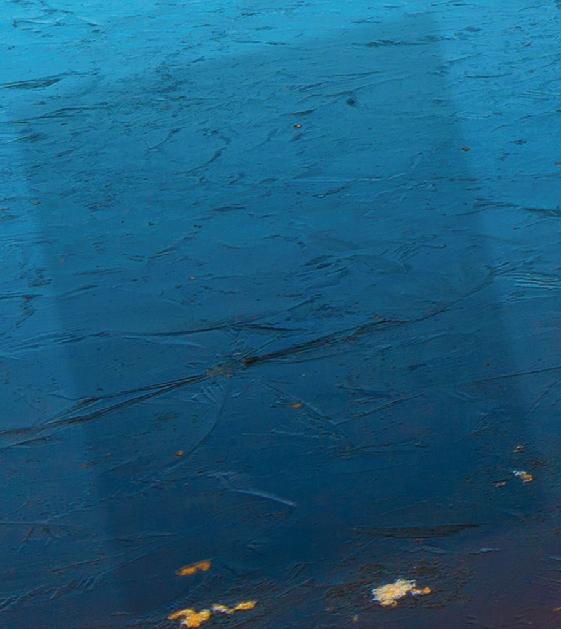

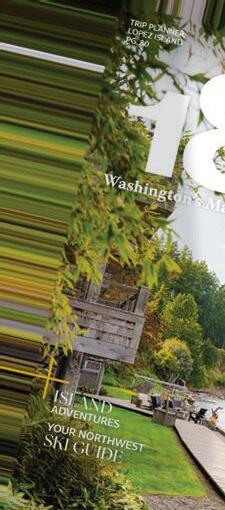
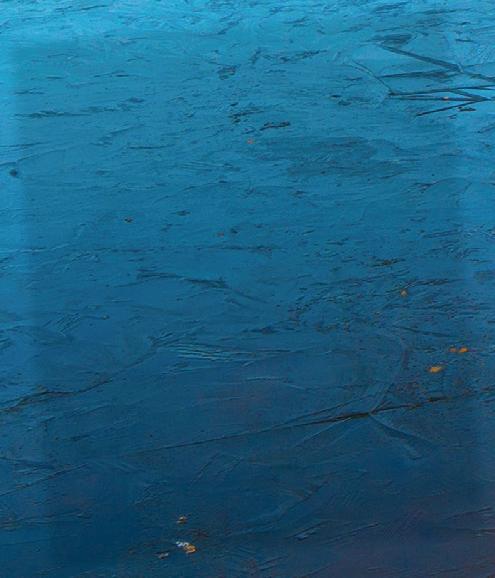


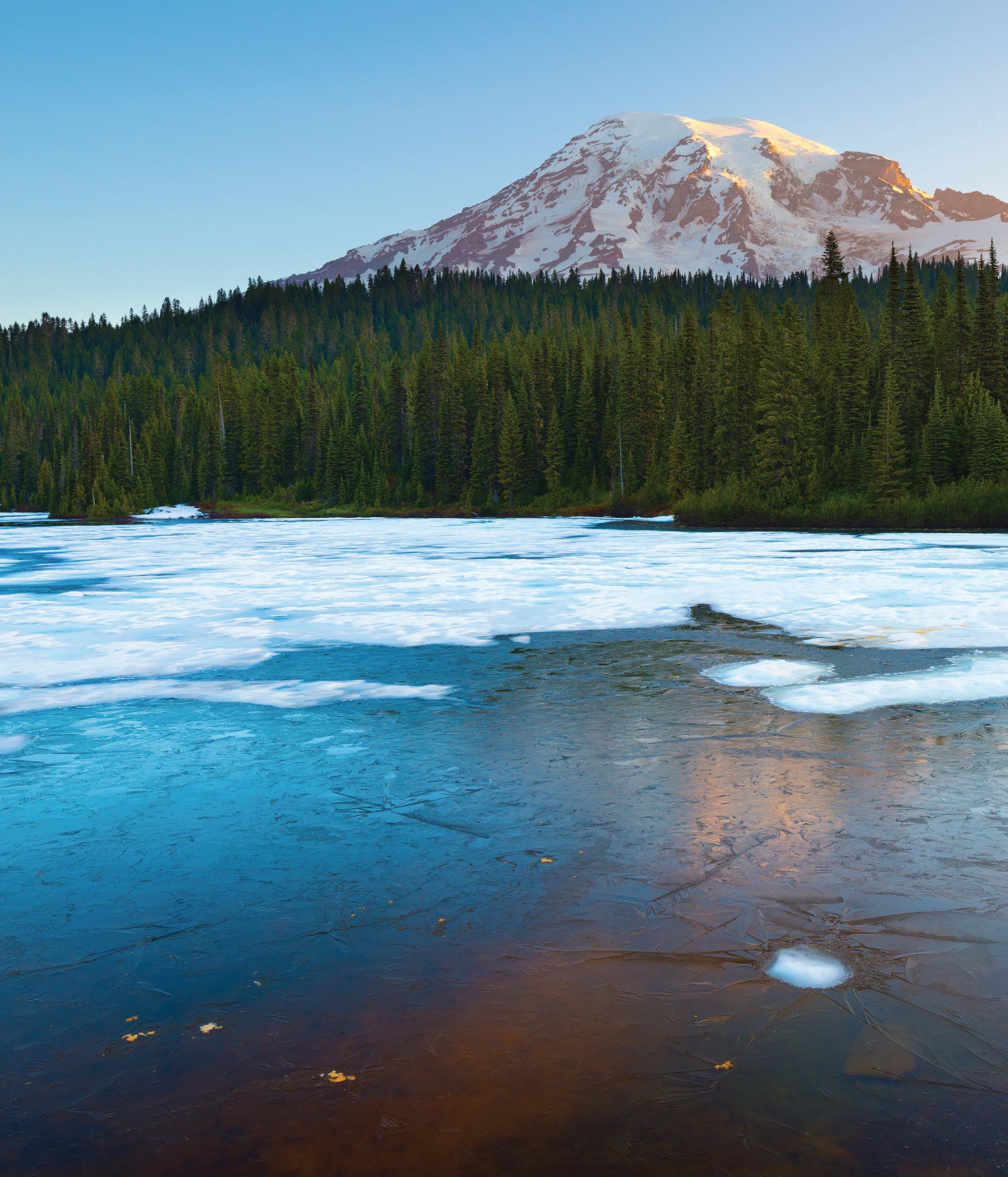



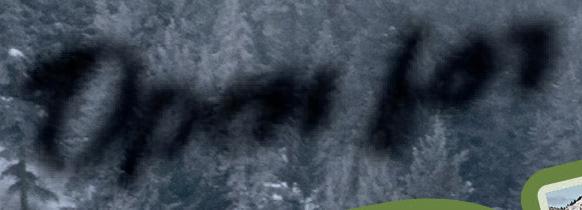

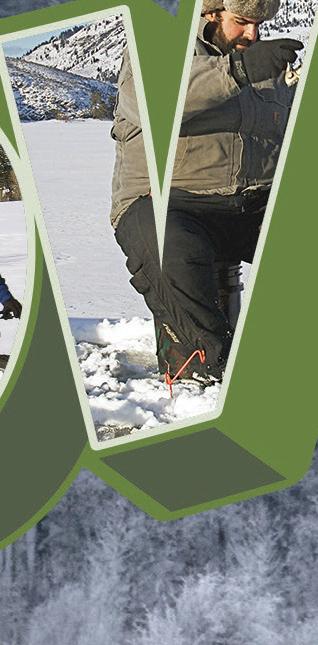




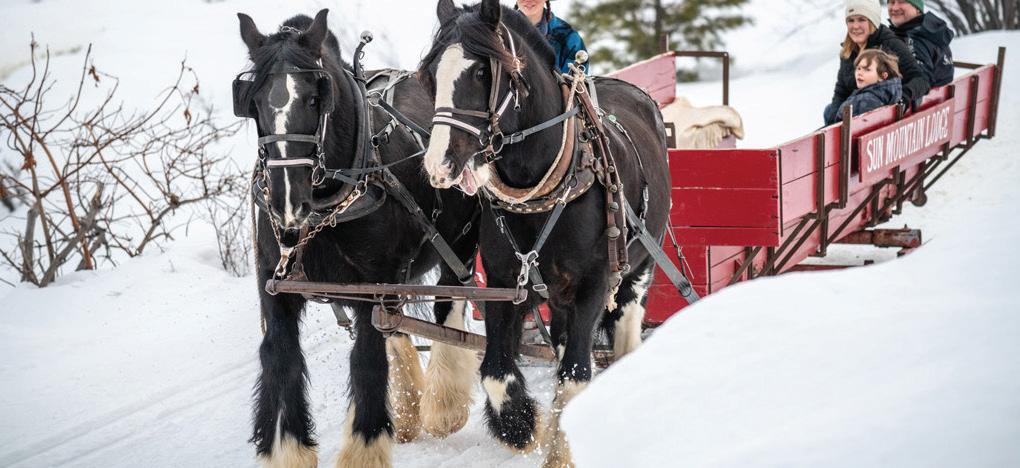



Head southeast and into McCall, and quickly you’re into deep snow. Come La Niña or not, the three ski areas near McCall will not su er.


Head southeast and into McCall, and quickly you’re into deep snow. Come La Niña or not, the three ski areas near McCall will not su er. In its backyard— Brundage Mountain Resort, Tamarack Resort and night skiing and Little Ski Hill—McCall has a lot going on when the snow flies. Brundage has six li s and

1,921 vertical feet. Tamarack also has six li s but a 2,800-foot vertical drop. Little Ski Hill is a budget-friendly place for kids just getting started—with ski and snowboard lessons in a relaxed setting. Hot chocolate in its historic lodge fills your little skiers with the courage they need to get right back out there.


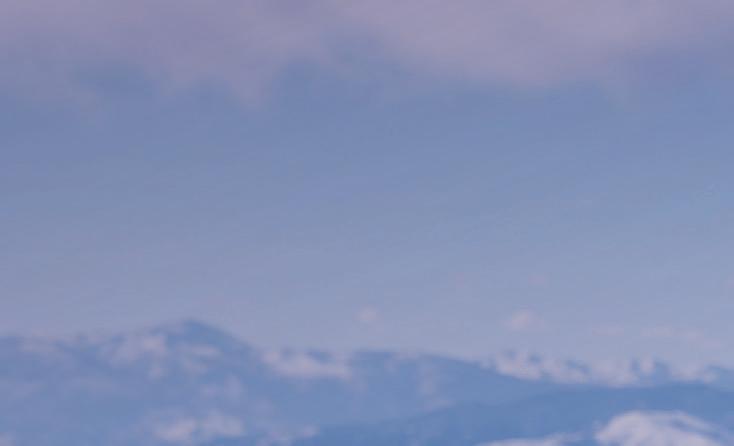

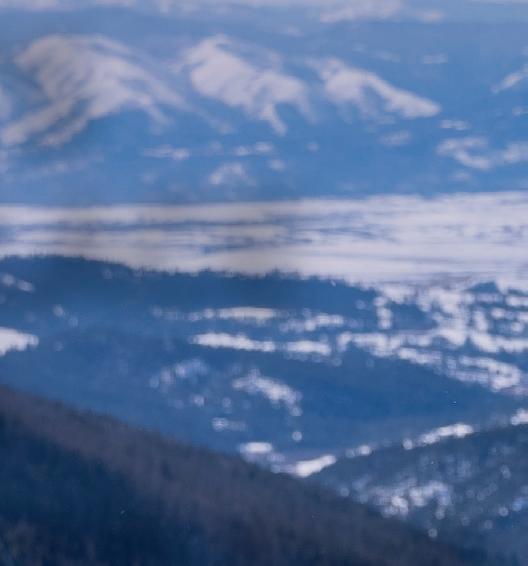
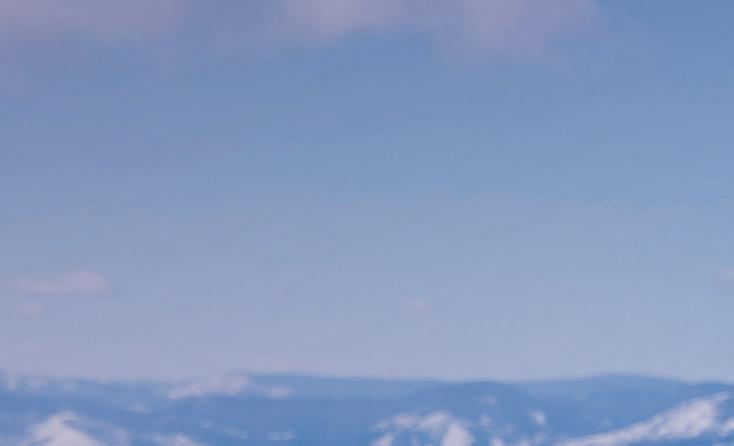


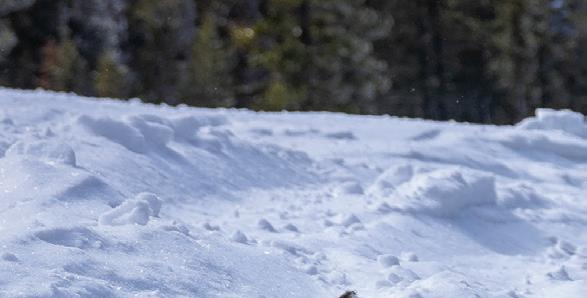

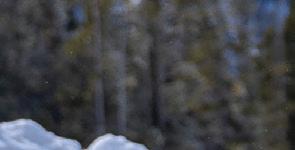

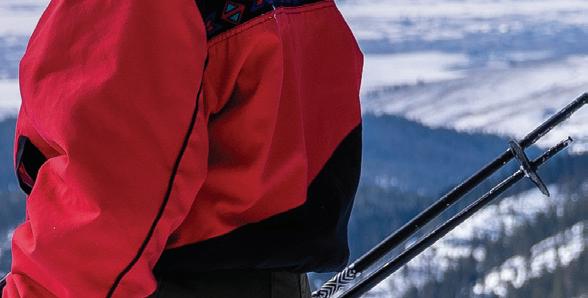
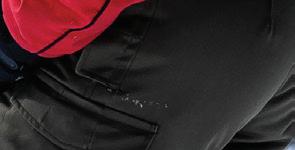
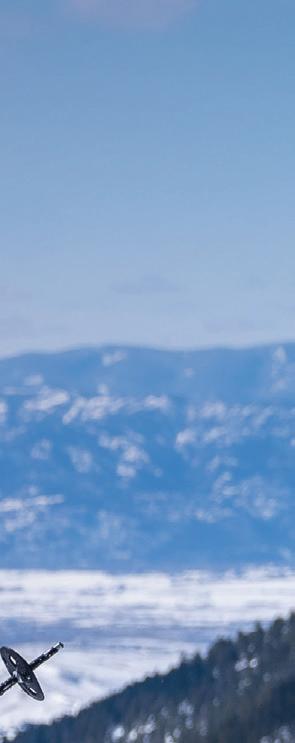
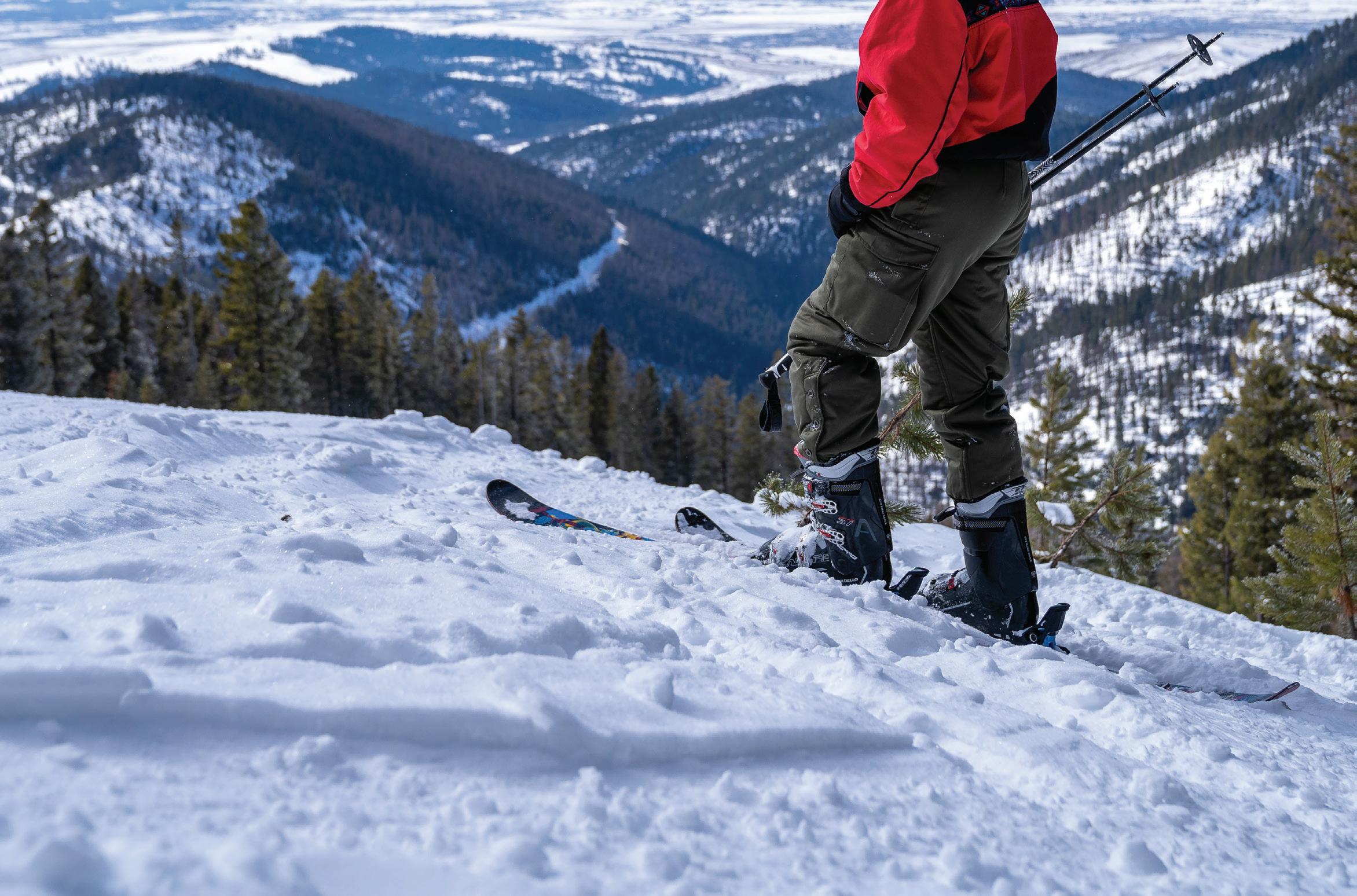
YOU WON’T FIND A MORE INSPIRING MOUNTAIN TOWN THAN MISSOULA, WHERE THREE RIVERS AND SEVEN WILDERNESS AREAS CONVERGE IN THE CULTURAL HUB OF MONTANA.
The allure is immeasurable, with outdoor access at every corner and a culinary scene that rivals big cities. This vibrant community is bliss for fresh air enthusiasts, creative souls, and anyone who enjoys a good beer alongside a great meal. Missoula doesn’t just feed the soul, it satisfies the senses. Book your stay and plan your getaway to Missoula. BOOK HERE

Travel Safely. Explore Responsibly. Call 1.800.526.3465 or visit destinationmissoula.org/1889 for more information.
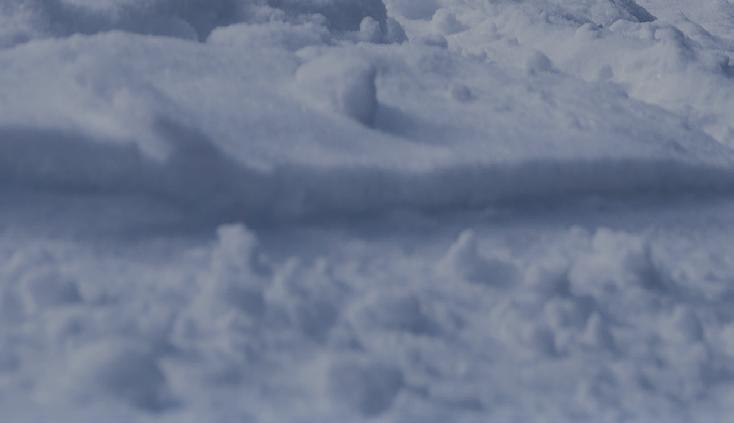


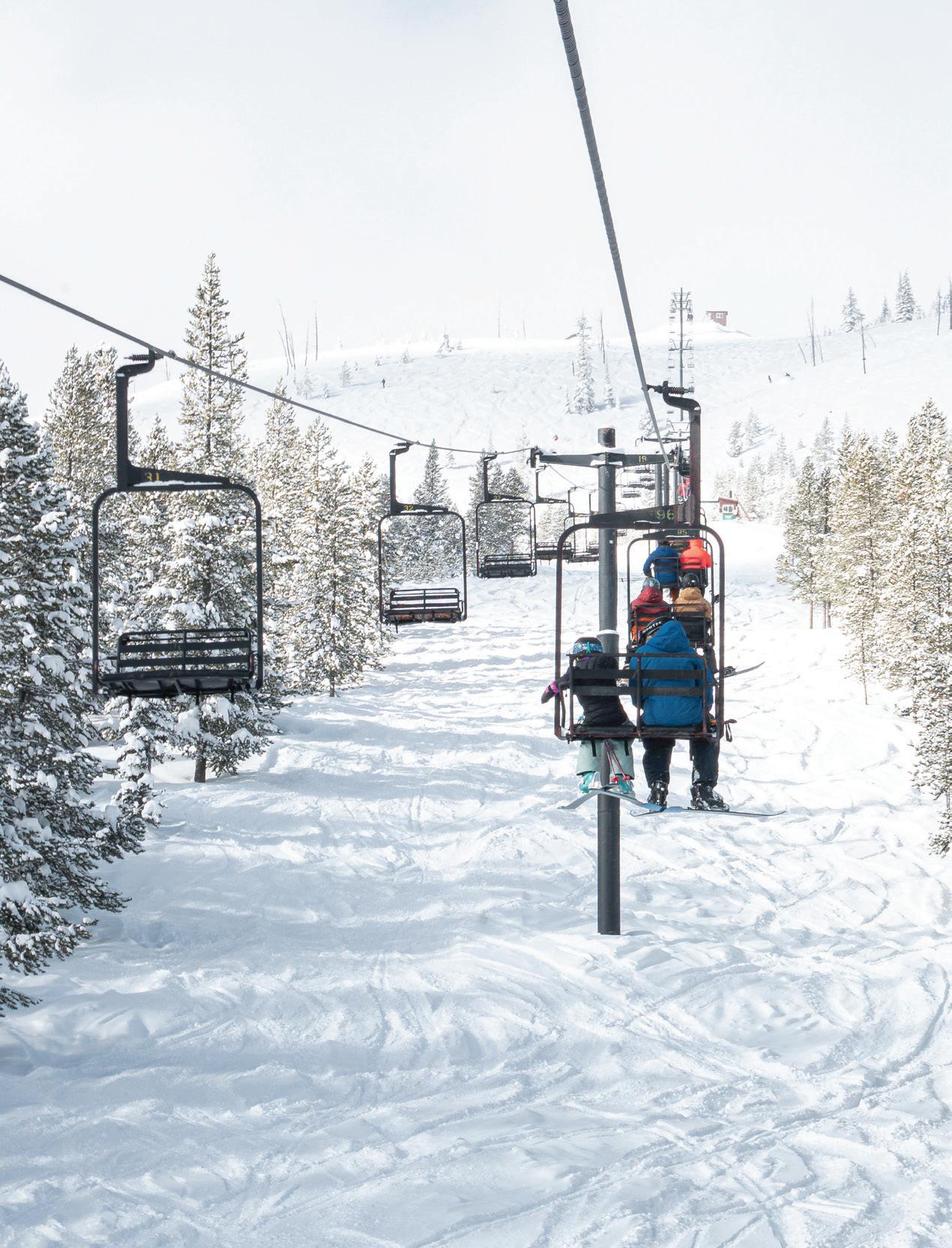
If you’re truly serious about winter, you go to Missoula in the Northern Rockies. With Missoula as your hub, you can indulge in big mountain backcountry skiing, fantastic lift serve and miles of Nordic trails. With Discovery Ski Area 90 miles southeast of town, Blacktail Mountain 120 miles north and Lost Trail Powder Mountain 94 miles due south, Missoula is the base camp for adventure without the on-mountain inflation. Mix it up with closer-in
Nordic trails. Pattee Canyon Recreation Area and Rattlesnake National Recreation Area offer two different cross-country experiences. The Missoula Nordic Ski Club maintains 6 miles of groomed trails at the former. The latter is a wilderness touring area with amazing scenery. An hour north of Missoula, you can jump on 18 km of the Seeley Creek Nordic Trails, classic and skate groomed trails maintained by Seeley Lake Nordic Ski Club.
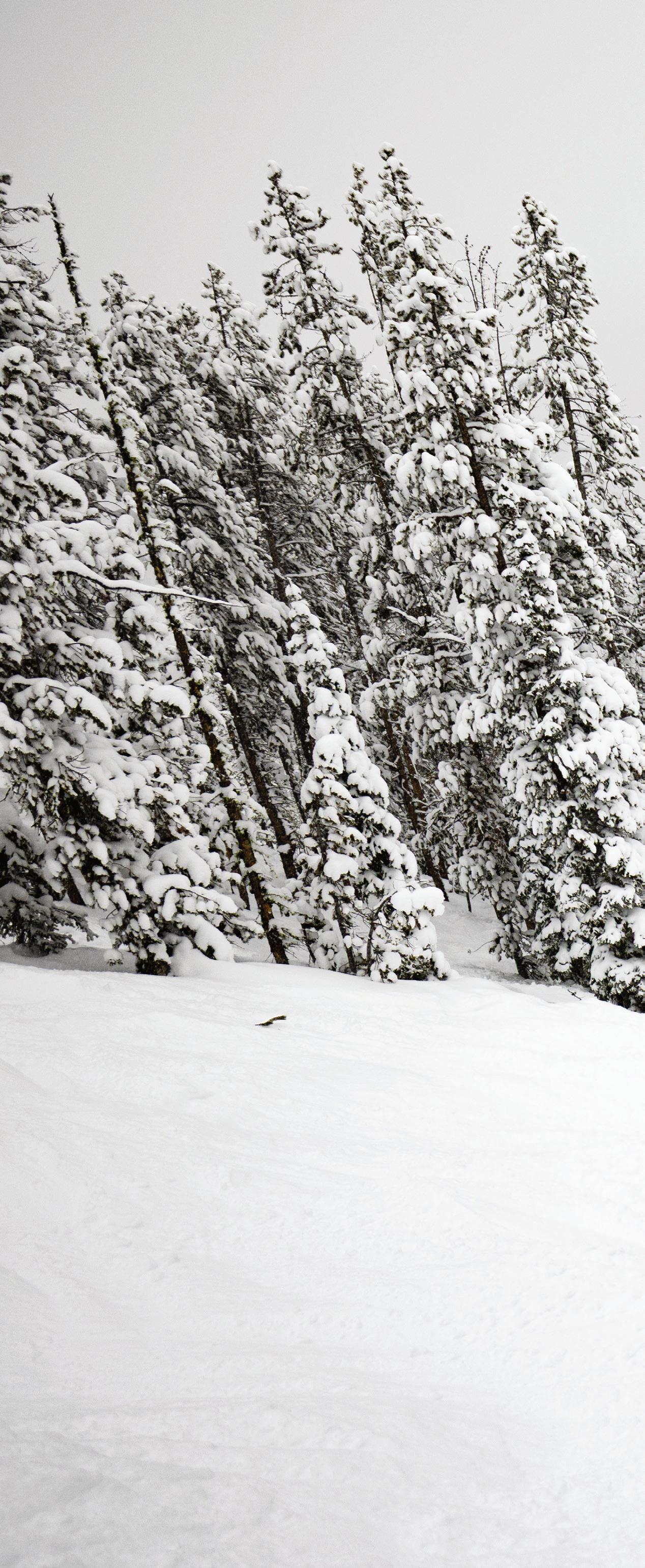
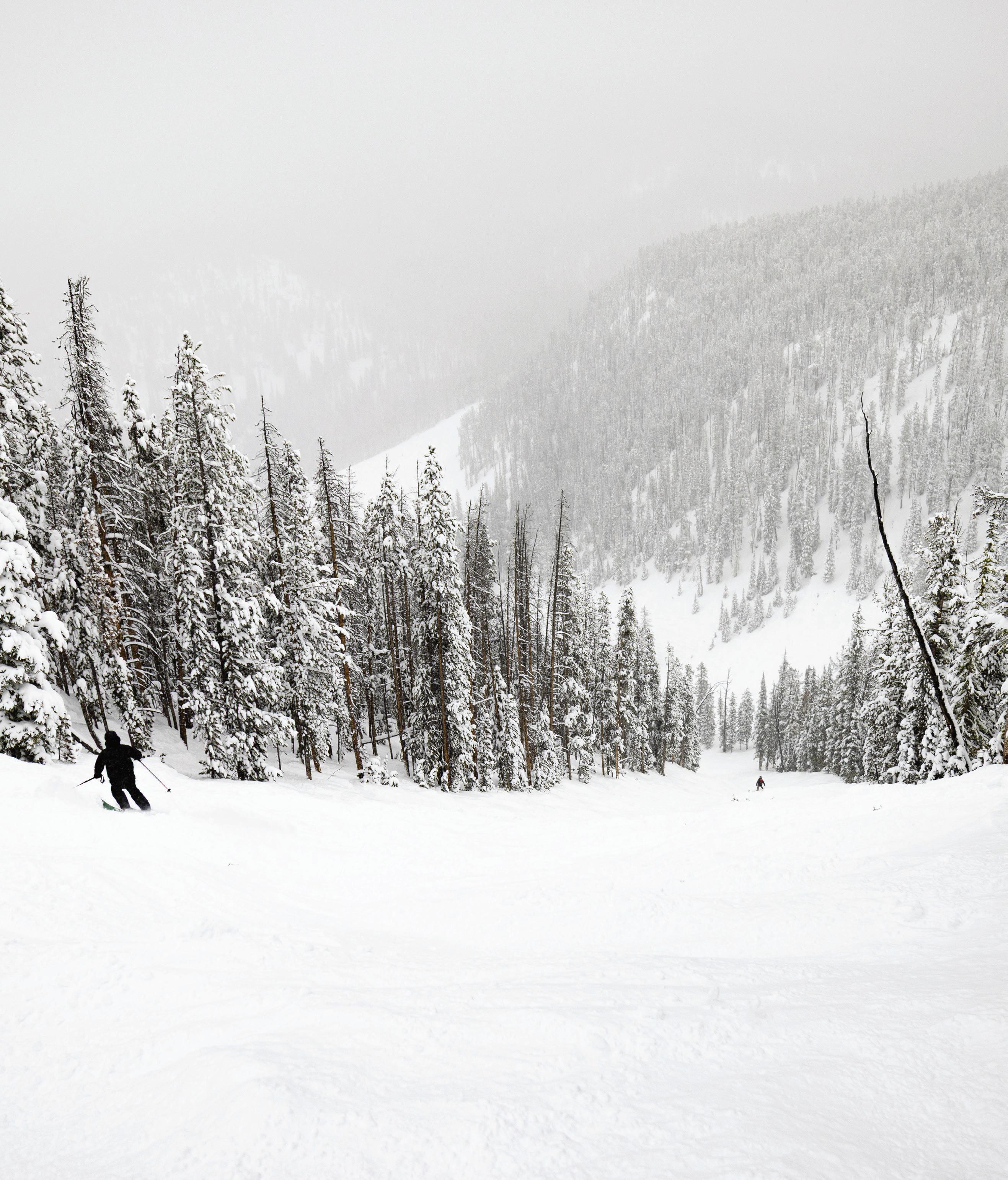
Discovery Ski Area, southeast of
offers a
of
from



It’s only 90 minutes north of the Washington border but represents a bundle of savings, especially if you visit before December 18 and avoid the holidays. Drive or fly into Kelowna, just northwest of the resort. Take advantage of the strength of the U.S. dollar this season, and put Big White Ski Resort on your calendar. With sixteen li s, a 2,550foot vertical drop and a base elevation at 5,000 feet, Big White lives up to its name. Take a day on skinny skis on more than 15 miles of Nordic trails. Li tickets

and lodging are reasonably priced, making this our Canadian recommendation of the season.


The village at Big White also makes it easy to eat well without breaking your budget. From upscale dining to slice pizza, as well as markets to buy and make your own culinary experiences, Big White has options. Horsedrawn sleighs will take you out into forested trails for an evening outing or, book ahead, and they can take you to a cabin where a gourmet meal is prepared for you and your friends.


